Currency, Time & Weather
Japanese Yen (JPY) - see images of different denominations of these banknotes at www.banknotes.com
Japanese Yen (JPY) - see images of different denominations of these banknotes at www.banknotes.com
The map coordinates are:
35.6764° N, 139.6500° E
Hopefully you are able to see the google map, if not, click on the following link:
Map.
Click on the section headings below to open that particular section (if the icon is showing) or close it (if the icon is showing). You have the option of deciding whether opening a section closes all others, or keeps the open ones showing.
You can press this button to go to the section that you last opened on your previous visit to this website.
In 2019 we booked a tour "The Southern Japan Experince" with TourRadar. The tour itself was run by Intrepid Travel and was due to start in March 2020. We booked return flights business class to Haneda, Tokyo with Qatar Airways, flying from Larnaca via Doha. Well we all know what happened in 2020 and less than 1 week before we were due to leave COVID-19 struck and we were informed that the tour was cancelled. Sue had to unpack the cases she'd packed the day before and Neil had to cancel the airline tickets, certain mini-tours we'd booked ourselves, the Japan Rail-passes, the pocket wifi and various other items.
Well now its the end of 2023, Japan has opened up to visitors again and we booked anew earlier in the year to go to Japan. The original tour is probably too strenuous, especially considering that Neil had his right hip replaced in May, so we are taking a less strenuous one, Premium Japan. Qatar have doubled the price of their tickets, so we are flying with British Airways From Larnaca to Heathrow, then on to Franfurt then on to Narita Tokyo with a BA ticket on a flight operated by Japan Airlines. Coming home we travel from Haneda, Tokyo to Heathrow (again operated by JAL) then on to Larnaca.
We had a bit of a shock on the Saturday before we were due to fly. Michael, our neighbour who was flying BA from Paphos to London Gatwick that day popped round to say that his flight had been cancelled and that in fact it appeared that BA had cancelled all the planes on that route till Thursday! Sue was in a bit of a panic that this would encompass our LCA->LHR flight on Tuesday. After some wasted phone calls to BA's Customer Service, who are NOT customer focussed and who knew even less than we did, we assumed that since the LCA->LHR flight today was on-time it would be OK. Let's hope so! We'll check the BA flights website again on Sunday and Monday.
We drove down to Larnaca where we checked into the "La Veranda Hotel" at 2pm. The receptionist booked us a "very reliable" taxi for 4:45 the following morning. We then spent some time on the nearby Makenzie beach, Sue couldn't resist going in the sea, it's very shallow quite a way out. Then we had a light dinner, a club sandwich each for Philip and Neil and fried baby calamari for Sue. Afterwards Philip drove the car home while we had an early night. We planned to wake at around 4am to catch a very short (€20) taxi ride to nearby Larnaca airport. Our flight was at 8:10, but because of the Israeli-Hamas conflict we had to arrive 3 hours before our flight time, due to the enhanced security measures.
We woke at 4am and the taxi arrived 5 minutes early. Although we were the last ride of the night the taxi driver was very pleasant and got us to the airport by 5am. Neil mis-read the notice board and walked up to the Cyprus Airways desk instead of the British Airways one. The lady was very surprised when he said we were travelling to Heathrow, since they don't fly there. After the confusion was resolved we moved 10 desks further on to where we should have gone in the first place. Eventually the BA staff arrived and we could check-in. Sue asked if it was possible to change our seats on the Frankfurt to Narita leg as we had automatically been allocated seats in the middle and we'd prefer window seats. She could see that there were 2 window seats free, but her system would not let her convert to those as the flight is operated by Japan airlines and JAL uses a different booking system. She apologised and suggested we try again in Frankfurt. Hopefully there'll be a couple of window seats still free.
Neil then had fun at security. We went through the priority lane with no-one in front of us, then came the funny bit. He went throught the metal detector and of course it bleeped due to his metal hip. The security guy asked him to empty his pockets and lo and behold there were 2 €1 coins, so he had to go back and put these in a huge container to go through the X-ray machine. When he came back through the metal detector, guess what? It went off again. the security guy noticed he was still wearing his watch so back through the gate Neil went and put his watch in another huge container to go through the x-ray macine. He then came back through the detector and, yes you've guessed it, off it went again. So now he had to have a full pat down. Nothing was found so now the portable detector was used. Wonder of wonders it bleeped over his right hip. After more detecting and another pat-down in that area and thankfully not a cavity search, he was allowed to carry on. Sue was laughing, because it hadn't even bleeped at her artificial knee. Neil said it was because her knee is nearer to the floor than his hip, so next time he's going to try crawling through on hs hands and knees.
We spent an hour and a half in the executive lounge and had a light snack while waiting for our flight. We are now on the plane and breakfast (full English) is being served. Normally airline fair is pretty bland so it was a pleasant surprise to get very tasty back bacon, Cumberland sausage, scrambled egg, fried tomato and mushrooms. The fruit was good too. The only letdown was the limp croissant that was as flat as a pancake. The staff were very pleasant. Several people took advantage of the alcoholic beverages, but at that time of morning you can't beat a cup of tea is what I say. I just noticed, there is no screen for me to see where the plane is on a flight map, so I'm having to guess which country were are currently flying over. I hope there's one on the flight from Haneda to Heathrow as we'll be flying over Alaska and Greenland then - though I suppose one vast area of white snow is much like another.
Arrived at Heathrow Terminal 5 on time. Went to flight connections and through security again. Neil made sure he had no metal on him but of course he set off the alarm, as did Sue this time. So shoes off and into the vertical x-ray scanner. Neil was told he needed to take a credit-card receipt out of his pocket else he'd have to go in again. Of course everyone knows of the explosive power of a 2 by 3 inch slip of paper. We went to the North Lounge, which is a bit like a cafeteria and logged on to wi-fi. Sue nearly had kittens when an email came in from British Airways saying: We’re very sorry not all bags could be loaded on the aircraft today. This was due to a technical issue with the aircraft loading system at departure in Larnaca. and explaining how to claim for compensation! Luckily she remembered that we had put an Apple Airtag into each bag and when she brought up the "Find My" app it showed both bags 200 mtres from us in Terminal 5 at Heathrow. The airtags were worth their cost for the peace of mind this brought alone.
The flight to Franfurt was a short one, just over an hour. We could see our JAL flight at the gate as we landed and it was quite close to the JAL Sakura Lounge. As soon as we got there we asked the receptionist if she could help us with changing our seats on the plane. She refered us to her colleague who was very helpful, but also apologetic that there were no window seats left. She could see that Sue was upset and said she would try to ensure we got at least 1 window seat on the return flight from Haneda. The lounge was lovely and the wine even lovelier. As we were leaving the lady who had been trying to help us beconed us over. It appeared that some unfortunate couple had either had to cancel or had missed the flight and they had a window seat and an accompanying aisle seat, which she had re-allocated to us. he was so pleased that she could do this for us, but not as pleased as Sue.
We departed a few minutes late and settled down with a nice glass of extremely good champagne. The cabin crew are delightful; nothing is too much trouble for them. The food is probably the best we have ever eaten on a plane and better than some restaurants we have been in. Sue ordered the Japanese option for dinner while Neil of course savoured his last western meal for the next few weeks. The air hostess made up our beds then we had a nice sleep.
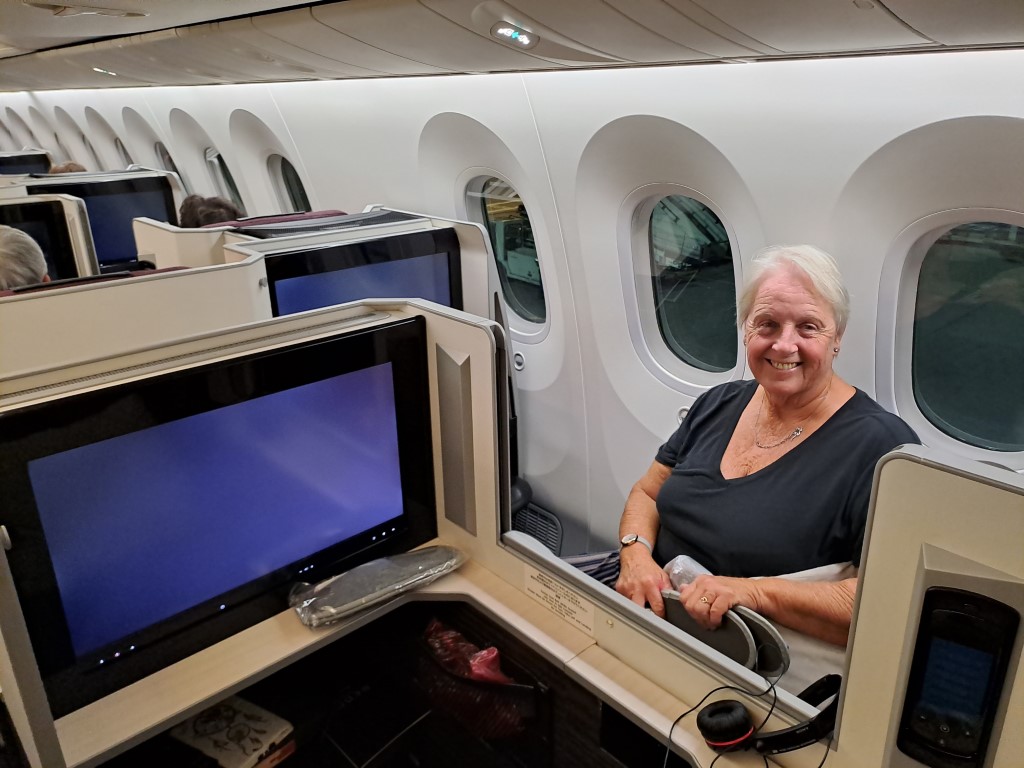
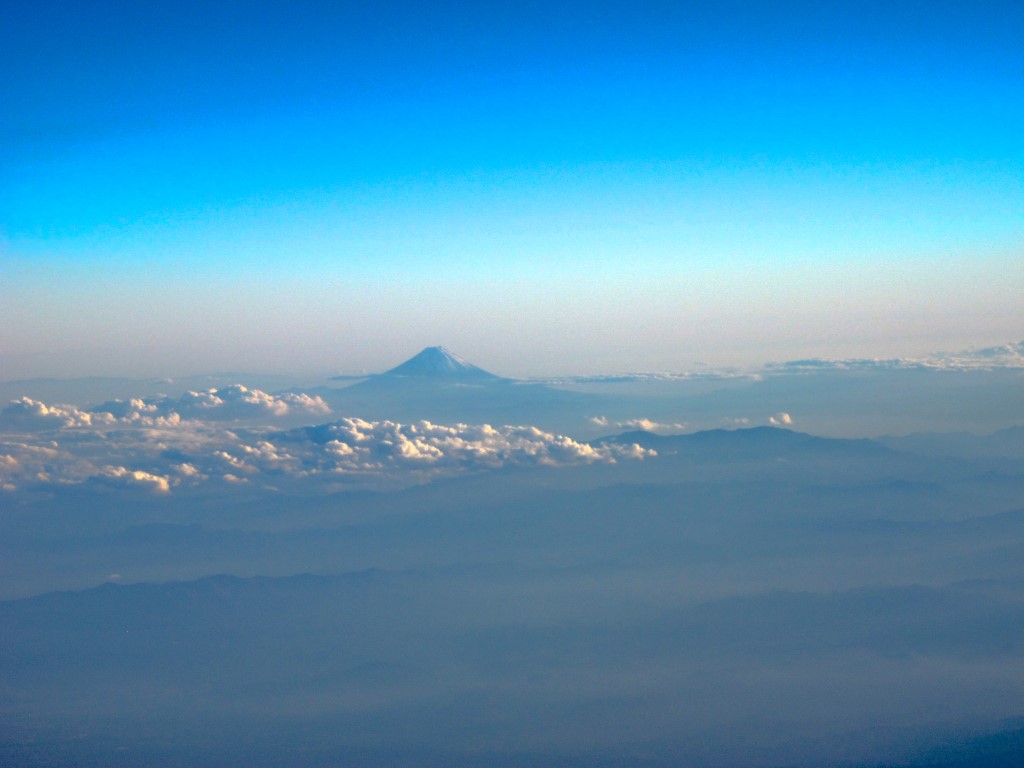
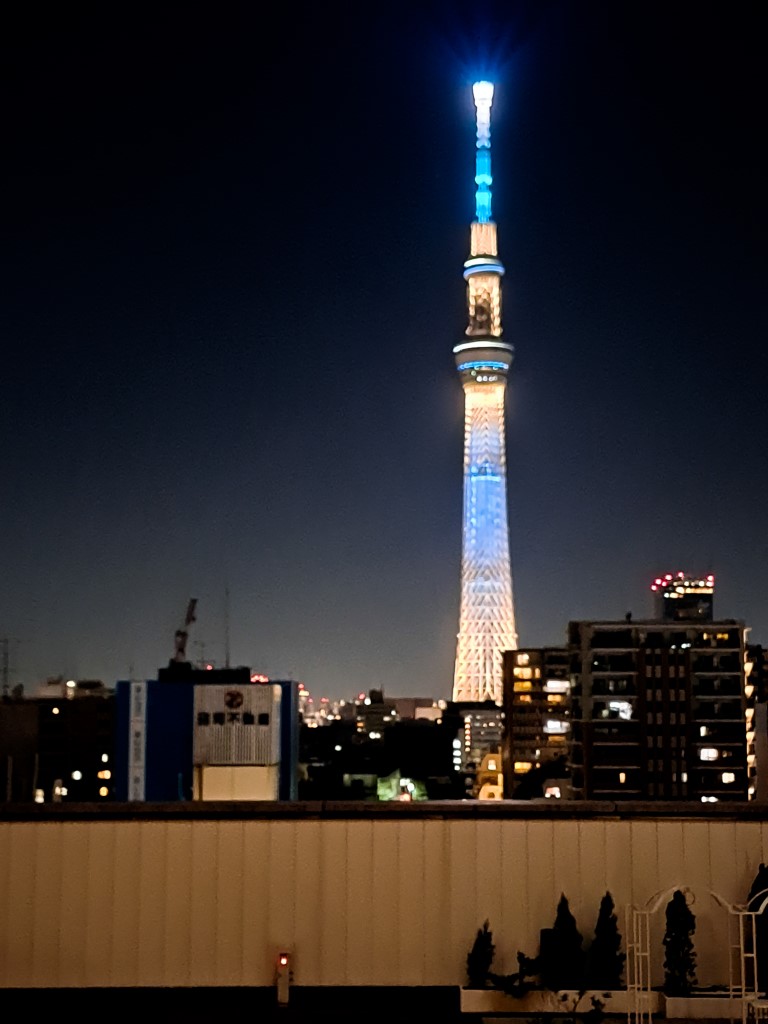
After a relatively restful night we awoke to breakfast while flying over China. Beijing appeared below us a few hours later. We saw the Yellow River flowing out into the Yellow sea. Then after flying over South Korea we could see Japan and, wonder of wonders, there was Mount Fuji stickimg up out of the clouds. We took some photos, but they won't have come out too brilliantly because of the perspex of the airplane windows. Eventually we landed and were through immigration and customs within less than an hour. Then it was down a floor to purchase a "Welcome Suica" IC travel card each. This was very easy to do and we loaded them up with 40,000 yen each (about £20).
We caught the train then to Kinshicho, the station just a couple of minutes' walk from our hotel. Then came the first problem. we were arriving at a station and an announcement said that the first 4 carriages would stop at this station. Since we were in carriage two we got off the train meaning to rush down the platform to get on the train again in carriage five, when all of a sudden the train departed without us. What the announcement should have said was that the next platform was a short one and you could only alight from the train from the first four carriages. Anyway we just had to wait 30 minutes for the next train and all was well. We eventually got to the Tobu Levant Hotel and got to bed about 9pm and crashed as we had to be up early in the morning to go to TeamLabs Planet over at Toyosu.
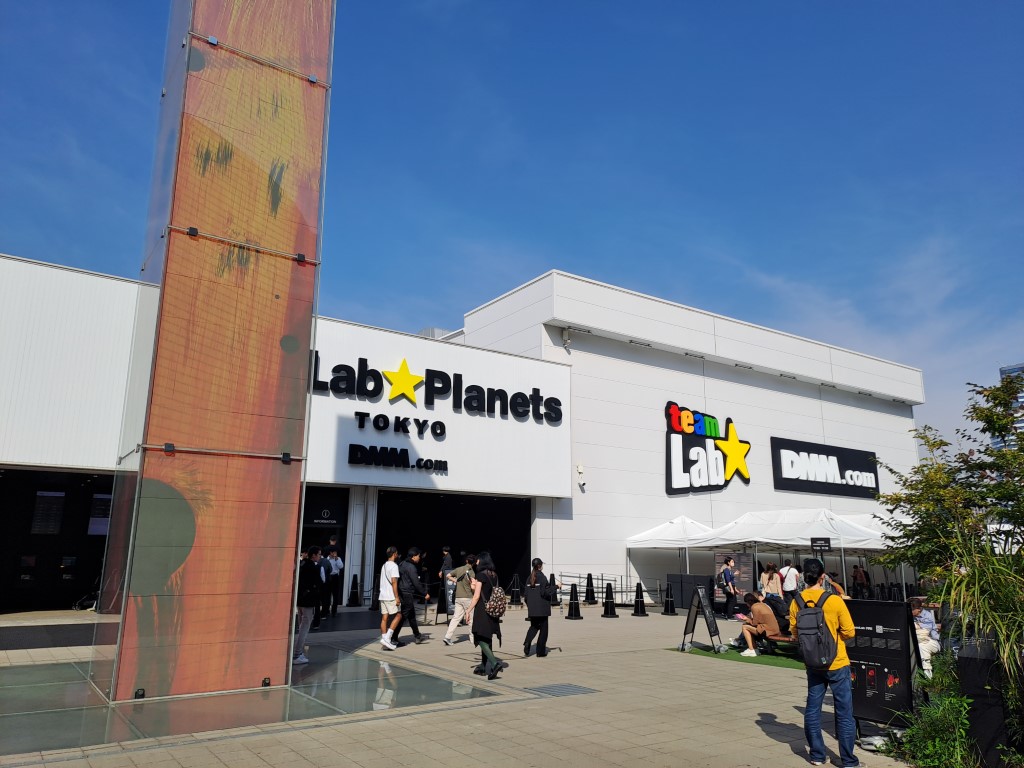
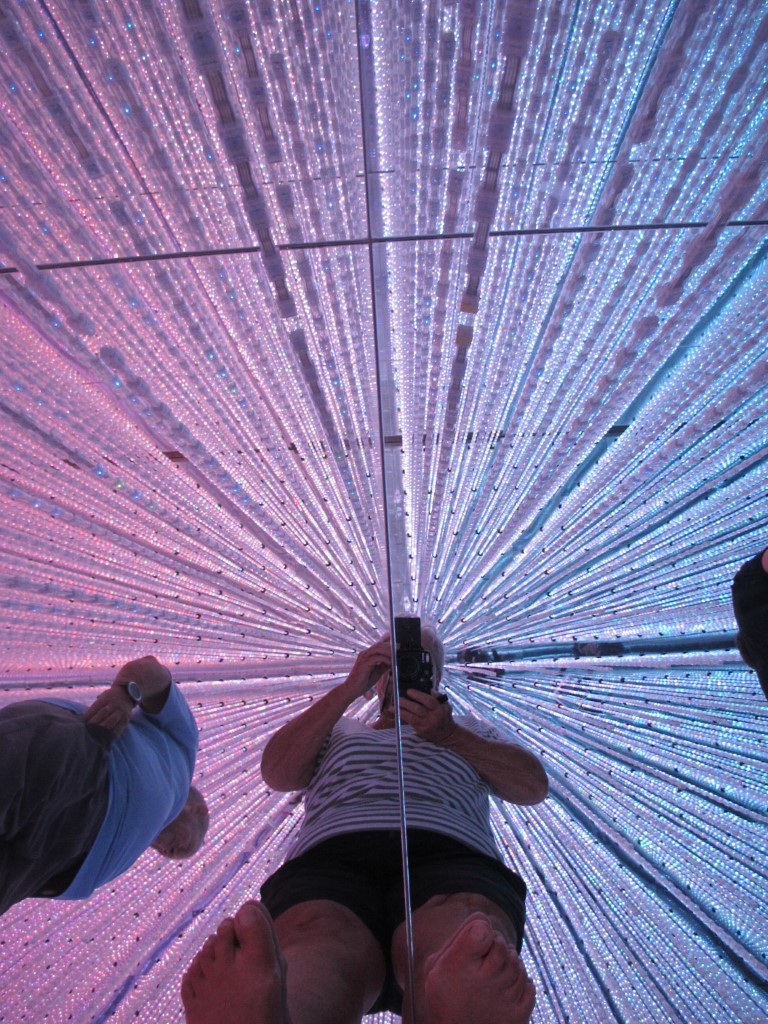
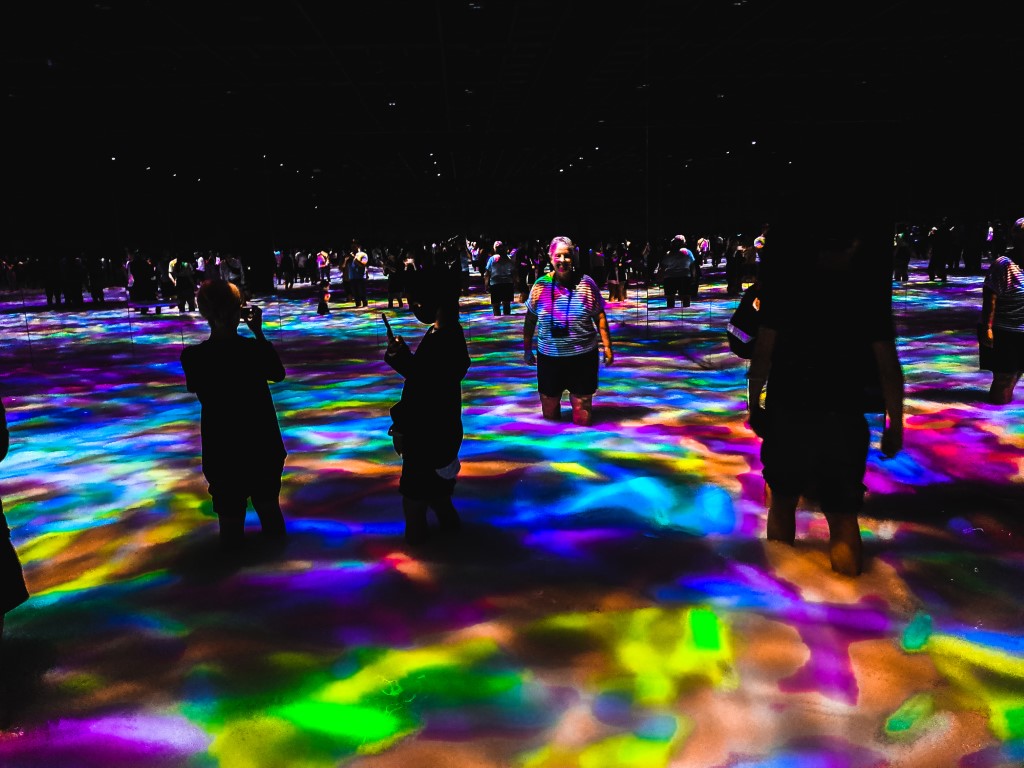
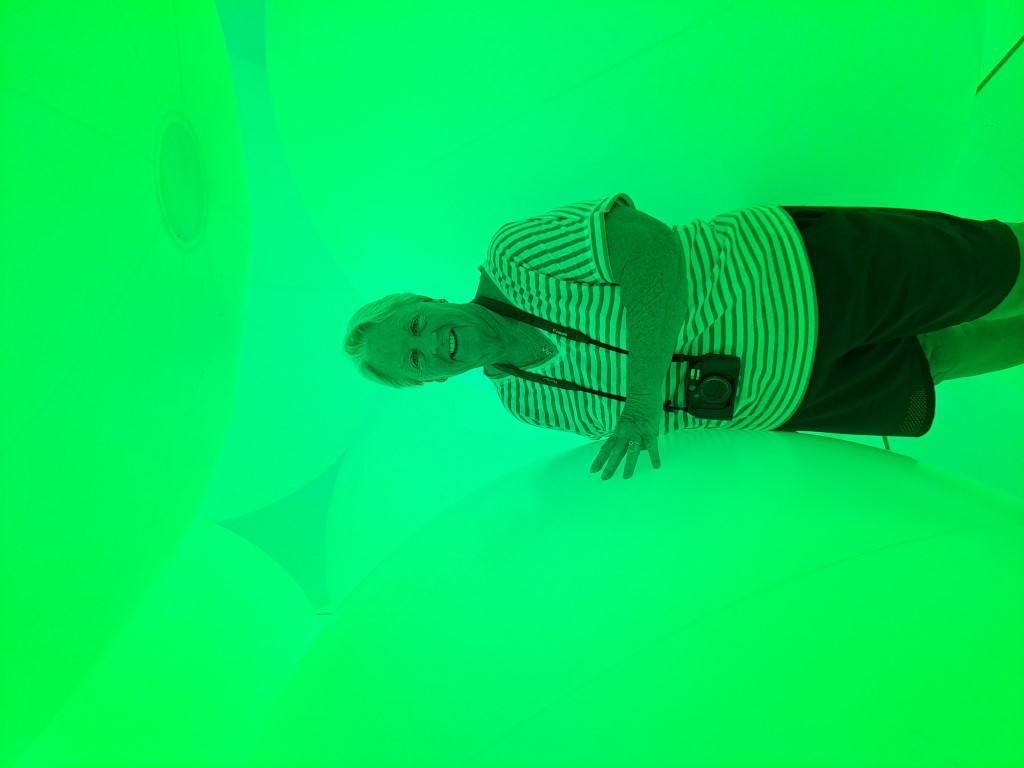
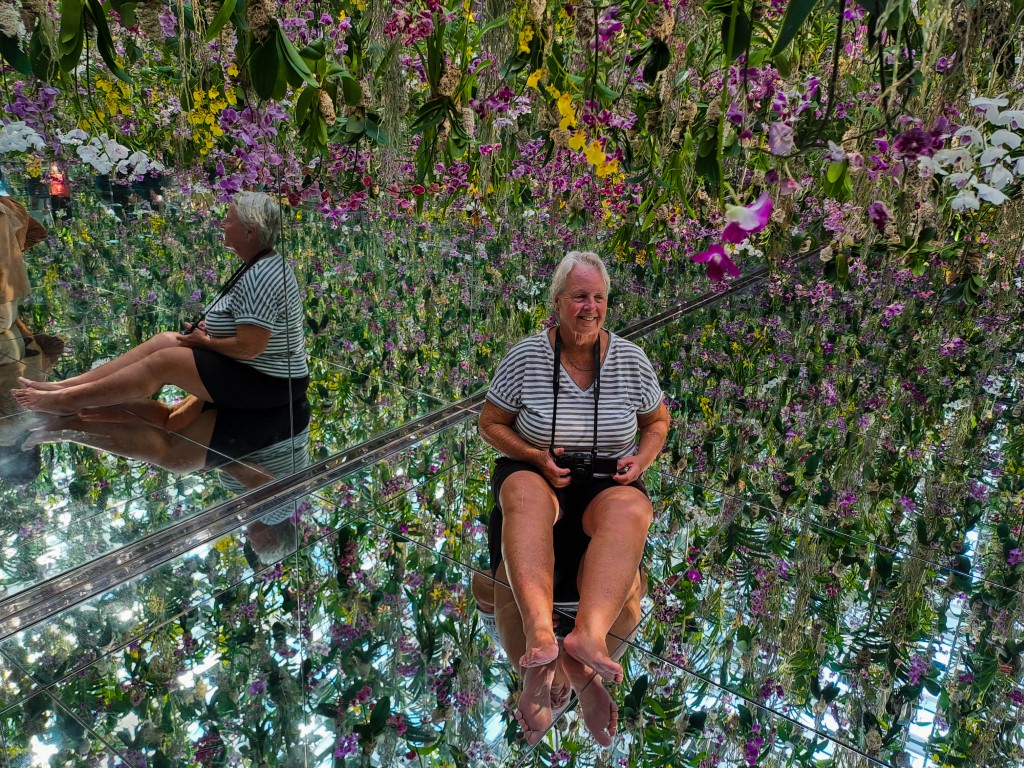
The day started early as we were booked into TeamLab Planets for the 9-9:30am slot. we had a bit of breakfast at the cafe just round the corner on the way to Kinshicho station. We used the Metro app and our Welcome Suica cards to successfully navigate our way via 4 metro trains to Shin-Tokyu station that is right outside our target. There was a bit of a queue but it moved quickly. After an orientation lecture we removed our socks and shoes and walked along a dark corridor and turning the corner at the end were presented with a waterfall, actually a slope with water running down it that was quite pleasant to walk up.
Then came the first trial, a walk from one side of a darkened room to the other over air/water-filled bags. It was a challenge to navigate it and I'm sure that if either of us had fallen over we'd have had to squirm our way to the exit on our stomach, but luckily we didn't fall over. Unlike Martin who was on the tour and went there later in the week. He didn't realise what was happening and fell flat on his face. To everyone else's amusement.
Next we came to the light show. Calling it a "light show" is doing it an injustice. The million or so LEDs were computer controlled and produced the most fantastic displays. Also, all 6 sides of the room consisted of mirrors that amplified the effect many-fold. Sometimes it appeared as if you were on the Starship Enterprise bridge as Scotty pumped his dilithium crystals to reach warp speed 9. The LEDs were multicoloured and some of the moving patterns displayed were stunning.
After the lights came tha Dance of Koi and People. You entered a mirrored room with about 2 feet of water. As you walked around in the water, a very pleasant experience, colourful koi carp would swim all around. Of course they weren't real koi, but light projections, but the effect was mesmerising. We could have stayed in this area all day and not got tired of the totally random display.
After the koi came the giant ballons. Balloons as large as, and sometimes larger than humans lit up in different colors that were continually changing. It had a soothing effect after the frenetic action of some of the koi.
Following this came the display called "Floating in the Falling Universe of Flowers". You were in a mirrored half dome and encouraged to lie towards the centre. Sue managed it but Neil's new hip precluded him doing it. Nevertheless the display was still magical and also disorienting. Several times Neil found himself being a little dizzy, but managed to stay on his feet. The flowers and butterflies and other creatures were compter generated, again never to be repeated. It truly was a beatiful experience.
Next came the "Floating Flower Garden" where hundreds of strings of what appeared to be air-plants and orchids rose and sank to different frequencies. Huddled inside the mirrored room was fantastic and you could lose youself in the wonder of this display.
We were so enthralled by this attaction, which has been voted number 1 in Asia for the first time this year, that we went round a second time. Though this time we found a way of bypassing the water-filled bags. We both thoroughly enjoyed ourselves at TeamLabs Planet and would definitely recommend it to anyone, of any age group who spends some time in Tokyo.
After TeamLabs we hopped onto the metro for a few stops to get to the ferry termiminal at Daibai. The metro ride itself is quite an adventure as you are elevated and can see a lot of interesting sights as you travel along. A ferry was just leaving and the next one wasn't for another hour and a half, so we had a walk along the waterfront and some lunch at a small restaurant called Bill's. After lunch we found ourselves near the front of the queue so managed to claim a spot on the top deck. An employee of the company stayed there to ensure that we all ducked when we came to a low bridge. If the tide had been a metre or so higher we would have had to stay indoors. In fact for one bridge we all had to crouch down to railing level. Health & Safety would have had kittens in the UK.
Our trip up the Sumida river was an interesting one. We saw several interesting buildings and sights, like Tokyo Tower and Hinode Pier on the way. Eventually the Sky Tower came into view so we knew we were getting close to Asakusa and the area our hotel was in. The last interesting sight is the Asahi Flame known affectionately, though somewhat rudely, as the "Golden Turd" , It is shaped as it is named and resides on top of the Asahi beer hall, which is known colloquially as the "Poo Building". Once we disembarkarked at Asakusa Pier we trekked to the relevant metro station to get back to our hotel. We decided to eat there that night in the restaurant at the top of the building with a fantastic view overlooking the Sky tower. A successful end to a fabulous day.
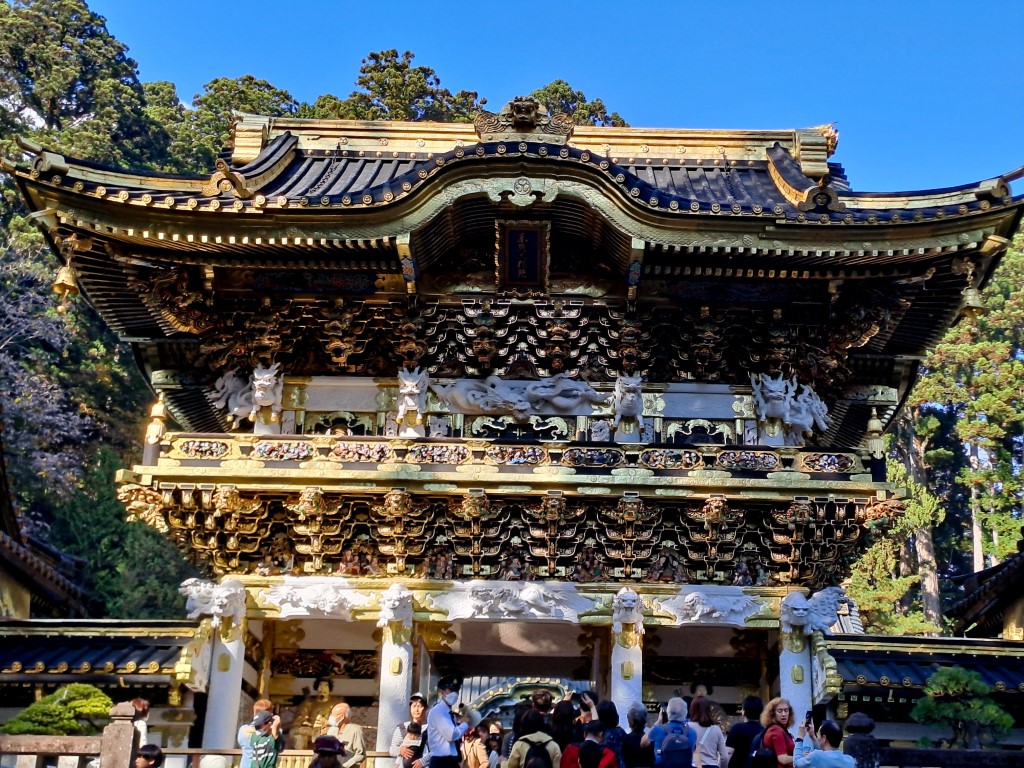
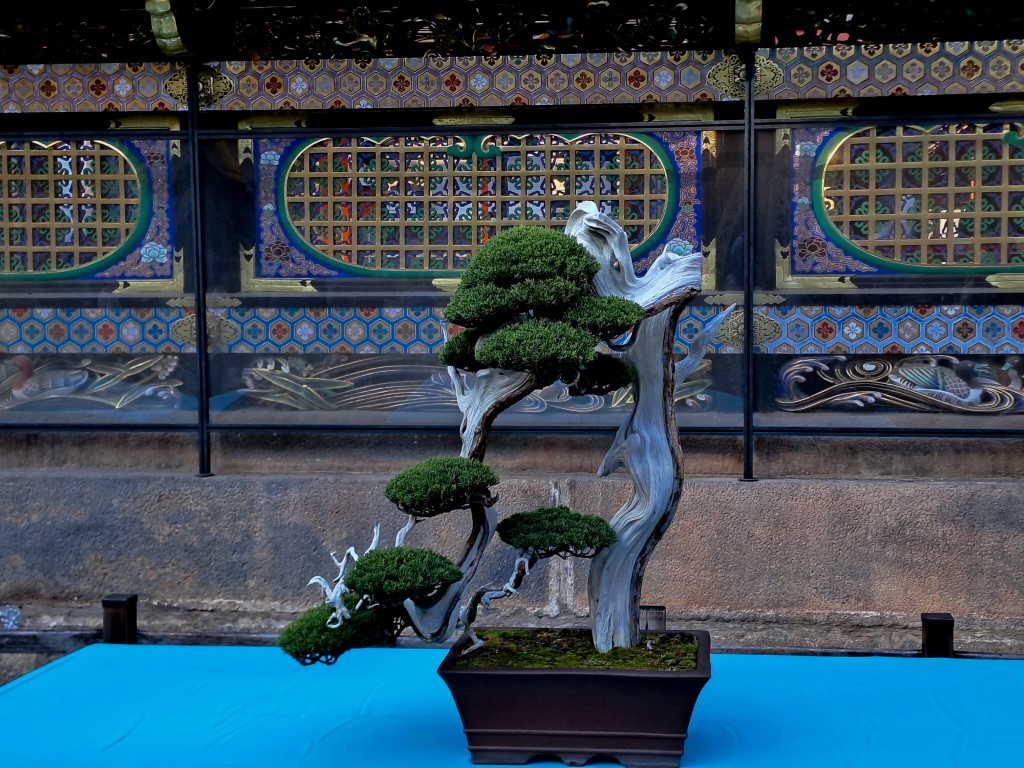
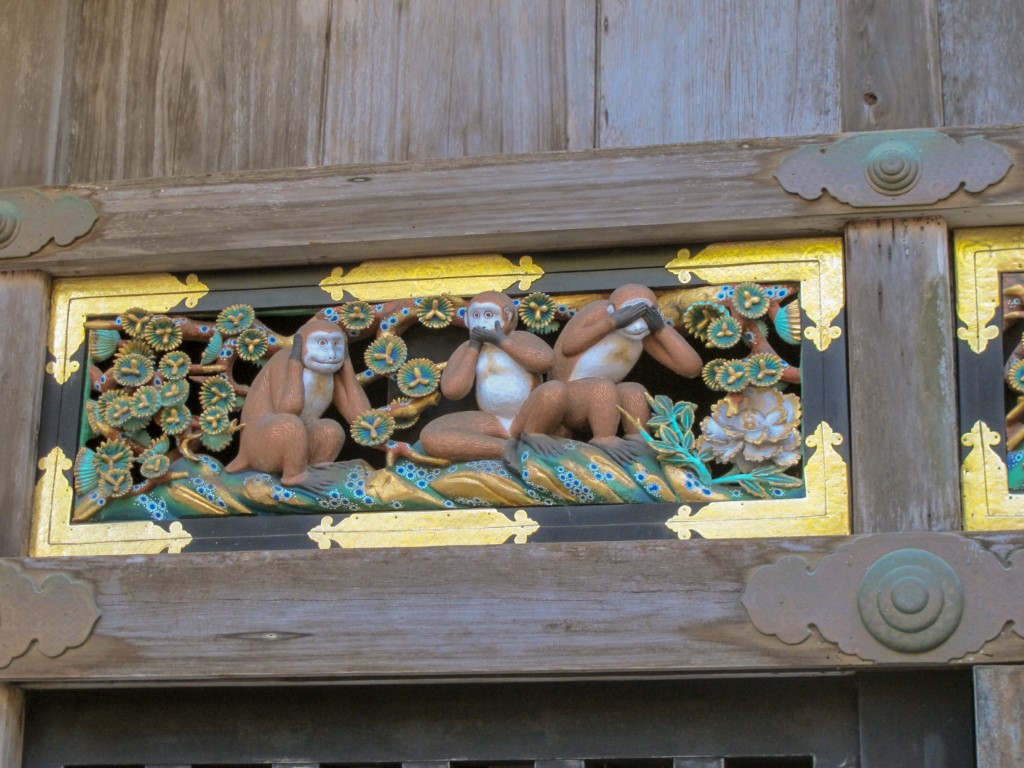
We again had to be up very early to catch the train to Shinjuku where we were booked on a trip to the Nikko Shrine and Keggon Waterfall. We got to Shinjuku station at around 7am. An interesting fact about this station is that it is the busiest in the world. It has over 200 exits and 3.8 million people pass through it every day! We managed not to get lost and Google Maps got us to our meeting point with the guide, though by a slightly circuitous route. Eventually our gude turned up and we boarded the coach. We were warned that the freeway would be chockerblock full as today was public holiday and an accident had closed part of it. It took hours to get out of Tokyo itself and several more hours to get to Nikko. The guide cut the time spent at the temple to just 1 hour, nowhere near enough to experience the visit properly. Then it was back on the bus to go to the Keggon waterfall. We had to go up a twisty turney mountain road that was so packed with traffic that we were travelling at about 1 mile per hour. That was when we were weren't stopped for minutes at a time because the lane was blocked with cars that had broken dowm. Darkness had fallen about an hour before we eventually got to the waterfall so we couldn't see anything. Not only that, the guide announced that the driver had reached his alloted continuous driving time so we had to stay there for an hour to stick to the law and for safety. There wasn't really anything there to eat but we managed to grab something that looked like curry in a fried breaded roll - yum-yum (not!). Then a slow journey of several hours back to Shinjuku in the dark and back to the hotel. We reckonned that we were sat on that bus for a longer period than our business-class flight from Frankfurt to Tokyo! A total letdown for what had promised to be an ineresting tour, which was upsetting as we totally wasted a day of our holiday and were exhausted at the end of the day.
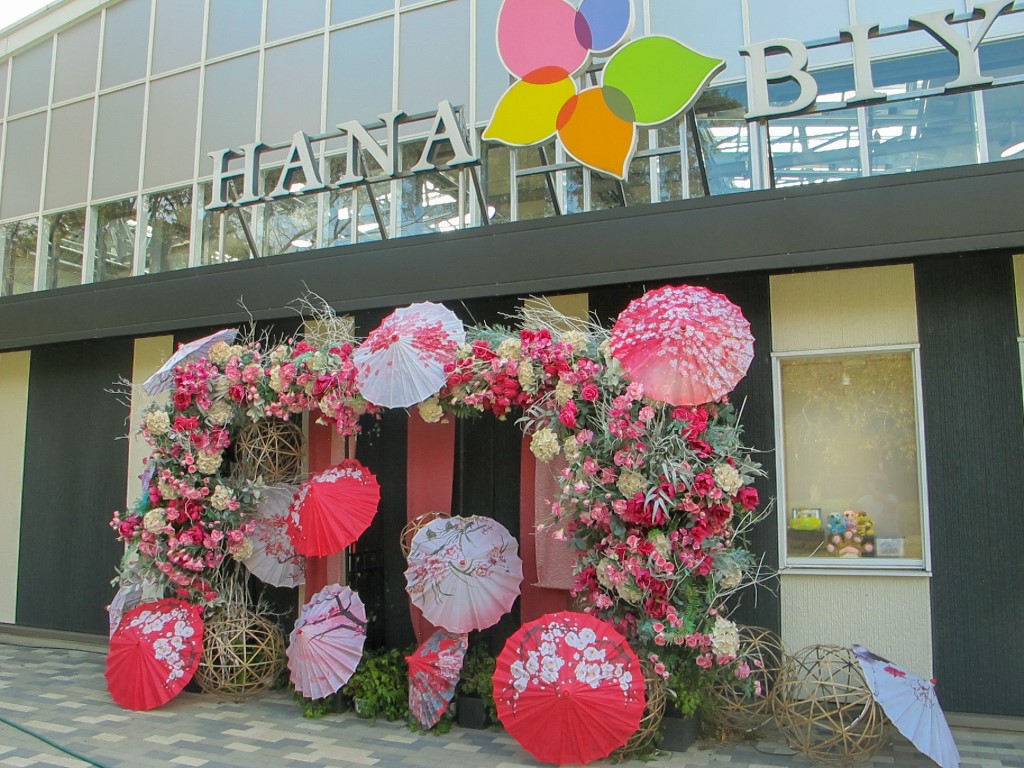
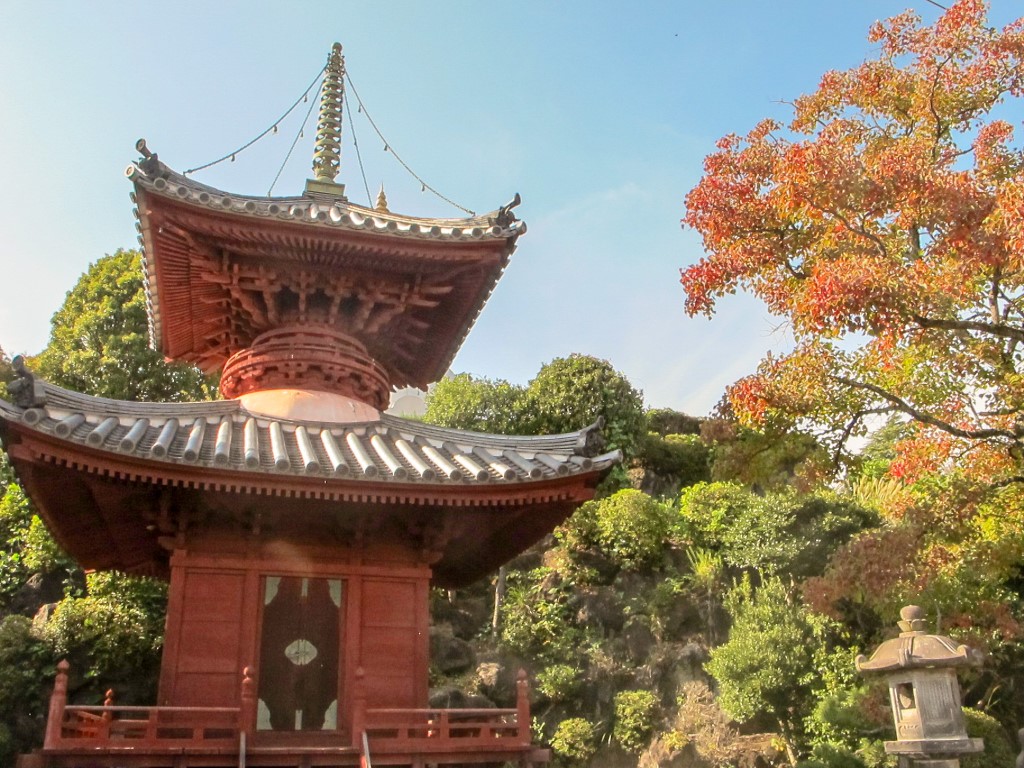
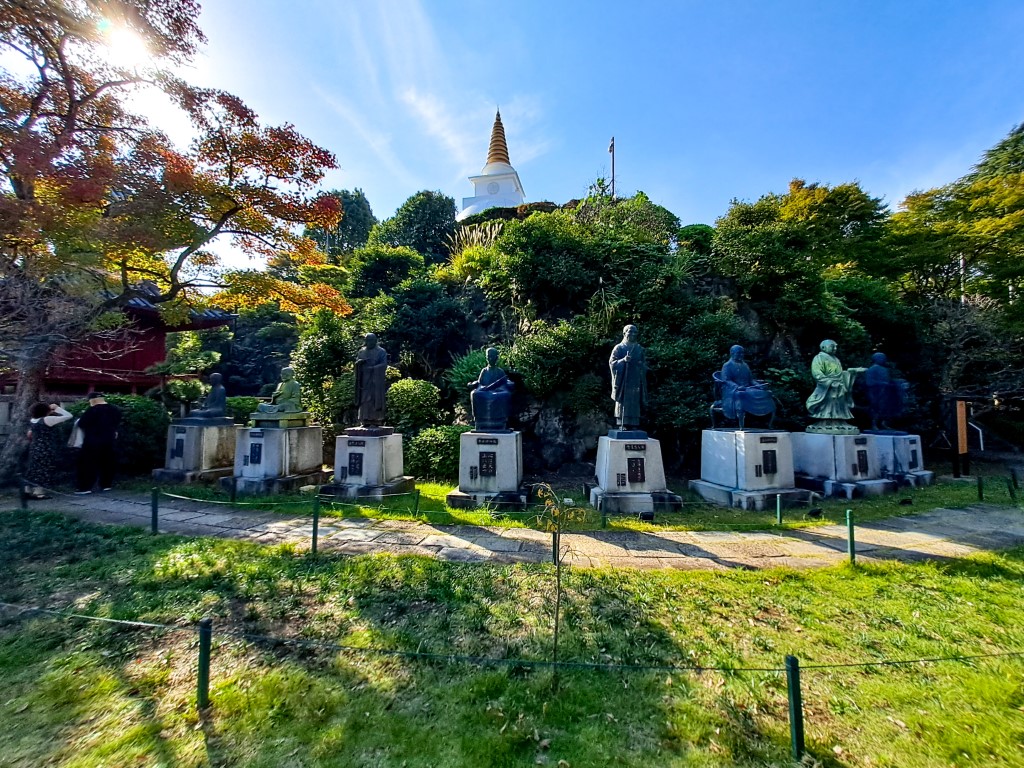
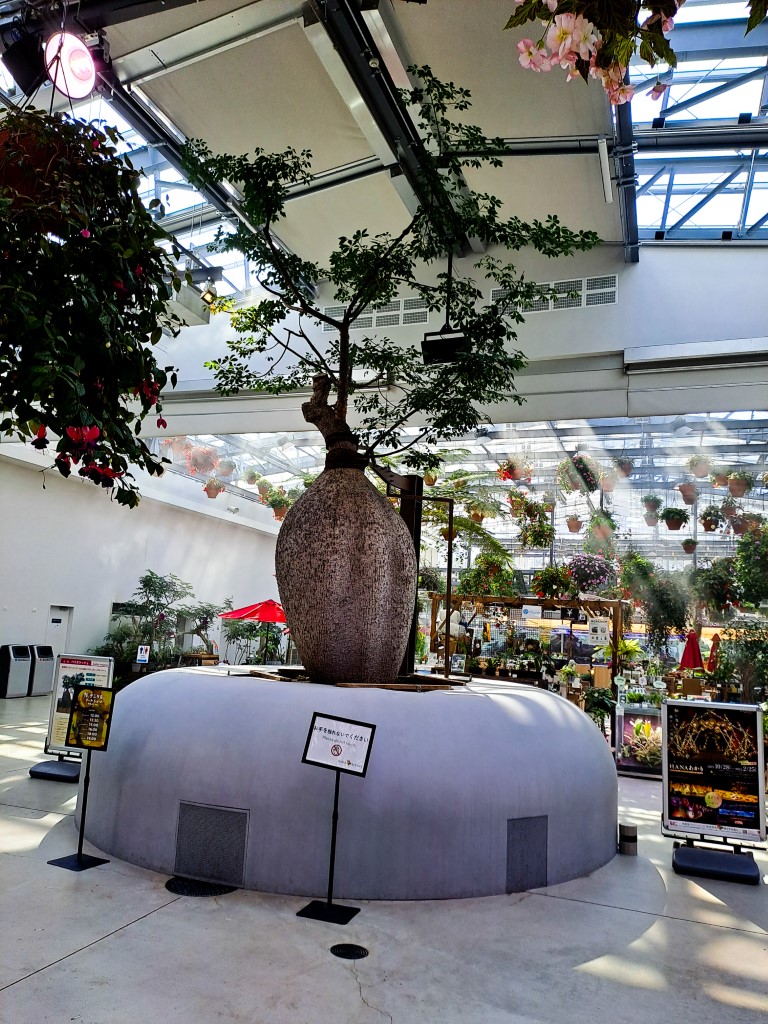
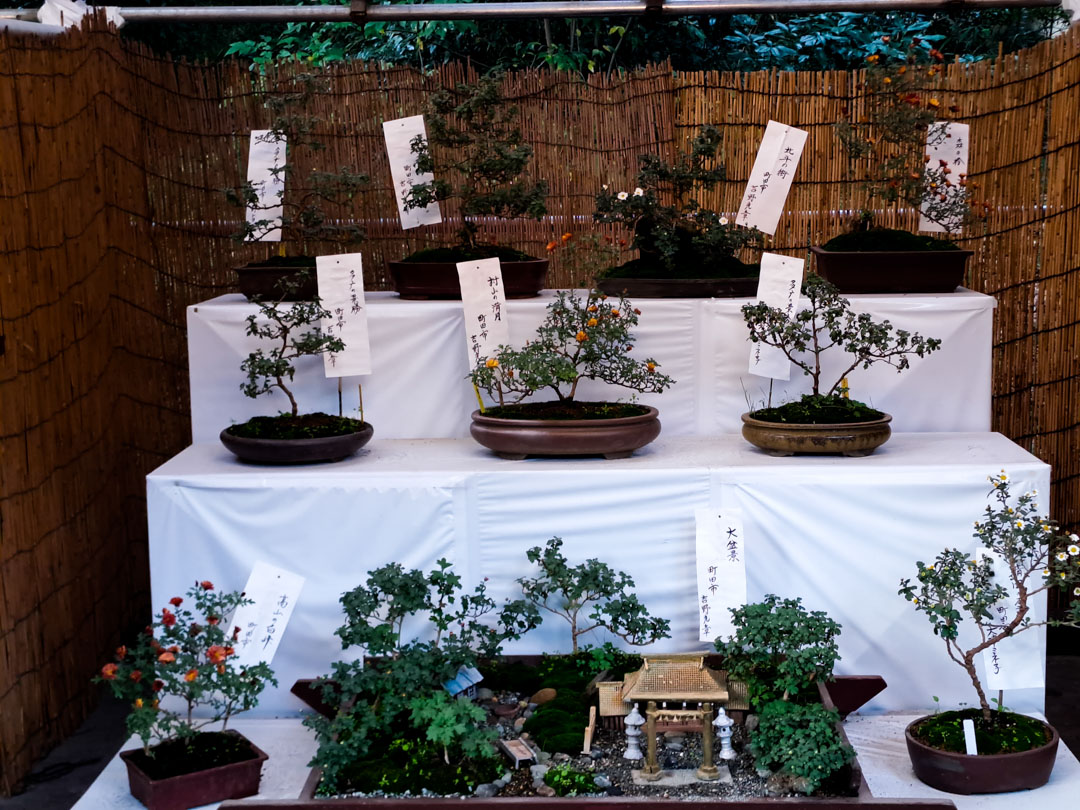
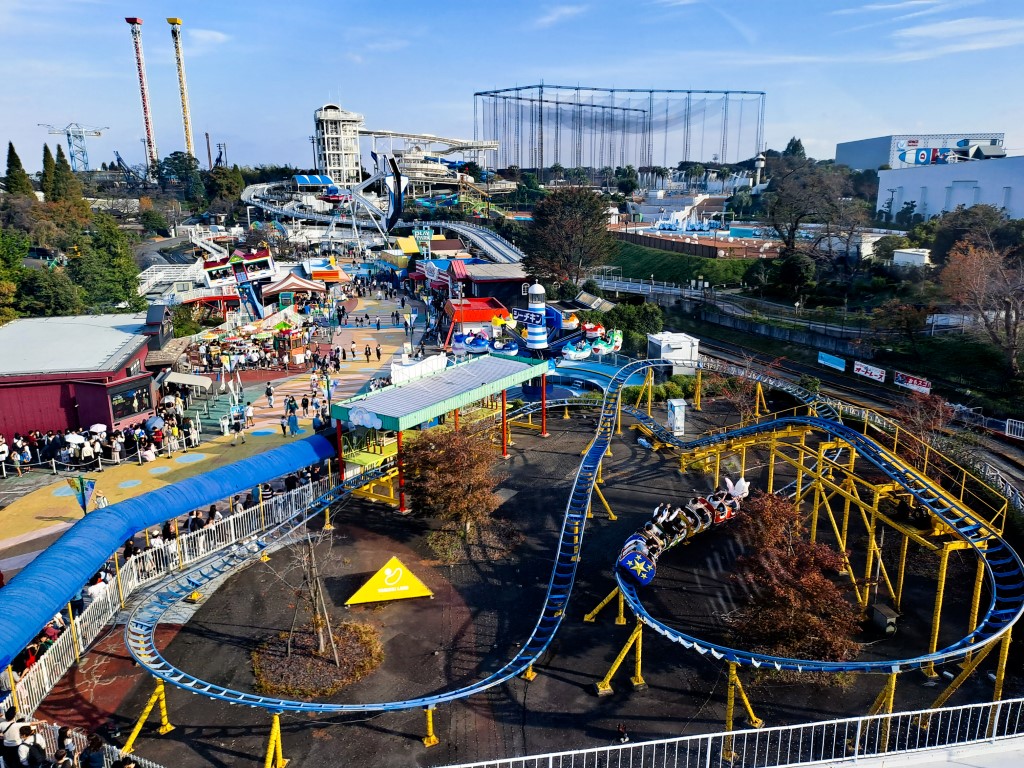
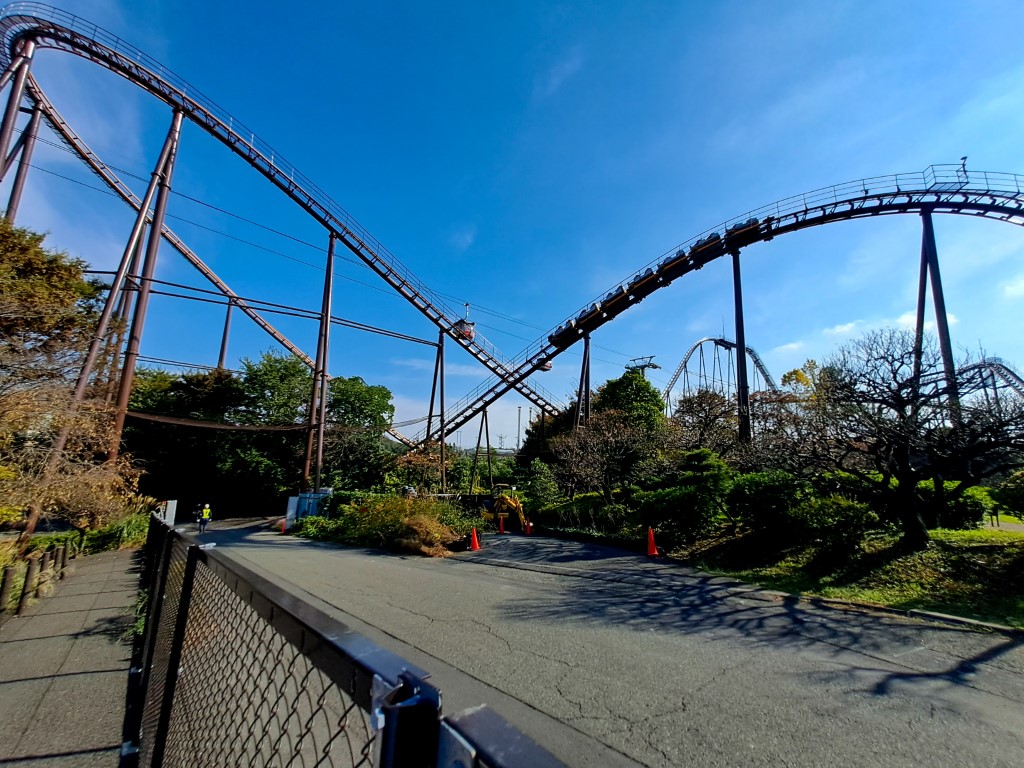
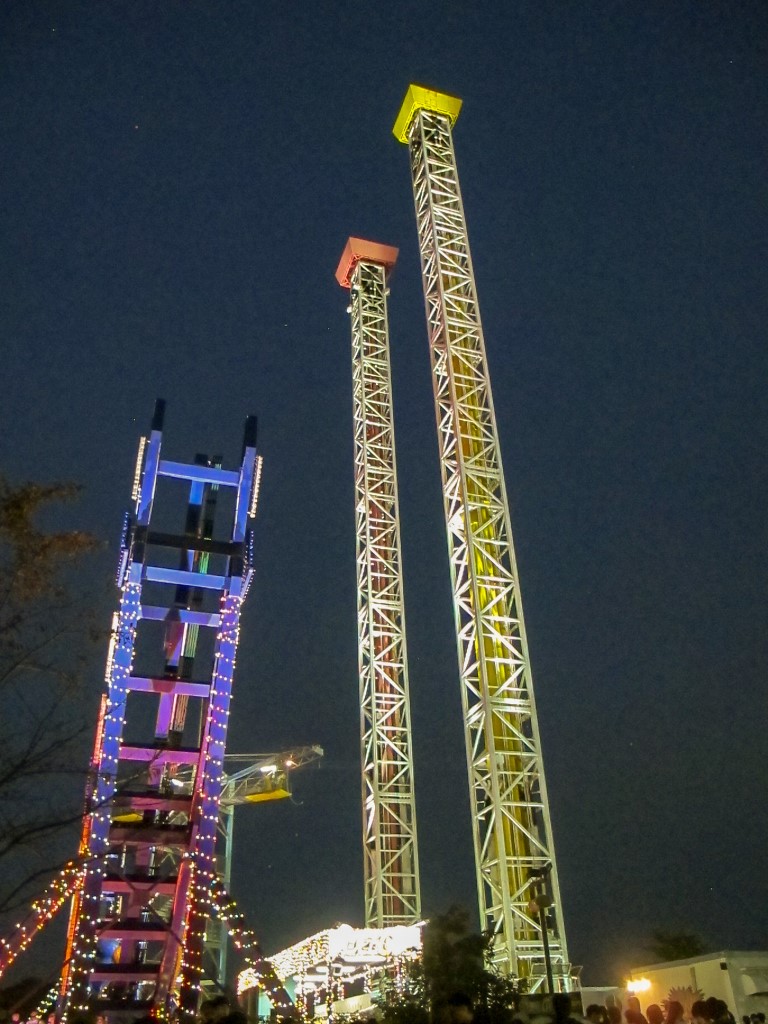
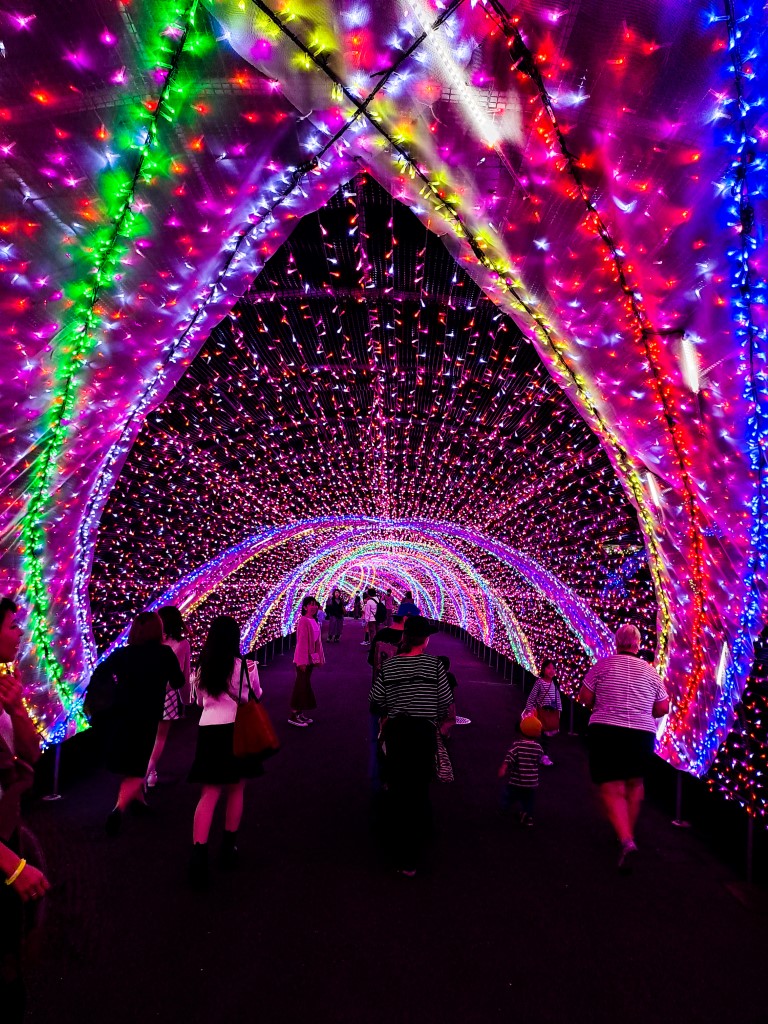
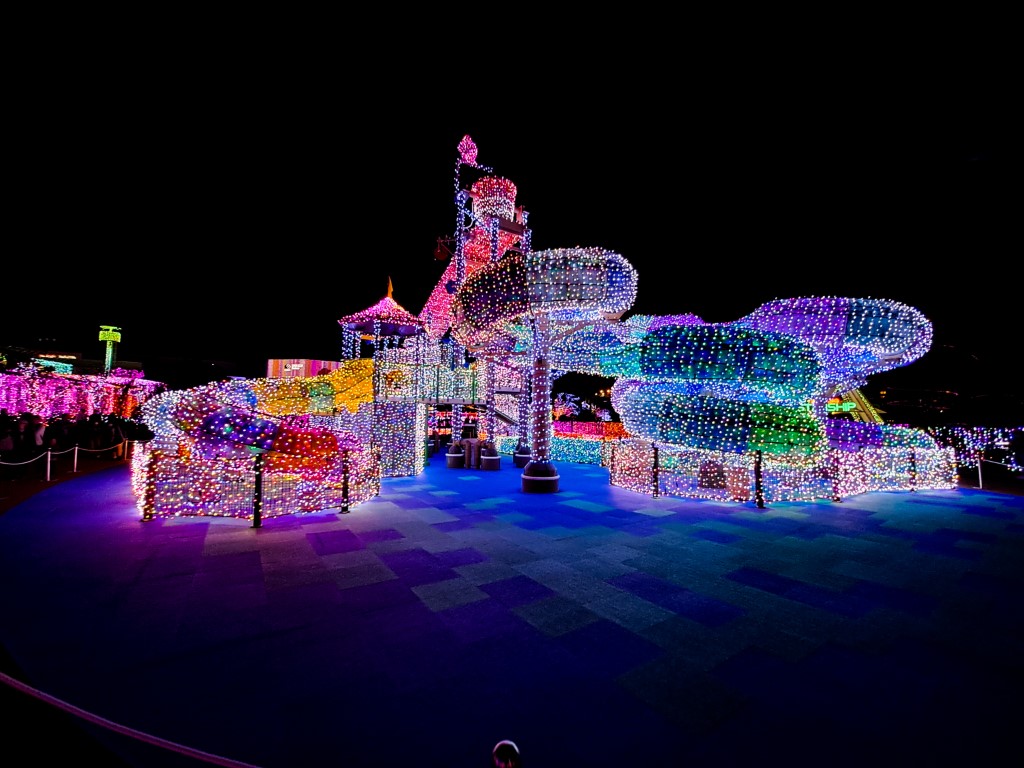
This was an interesting trip that we organised ourselves to a lovely botanical garden and an amusement park. I know what you're thinking: "an amusement park - are you mad?". We'll come back to this later. After a well earned lie-in we took a couple of trains to Yomiuriland Station. Coming out of the station we turned left and waited 5 minutes for the free bus ride to Hana-Biyori There was what looked like a large hanger set in some lovely grounds. The "hangar" contained all kinds of flowers, plants and trees, some of which were amazing, and a small restaurant. We spent an hour or so wondering around looking at and photographing everything.
After leaving the "hanger" Neil maaged to miss his step on the decking and fall down. Nothing was injured except his pride when a little 80 year-old or so lady in the restaurant indicate that she'd come out to help him up. This prompted him to jump spryly to his feet (actually roll over and shuffle up using his hands and knees). We then walked slowly through the garden, visiting odd gems like recreated shrines and gates. All the while the cable cars that run from the station to the amusement park passed overhead. After a lovely time we just popped into the "hangar" to purchase a souvenier when we saw that a screen was being lowered to partition the space into two, so we stayed to see what was going to happen. A lovely son et lumiere presentation was then displayed which we would have missed had we not just popped back in. On the way out we saw some otters, one of which was chasing an object around their cage with his nose.
we then took the free bus back to the station and rode the cable-car up to the amusement park. Why did we choose to go to an amusement park? Well, besides the giant ferris wheel and the scary rides, like the roller-coaster and the vertical tower where you are shot a hundred feet or so in the air at death-defying speeds (which Neil took advantage of severall times), at night from November to about April Yomiuriland turns into Jewellumination. Millions upon millions of LEDs light up the whole park. There are various computer-controlled displays and there is a magical son et lumiere et eau display where the fountains pulse with masses of colour to stirring music. It is absolutely fantastic and like nothing you'd normally see outside of Las Vegas, but without the vulgar commercialism. You see parents, children, youngters, teenagers and middle-aged and even oldies like us enjoying the spectacle to its full. This amusement park is really a must-see attraction if you visit Tokyo.
Eventually we made our way back down the cable-car and reached Kishicho station about 9pm feeling rather peckish. We decided to eat in one of the small restaurants at the station. We actually found the one we chose was a curry restaurant called Sapana run be a Hindi with Nepalese staff. Neil remembered seeing this on tripadvisor and it had very good reviews. The food was excellent and we were so surprised at how small the establishemnt was, with 3 chefs cooking in full view in an area smaller our kitchen in the villa at home. After that it was a slightly late night to bed.
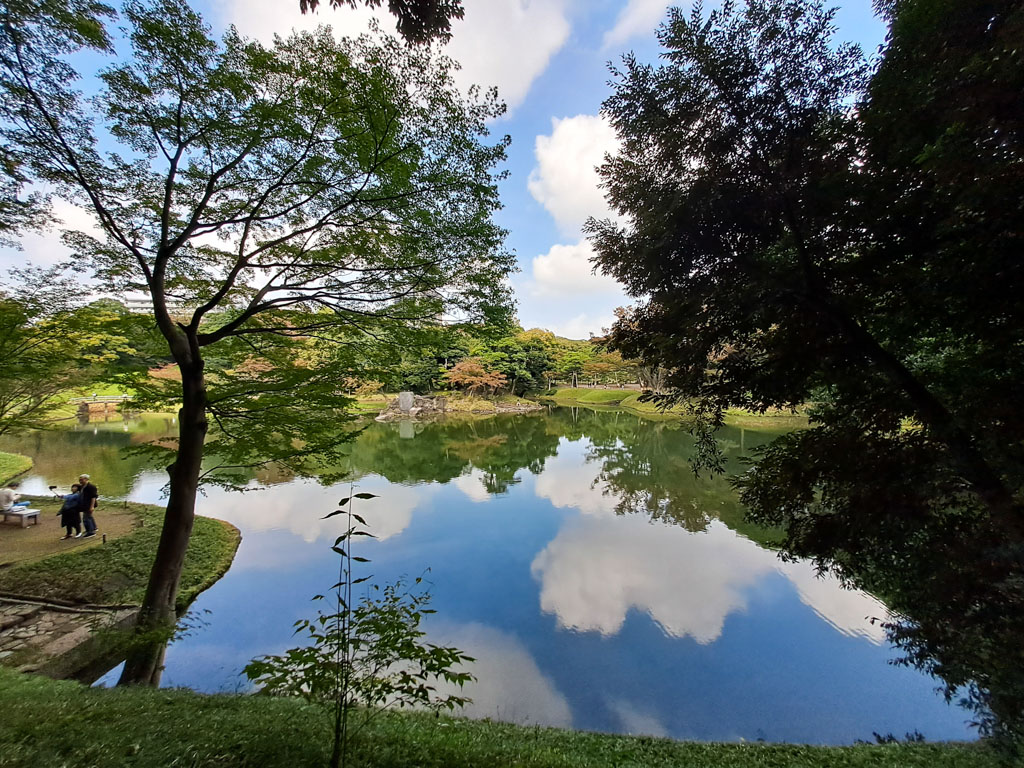
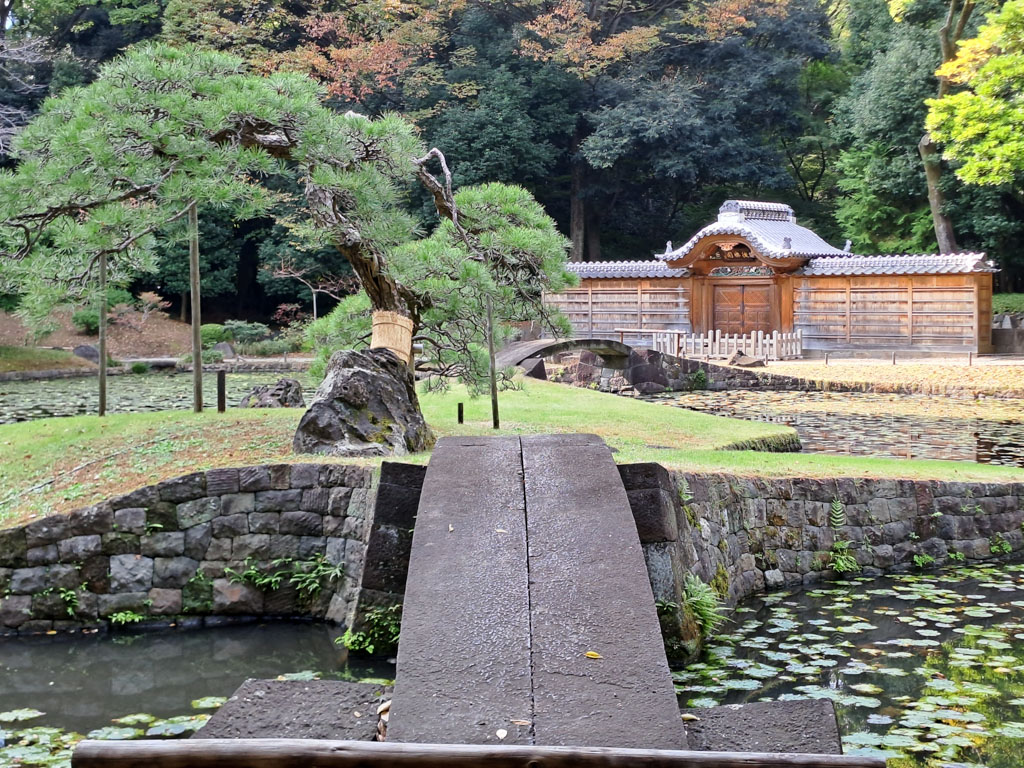
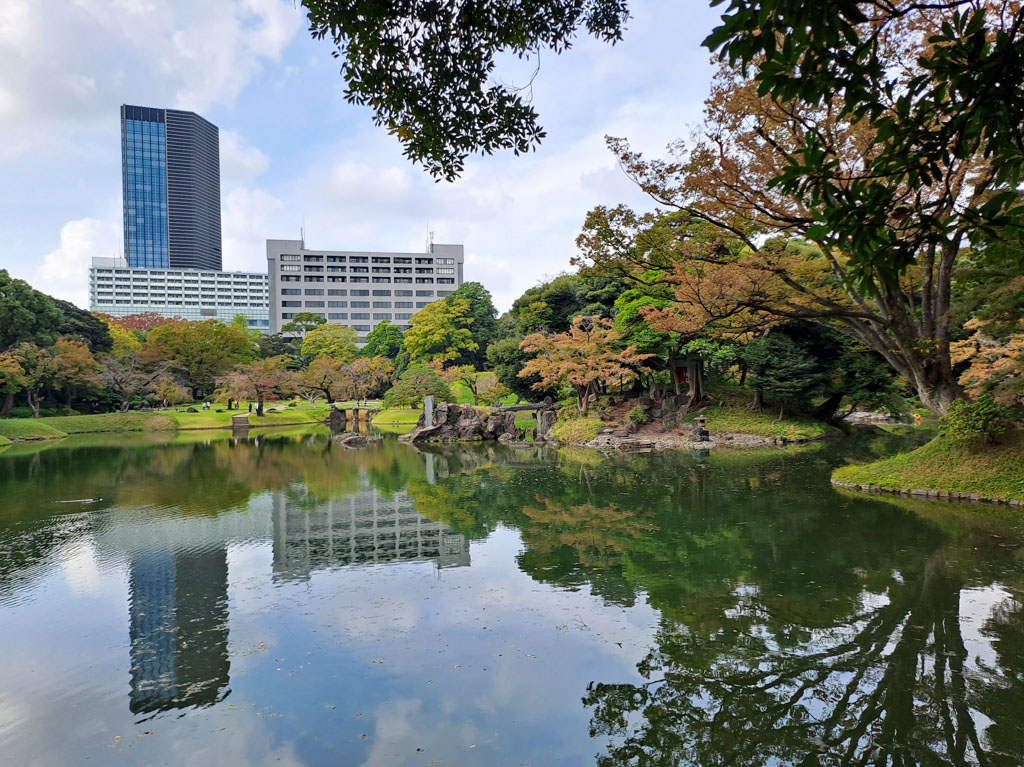
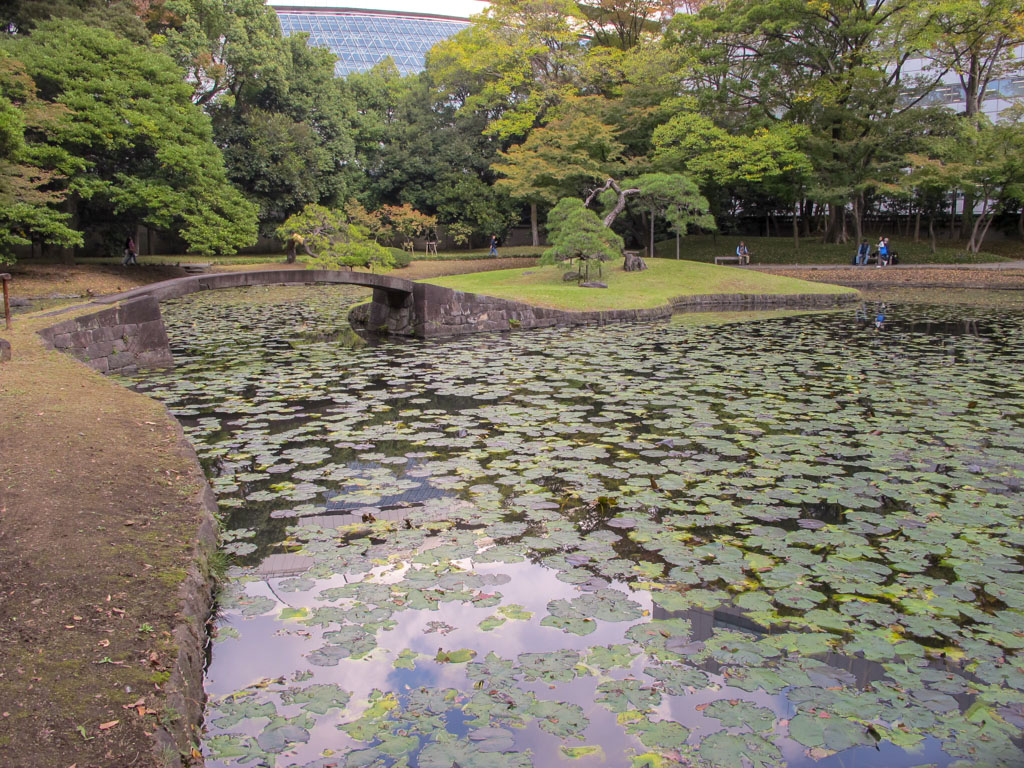
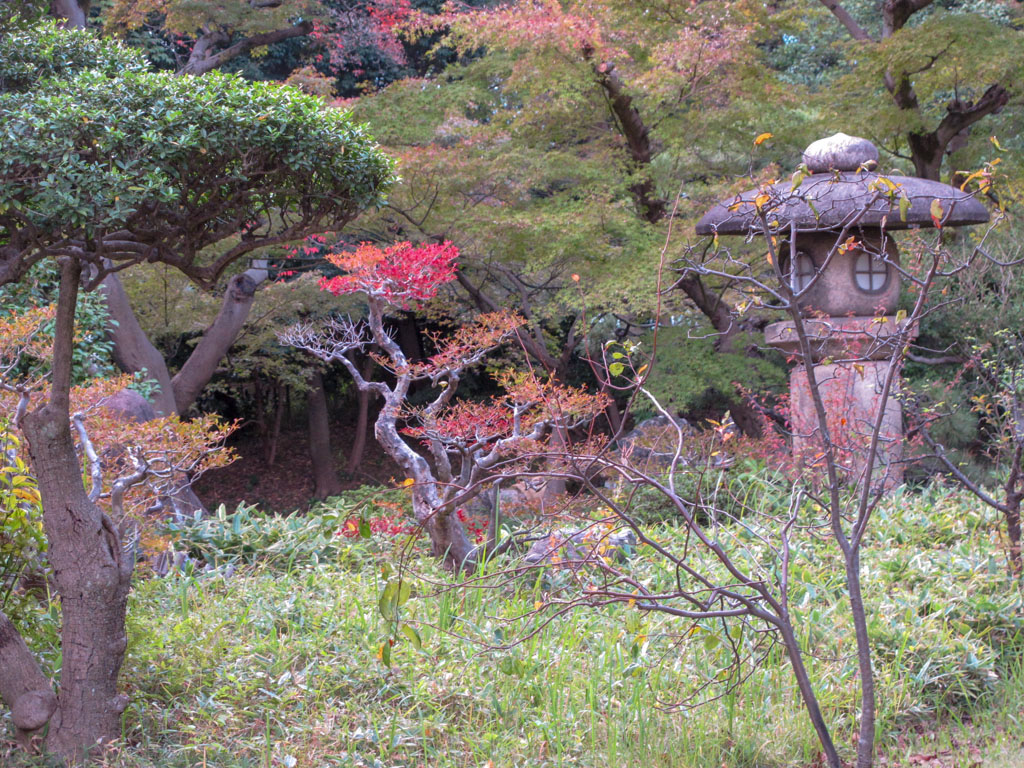
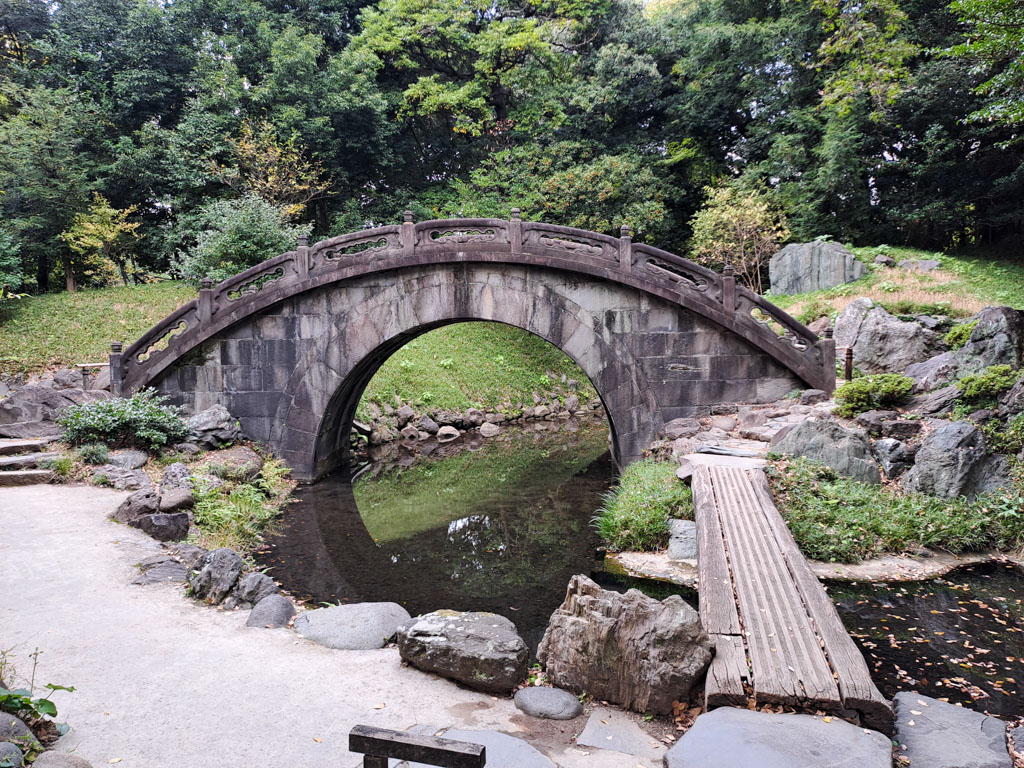
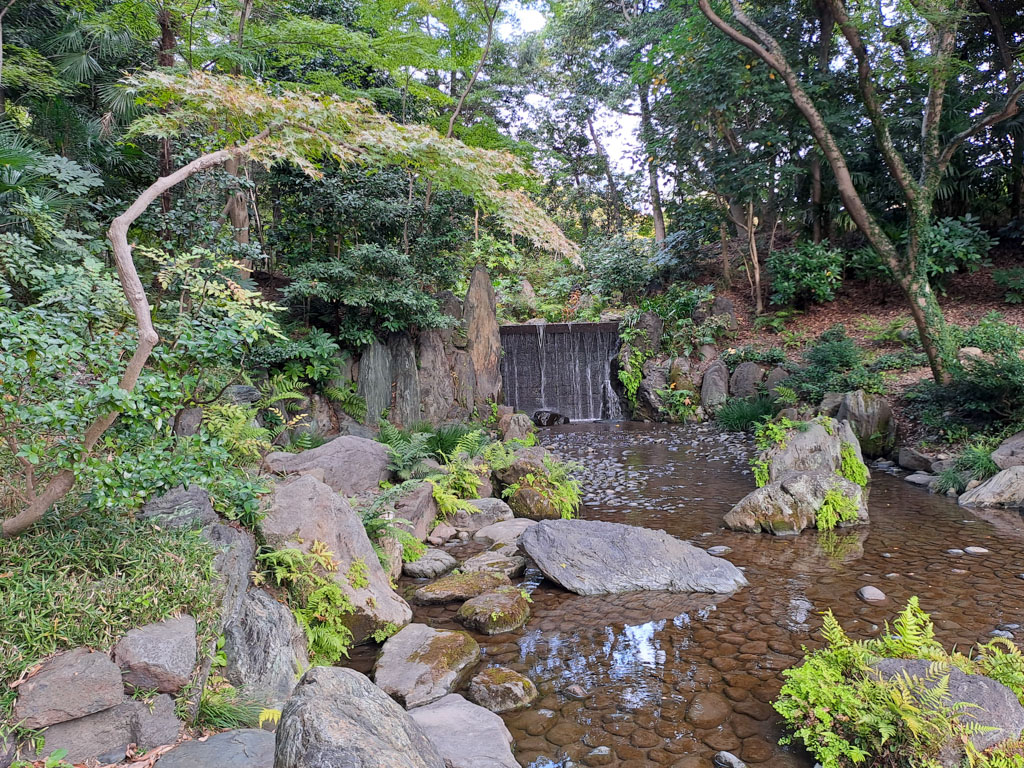
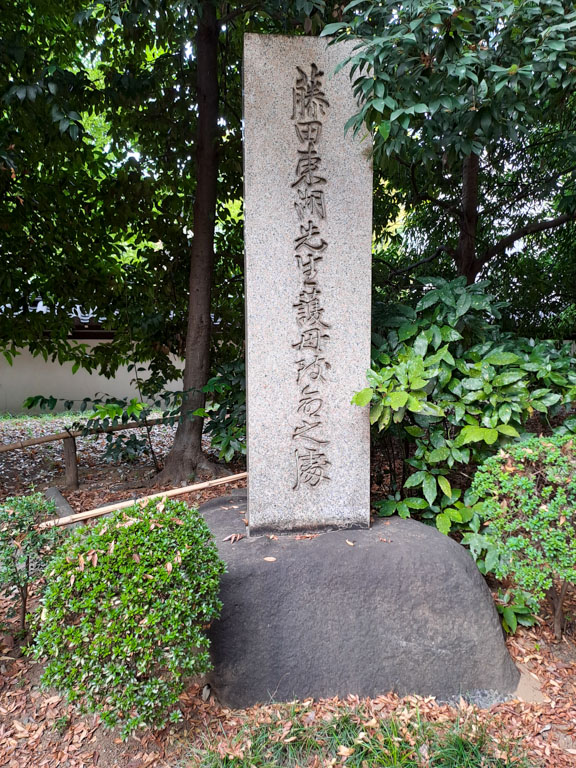
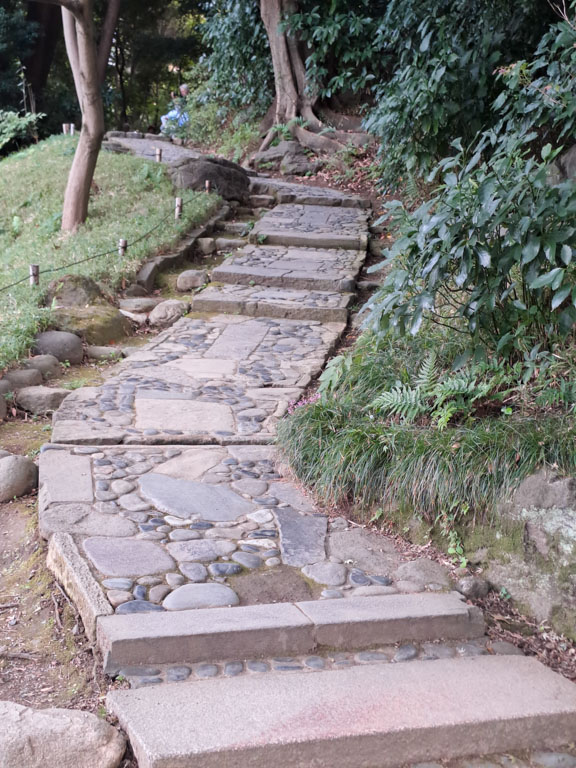
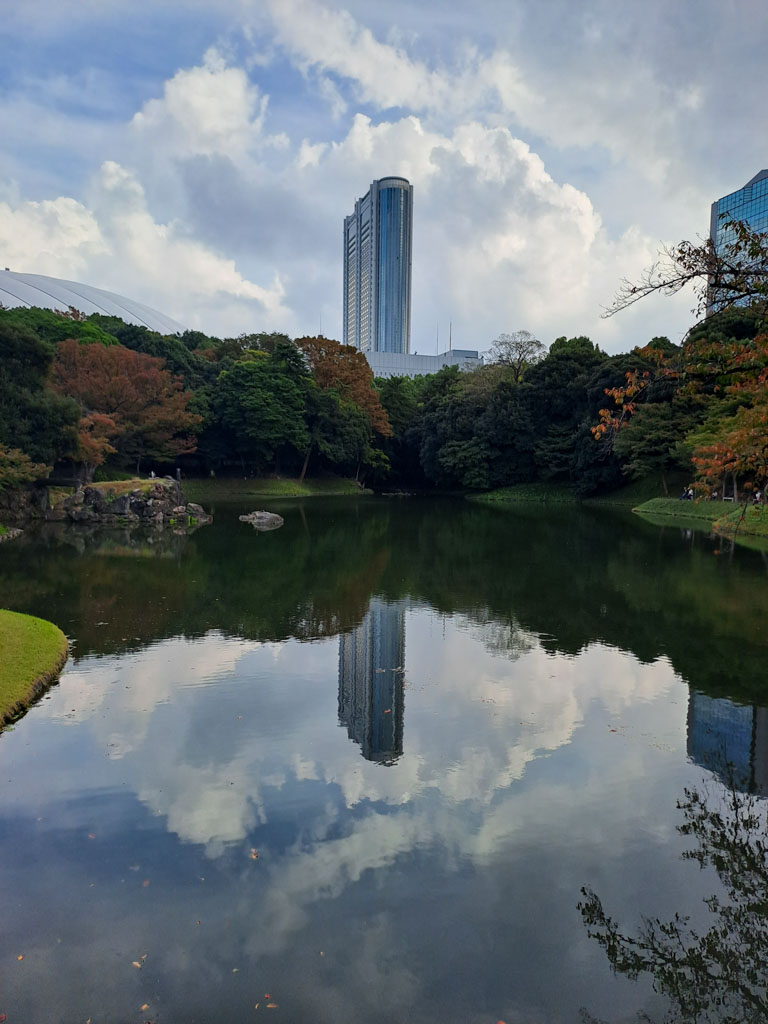
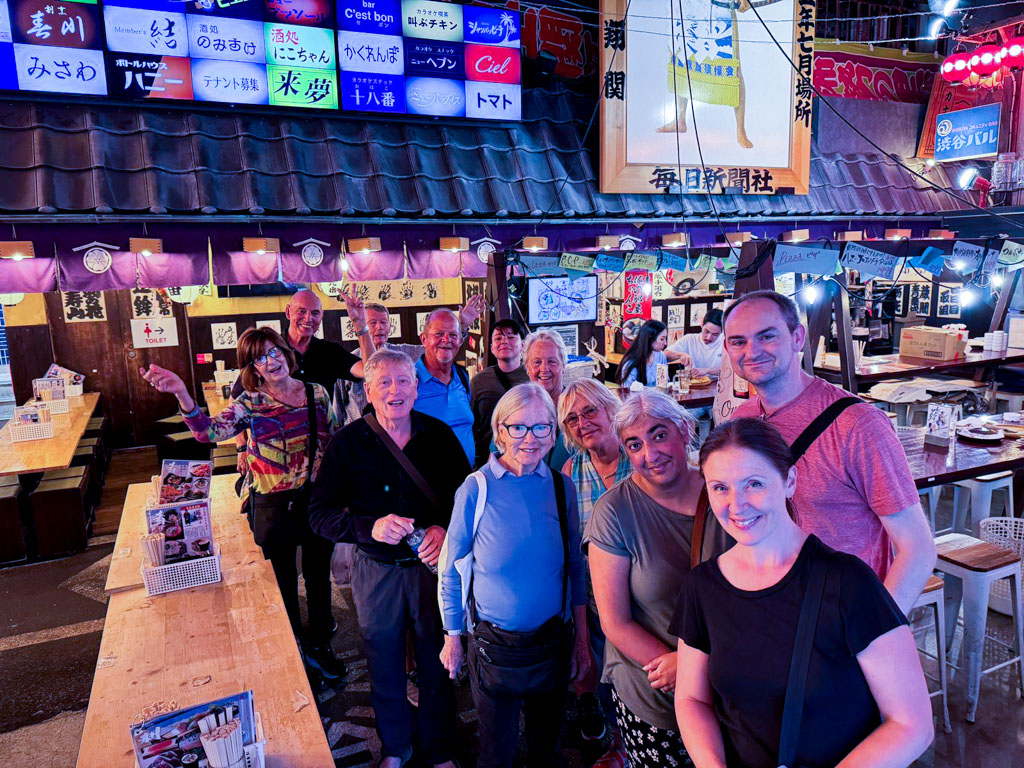
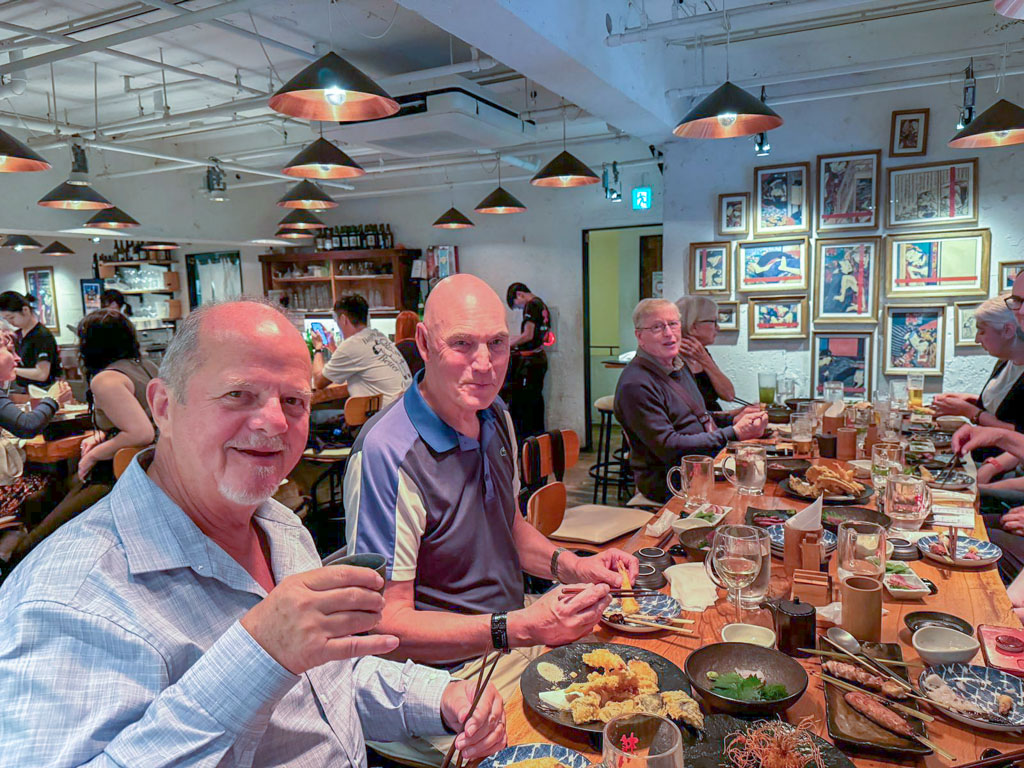
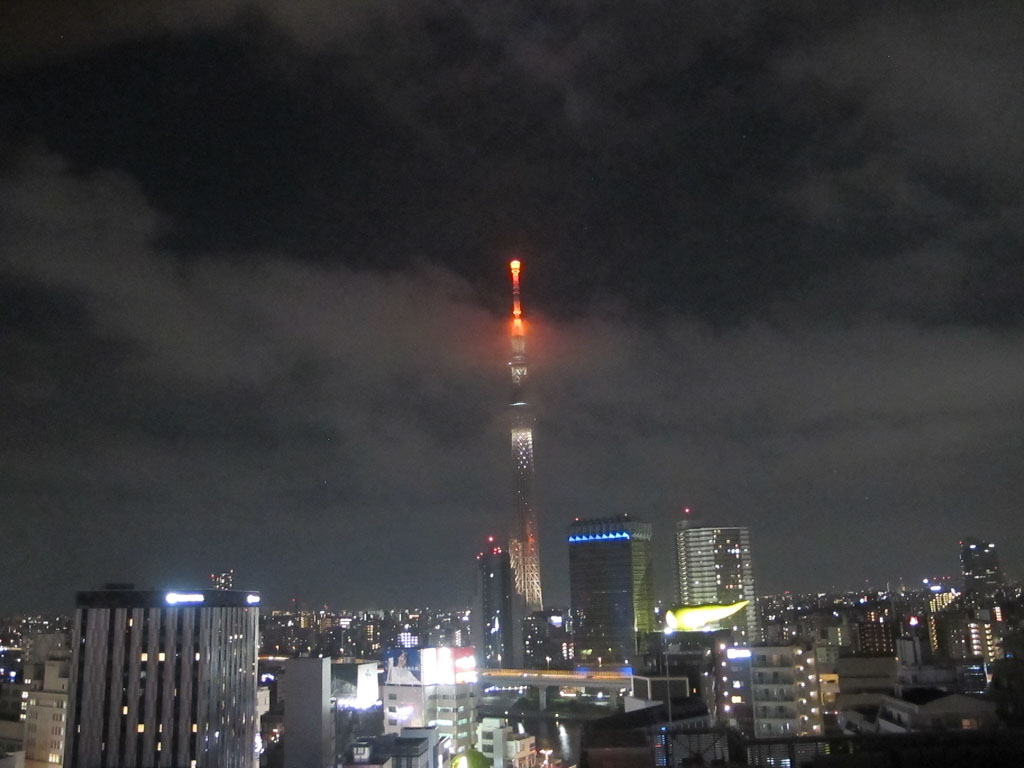
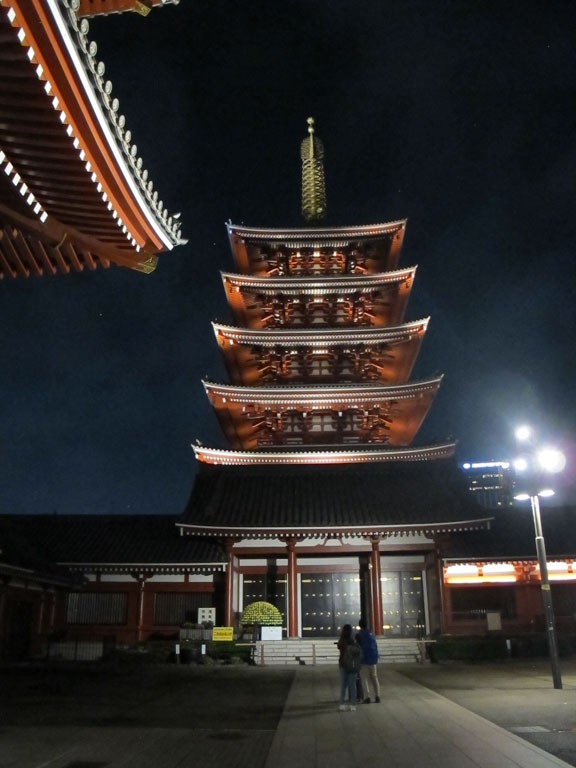
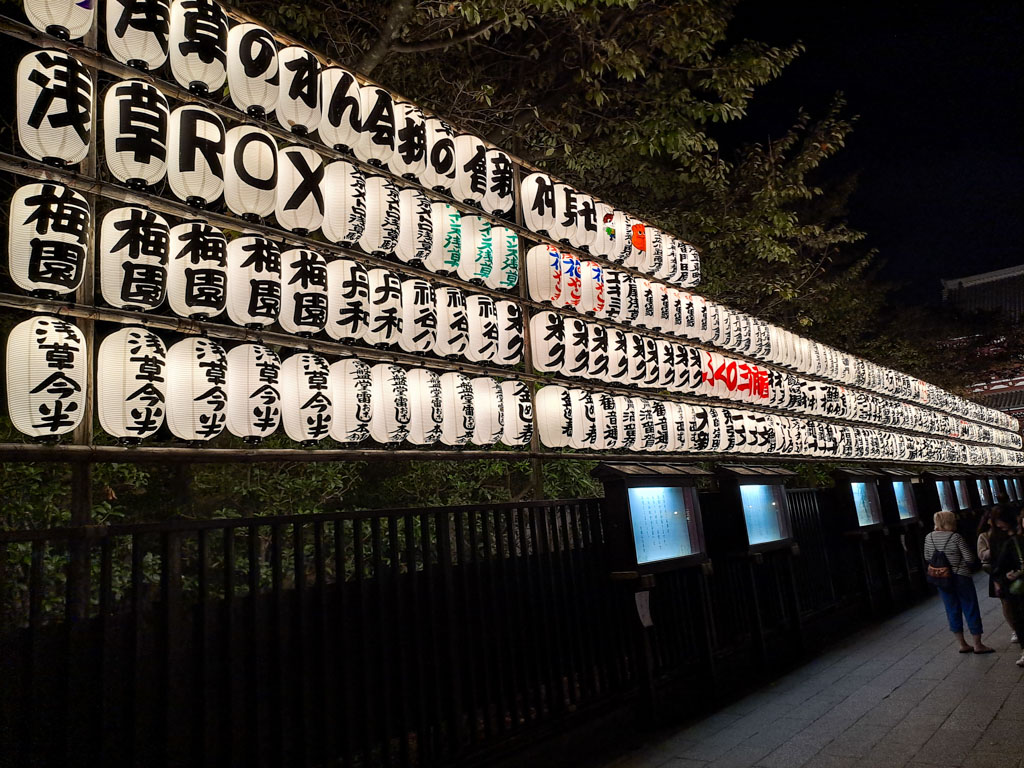
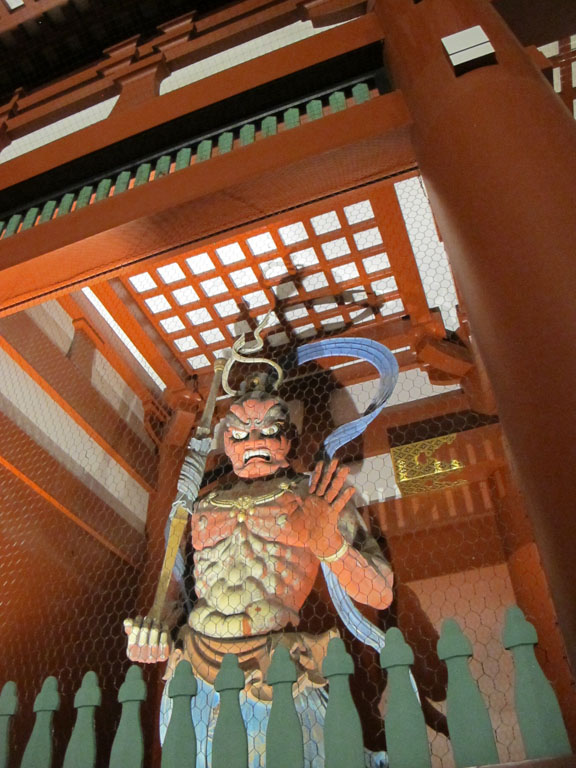
Today was the day we were moving hotels, so we got up later than usual, packed our bags and checked out of the Tobu Levent, We asked the concierge to keep our bags until later in the day, then went off to the cafe round the corner for a late breakfast. We decided to take it easy today so we hopped on the JR Sobu Line to "Iidabashi" (JB16) station. From there it was a 10 minute walk to the Koishikawa Korakuen Garden park entrance. This park, next to the Tokyo Dome amusement park, is a little gem. It is so serene and peaceful with very few visitors at the time we went. The gardens are beautifully maintained and the autumn colours were spectacular. There are dozens of maple trees around the garden's three ponds which turn vibrant shades of orange and red in autumn. There is also a small grove of ginkgo trees near the east entrance, which turn a golden yellow. We spent several hours wandering round then went back to the Levant Hotel and asked the concierge to call us a taxi to our next hotel, the Gate Hotel in Asakusa. The taxi journey was relatively quick and only cost about £3.
Checking in was interesting as the reception is on the floor just below the bar that is on the roof. You had to scan the key in the lift in order to stop at any of the floors with guest rooms. This is a security feature. We unpacked and then made it back to reception to meet our fellow tourers. First we met Shingo, our guide, then the other 10 people appeared. These were (in no particualar order):
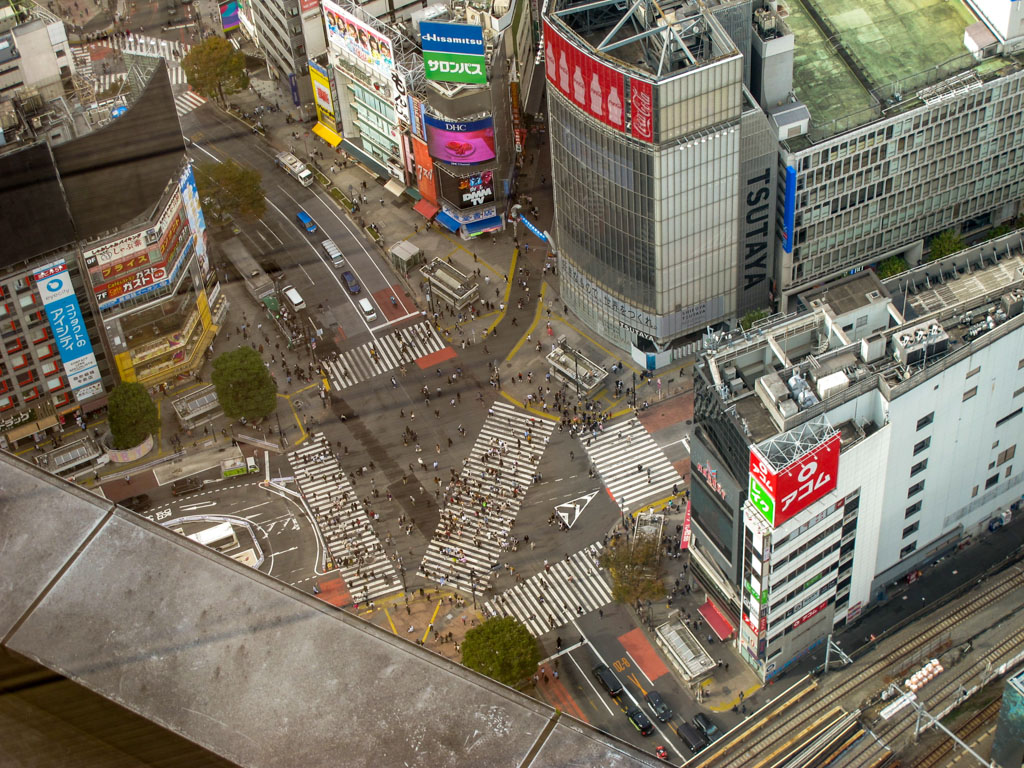
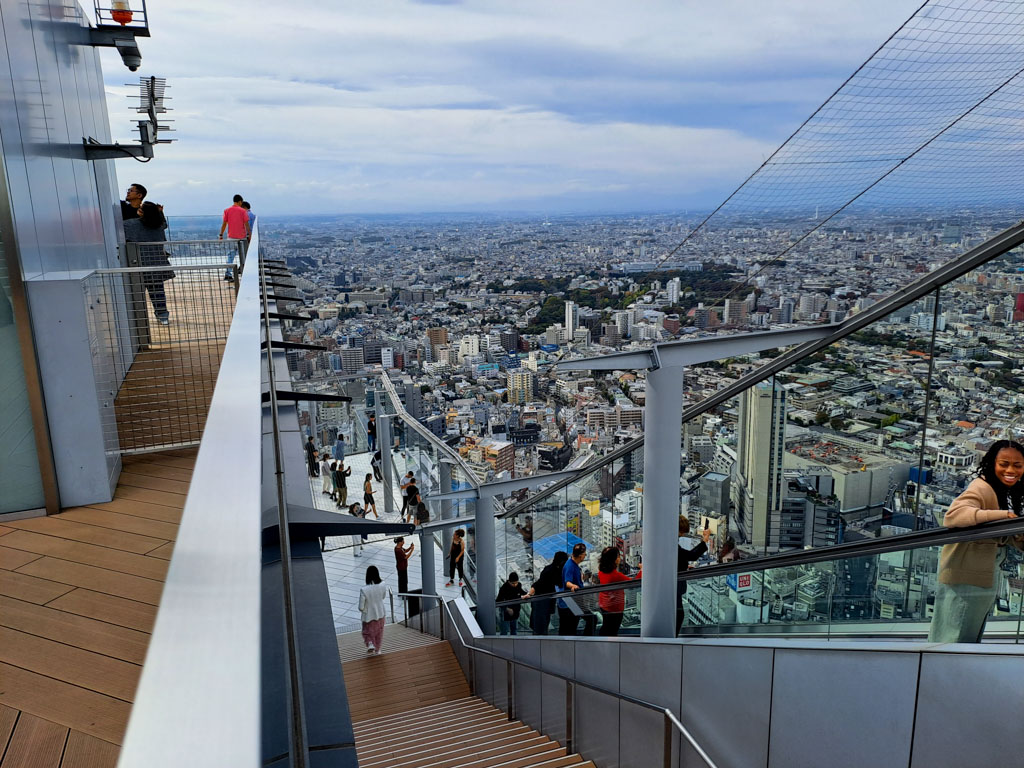
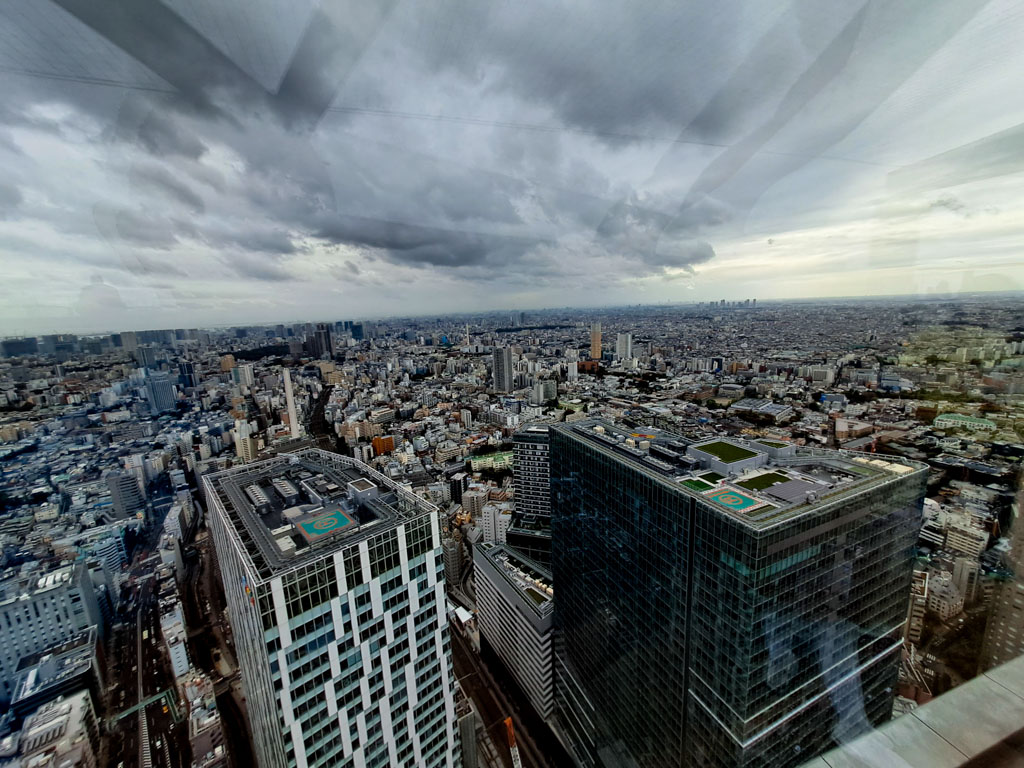
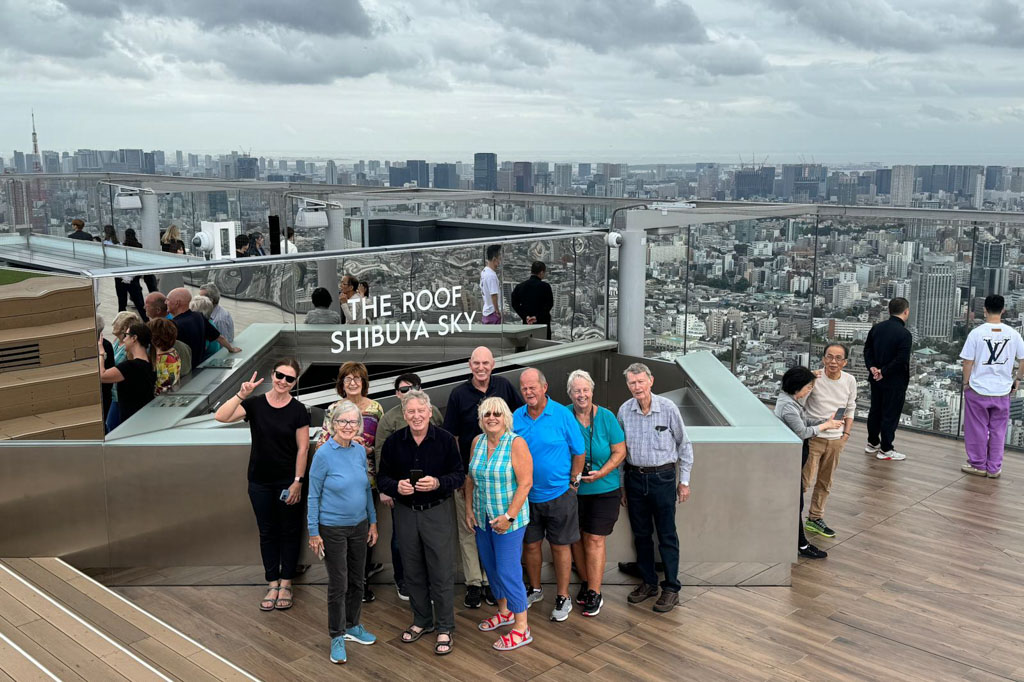
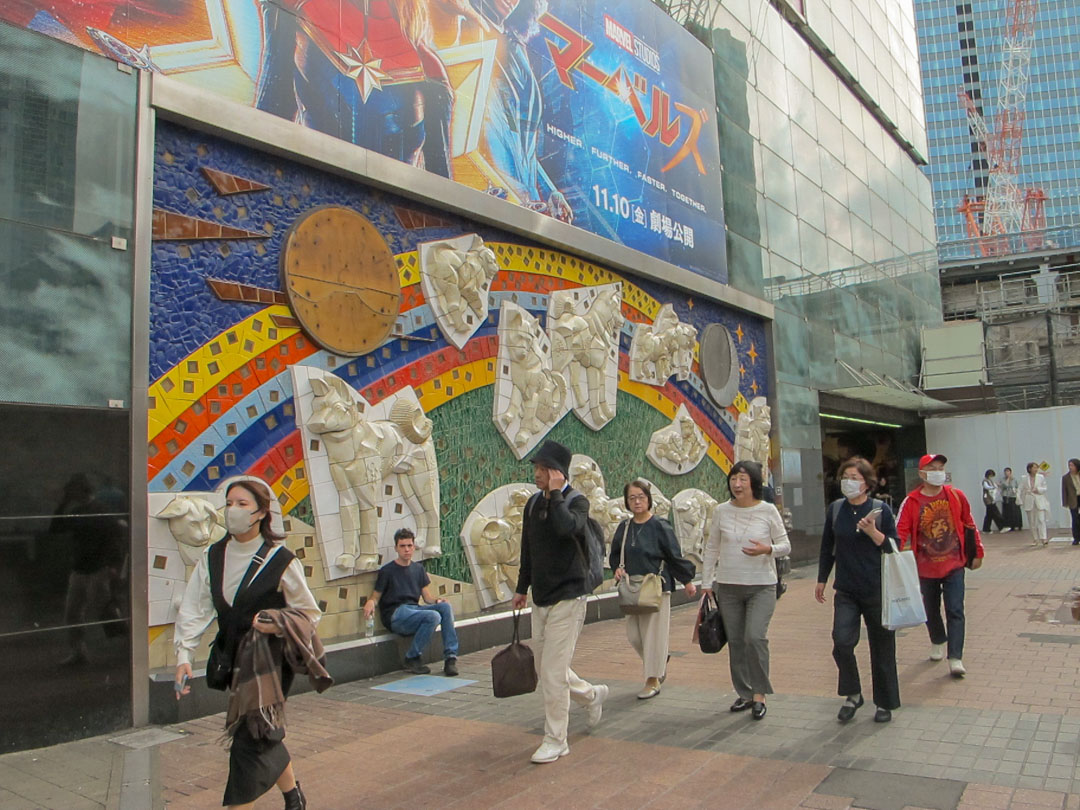
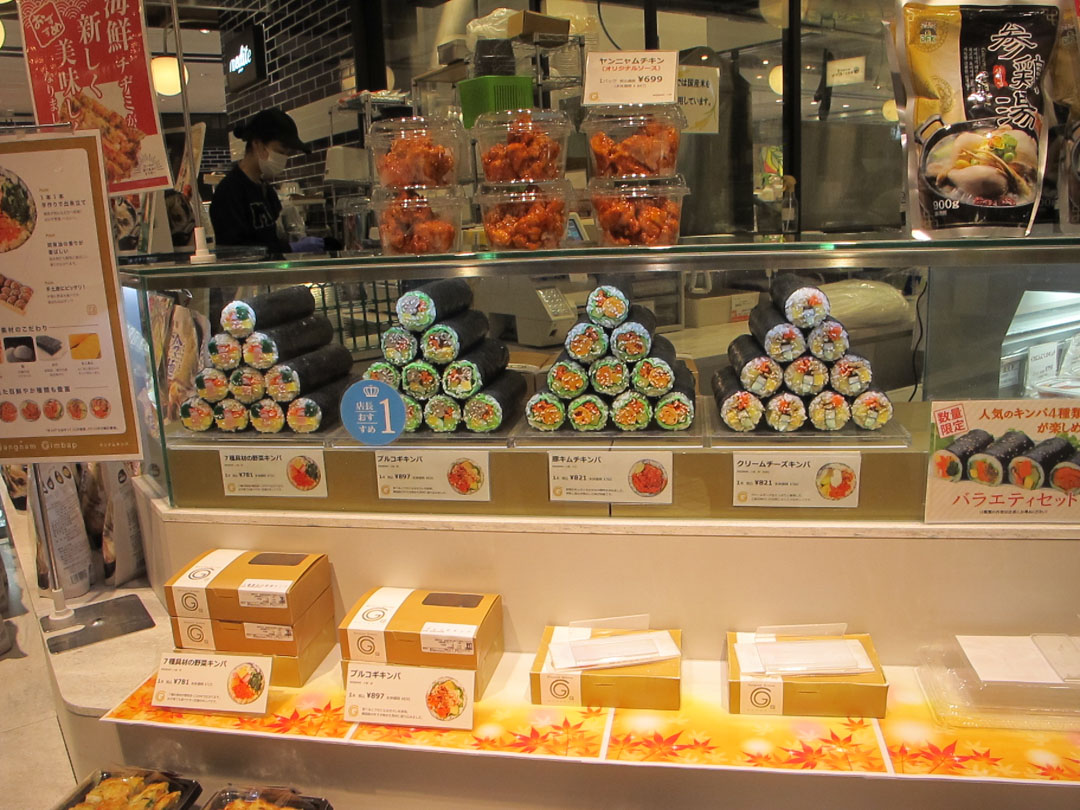
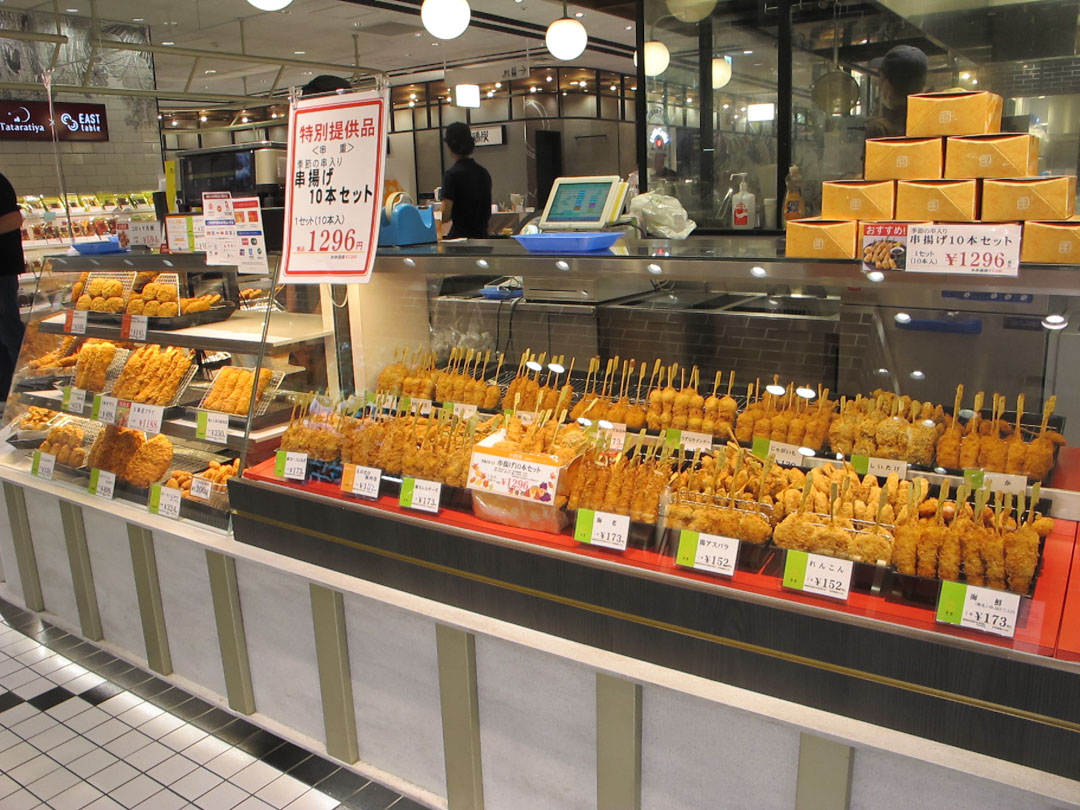
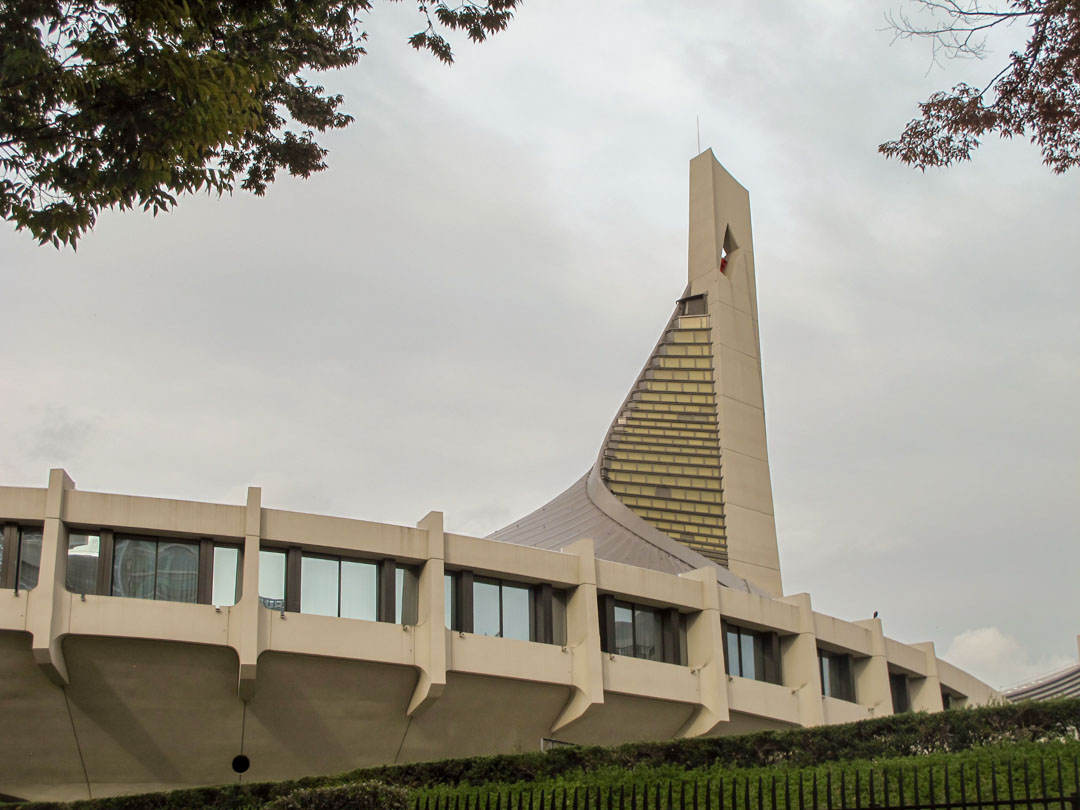
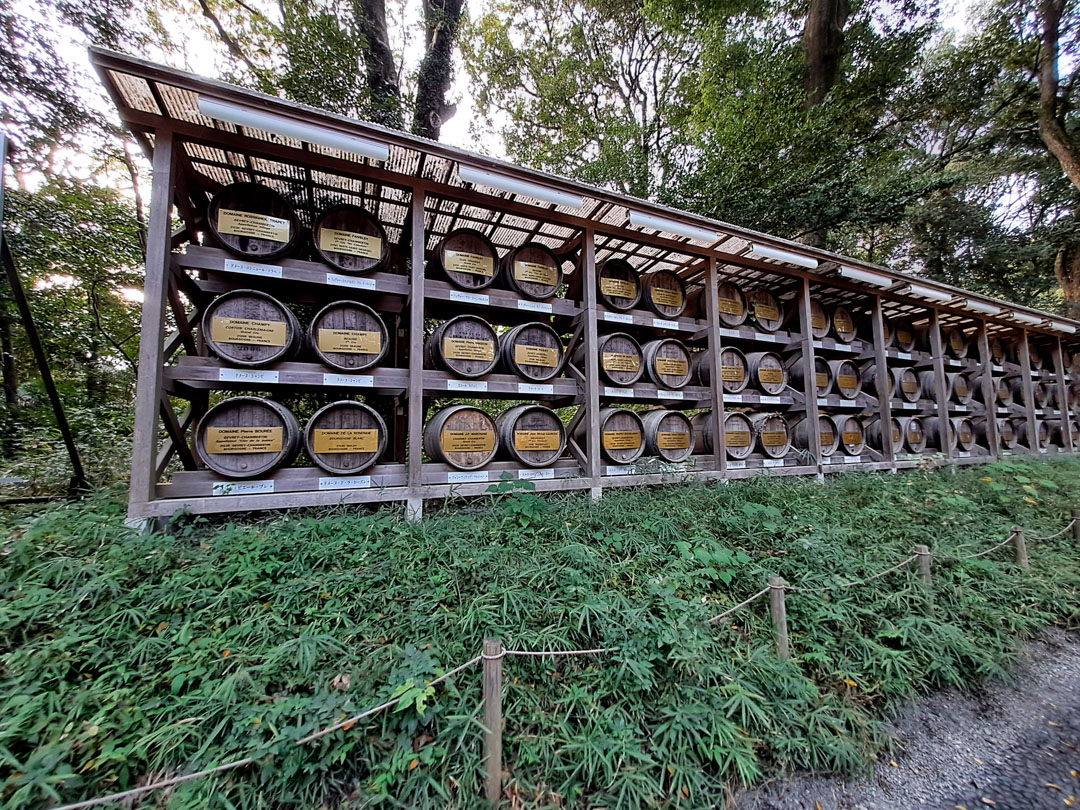
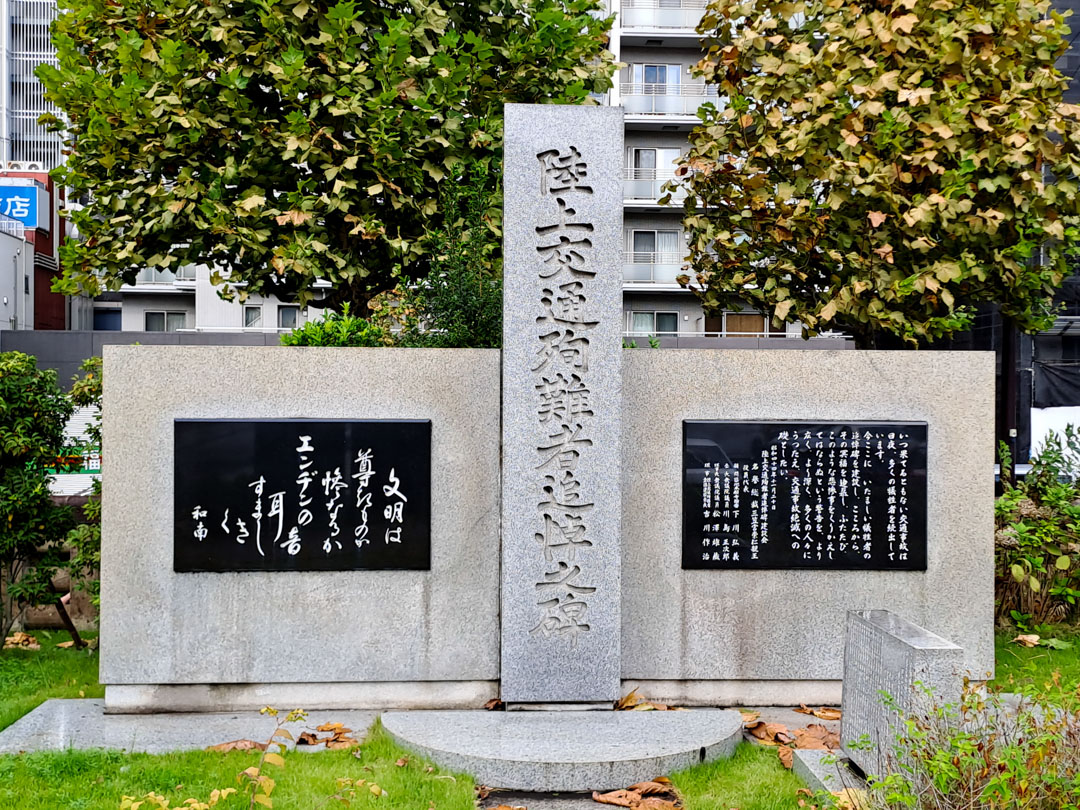
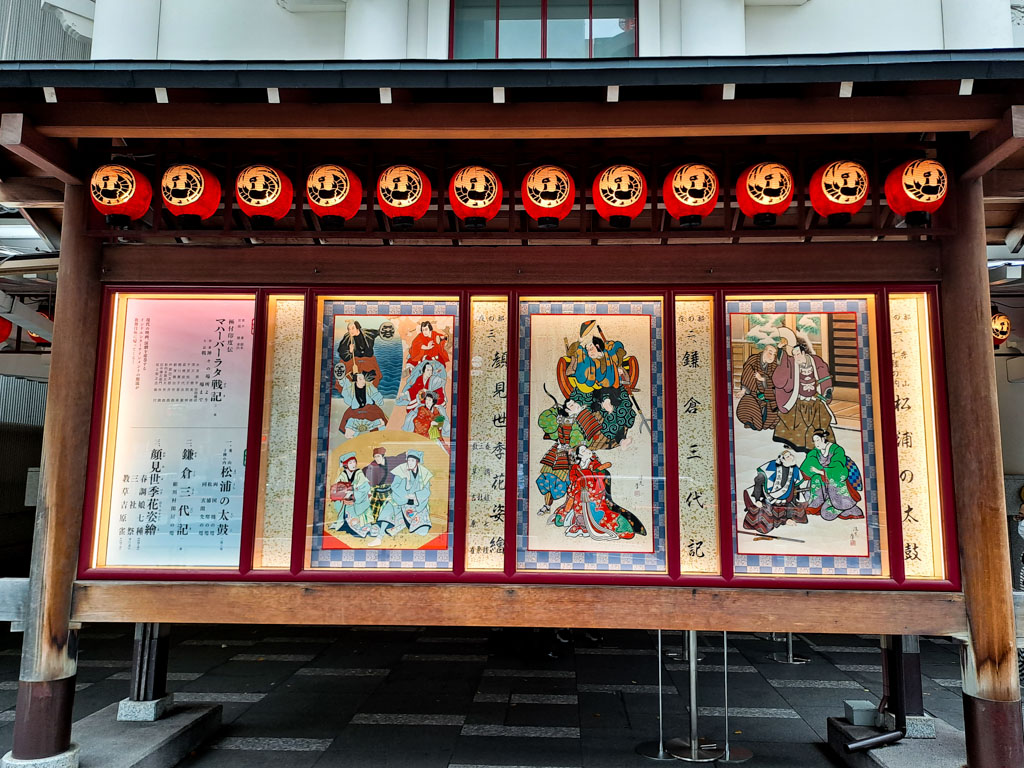
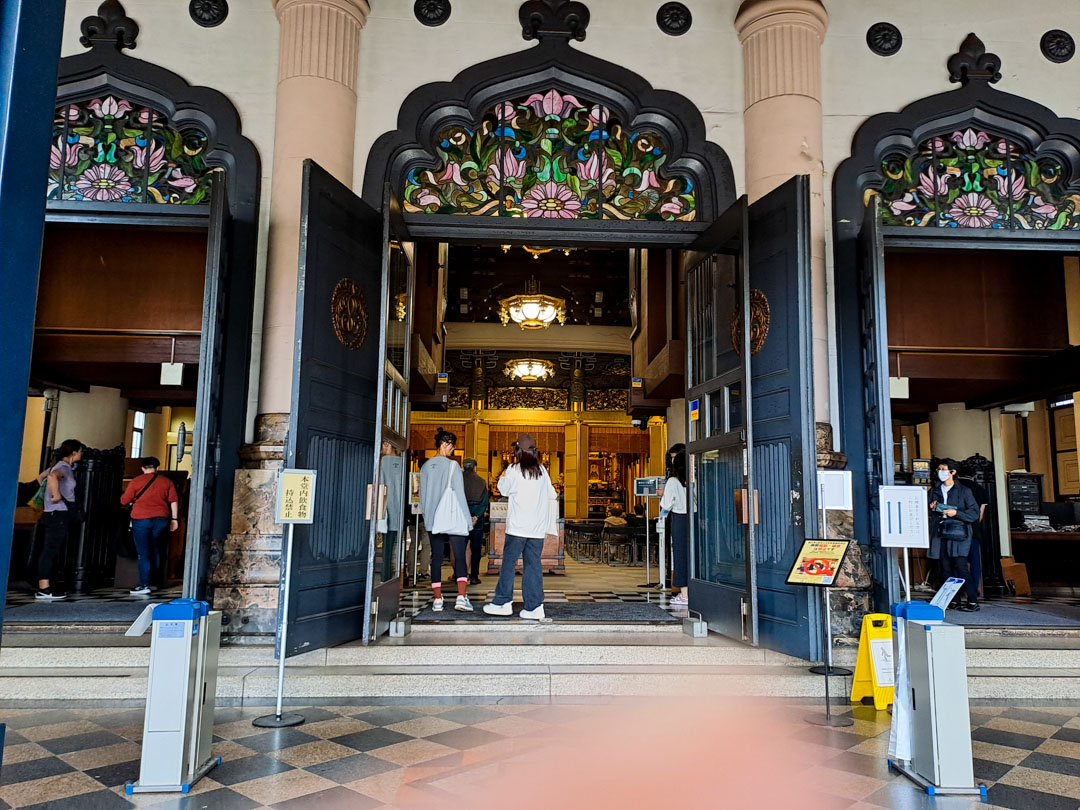
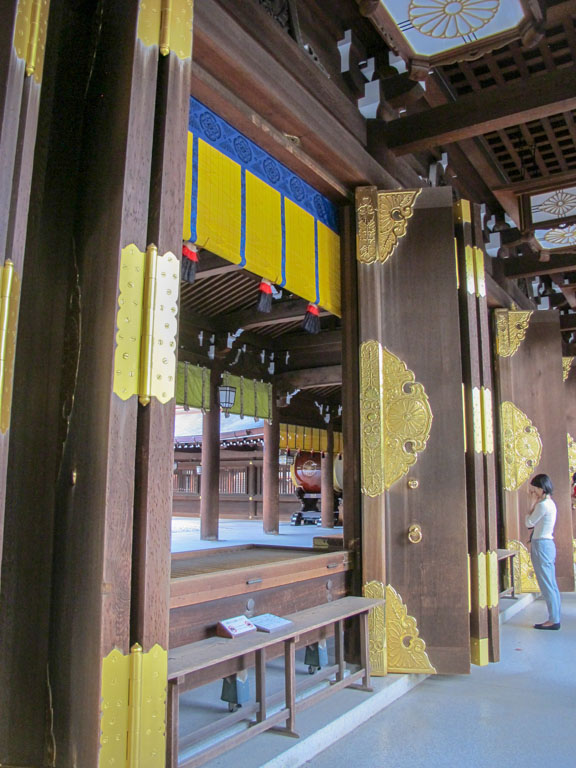
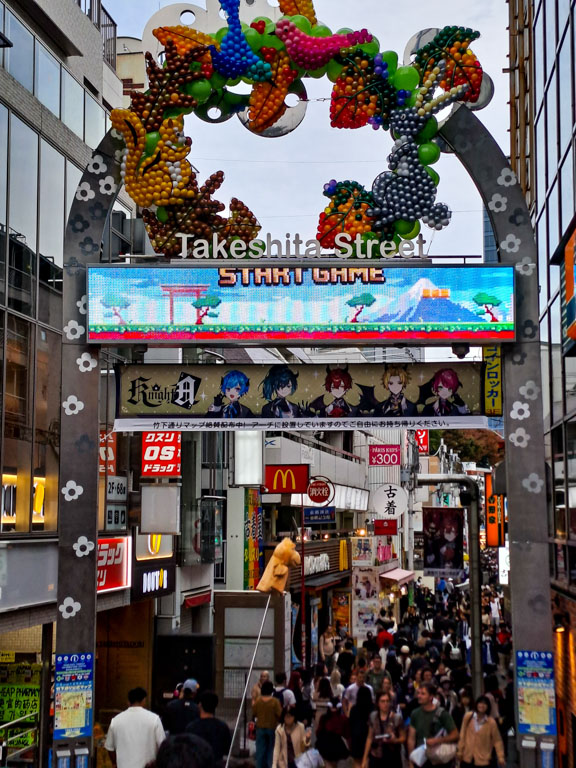
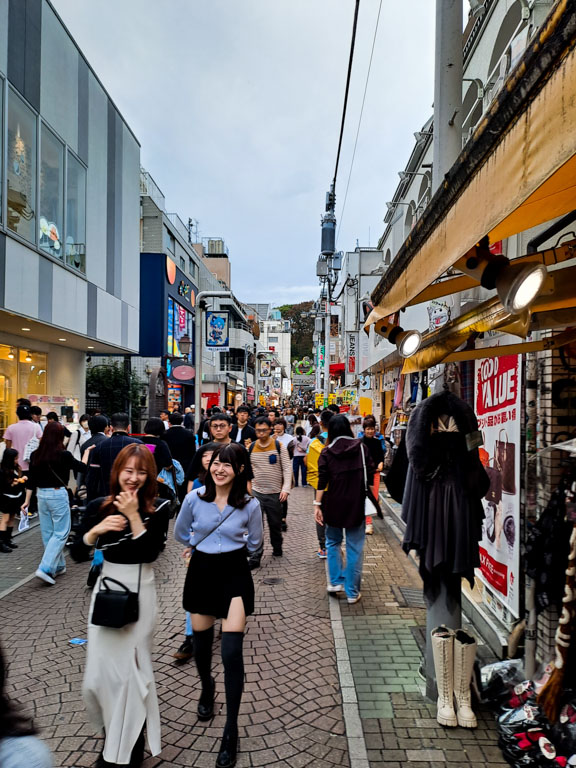
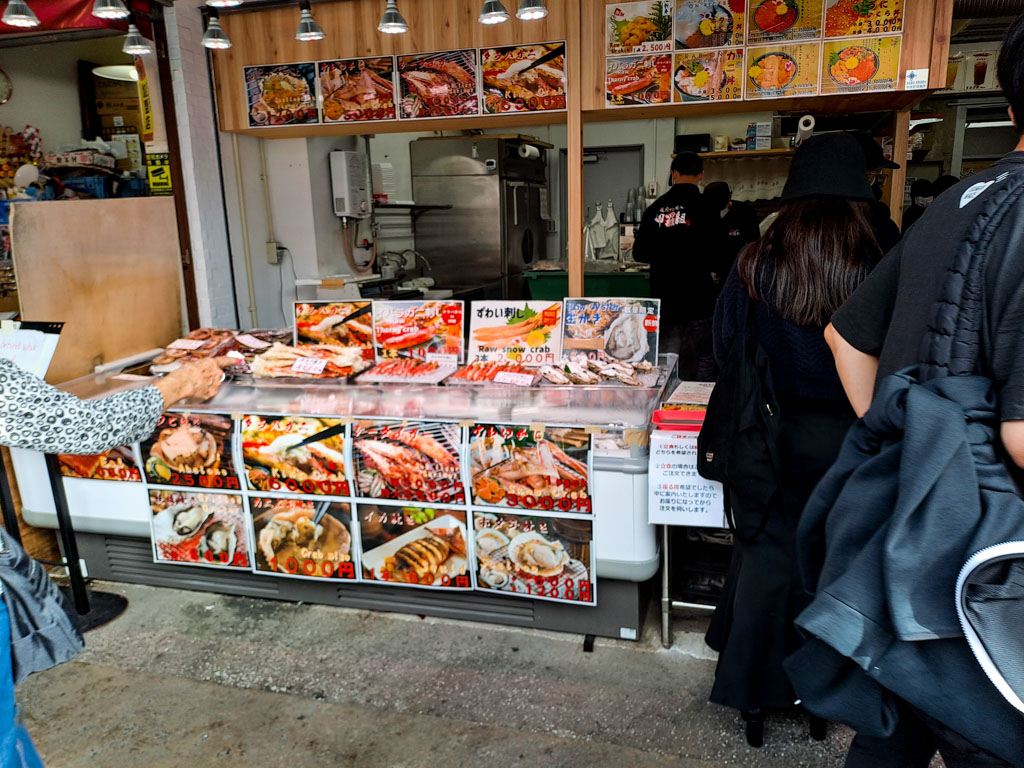
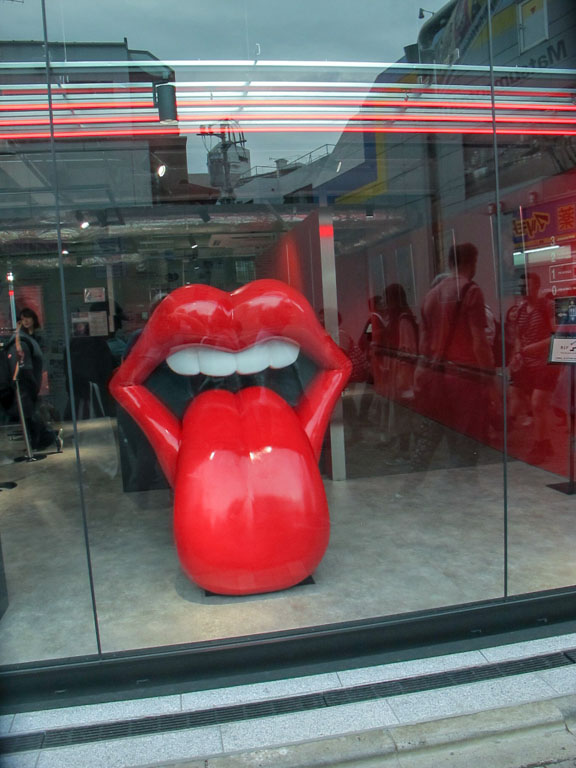
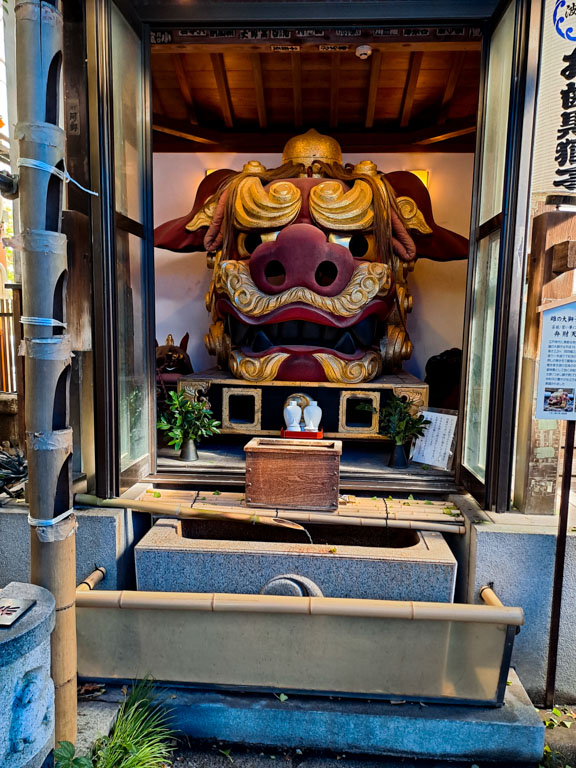
After breakfast we met in the lobby and Shingo took us to the station to go to Shibuya Crossing. The zebra crossings at this juction deal with about 2.5 million pedestrians a day. In the rush hour there can be up to 2,500 people making the crossing at any one time! There is a stutue there of Hachiko, an Akita dog that came to Shibuya station every day for over 9 years waiting for his owner who had unforunately died while at work. After the dog's death it was cremated and his ashes buried with his master. There have been books and movies produced about him and he is famous throughout Japan.
Having crossed over the crossing we then went on to Takeshita Street, which is the shopping heart of Tokyo's pop culture. Some of the sights you see while walking down theis crowded street have to be seen to be believed. Here traditional Japanese mingle with punks and goths, schoolchildren with backpackers and other tourists.
Leaving Takeshita Street we went back to Shibuya, this time to visit Shibuya Sky, the rooftop of one of the skyscrapers overlooking the crossing. We first rode the lift almost to the top then went on the worlds highest escalator to reach the very top. The views it gives over Tokyo are amazing. The skyscraper next door is Shibuya Stream and Google Japan takes up most of its space. After strolling around the rooftop, taking photos and selfies, we went down the escalator to the bar and had a welcome drink there.
Following the ultra-modern we took a trip to the traditional - The Meiji Shrine. that is dedicated to the spirits of Emperor Meiji and his wife, Empress Shōken. The torii gates are huge and large decorated barrels of Sake can be seen prior to entering the main area., which has interesting architectural features wherever you look.
After visiting the shrine we made our way back to the hotel and got a recommendation from Shingo for somewhere to eat that evening. A group of us went to the Towada restaurant. We had a lovely, if somewhat haphazardly-served, meal before turning in for the night. Sue gave it a miss as her back was playing up.
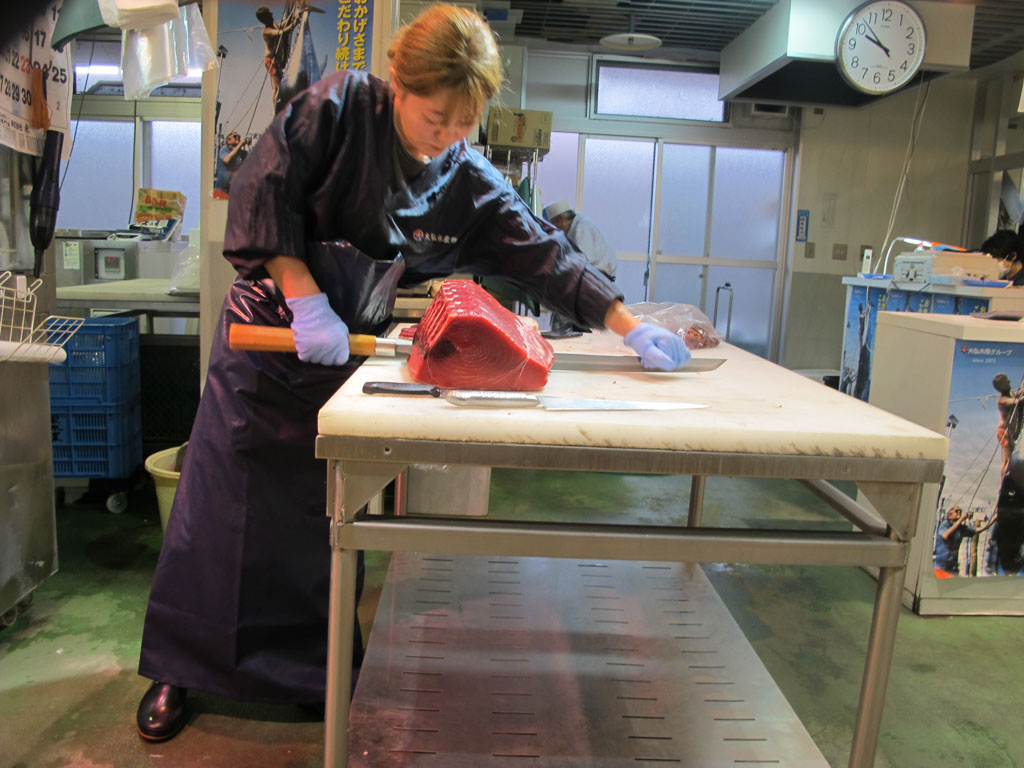
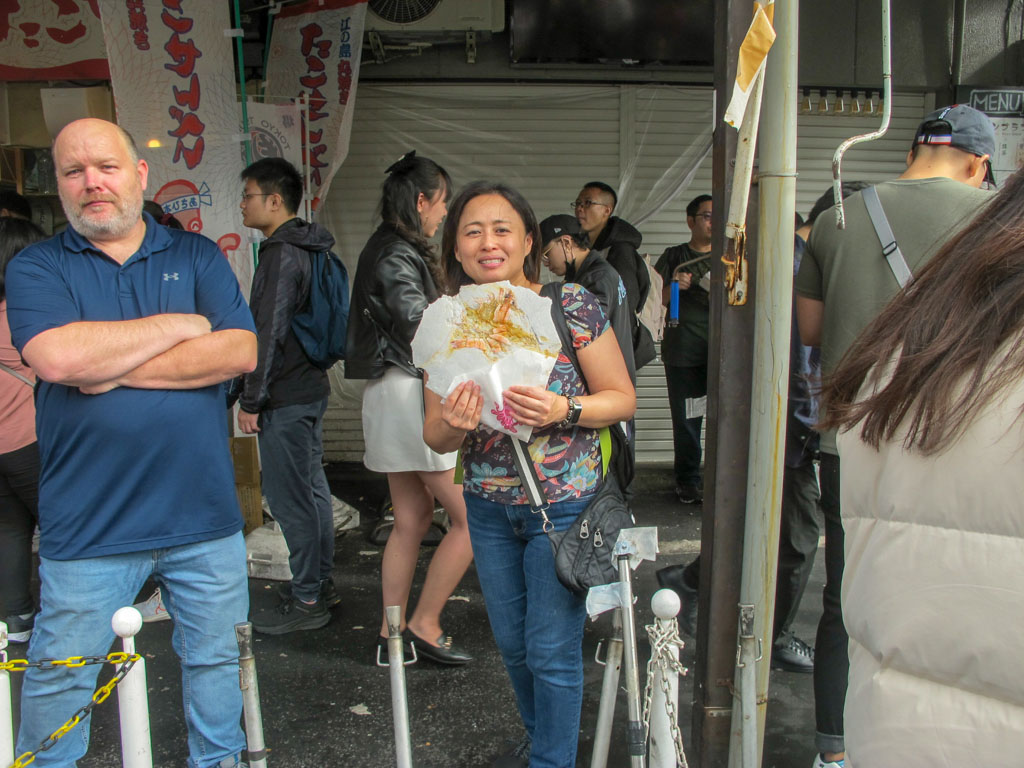
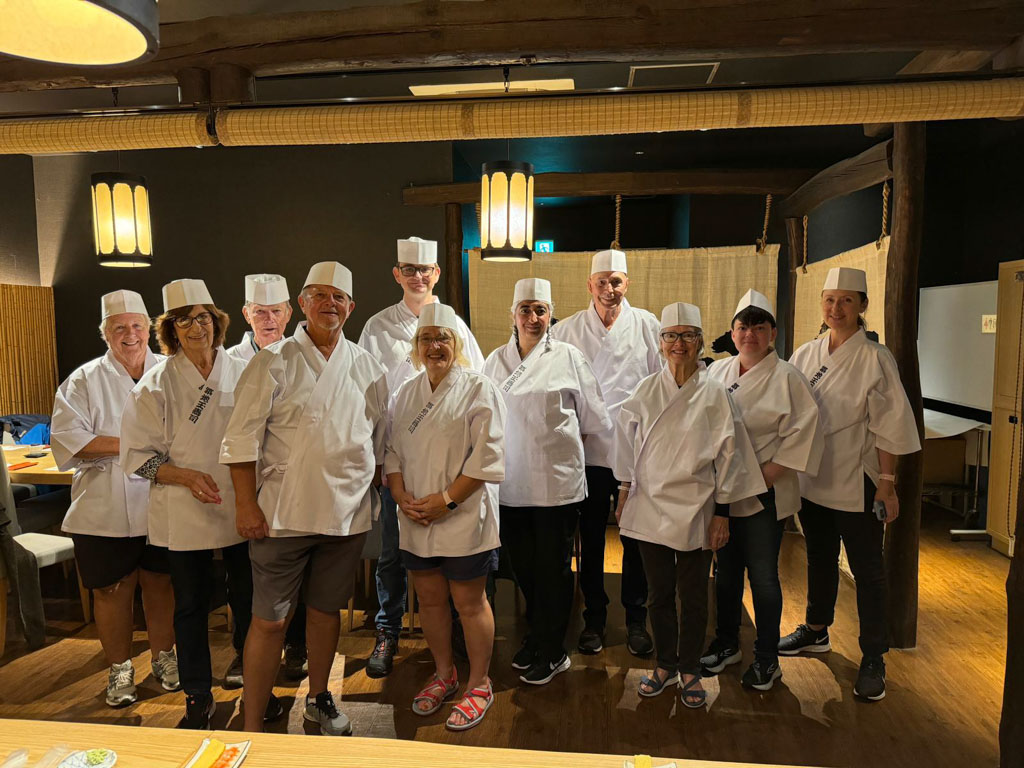
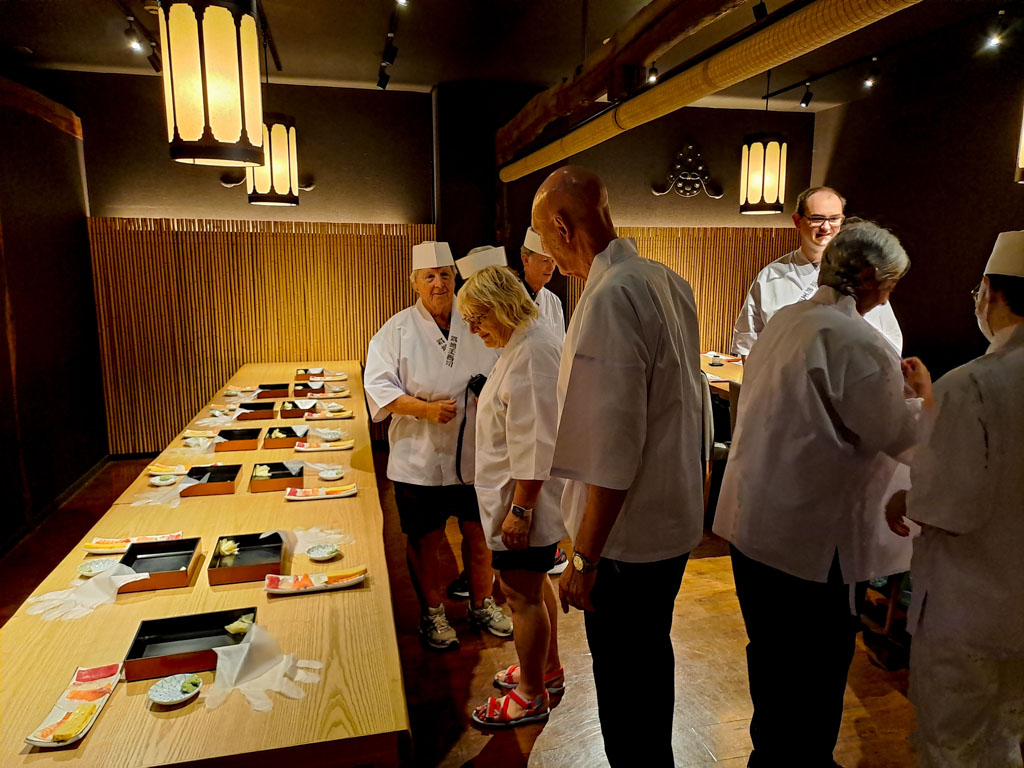
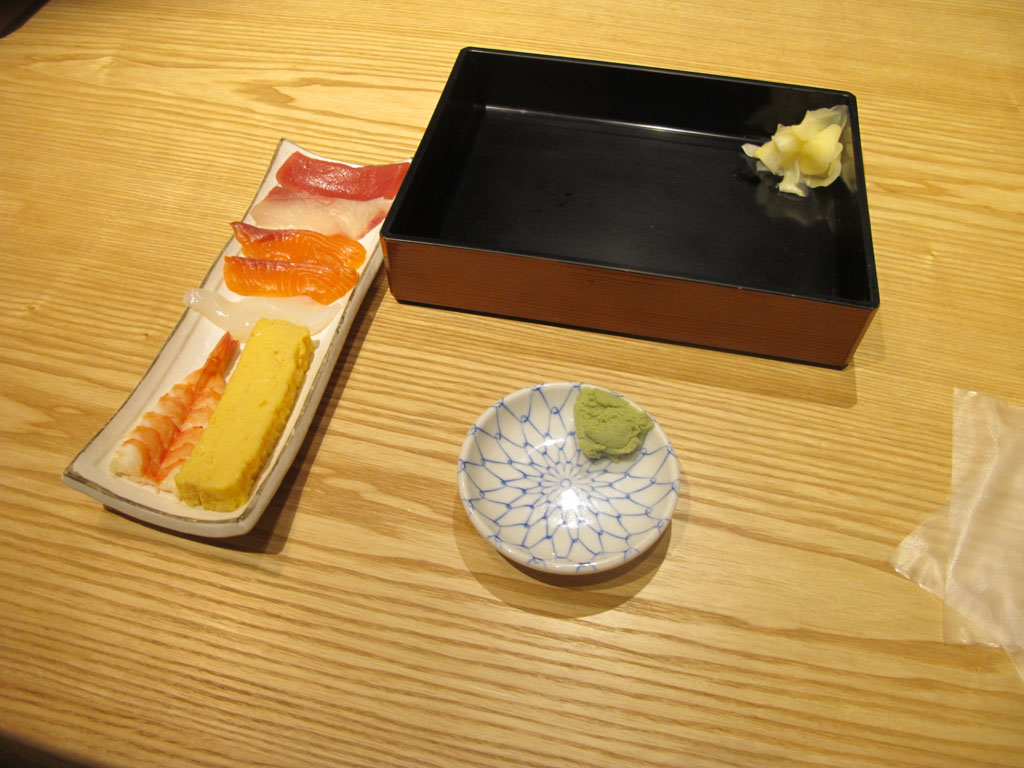
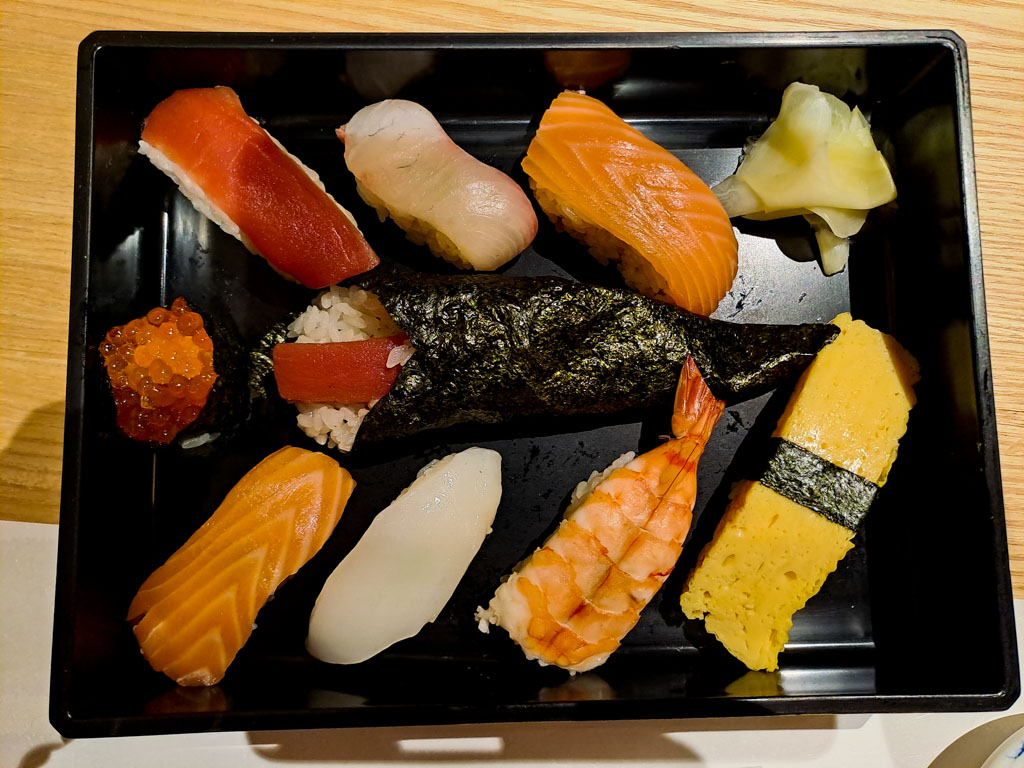
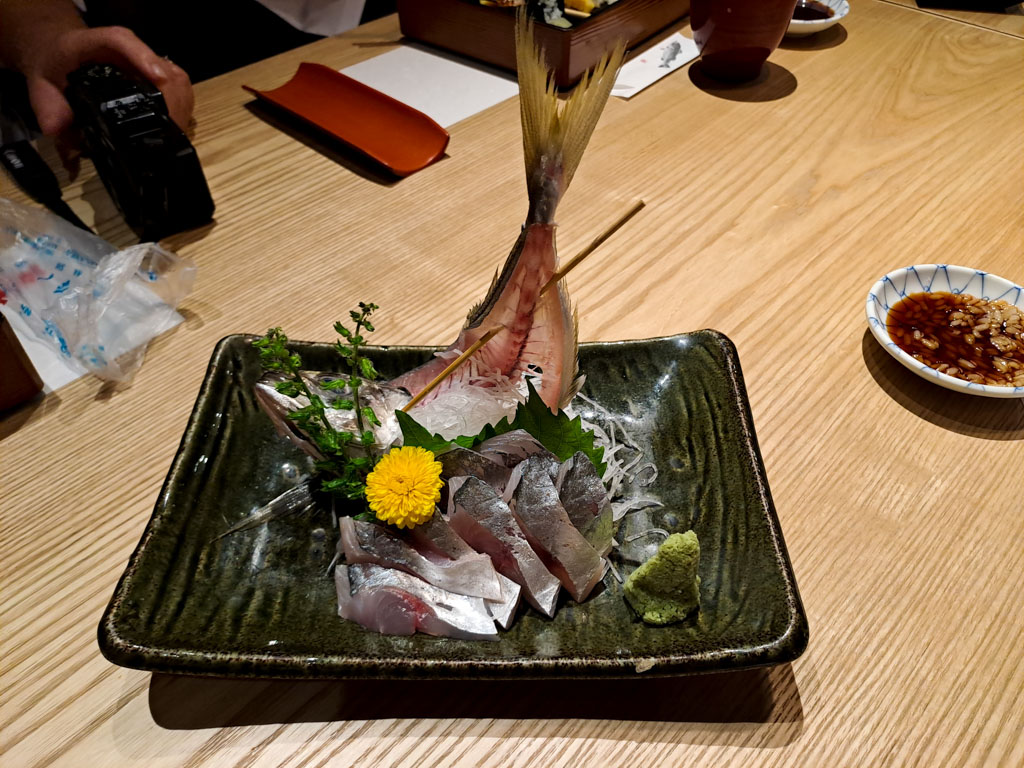
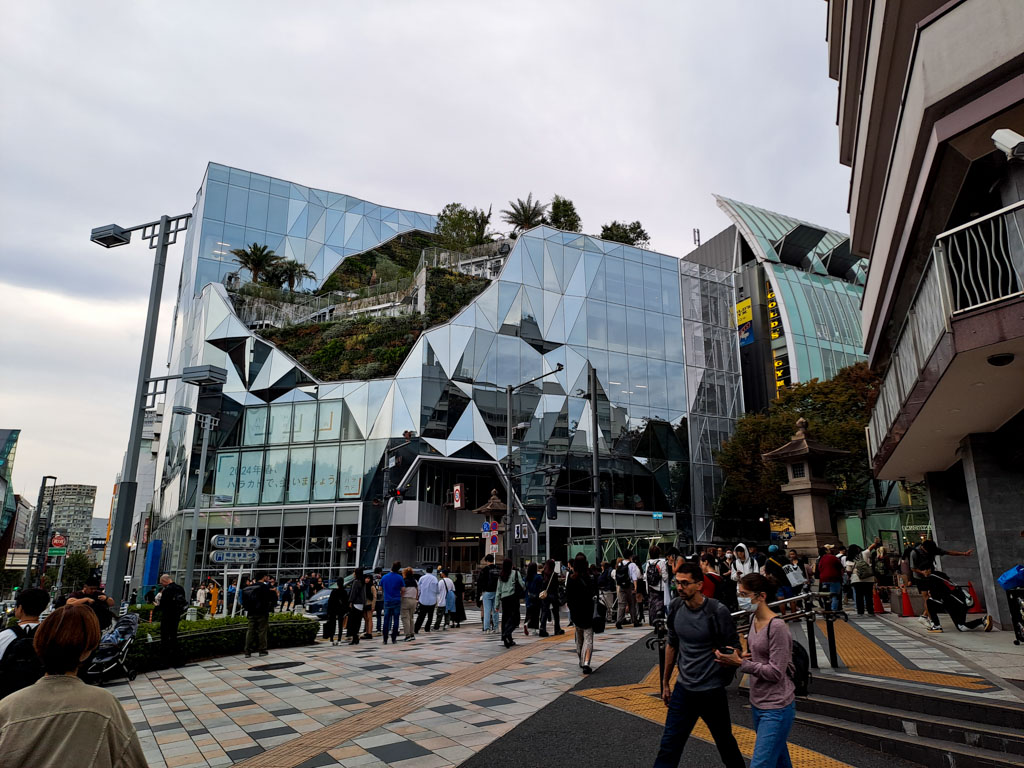
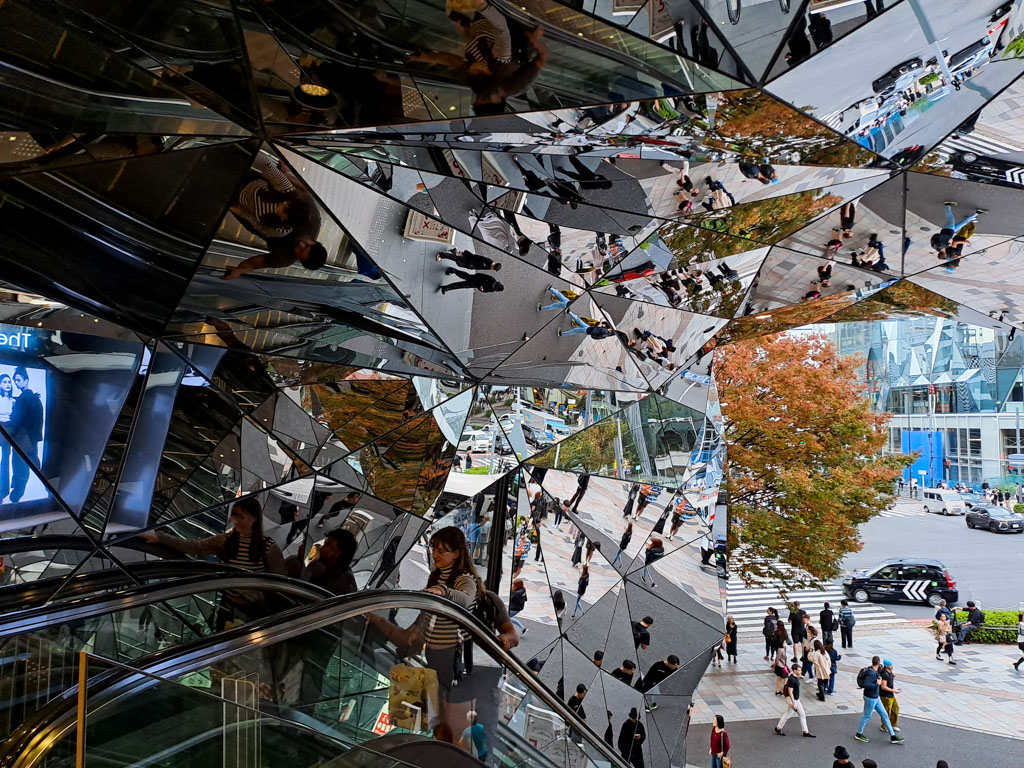
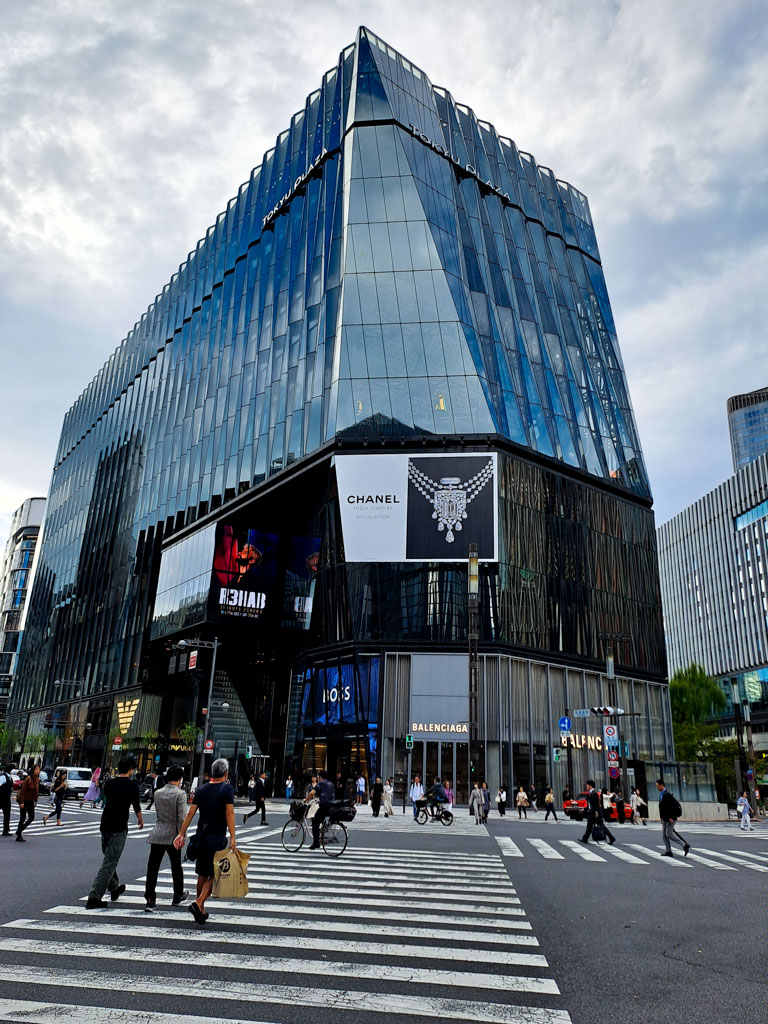
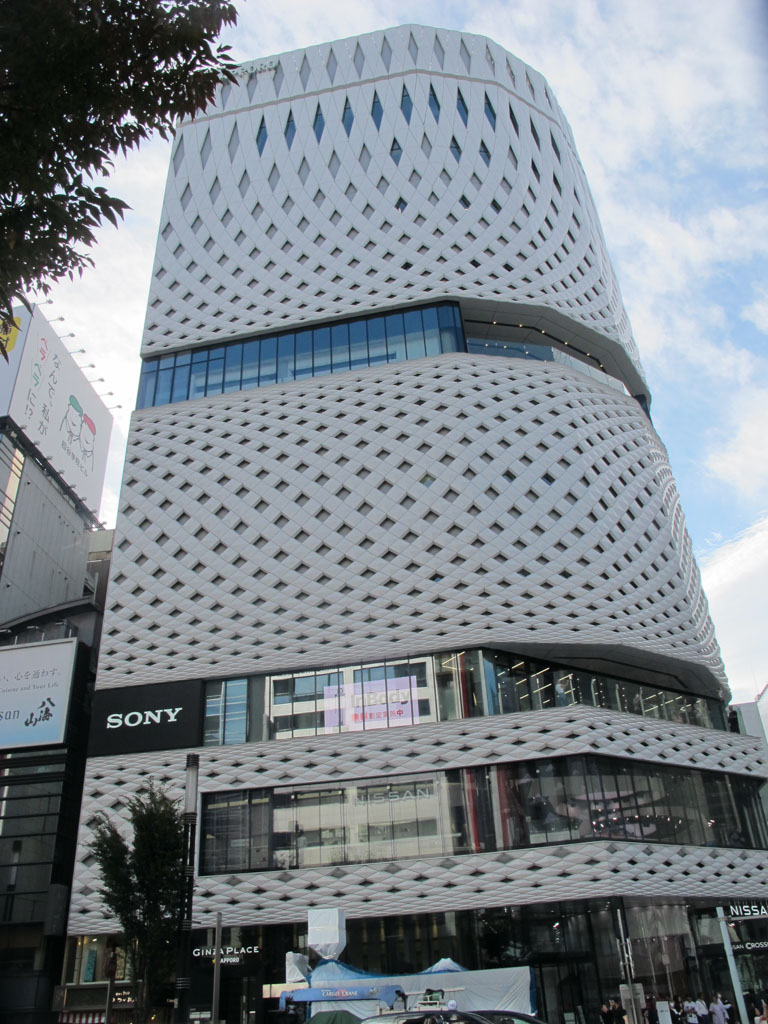
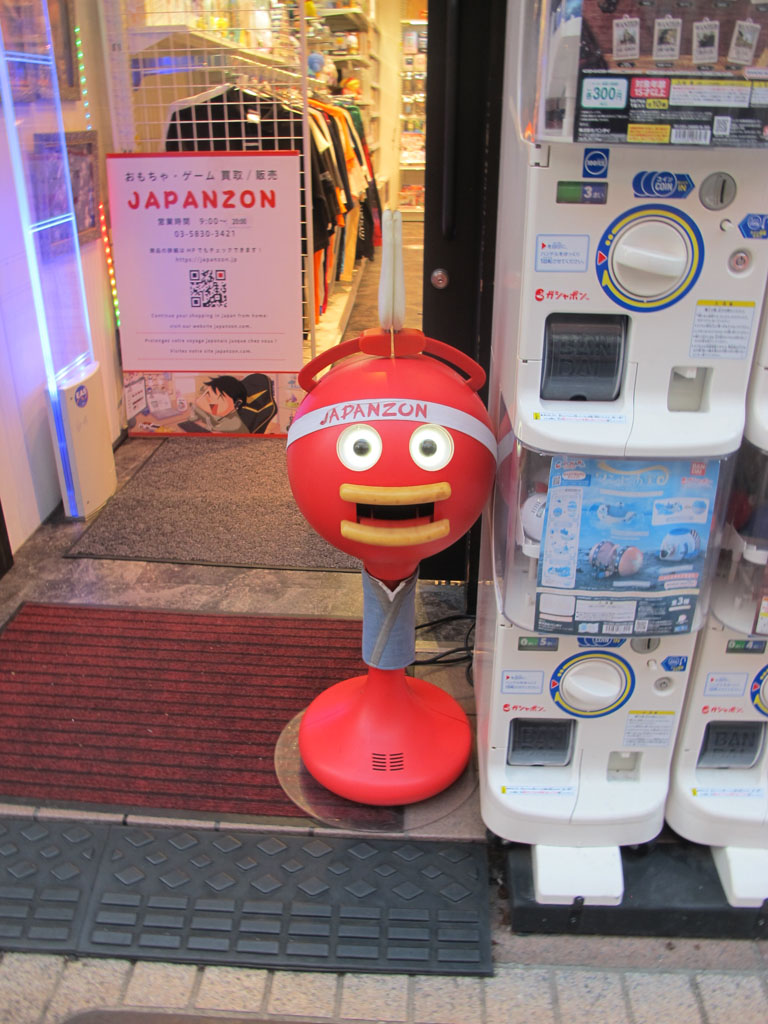
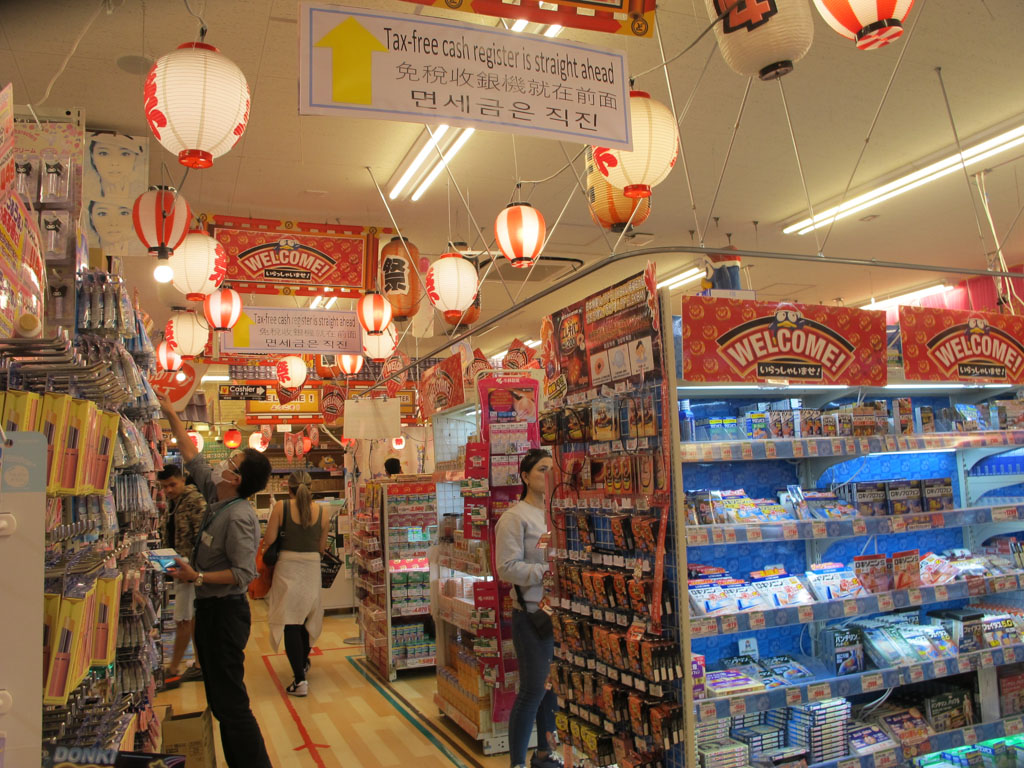
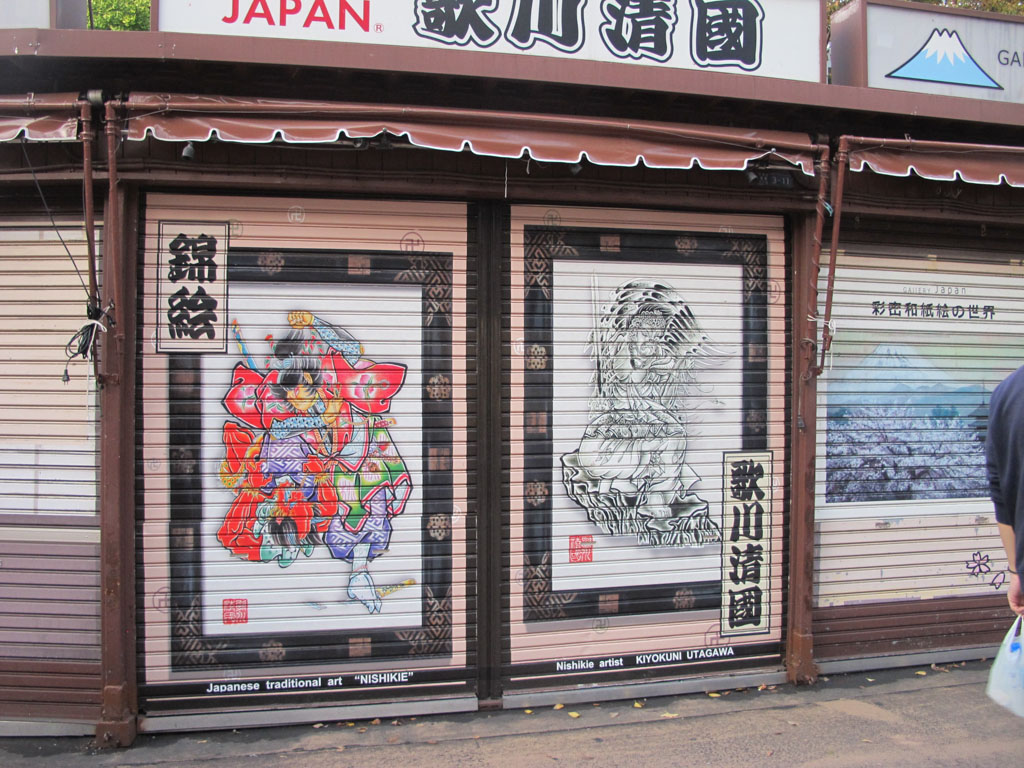
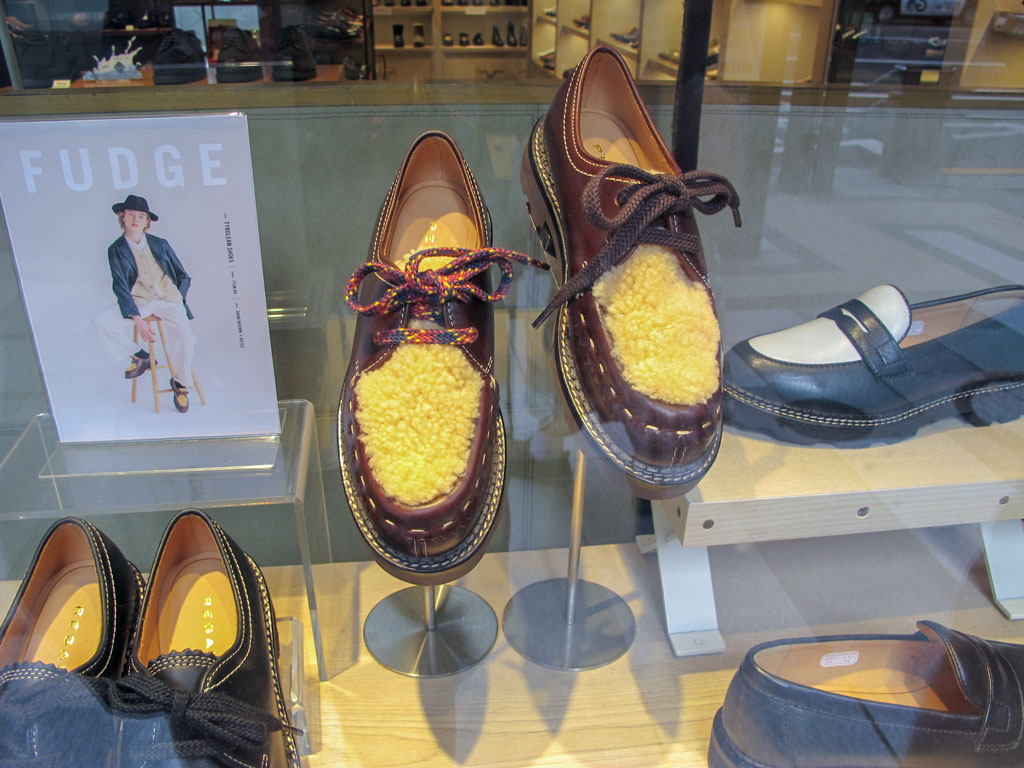
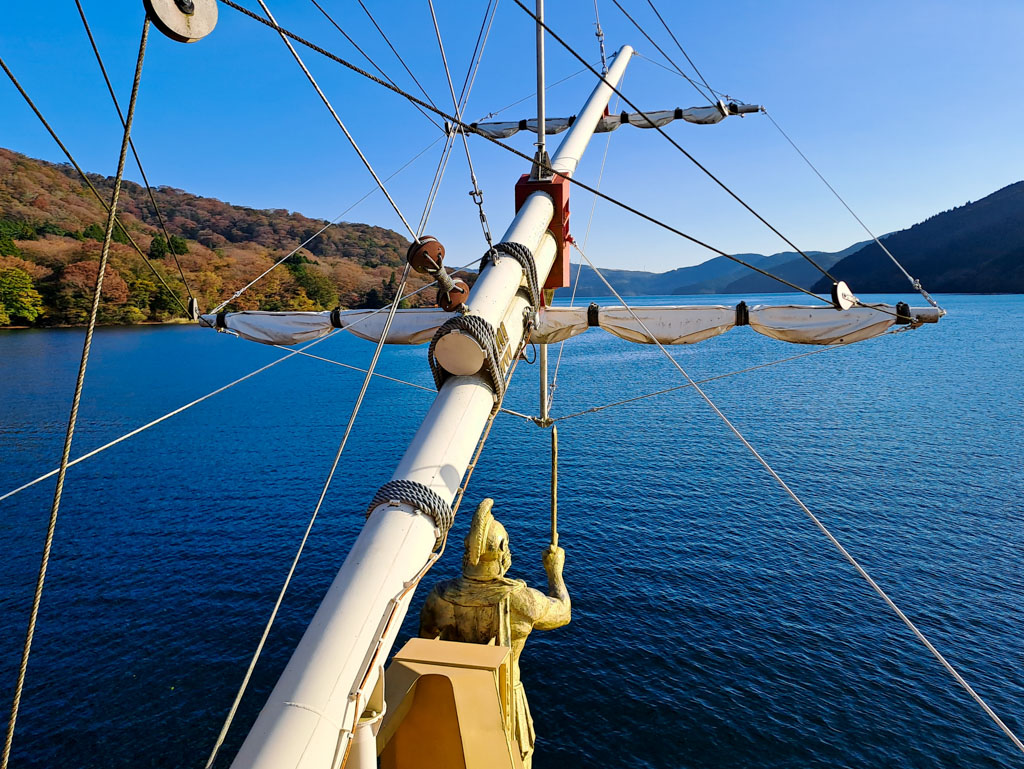
We got to the Tsukiji outer fish market about 9:30 and wandered along the stalls that were selling every manner of seafood you could imagine. The stalls were so colourful and interesting to peruse, although Neil had been to Tokyo's original fish market before it relocated and got there at about 5am so he could go inside the inner market to see the rows of over a hundred huge tuna and watch the auction of some of these, followed by their filleting, which was fascinating.
After the fish market we particioated in a sushi-making lesson. We all donned chef's apparel and were taught how to make each of the individual sushi using the special rice, nori (seaweed), fish, wasabi and vegetables. Our first attempts were a bit haphazard, but by the end I think even the most cack-handed of us put together some very presentable specimens, which we stored in a bento box. Then we got to eat our handiwork while enjoying a soft drink, beer or sake. This was a very enjoyable session and a good team-building opportunity as well as providing some fun as we struggled to make our photogenic creations.
Following our sushi class we went to Ginza, the upmarket part of Tokyo with all the classy stores. The property prices here are probably the most expensive in the world. Recently a plot here was valued at 42.7 million yen ($300,000) per square meter. The group split up and Sue and Neil visited a very nice shop selling authentic traditional japanese crafted products. Another group went separately to the Teamlab Planets exhibition. Shingo had helped them book it the day before. They too were wowed by the displays. After visiting there they went to a "robot cafe" for some food, which is served by robots. They weren't as bowled over as Jane McDonald was in her "Lost in Japan" TV series. The robot asked her where she came from and after she'd replied "Halifax" the robot said "Ah, Halifax is a most beautiful town in Yorkshire England with a poulation of 88,124"!
When we eventually got back to the hotel we packed our luggage, as it was going to be sent on to Takayama for a later part of our trip, and left it in reception. Then we took a trip to Don Quijote to look for Kit Kats as per Andrew's suggestion. We found quite a few on the ground floor, then went exploring. It is a strange store with everything from the cheapest trinkets to upmarket perfume and electrical goods. The floors are maze-like and it was quite easy to get separated and spend minutes trying to find each other. We went to the hotel bar later on for a drink then had a meal with Maria and Bill, Judith and Mike in the restaurant.
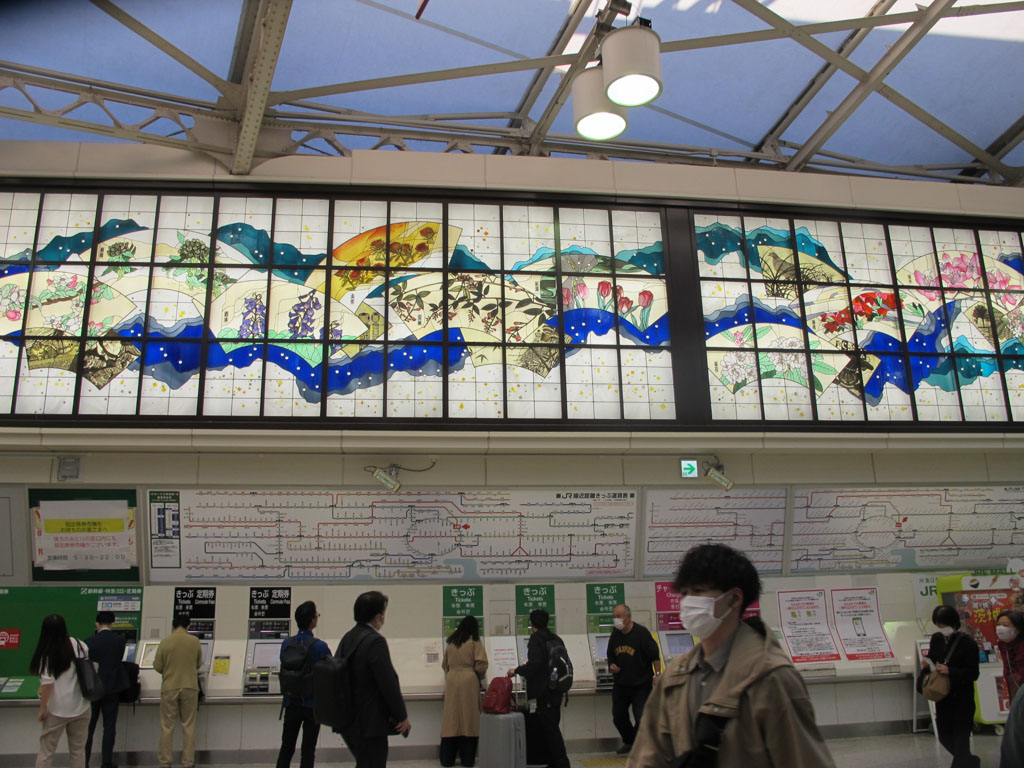
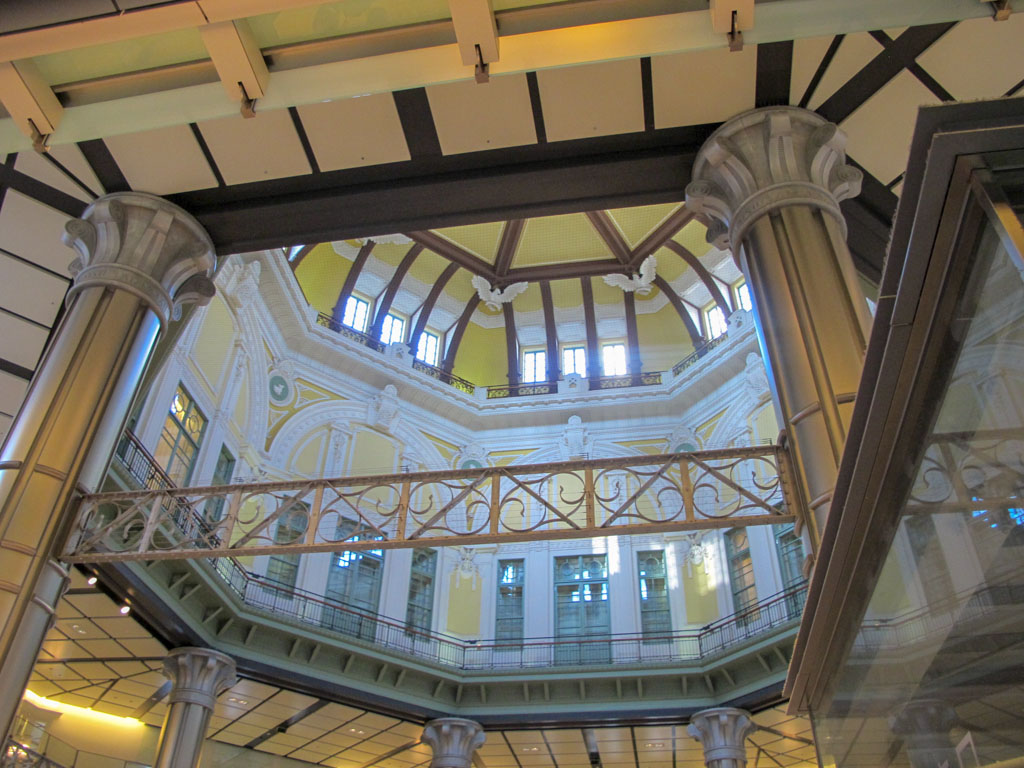
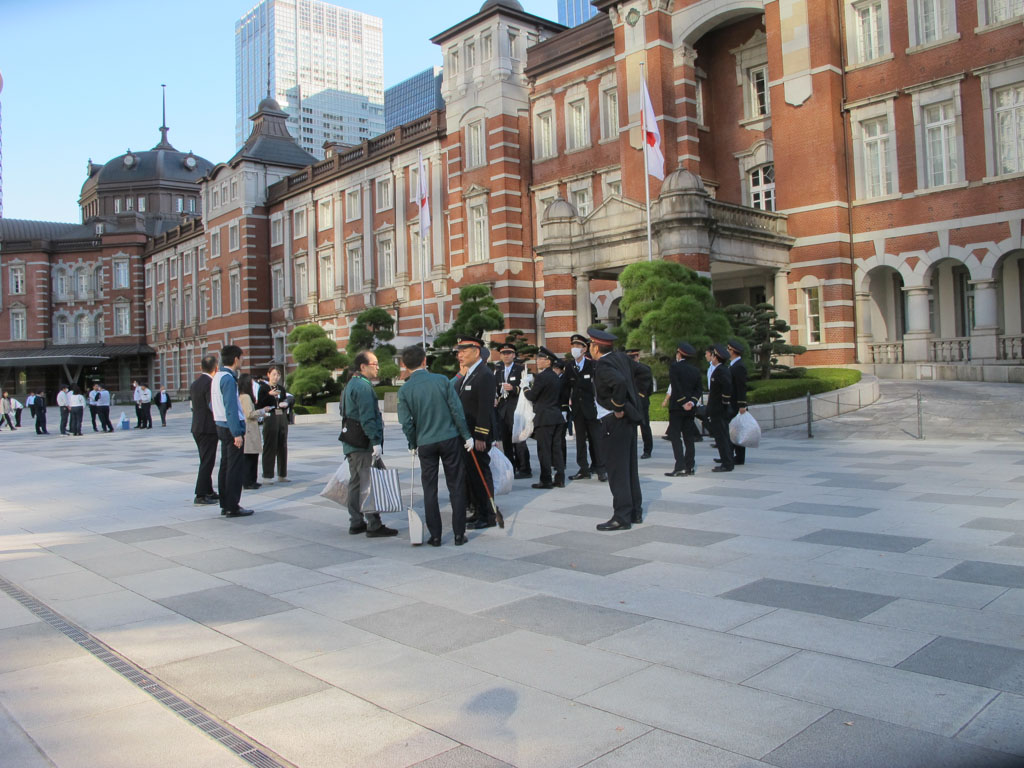
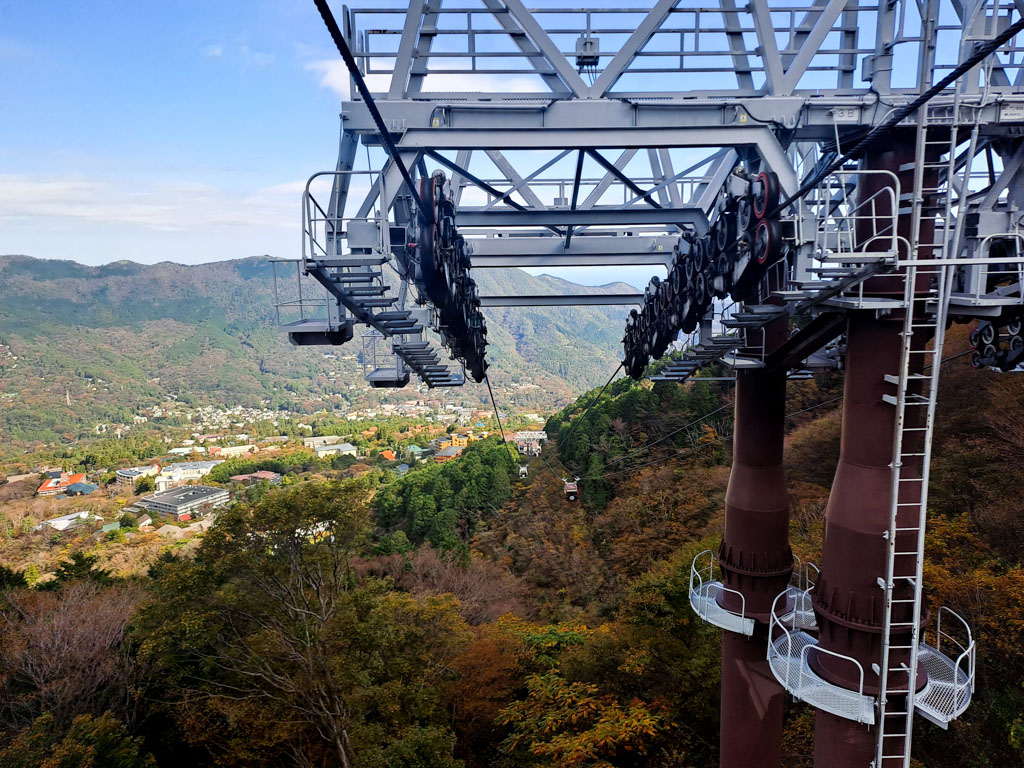
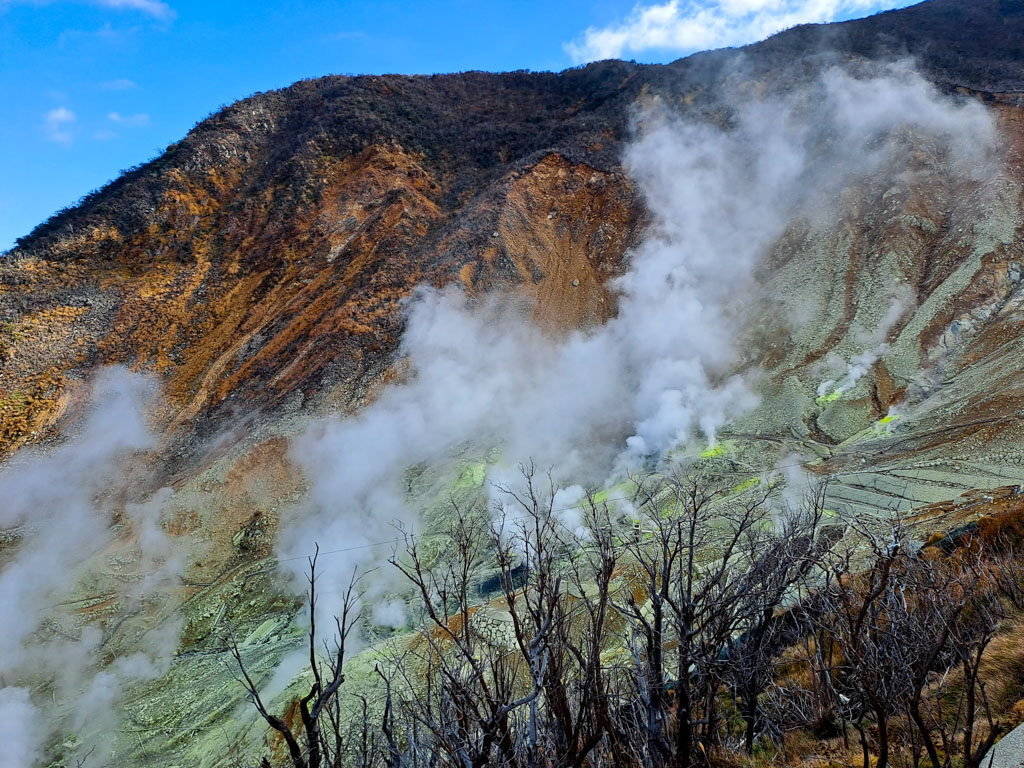
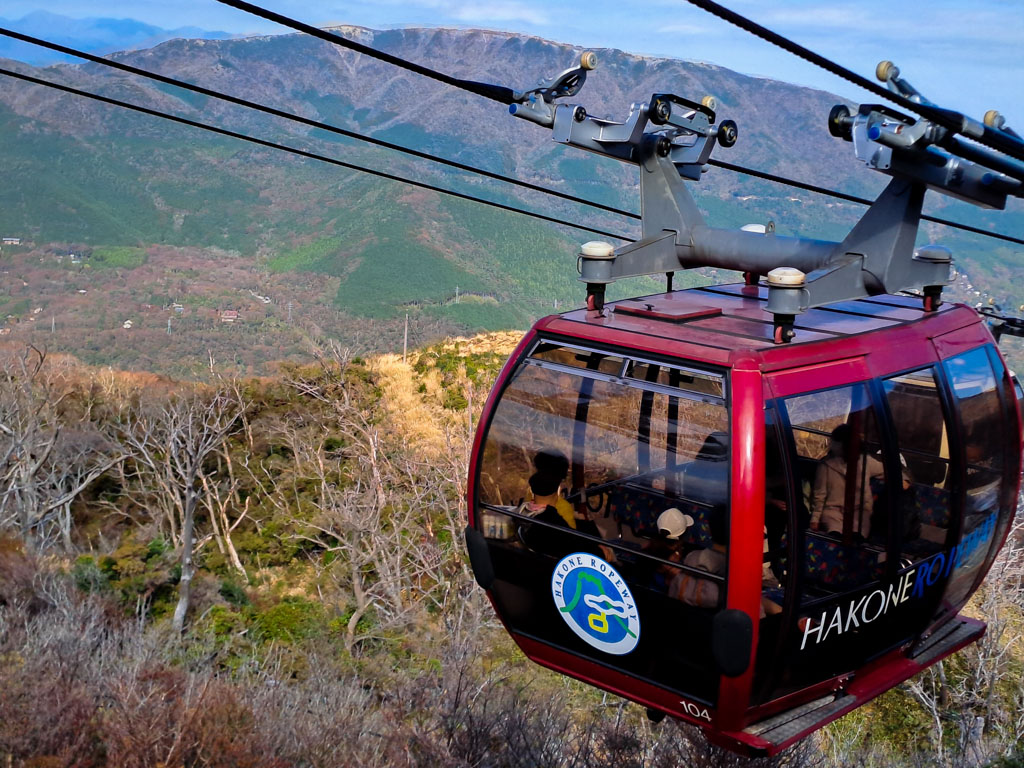
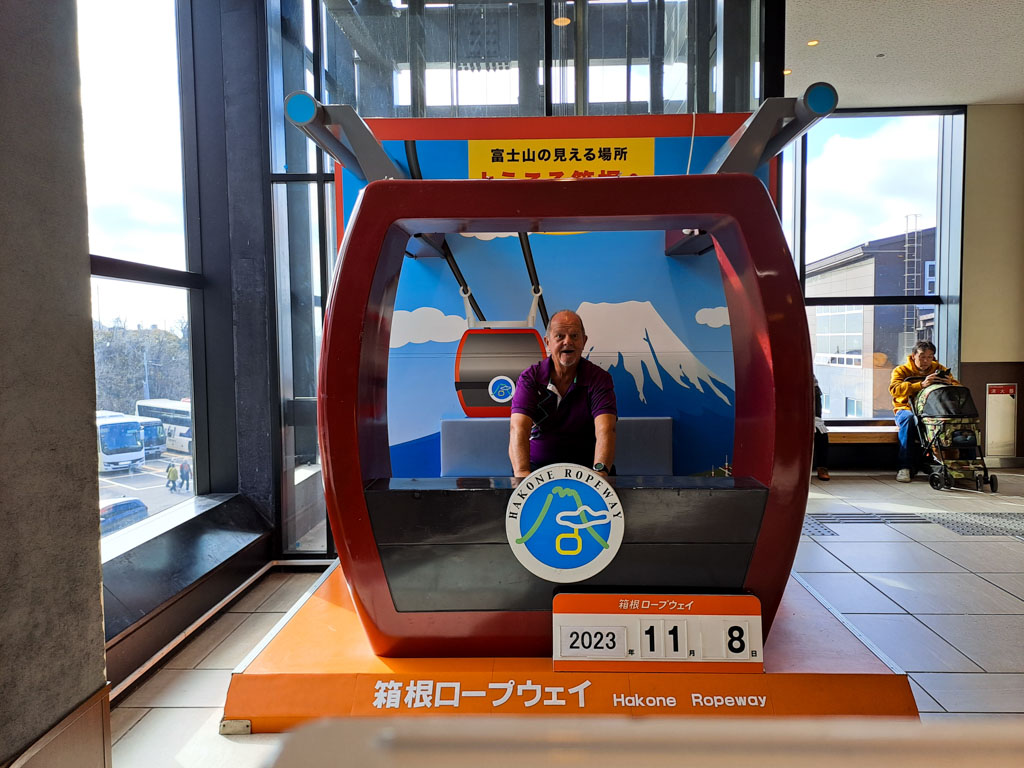
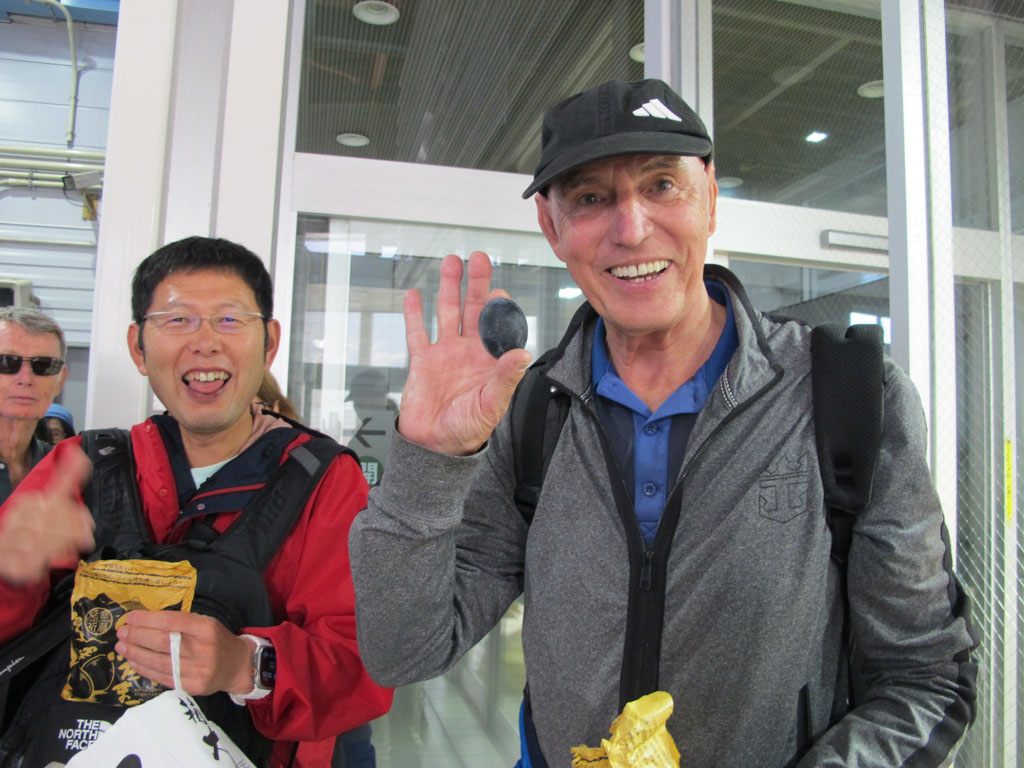
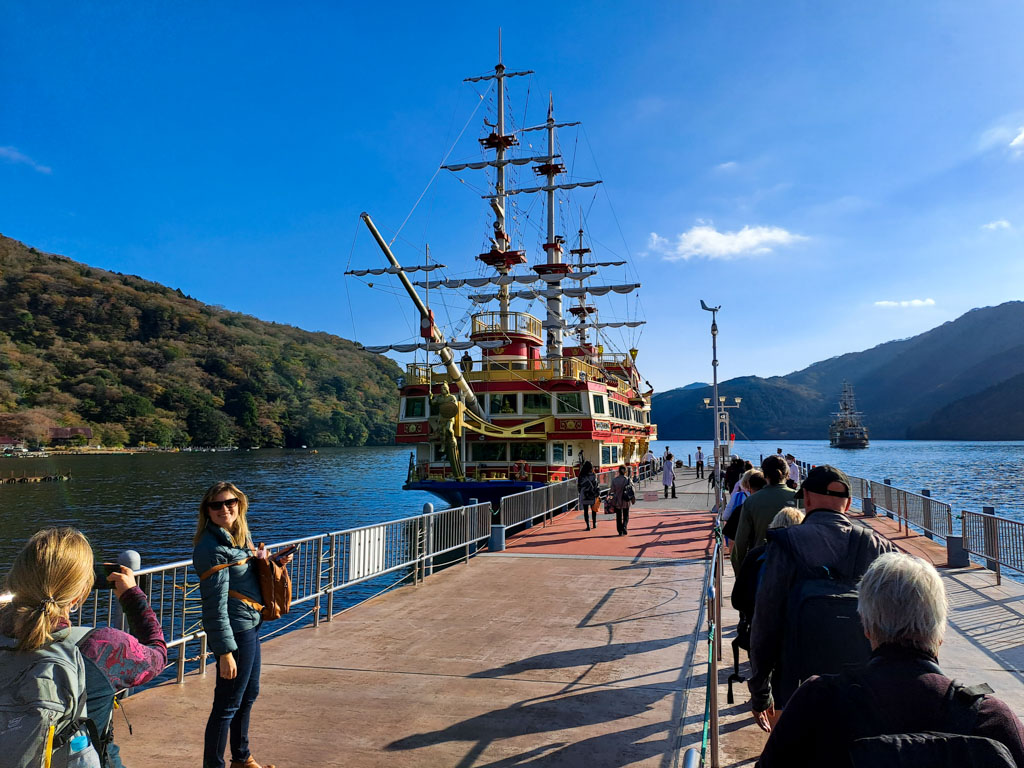
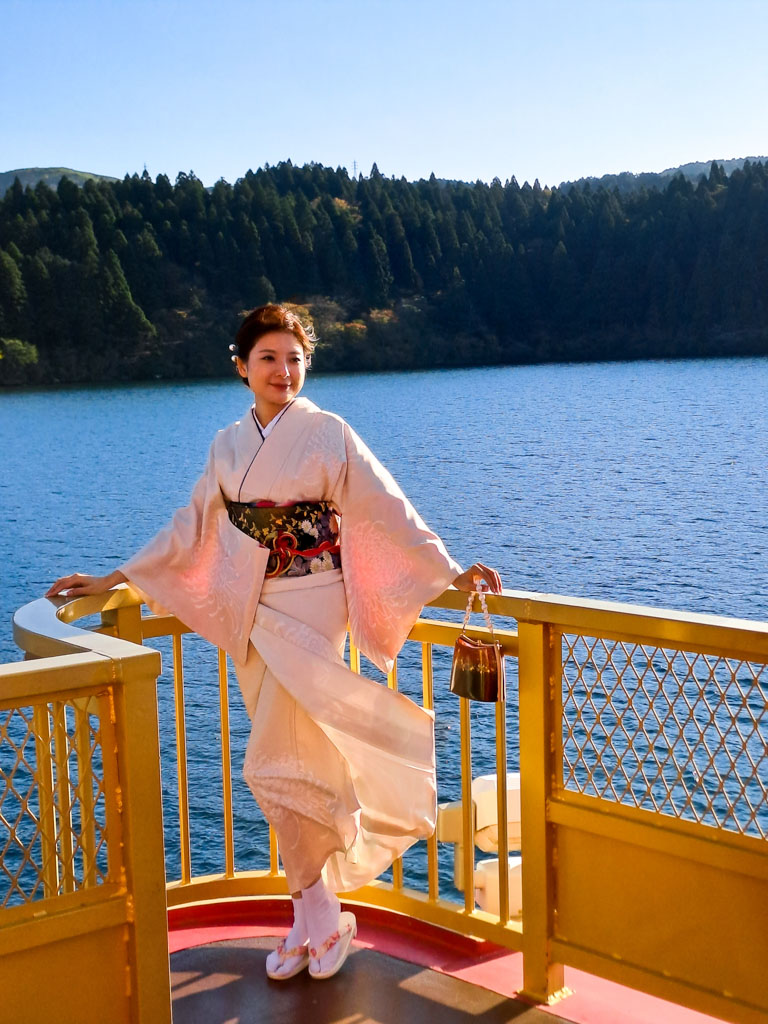
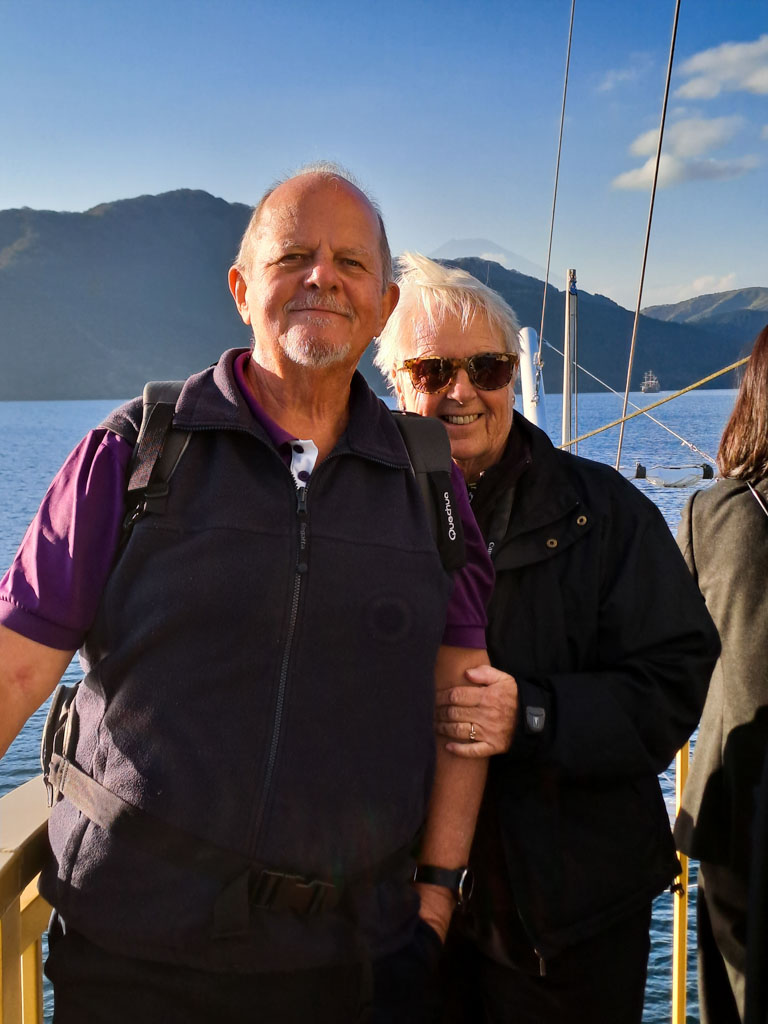
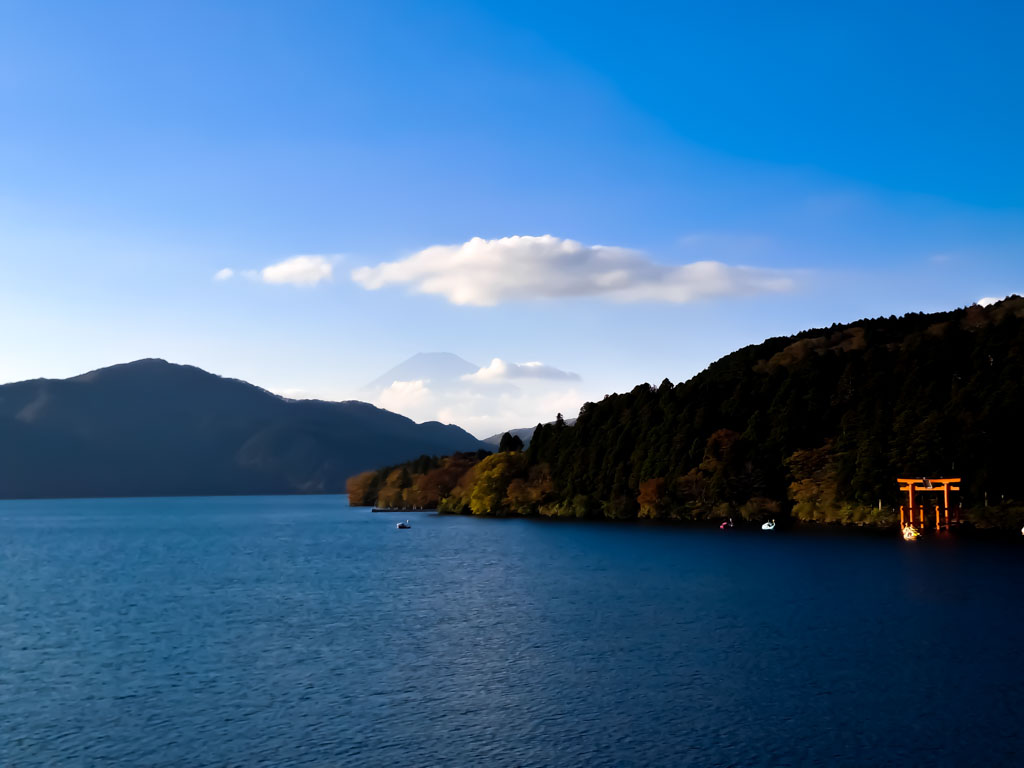
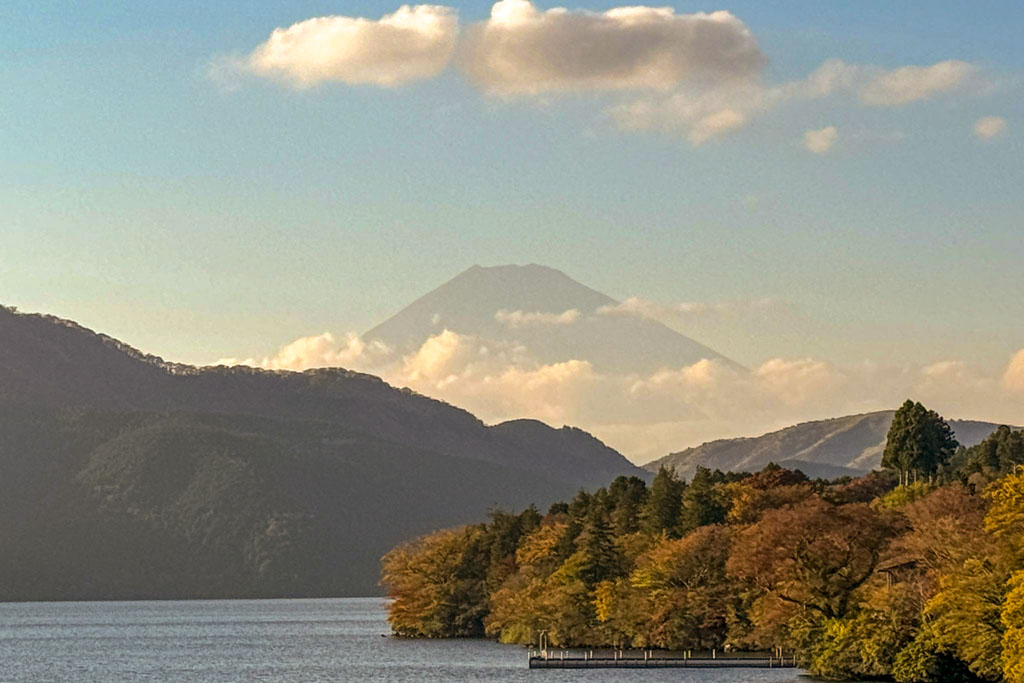
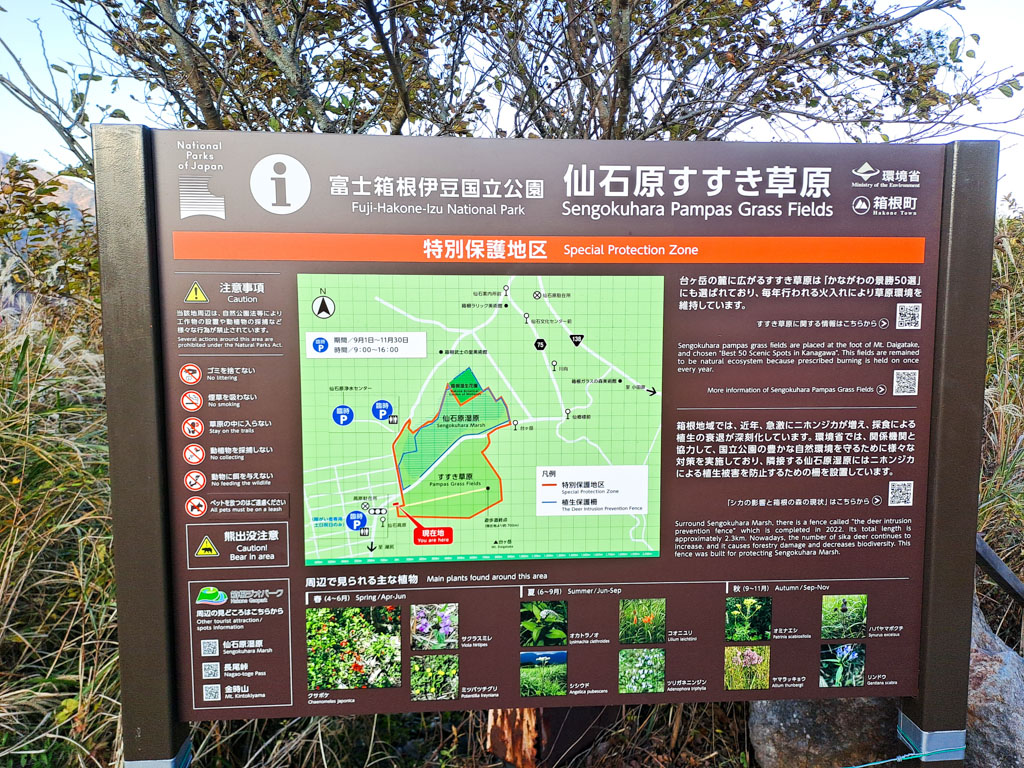
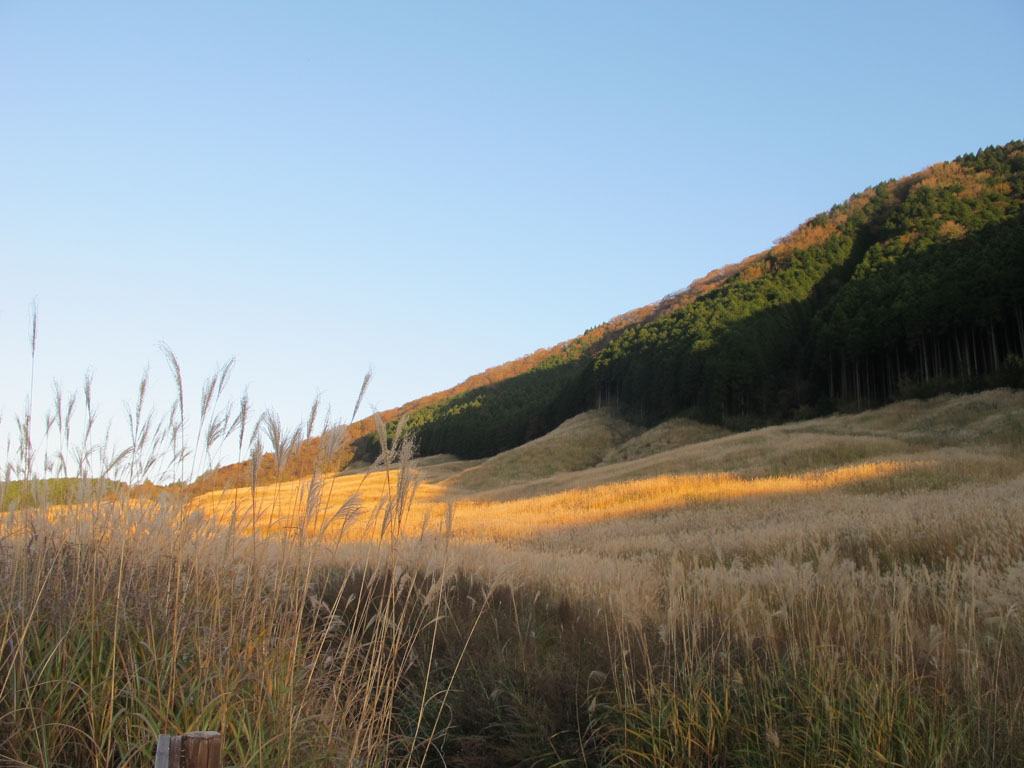
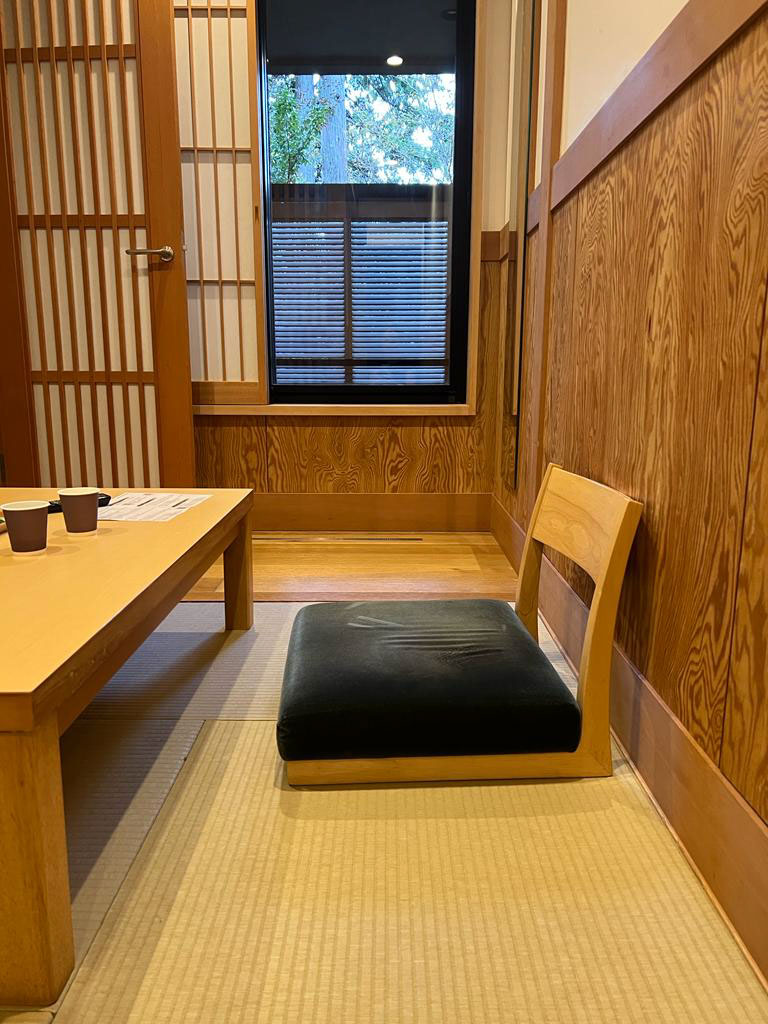
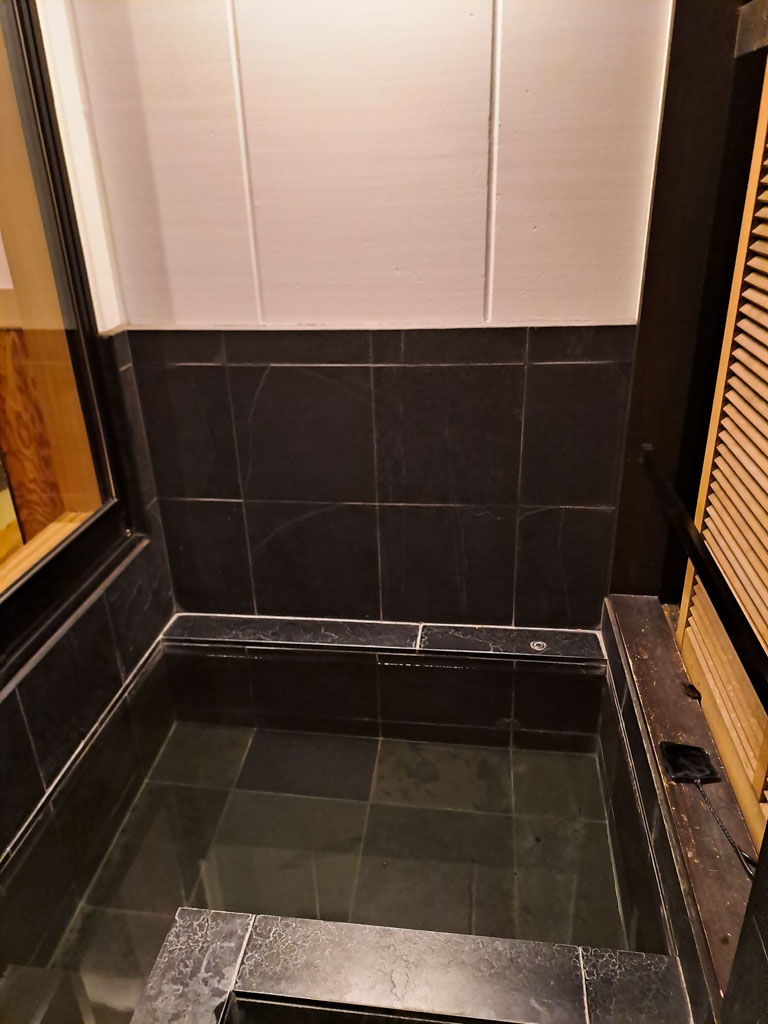
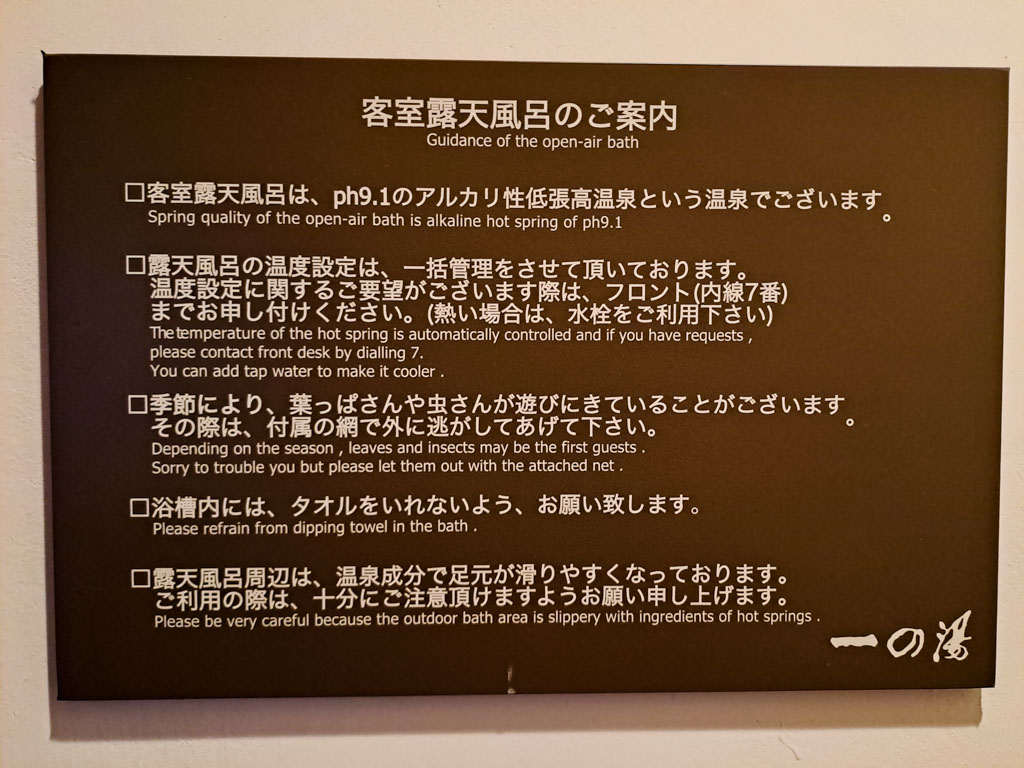
A lot of travelling to be done today. We used the following modes of transport:
We had about 40 minutes wait at Tokyo station so we decided to pop outside. The front of this ultra-modern station looks like it was built to Victorian specifications. While outside saw what looked like a brass band without any implements. The members were dressed in full uniform looking proud with their white gloves, brass buttons, badges and epaulets. Shingo informed us that this was actually the cleaners who were waiting for orders on where to clean today!
For may of us this was our first experience of the shinkansen. Shingu got us all reserved seats and the ticket shows which compartment you will be sitting in, which row and which seat. You look along the platform for a marker which indicates where your coach will stop. There are usually 2 markers, one for low-numbered rows and one for high-numbered ones. You then get into the queue delineated by lines on the platform and when the train stops it does so exactly in front of you. Like all the trains in Japan it is so clean and efficient. The Shinkansen has to run exactly to schedule since bullet trains going in the same direction can only pass in stations, so if one is delayed they are all delayed.
We'd been travelling along at 200 miles per hour when suddenly Mt. Fuji appeared on the right-hand side of the train, unfortunatel we were on the left but it was still a spectacular sight. When we reached Odawara we changed transport and eventually made it to the Owakudani cable-car station, which is perched above sulphurous steam vents. Here we had a bit of lunch and a wander round before descending to Togendai station next to lake Ashi. Here Shingo bought tickets for the "pirate ship" that sails the length of the lake and back. Jean, Martin and ourselves paid a bit extra to upgrade to first-class and found it a more pleasant experience with less crowding.
We had a pleasant hour or so traversing the lake, which has a torii gate built into the water. Neil checked his Google Maps and realised that looking backwards it was possible to see a faint Mt. Fuji towering over the nearby moutains - brilliant.
We then took a bus to a spot 10-minutes walk to our next hotel the Susukinohara Ichinoyu ryoken. Here we looked at the Sengokuhara Pampas Grass Field. that this area is famous for for then walked to our hotel. The ryokan really was lovely, our room had its own private onsen (bath), unfortunately it also had chairs with no legs, a table just a few inches off the ground and a futon with a mattress-topper instead of a mattress. The latter didn't do much to ease our aches and pains at the end of the day, but it was an experience nevertheless. Talking of experiences Sue took advantage of the public onsen that the ryokan had to offer. It was segregated according to gender and a stipulation was that you had to be naked to enter. She loved it. Neil made do with the one in their room.
We all had a Japanese meal in the restaurant that evening, which was quite interesting. One element appeared to be a savoury custard that was quite yummy, though several of our party would have preferred a "Bigu Macu" instead. After that it was another soak in the private onsen before bed, or should I say futon.
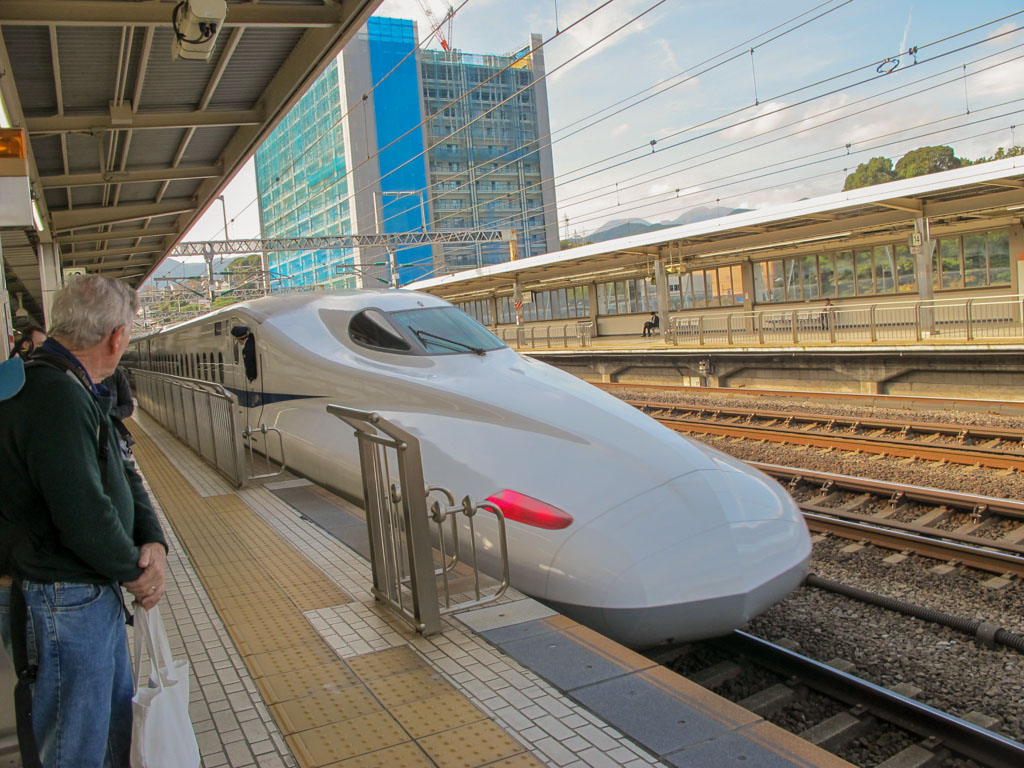
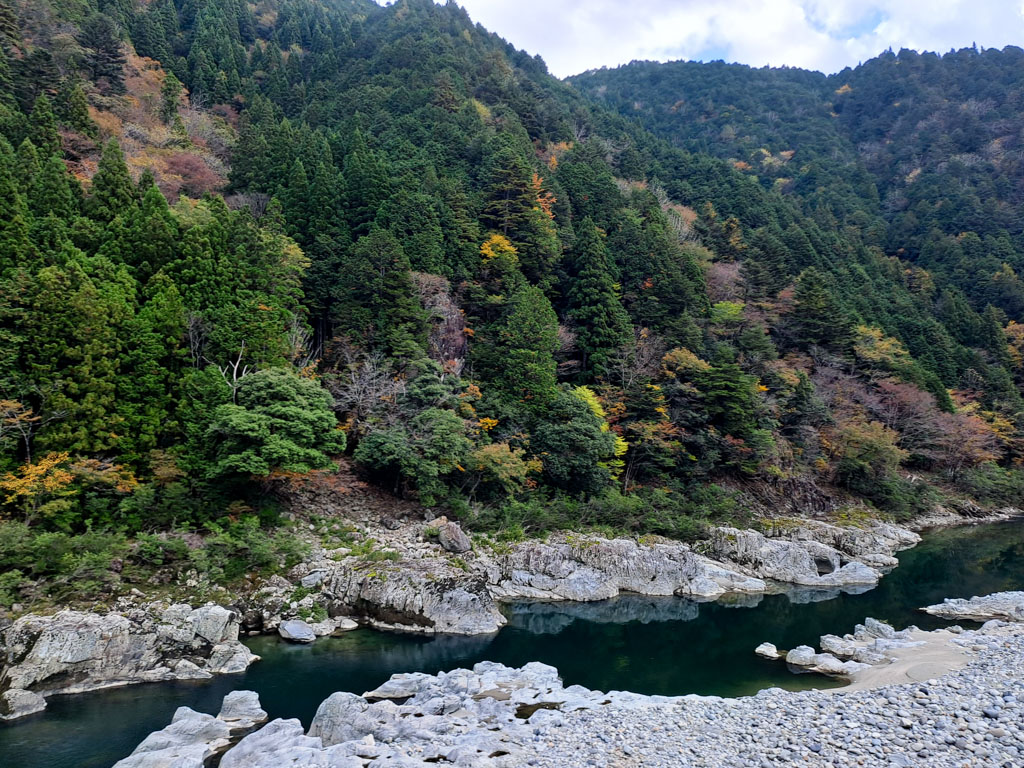
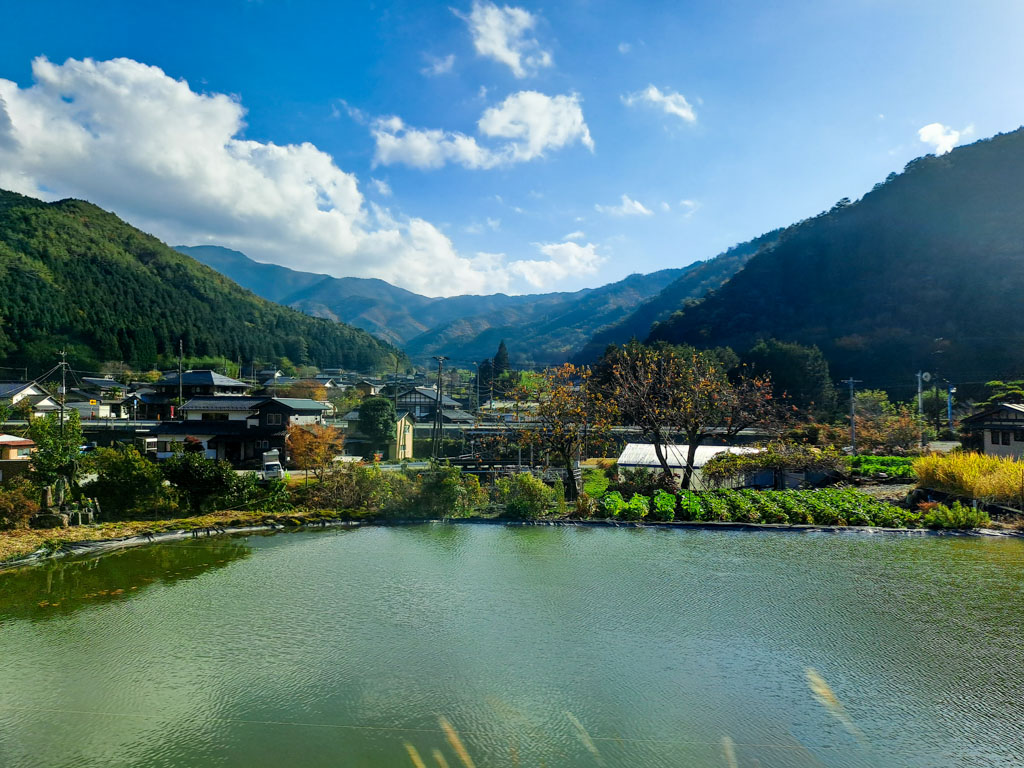
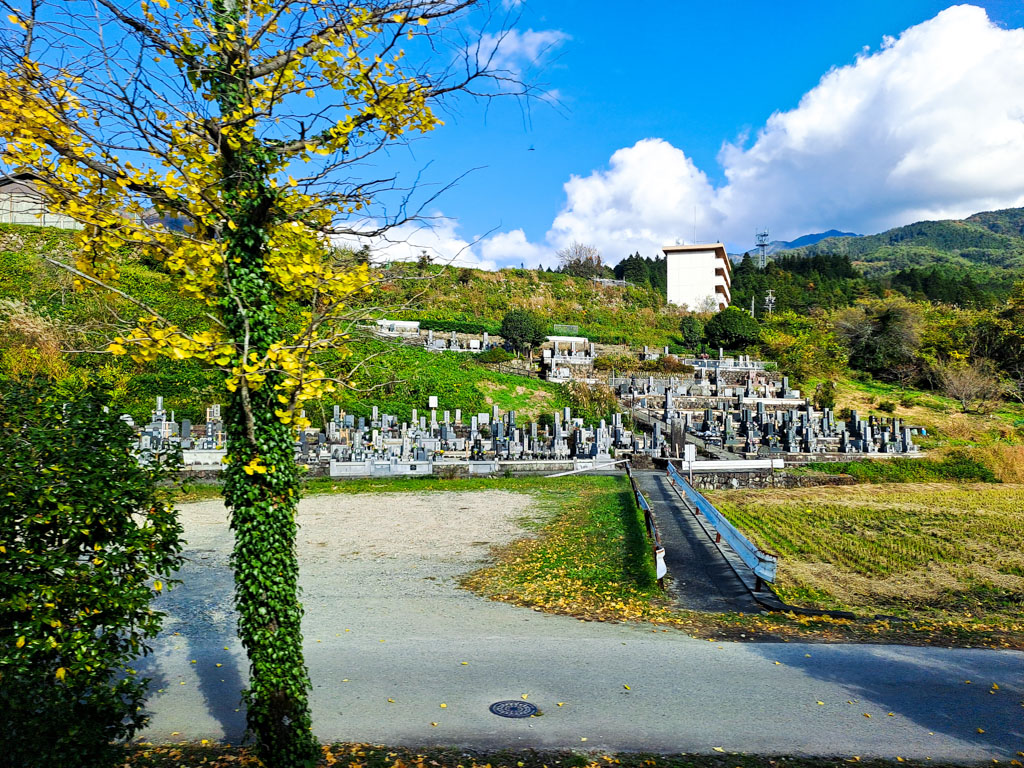
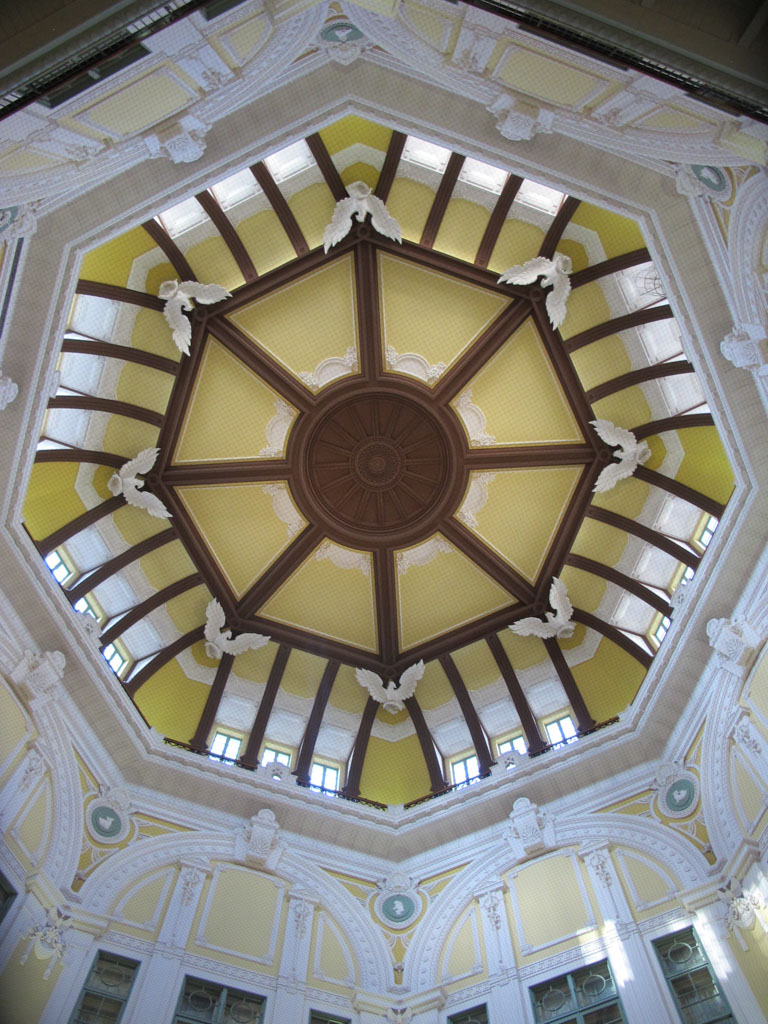
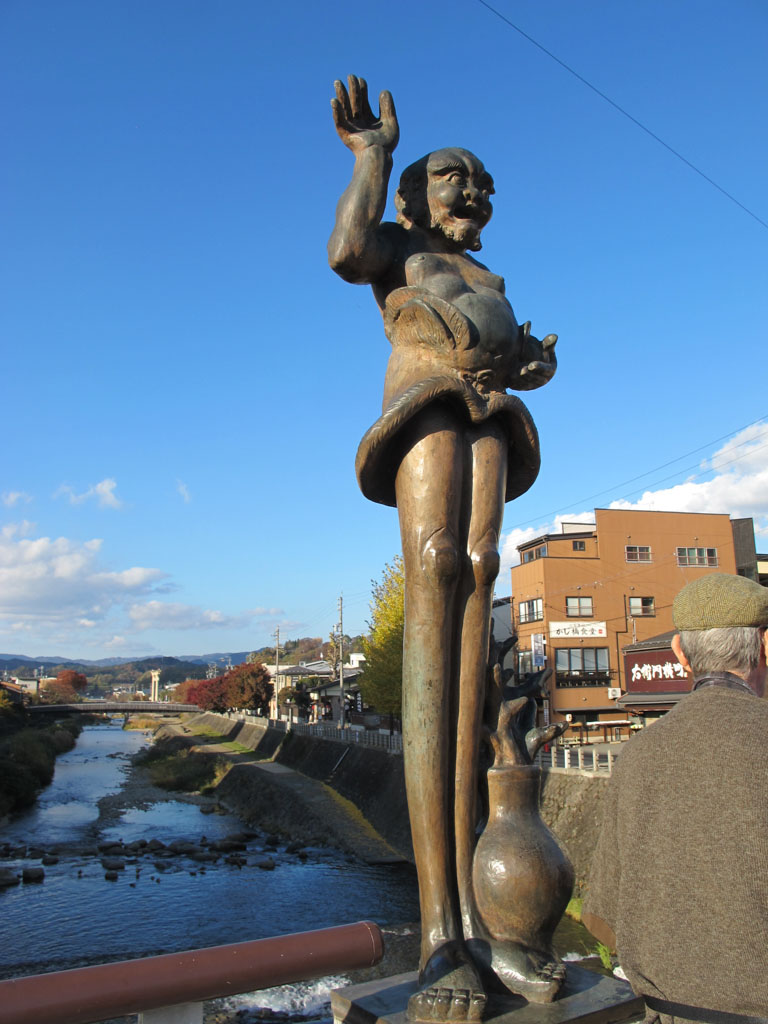
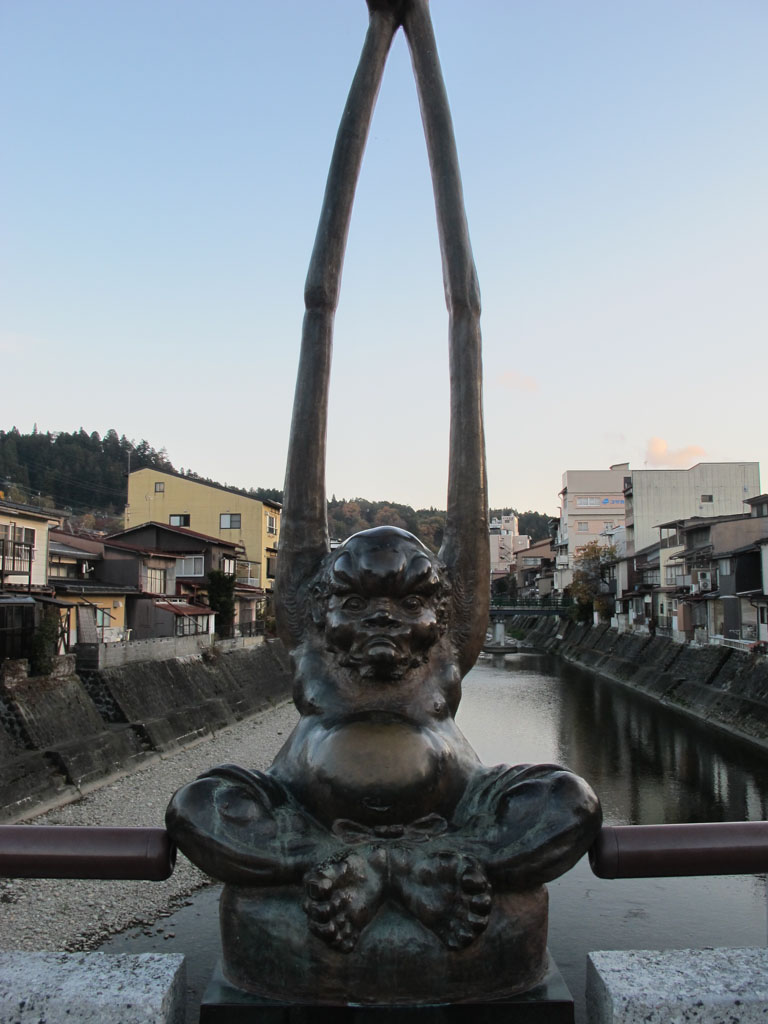
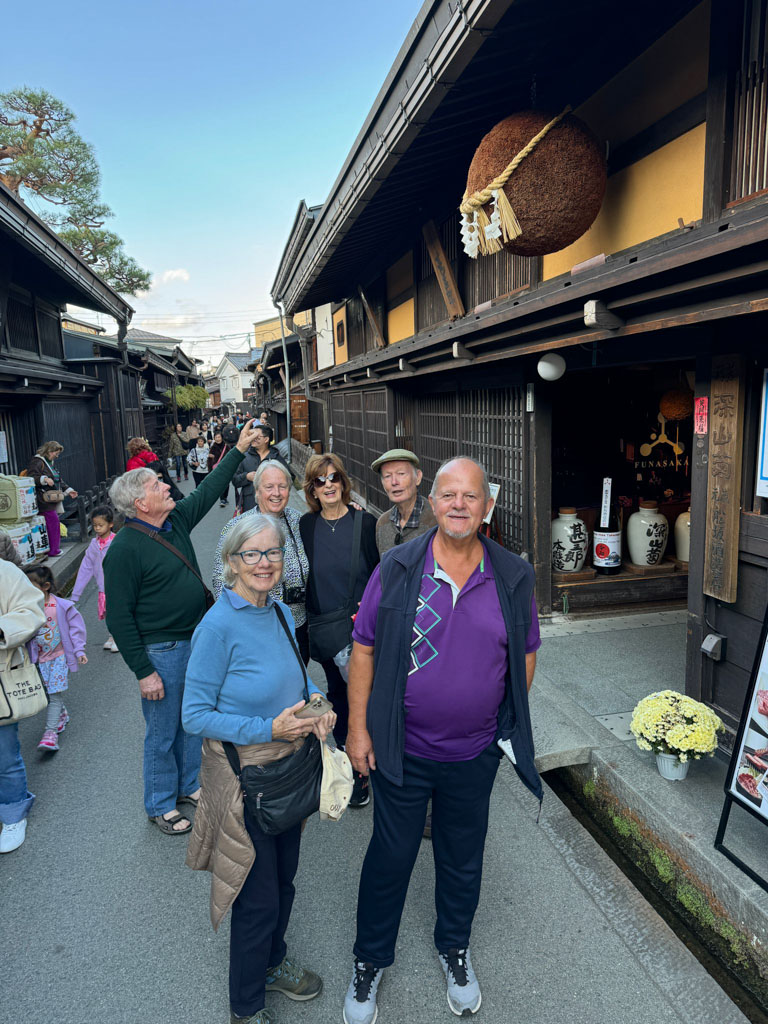
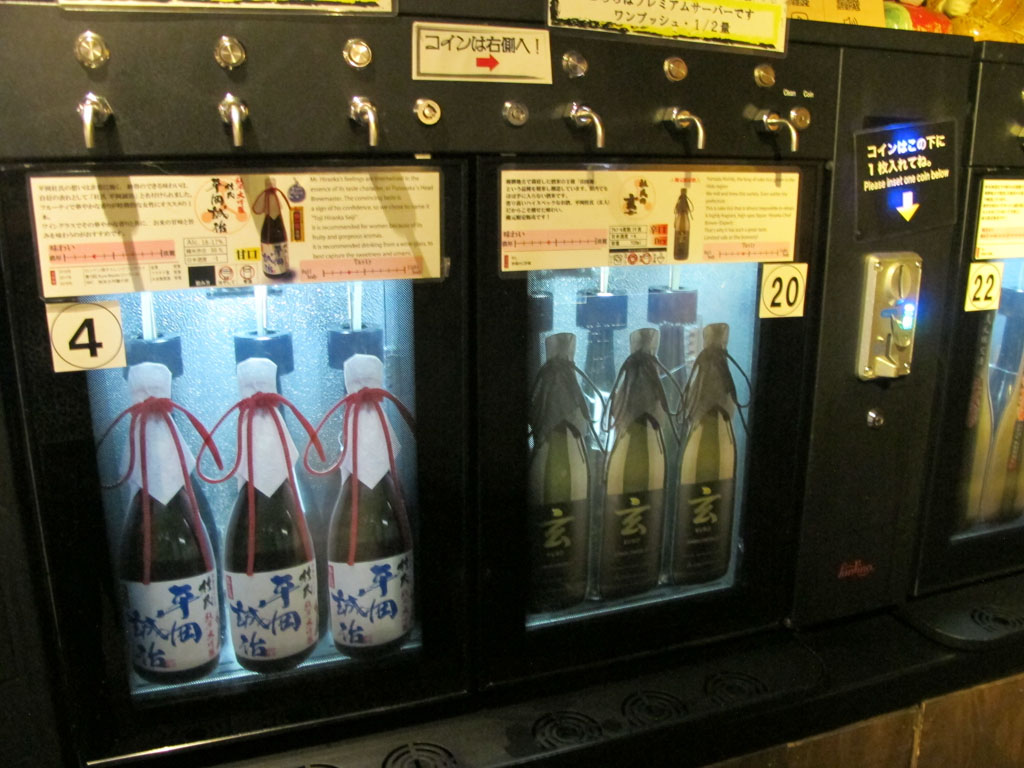
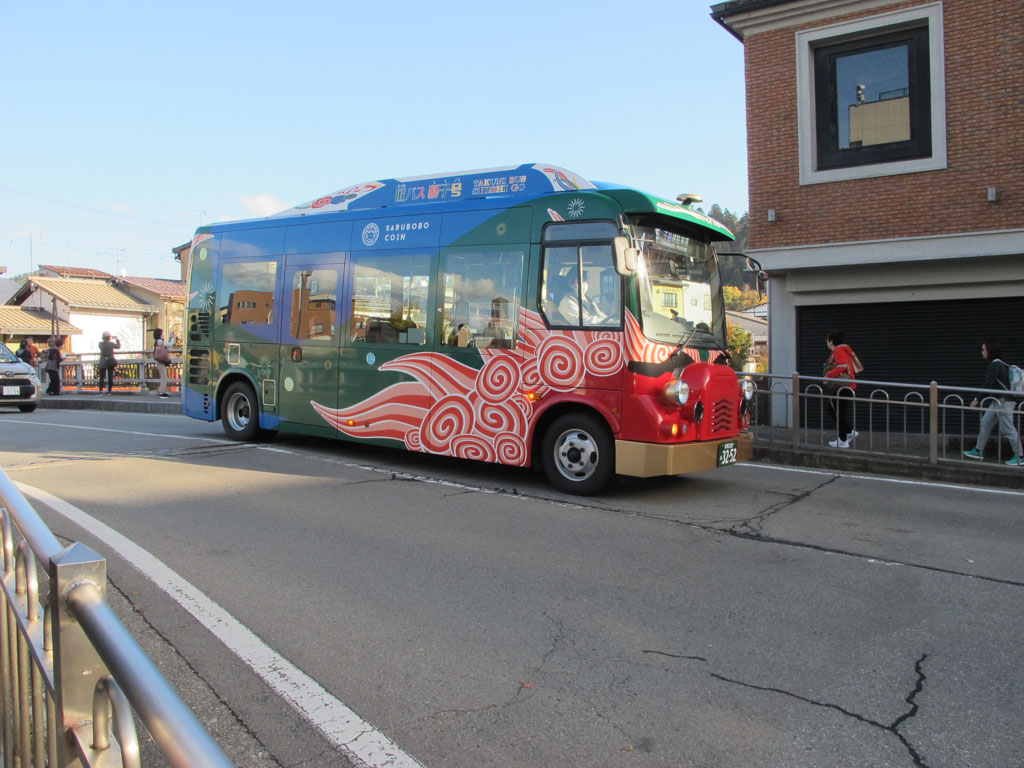
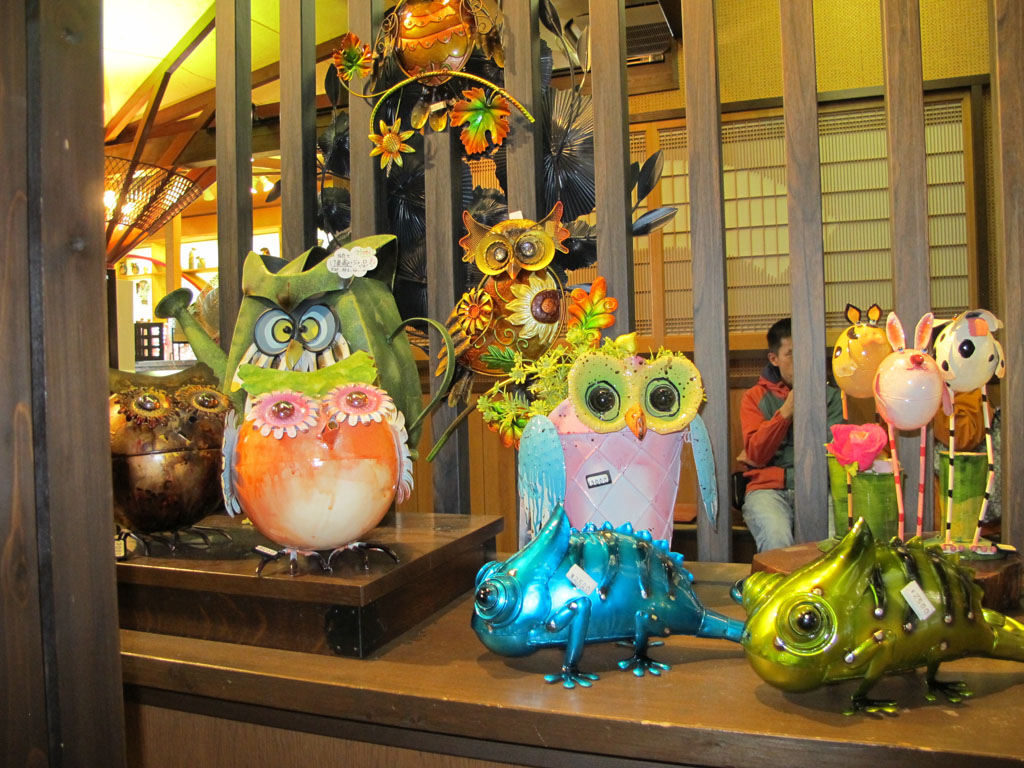
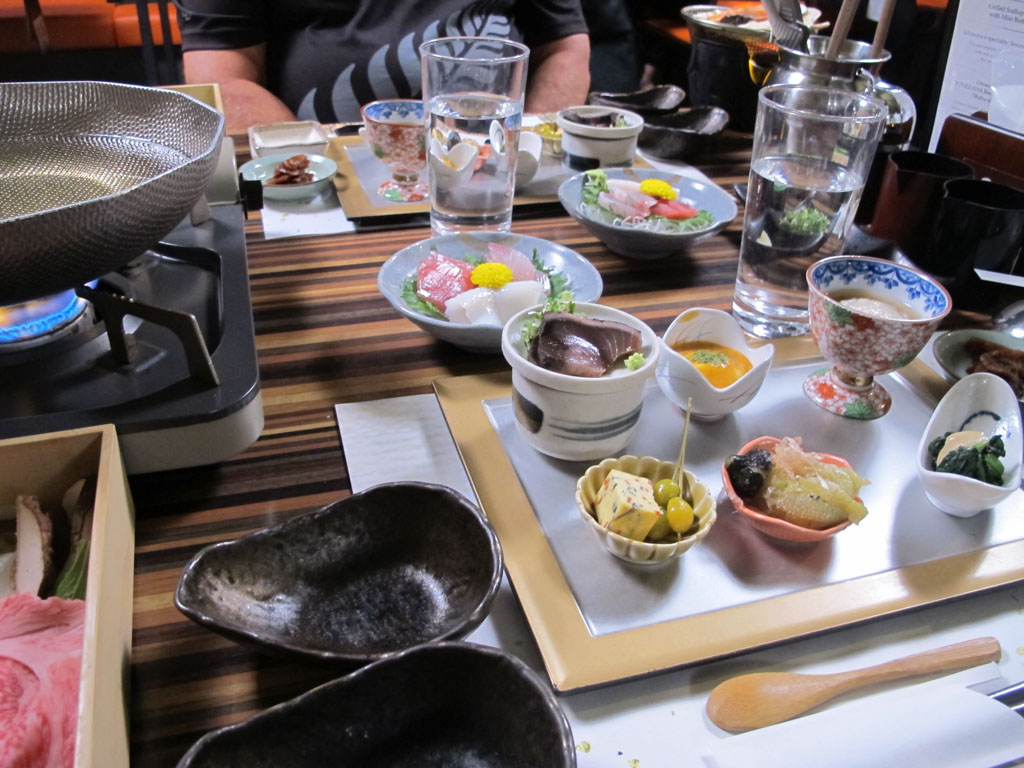
After breakfast we took the bus to Odawara station then the train from there to Nagoya. Here we took another Shinkansen, this time to Takayama. We checked into our hotel the Around (strange name). Then we had a walking tour around Takayama. We spent some time walking around the old part of the town. Shingo took us into a sake-tasting shop, where we could sample the various sakes that they made.
We ate-in that evening with the others in the group and had an early night after packing our luggage for the onwards transfer to Hiroshima.
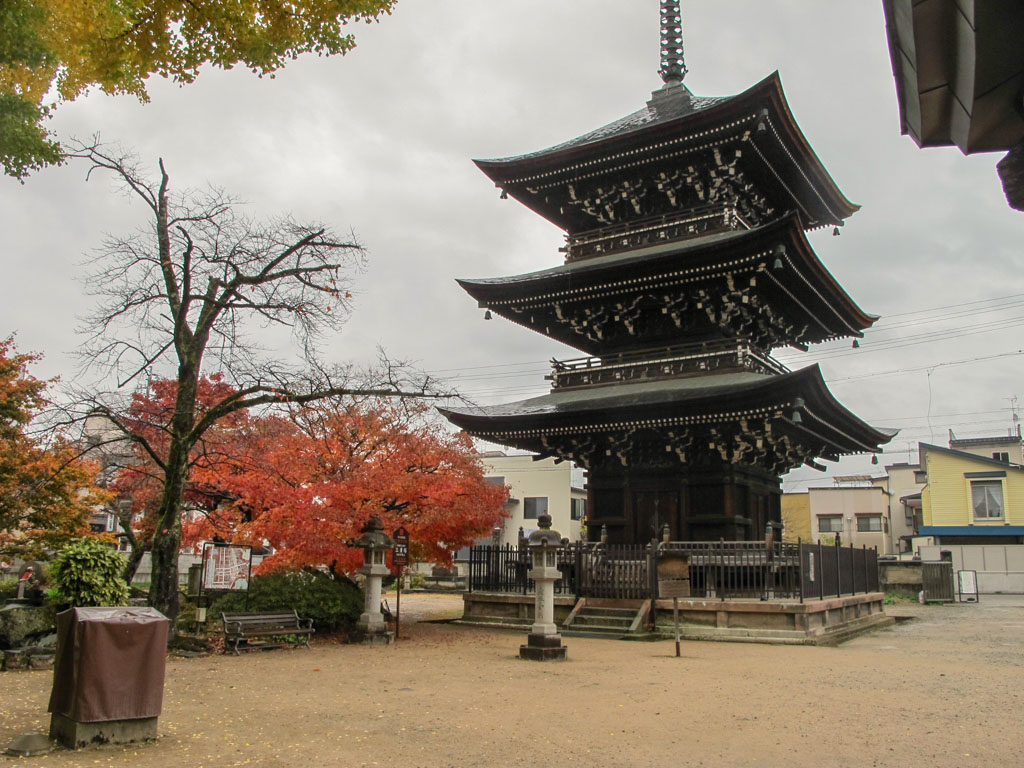
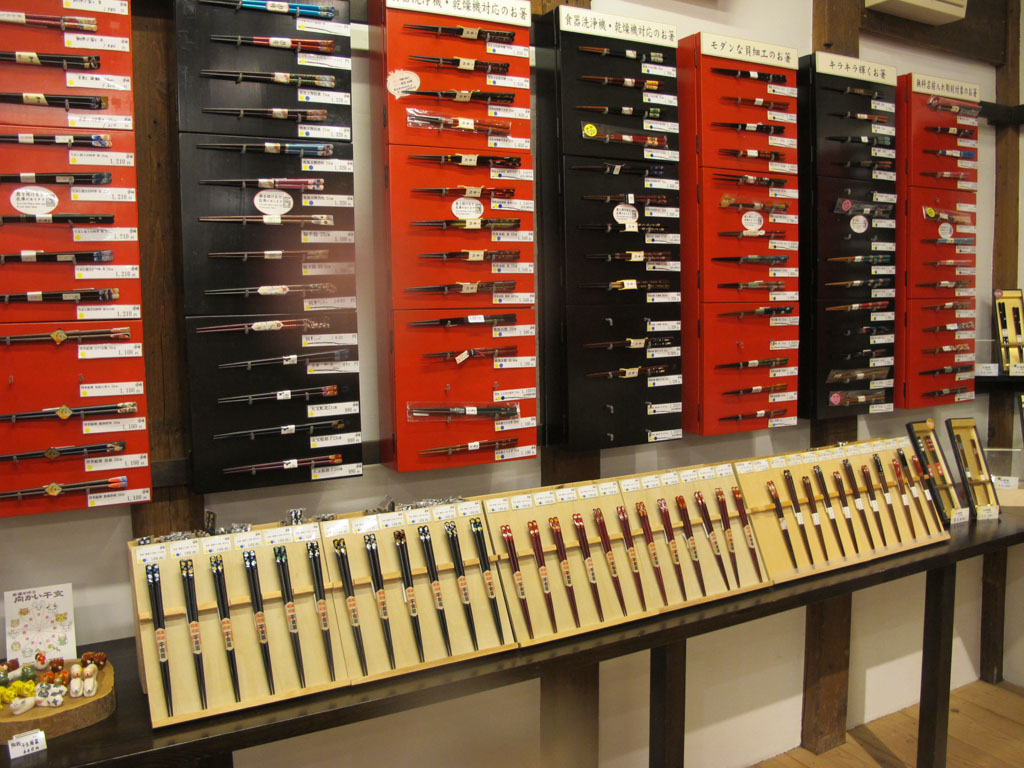
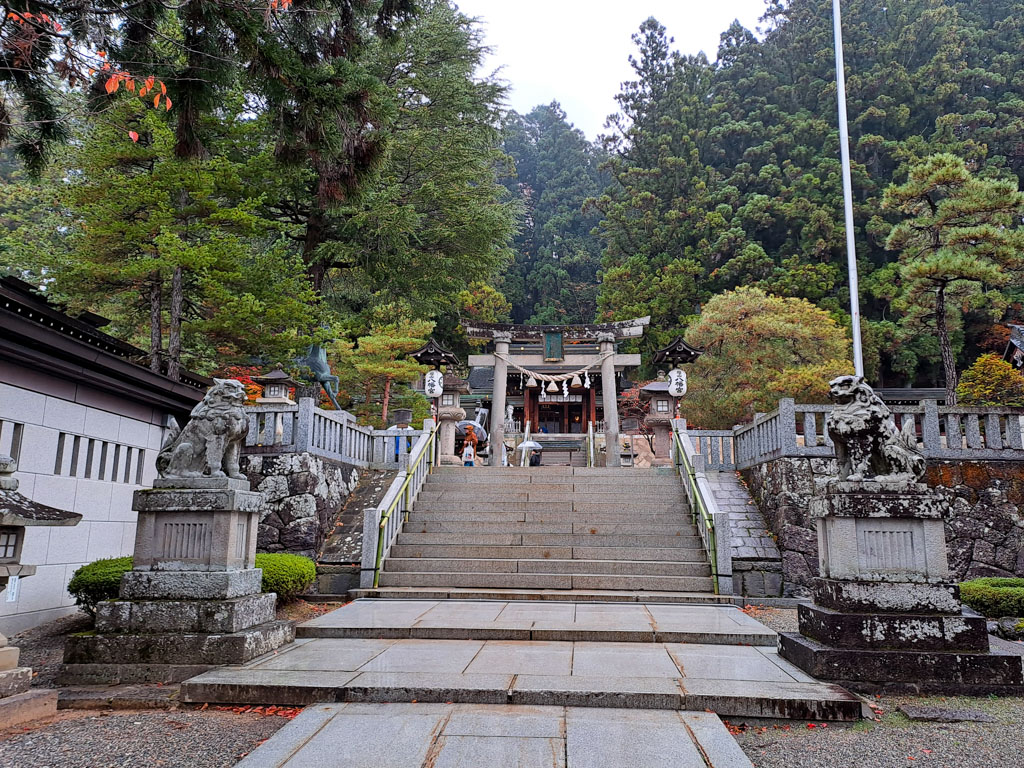
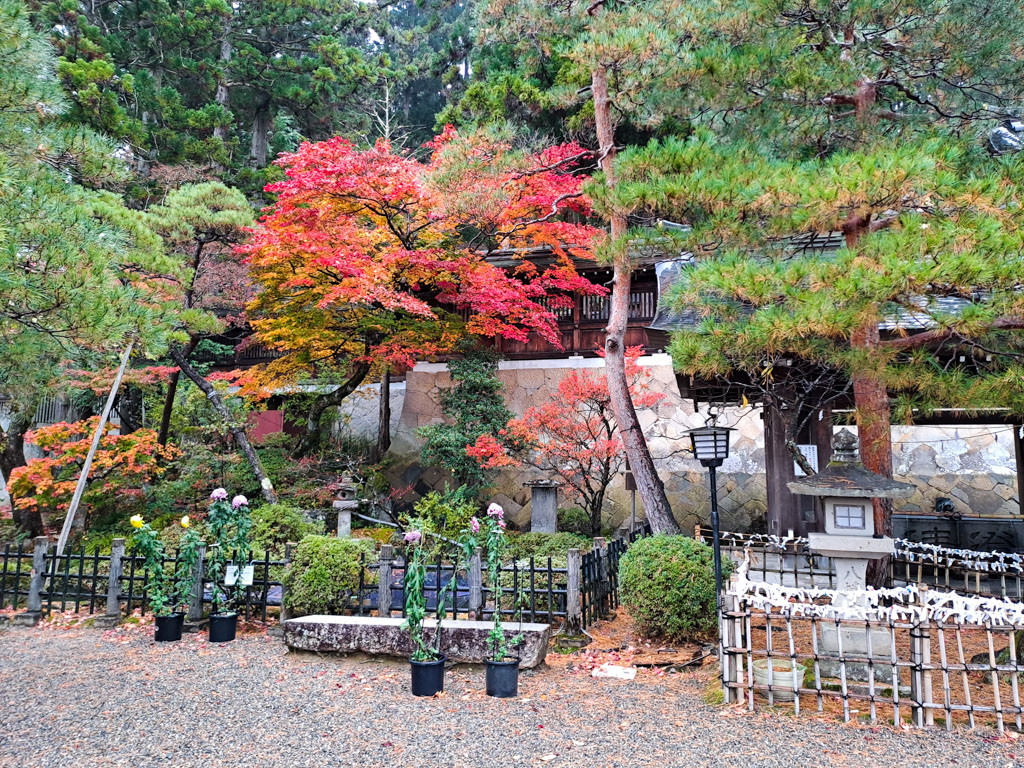
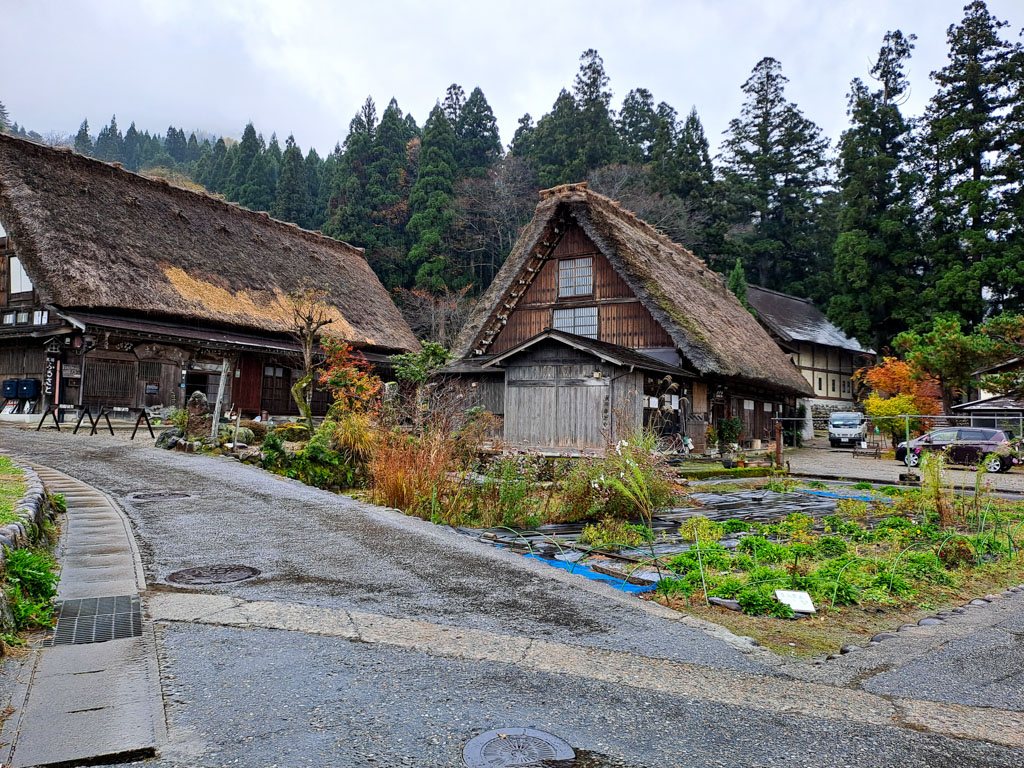
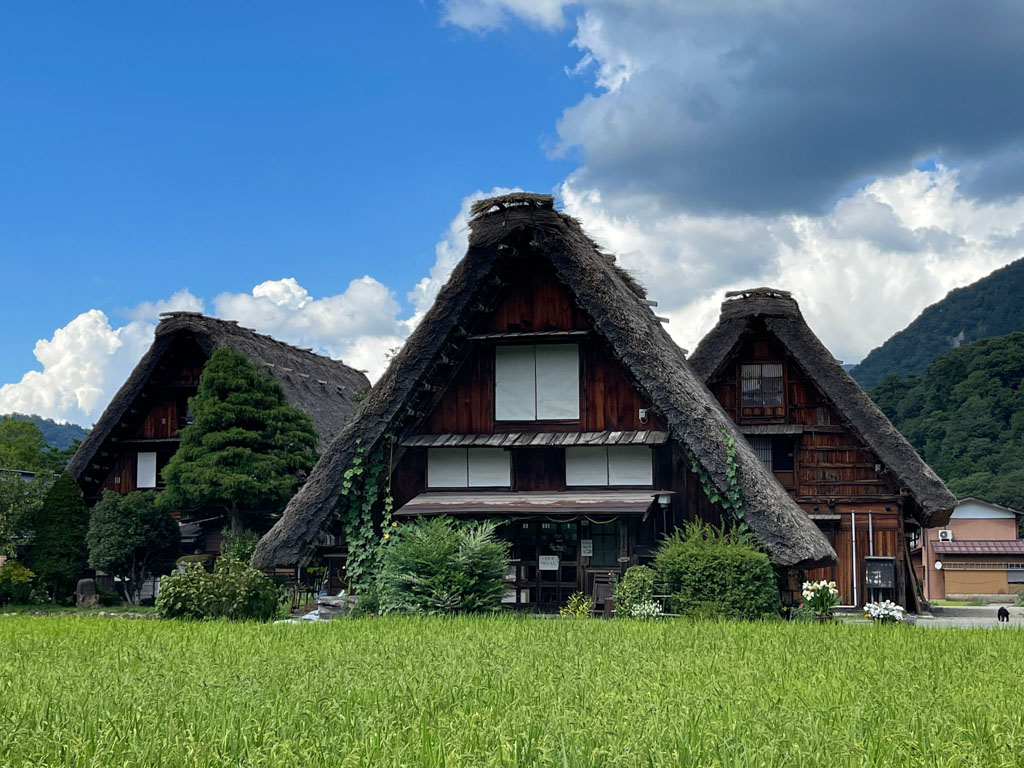
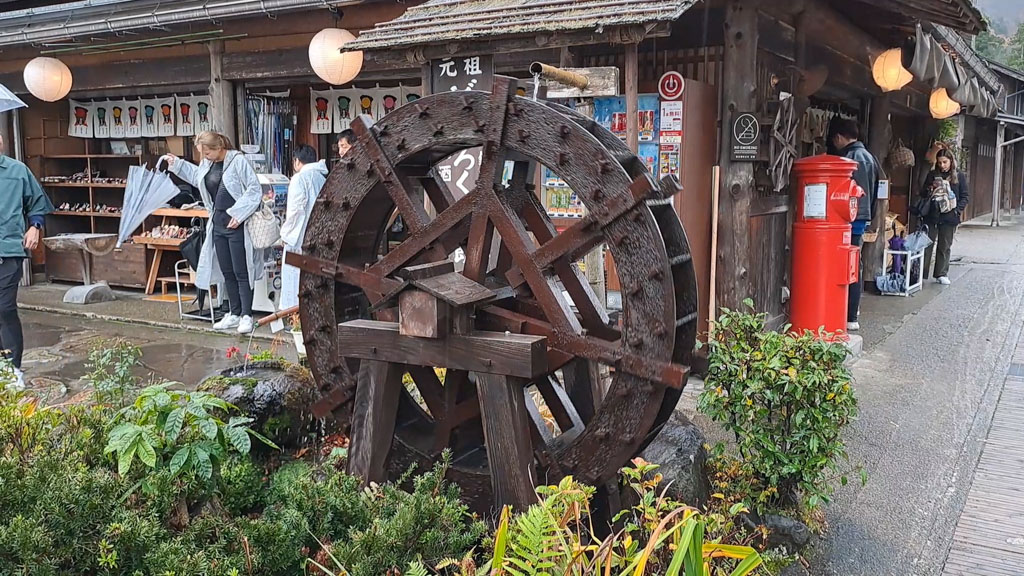
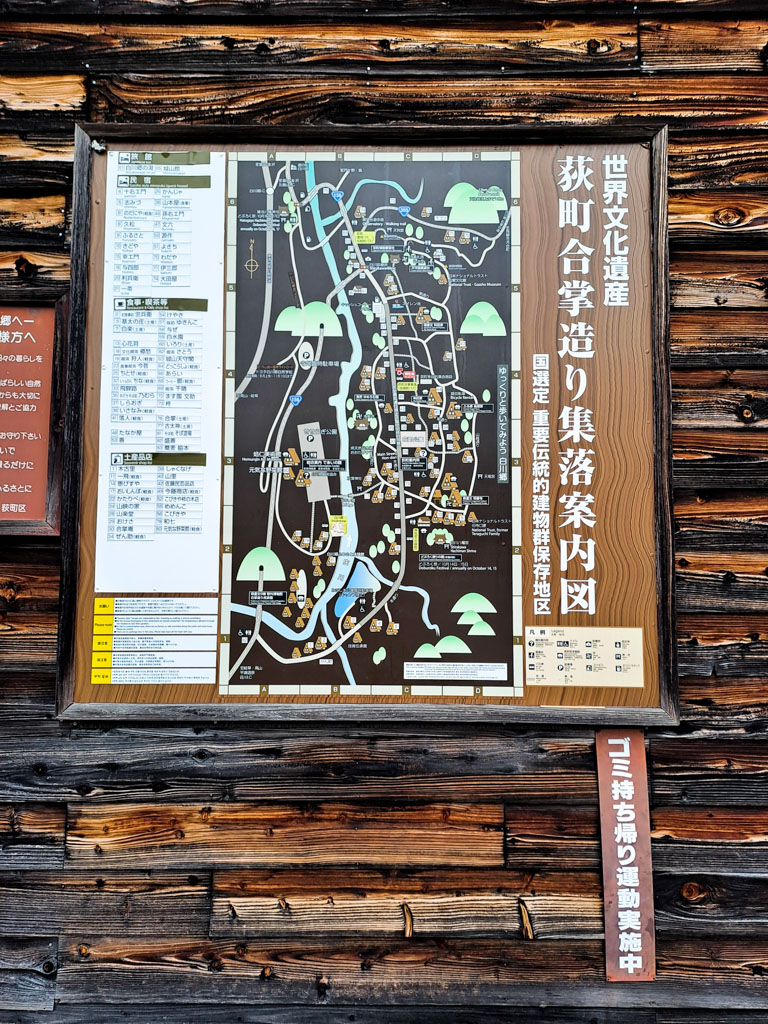
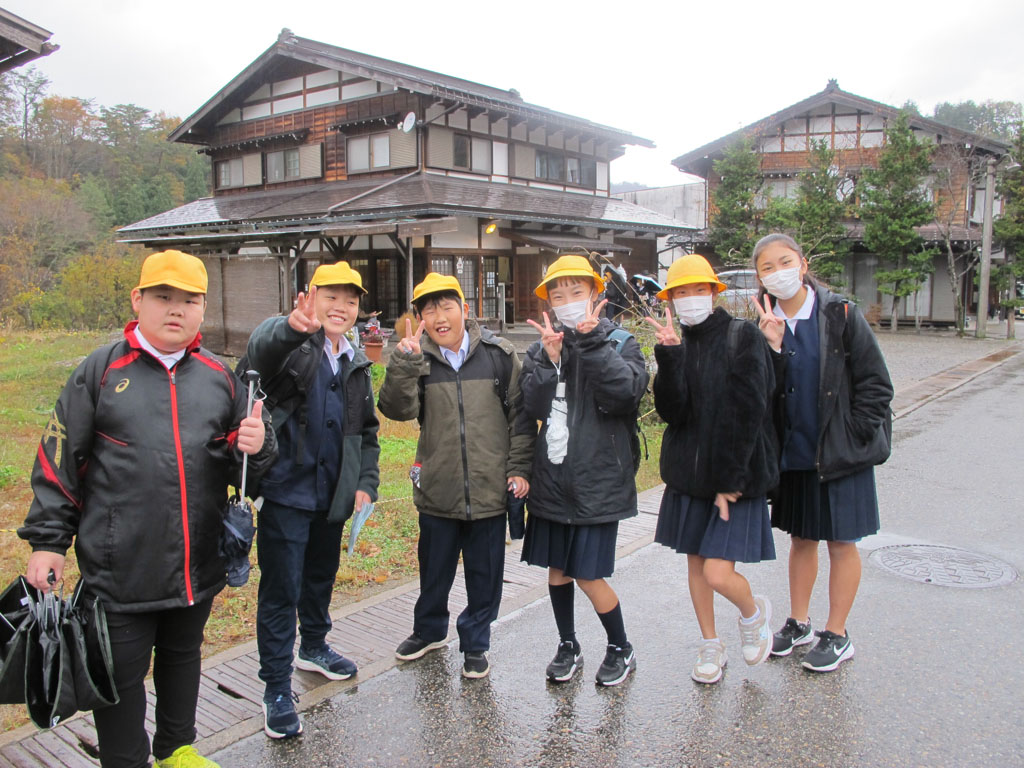
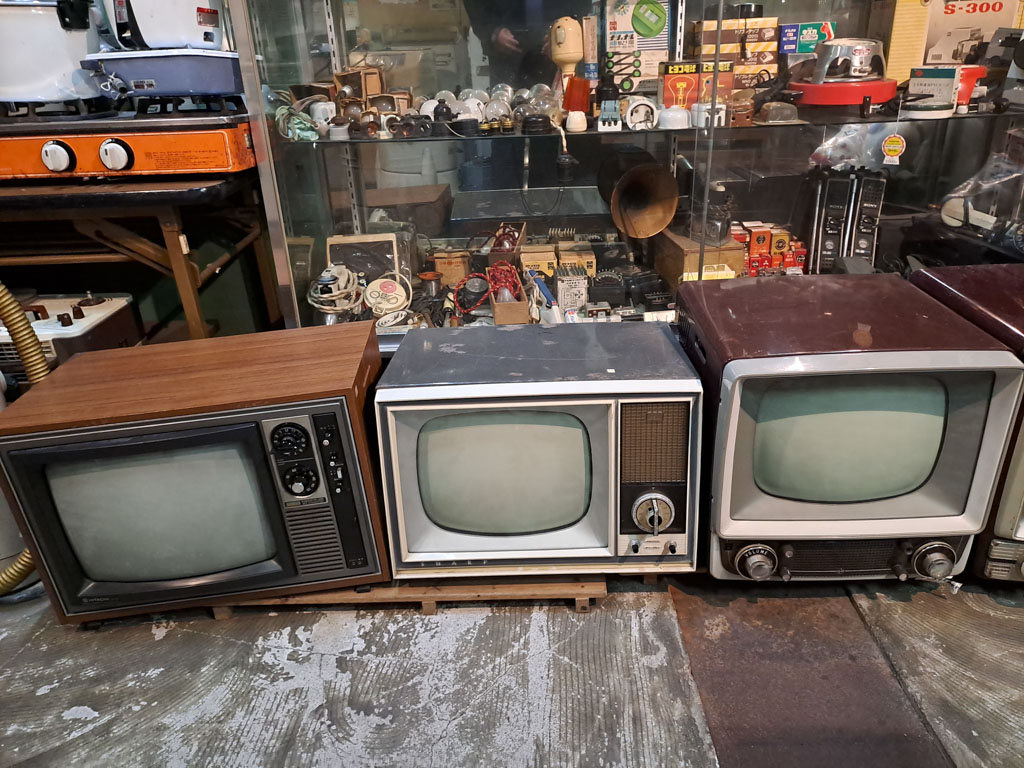
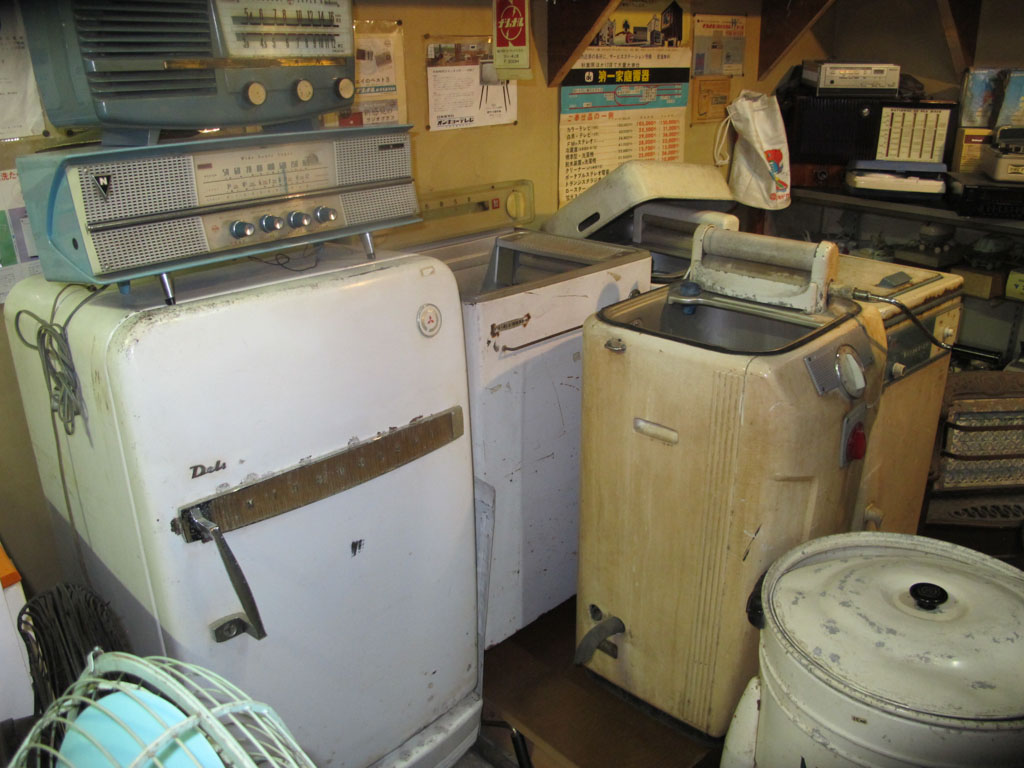
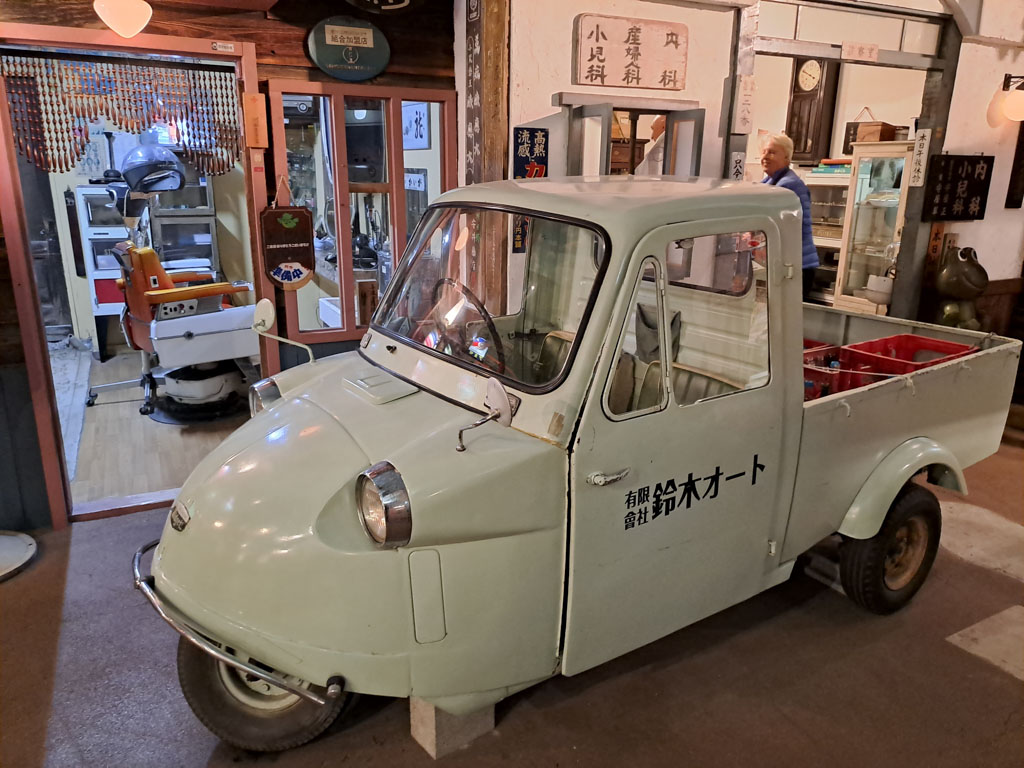
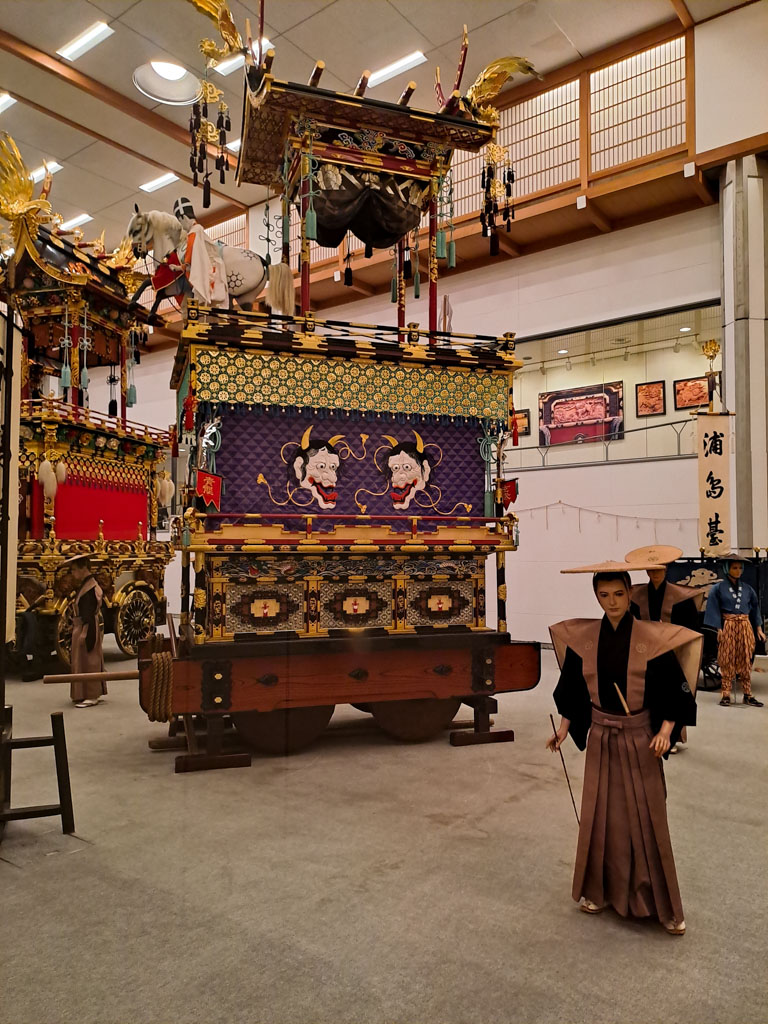
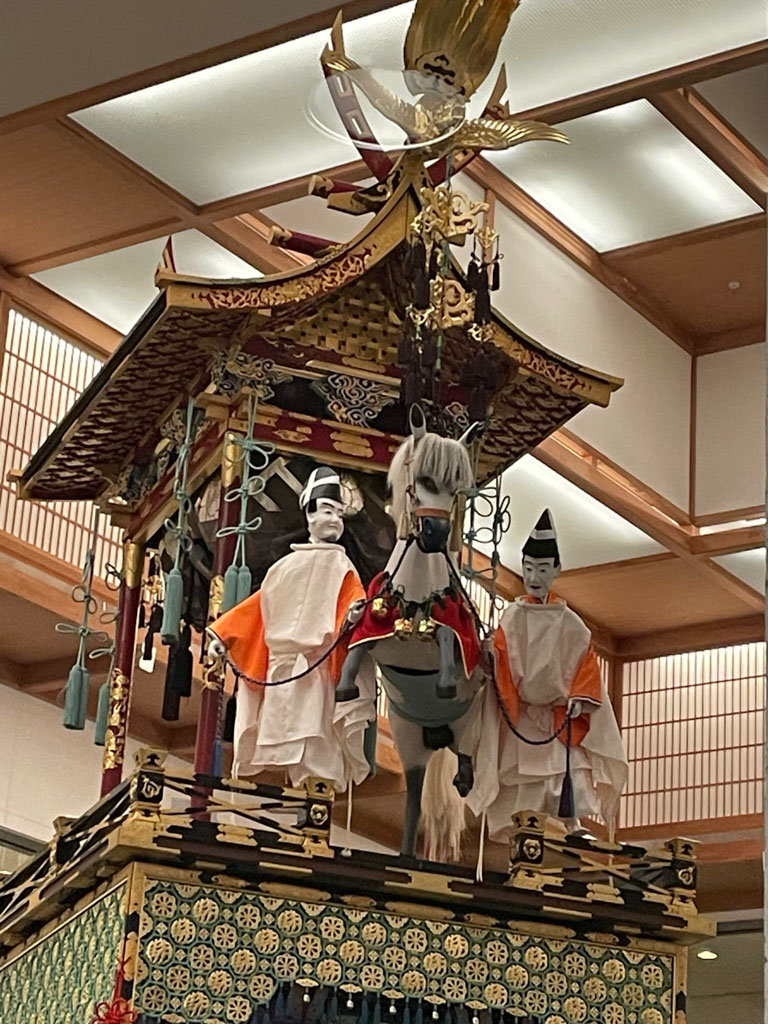
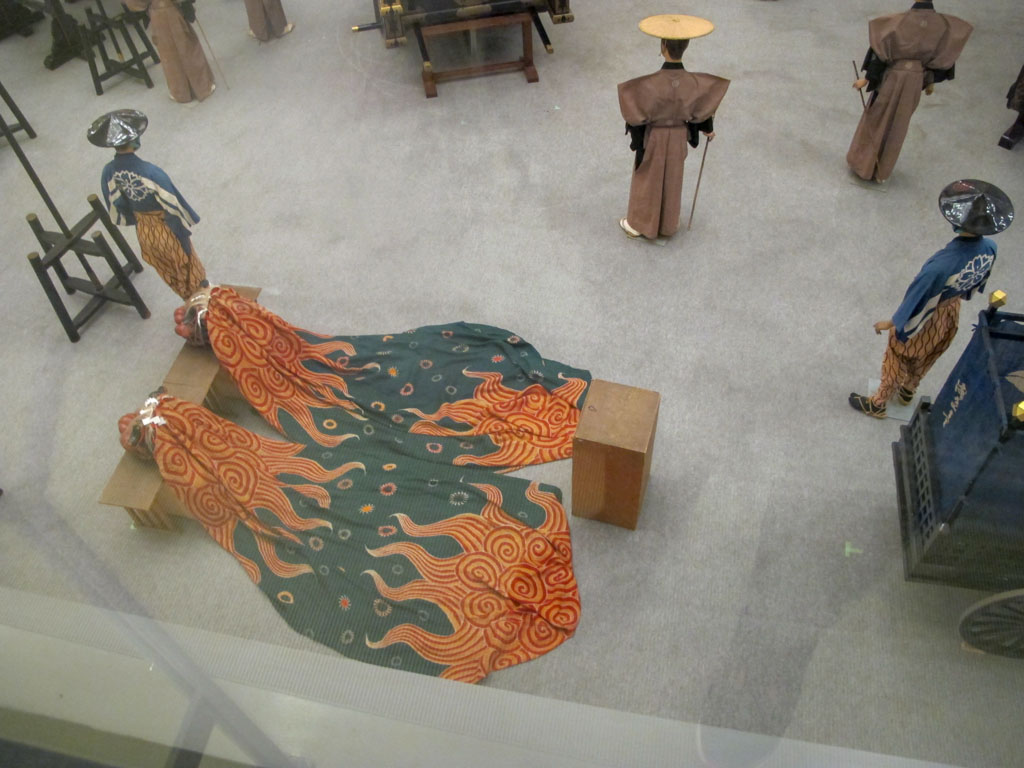
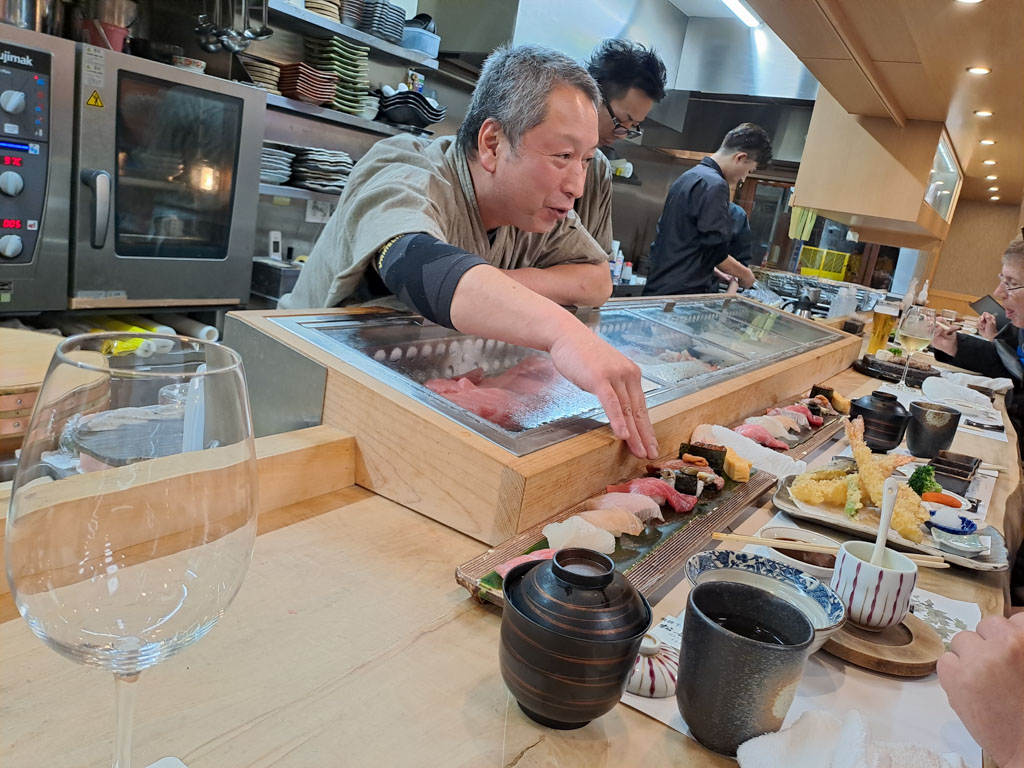
We had a lovely (western-type) breakfast followed by a trip to see the morning market. There were street sellers mostly purveying food of all types and descriptions. At the end of the market was what seems to be the tallest torii gate in Japan, though that title officially gores to Oyunohara torii at more than 33 metres tall. Nevertheless the torii at the entrance to the Sakurayama Hachimangu Shrine is huge. The shrine itself dates back to the 5th century and is quite lovely and peaceful.
We then took a bus to to the village of Shirakawa-go, home to charming thatched-roof cottages built in the gassho-zukuri style. We plodded to the top of the rise just ouside the village to see a lovely overview of it. It looks more like a village you would find in the Tyrolean Alps than in Japan.
When we got back from the trip we visited the Takayama Showa Museum. This is a quirky place with exhibits from the way life was in Japan during the 1960s and 1970s. It really was interesting to see some of these exhibits that were cutting edge when we were teenagers (does anyone else still remember the betamax DVD recorder?).
Afterwards, along with Jean and Martin we decided to go back to the shinto temple to visit the museum/exhibition hall at the entrance that hosts some of the Takayama Festival Floats. These are huge portable shrines that are paraded around Takayama in the autumn. The leading float is carried, not wheeled along, and it takes a team of about 40 men to do this. It is so exhausing that they can only do it for about 10 minutes before they have to be replaced by a new team. Each float has its own story to tell and they are brilliantly decorated. It is well worth visiting this museum if you are in Takayama.
We had asked Shingo to recommend a restaurant that served Hida beef, a local speciality. He recommended a restaurant that was just across the road from the hotel, which was great as we were exceptionally tired at the end of this day. We sat at a bar and they cooked the meal in front of us. It was fantastic, the beef just melted in your mouth without hardly needing to chew. We swallowed it down with a nice Montepulciano d'Abruzzo.
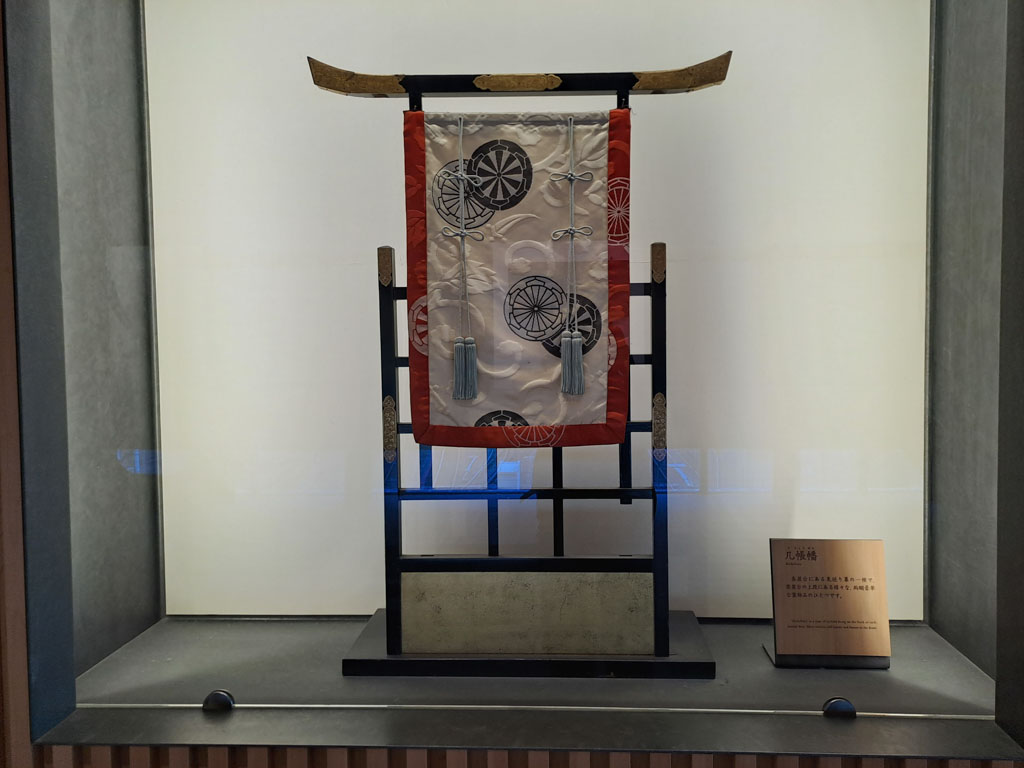
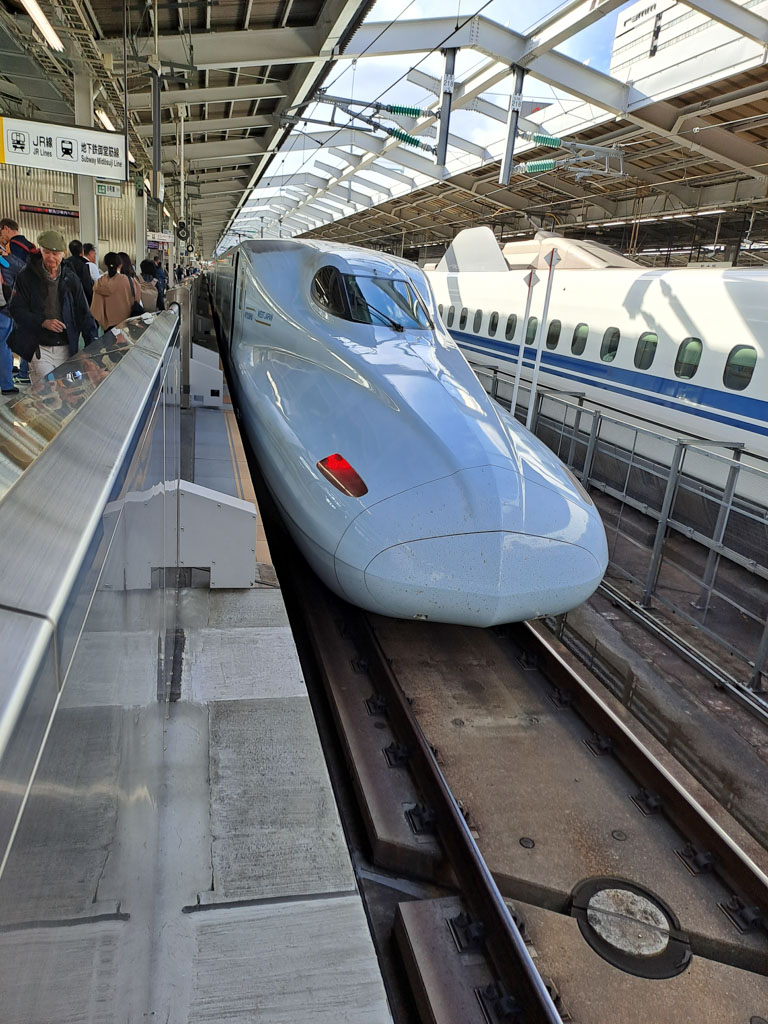
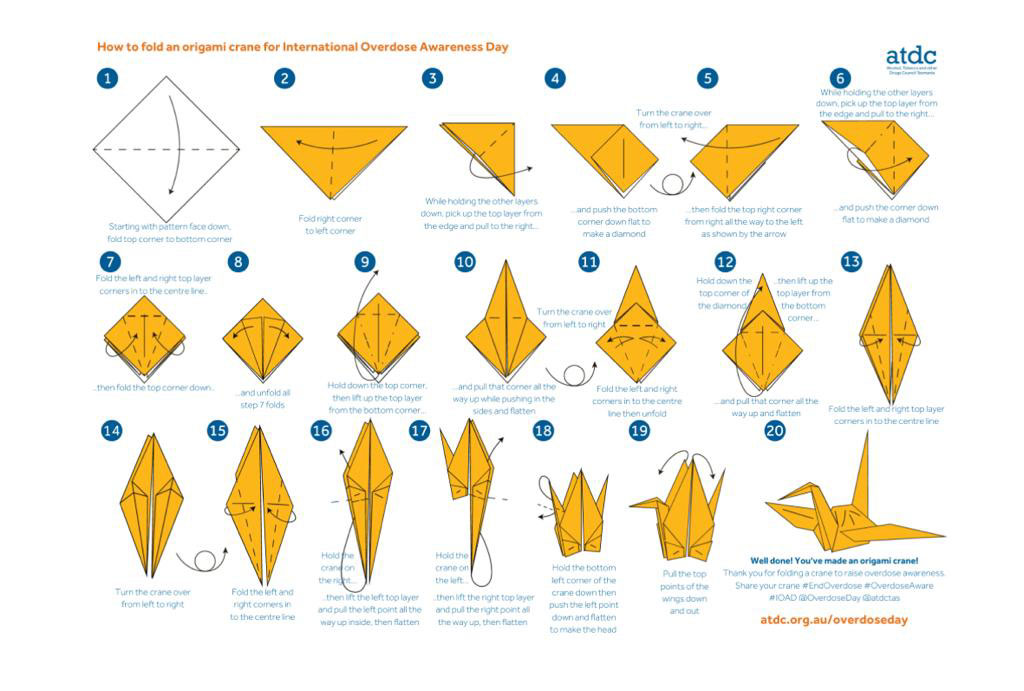
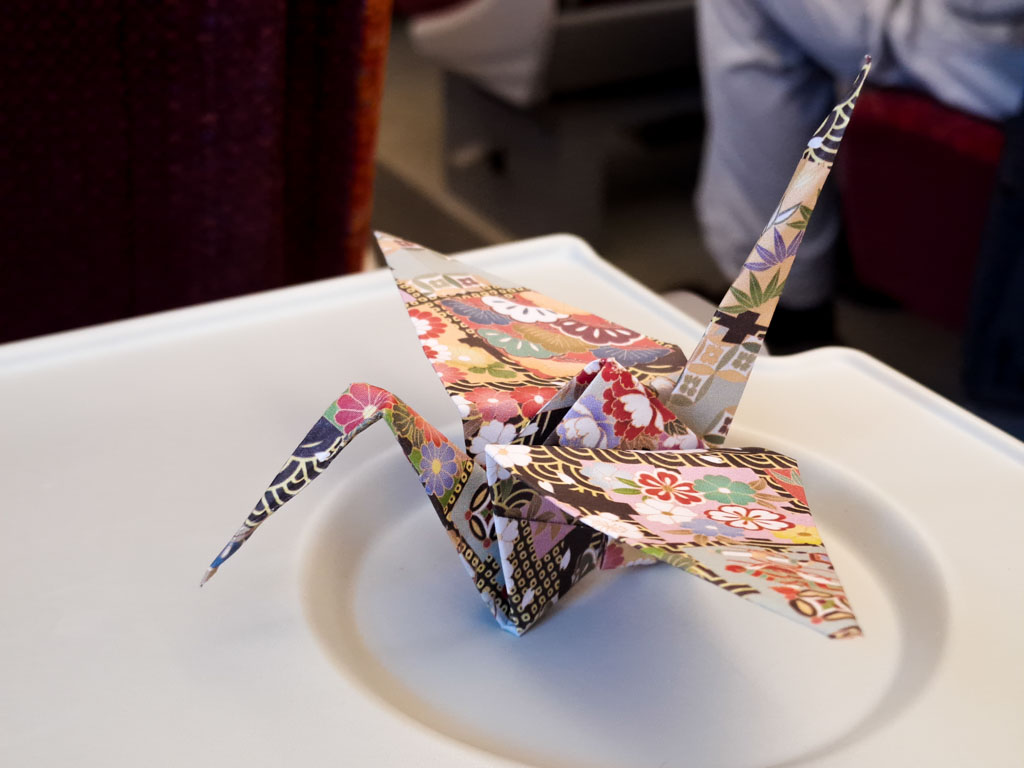
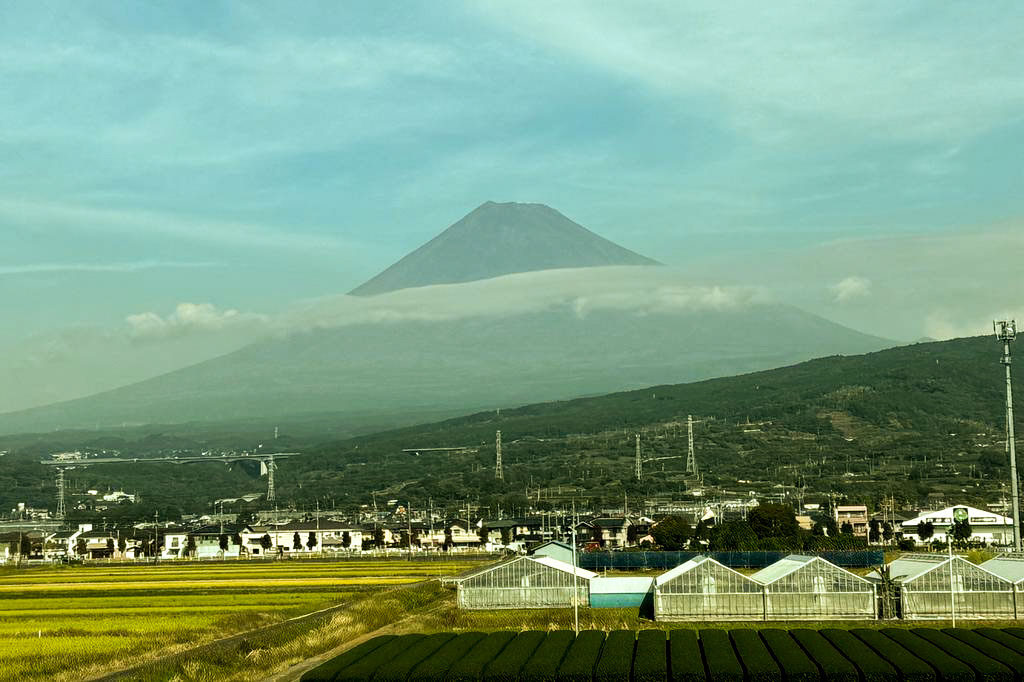
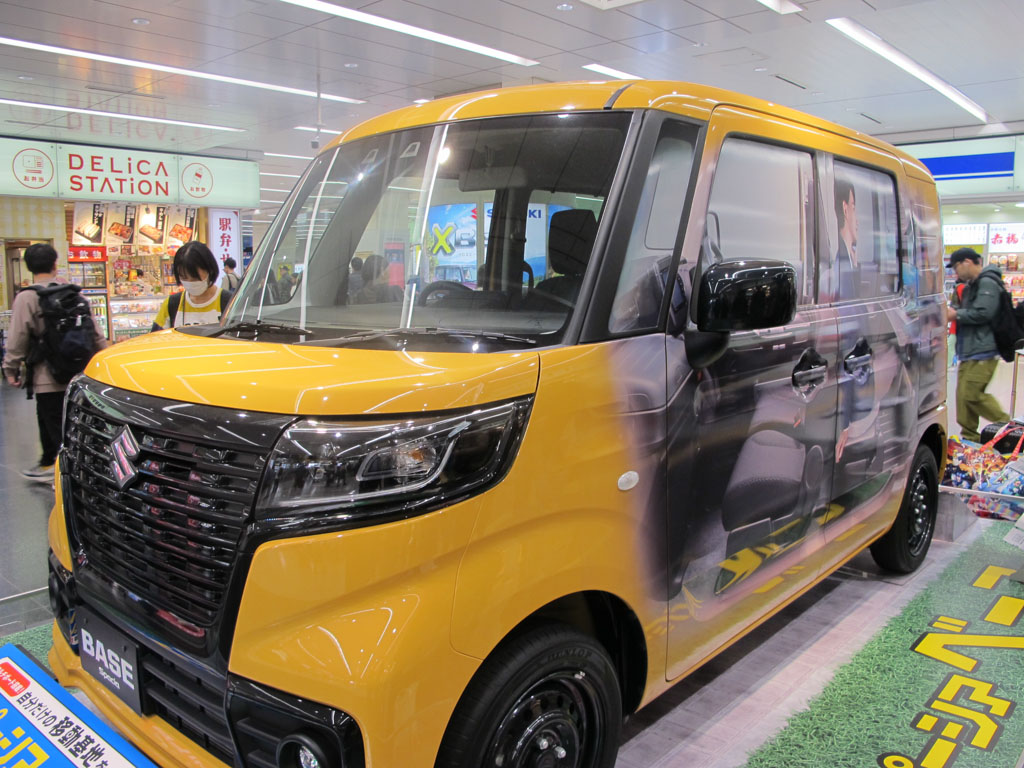
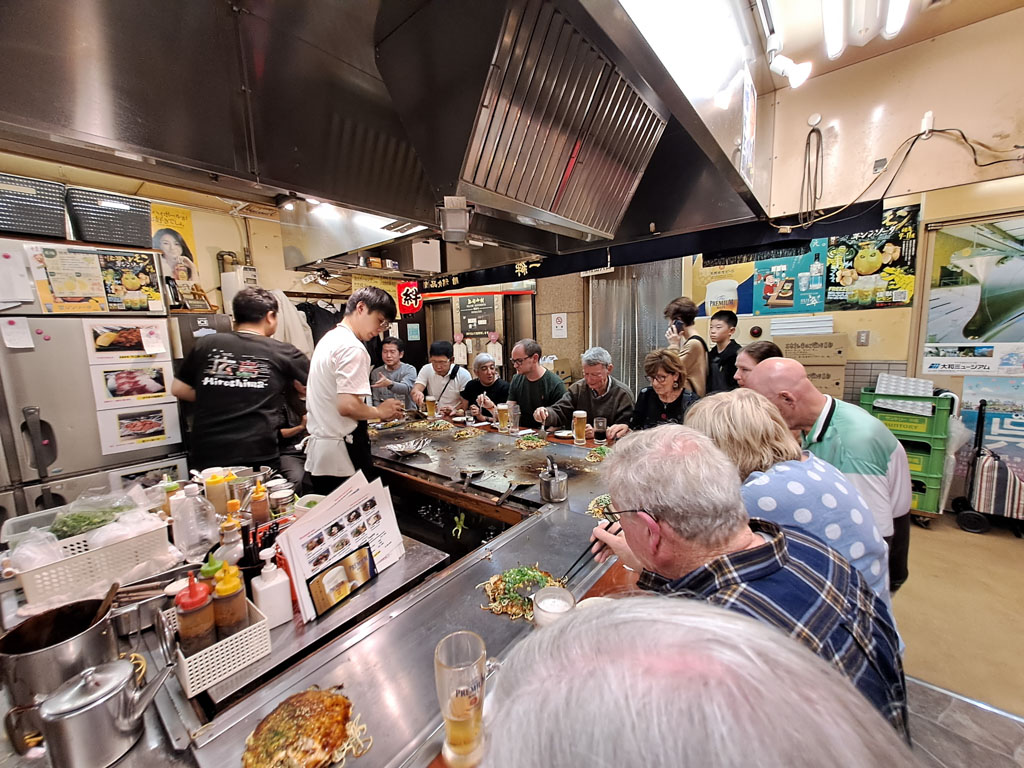
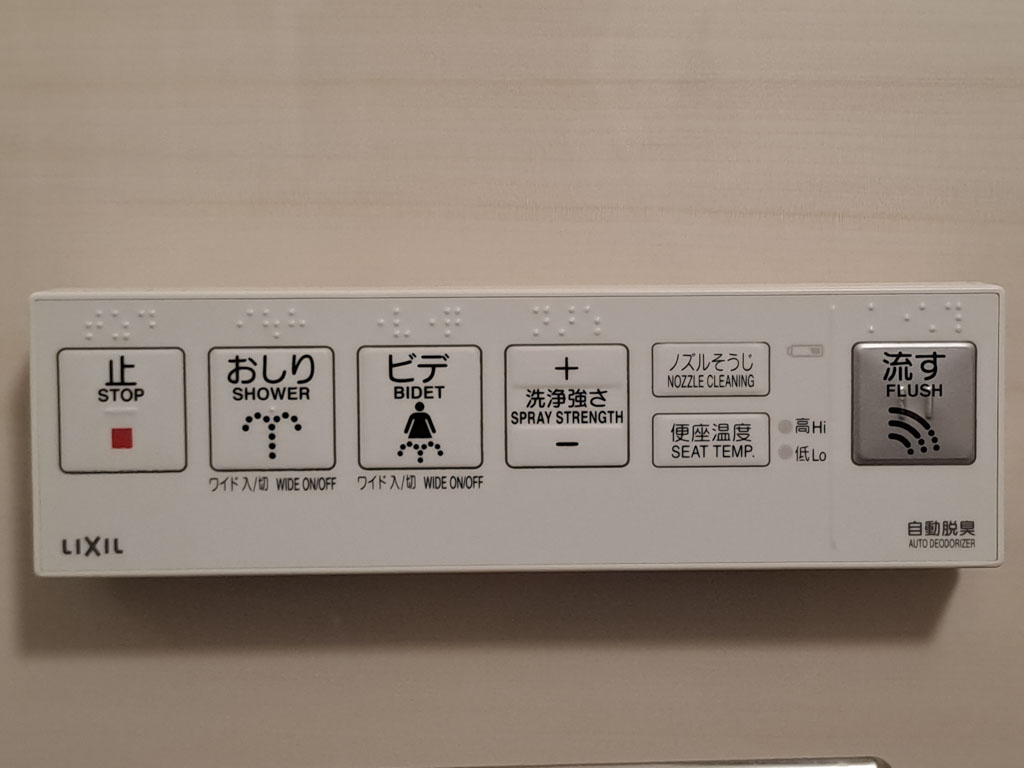
Another day of (mostly) travelling, from Takagawa to Hiroshima via Nagoya and Shin-Osaka using train and Shinkansen. On the way Shingo handed out origami paper and instructions on how to make a crane (the bird, not the heavy equipment). Tory and Neil were the first to finish and both had made a reasonable effort. Jean also produced a very presentable-looking one too. Shingo's reasoning for doing this, besides keeping us occupied for 30 minutes, was to do with the story of Sadako Sasaki. She was 2 years-old when the atomic bomb was dropped on Hiroshima in August 1945. At first she appeared unaffected, but in November 9 years later she started to show symptoms of luekemia caused by the nuclear radiation. Sasaki's friend, Chizuko Hamamoto, told her the legend of the cranes and she set herself a goal of folding 1,000 of them, which was believed to grant the folder a wish. She managed to complete her task, but sadly her wish was never granted and she died in October 1955 aged 12. Her story inspired many others and you will find origami cranes even in the most unexpected places throughout Hiroshima. In 1958, a statue of Sasaki holding a golden crane was unveiled in the Hiroshima Peace Memorial Park. At the foot of the statue is a plaque that reads: "This is our cry. This is our prayer. Peace in the world."
After a 15-minute walk from the train station we checked into our hotel, the Candeo. That evening Shingo took us on a tour along an arcade where various outdoor events were happening, to a charming "hole in the wall" restaurant that served Okonomiyaki, a Japanese teppanyaki savory pancake dish consisting of wheat flour batter and other ingredients (mixed, or as toppings) cooked on a teppan (flat griddle). Common additions include cabbage, meat, and seafood, and toppings include okonomiyaki sauce (made with Worcestershire sauce), aonori (dried seaweed flakes), katsuobushi (bonito flakes), Japanese mayonnaise, and pickled ginger. This was cooked in front of us, which in itself was interesting to watch, while we drank sake/beer/soft-drink. The pancake was absolutely delicious and everyone enjoyed themselves. After this it was packing luggage again to send on to Kyoto.
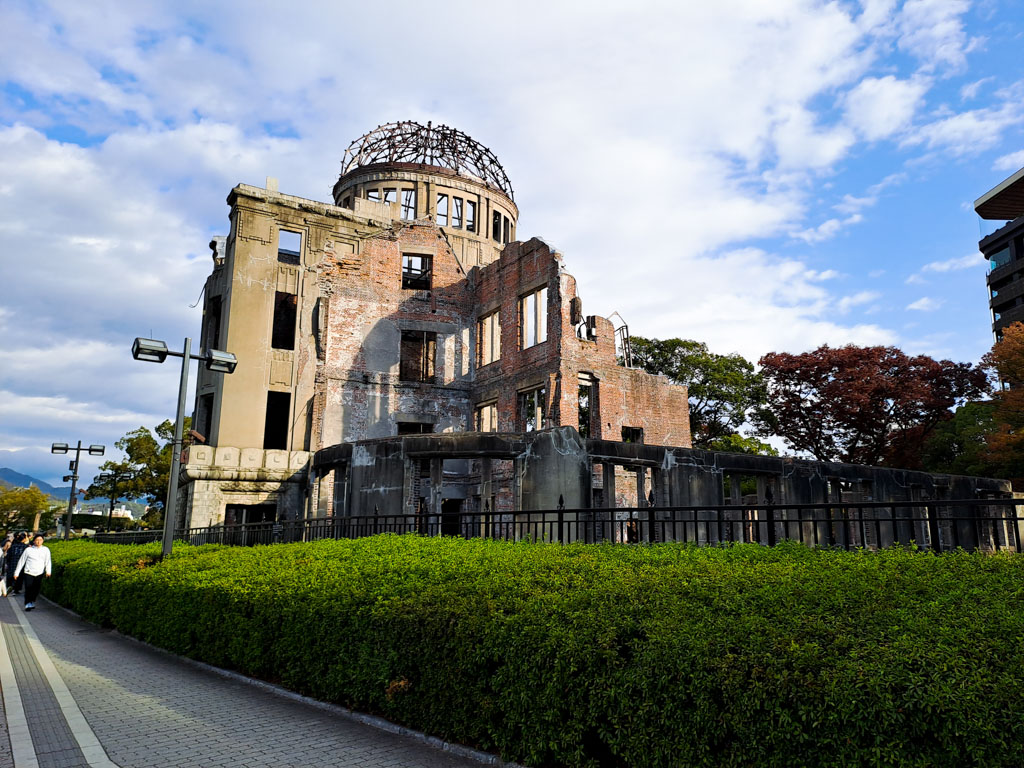
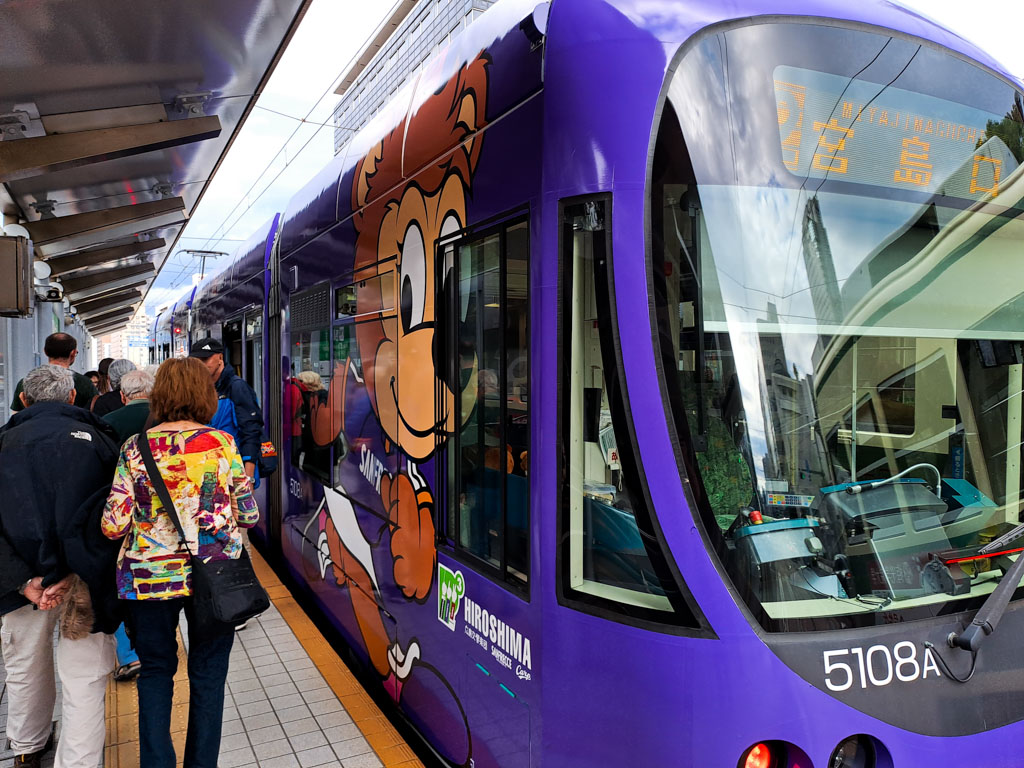
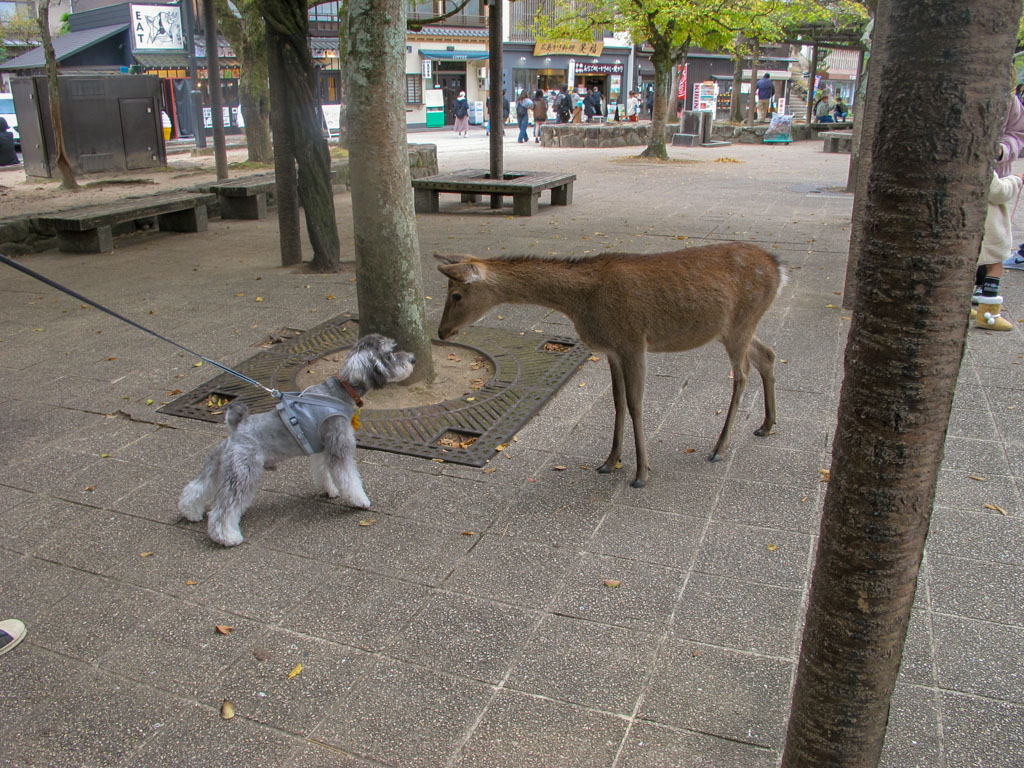
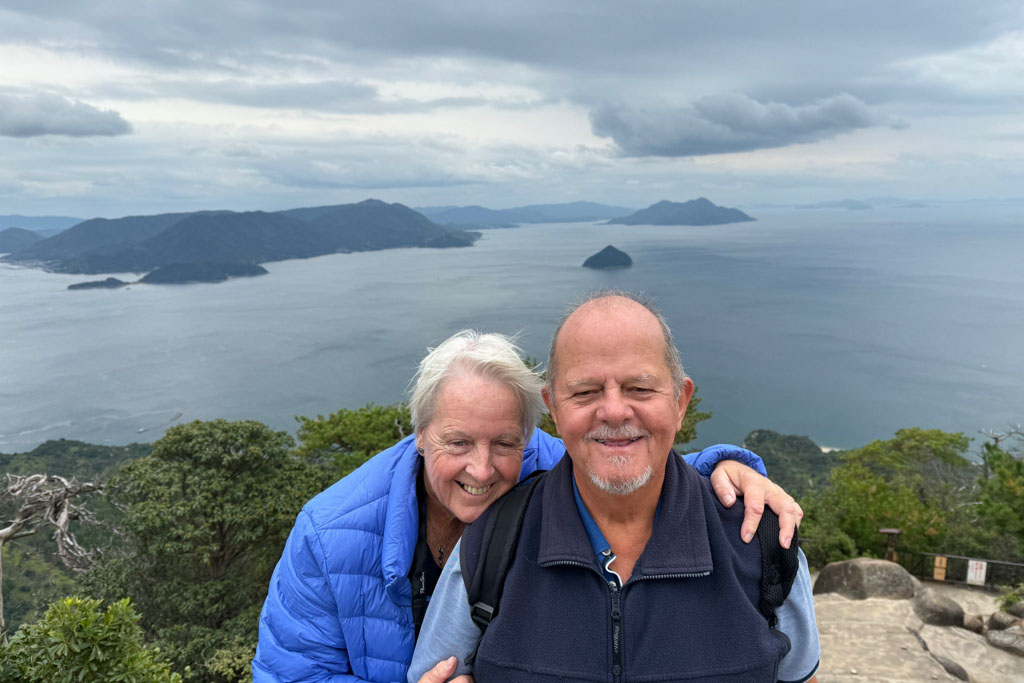
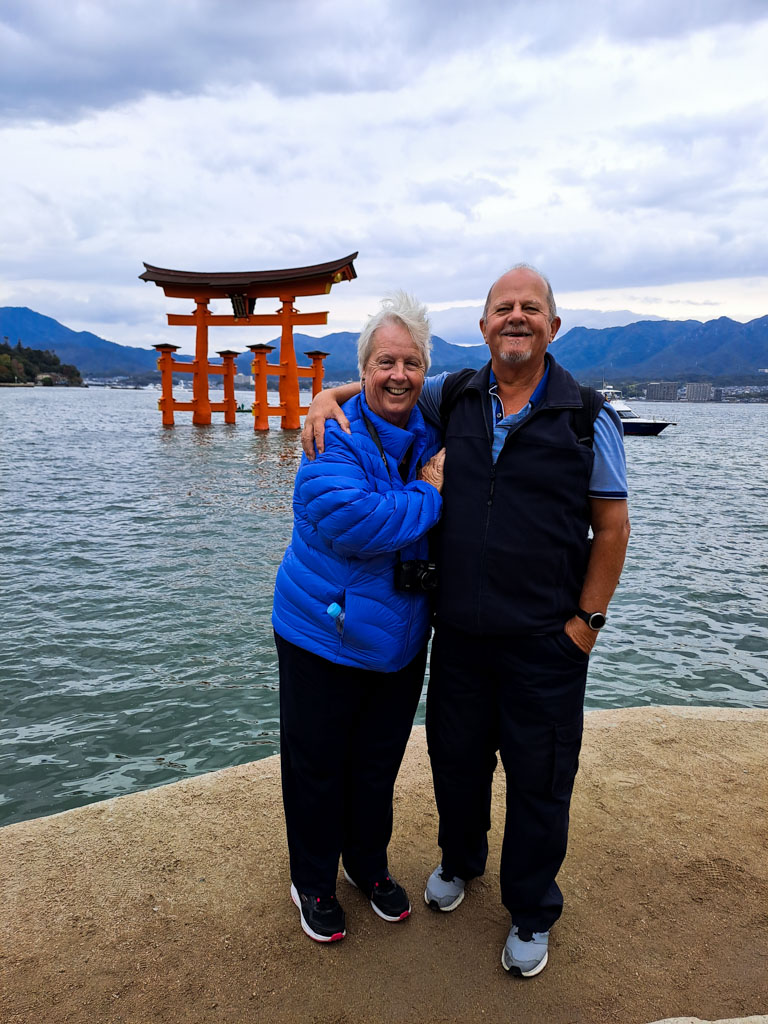
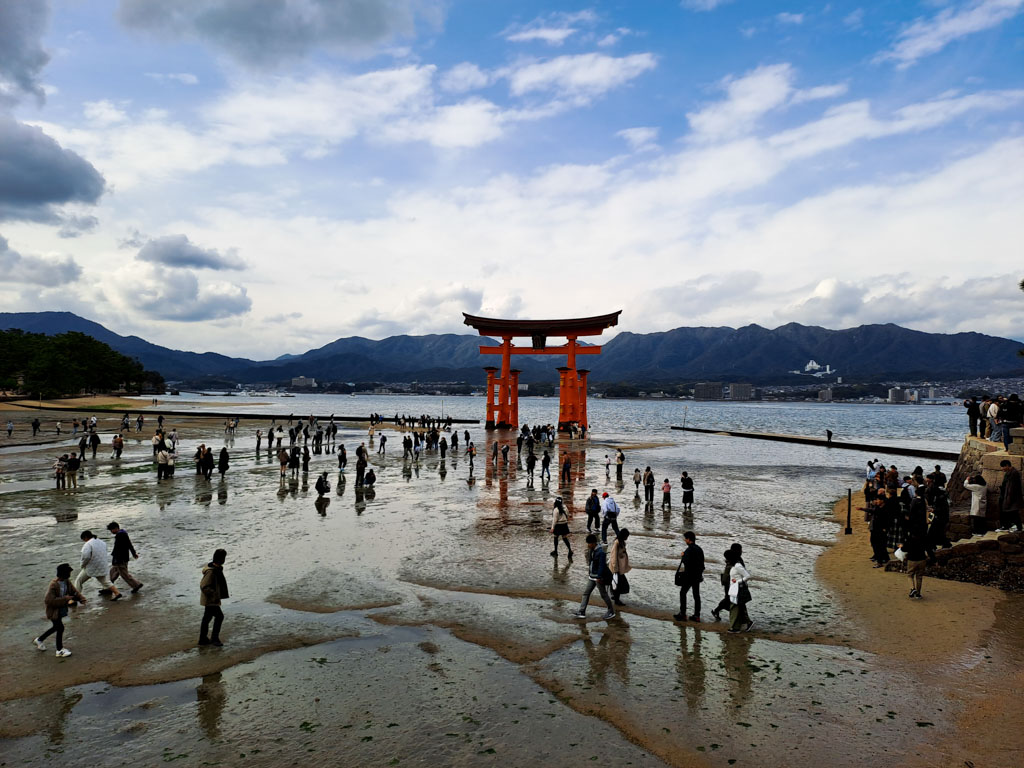
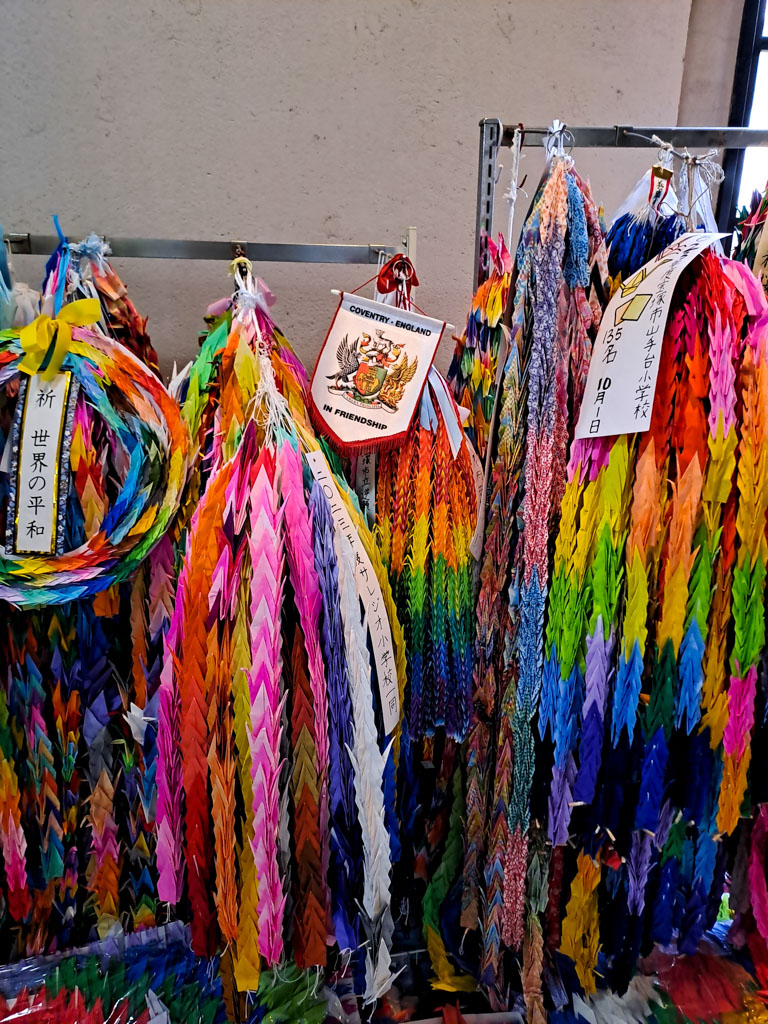
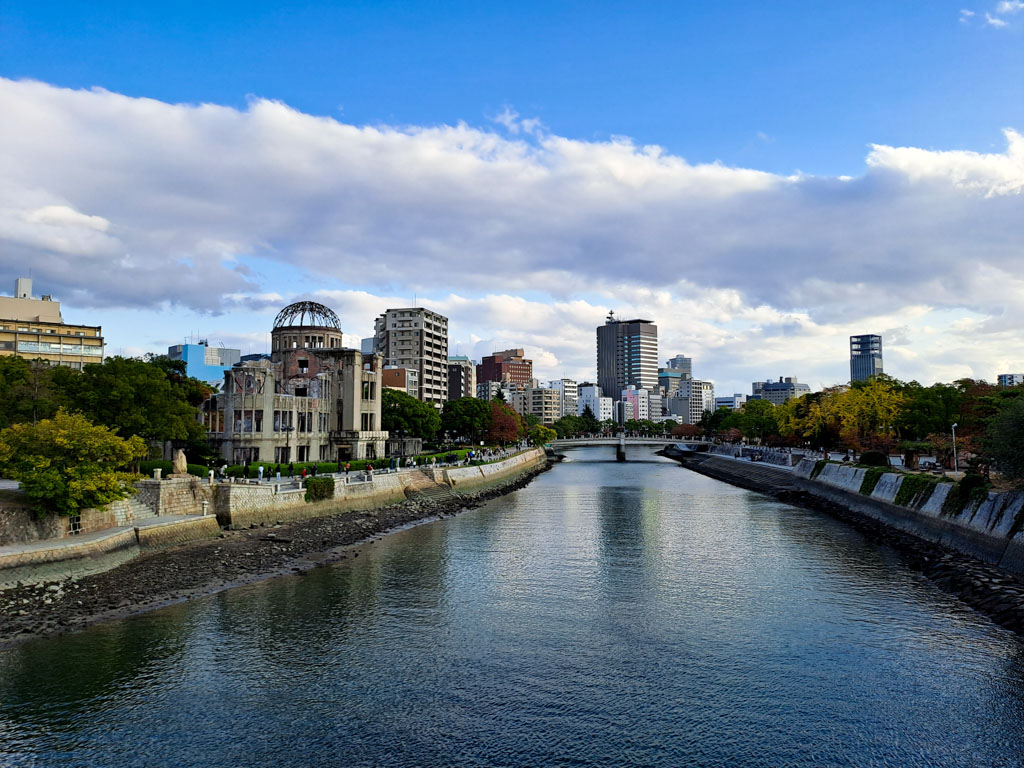
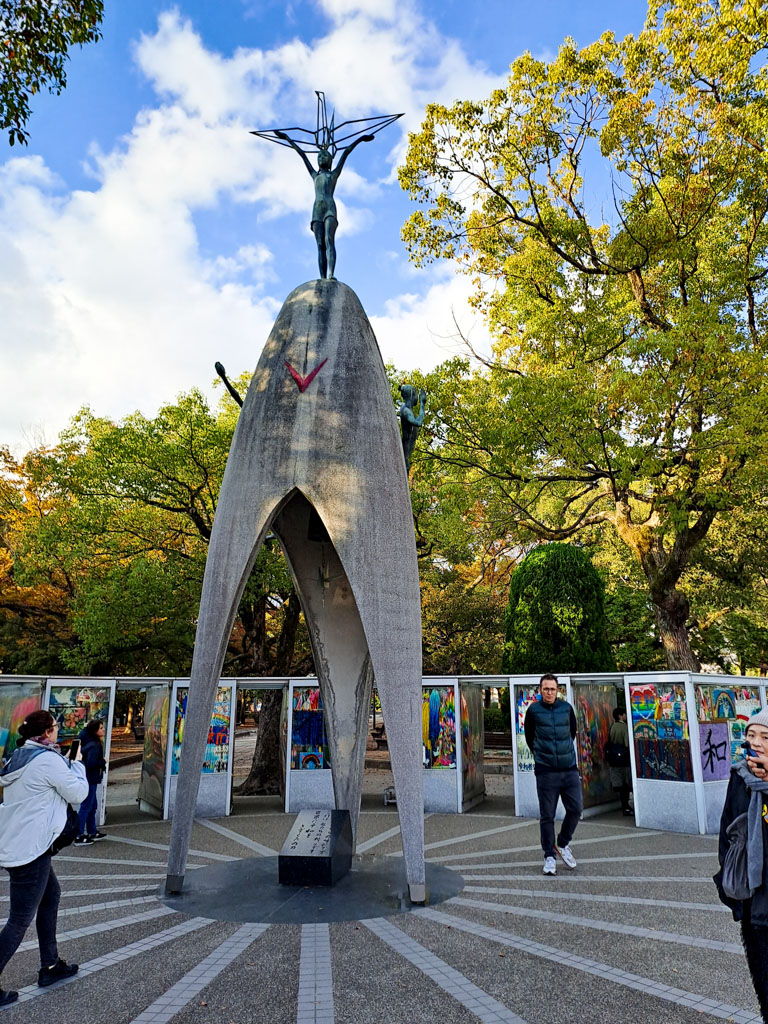
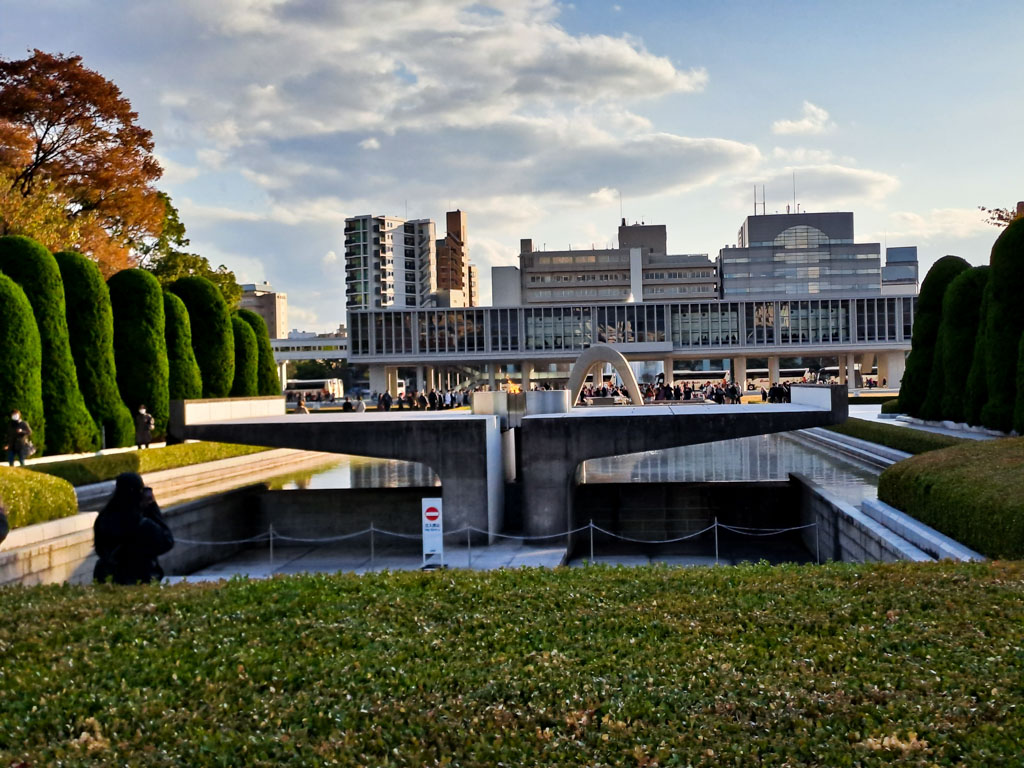
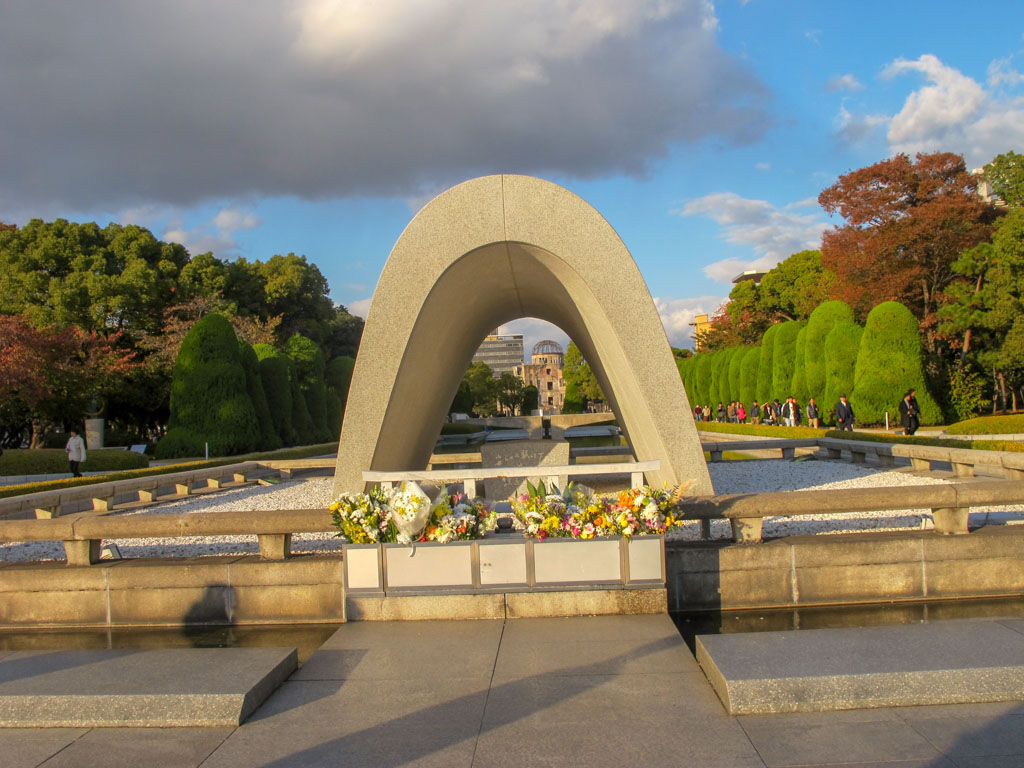
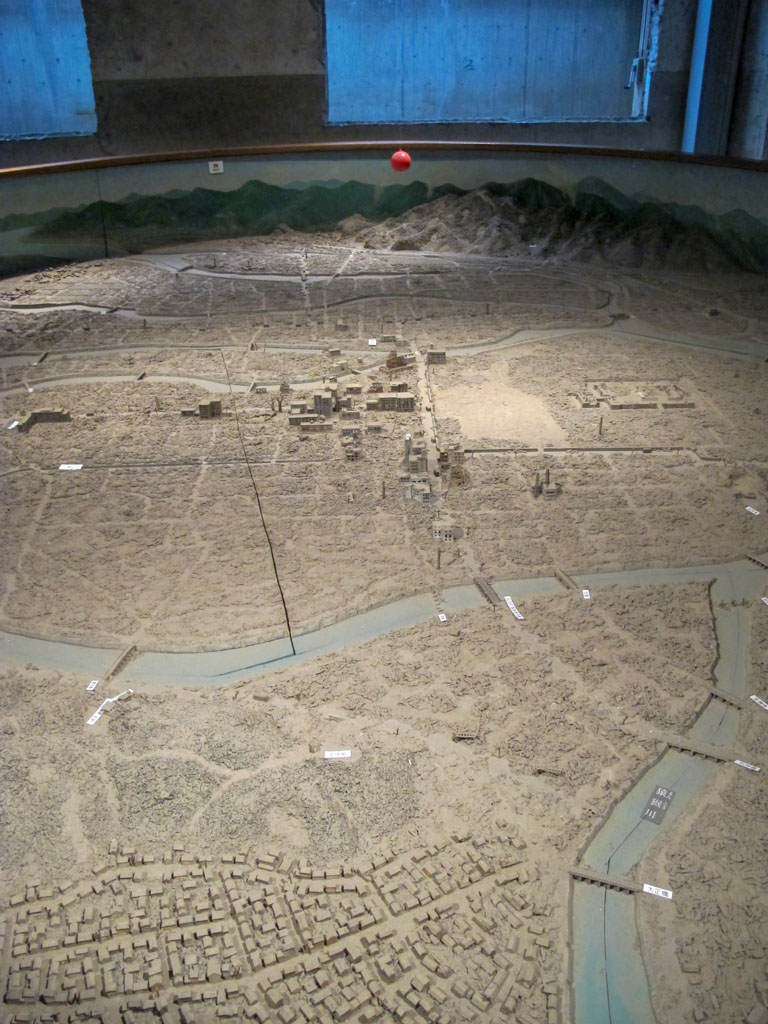
To prevent us waiting while he bought tickets for us, Shingo deputised Tory to lead us to the atom bomb dome. This is the iconic building that was more or less directly underneath the bomb when it exploded and its ruins stand as a reminder of that tragic day. Shingo eventually met us there and then took us to the Honkawa Elementary School Peace Museum This was just 400 metres away from where the bomb exploded and of the 400 or so schoolchildren and staff there at the time just one child survived. There are various displays there and in the entrance are strings and strings of origami cranes, one of which had been sent by the city of Coventry, which was razed to the ground by German bombing in 1940 and whose ruined cathedral now stands as a symbol for international peace and reconciliation. This visit was very moving, it was very difficult just thinking of those poor children.
We then took a tram to Miyajima. There is an excellent tram system in Hiroshima and when the tram-line we were on terminated the tram seamlessly took to the railway tracks - amazing. Arriving at Miyajima Guchi we took a ferry to the island of Miyajima itslf, which is known for its forests and ancient temples. Just offshore, a giant, orange Great Torii Gate is partially submerged at high tide. It marks the entrance to the Itsukushima Shrine, which was first built in the 12th century. As soon as you leave the ferry you see deer roaming about the town freely. In ancient times, the deer were worshipped as messengers of the Gods
We had a nice walk along the waterside before making our way to the cable-car that takes you to the top of Mt. Misen, one of the most beautiful views in Japan. Here we hit a snag, while in the queue Sue announced that she couldn't find her ticket that Shingo had given her earlier. She frantically searched all her pockets as we got closer and closer to the front of the queue. We eventually let the group behind us through when Katelyn appeared with a ticket that she'd had to run down the stairs back to the ticket office to purchase. What a treasure. Later on as we were returning Sue found the original ticket. Shingo then took her to the ticket office and negotiated a refund, which she handed over to Katelyn.
At the top of the cable-car we had a fantastic view over southern Japan and Hiroshima Bay. After a snack lunch we went back down the cable-car and Sue took the opportunity to get a local delicacy, a large oyster each for herself and Judith. She had a bit of difficulty explaining that she wanted them raw and to take away, but she got there in the end.
When we got back to Hiroshima Shingo took us to the Peace Memorial Park and we visited the museum there. This brought to life the truly aweful consequences that dropping the atomic bombs on Japan caused. Many of the exhibits were too gruesome to view and reading some of the accounts by survivors was soul-destroying. No-one who visits here can have any misunderstanding of what nuclear war would mean and it should be mandatory that each of the world leaders should visit the museum. The state of the world today shows that many of them have no idea what the consequences of their actions are.
Along with Sue, Judith and Mike, Maria and Bill Neil showed off his Google Maps skill in navigating them back to the hotel. However Judith and Mike decided to go it alone part way there. An hour or so later we were having dinner with Maria and Bill when who should come through the door but Judith and Mike. They had got lost, had wandered around for an hour or so, asked some teenagers for directions and finally, with a dying phone battery, contacted Shingo and texted him a photo of one of the stores near to where they where. Shingo promptly dropped what he was doing and went to rescue them. He really is a great asset and ambassador for Intrepid, the tour operator.
This was the only day that we had been apprehensive about. While dropping the atomic bombs on Hiroshima and Nagasaki had shortened the Second World War considerably and undoubtably prevented many more deaths had the allies invaded the Japanese mainland, it was still a most terrible thing to do, causing nearly a quarter of a million deaths and injuries. It brought home how lucky we have been in the (almost) 70 years following that event.
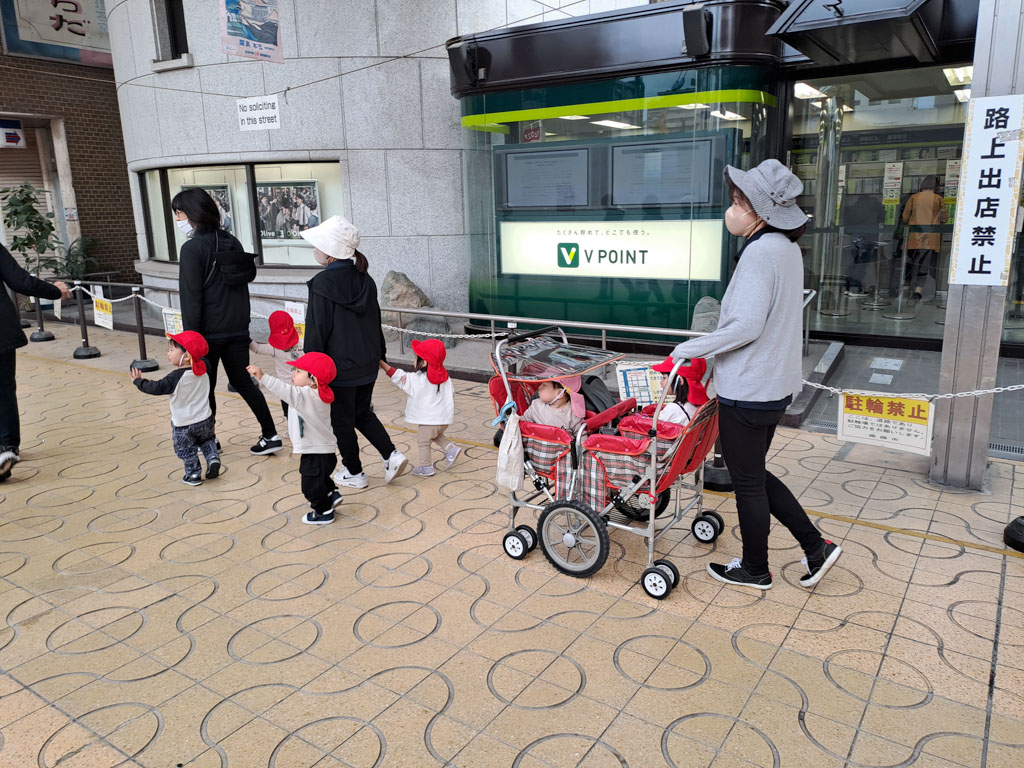
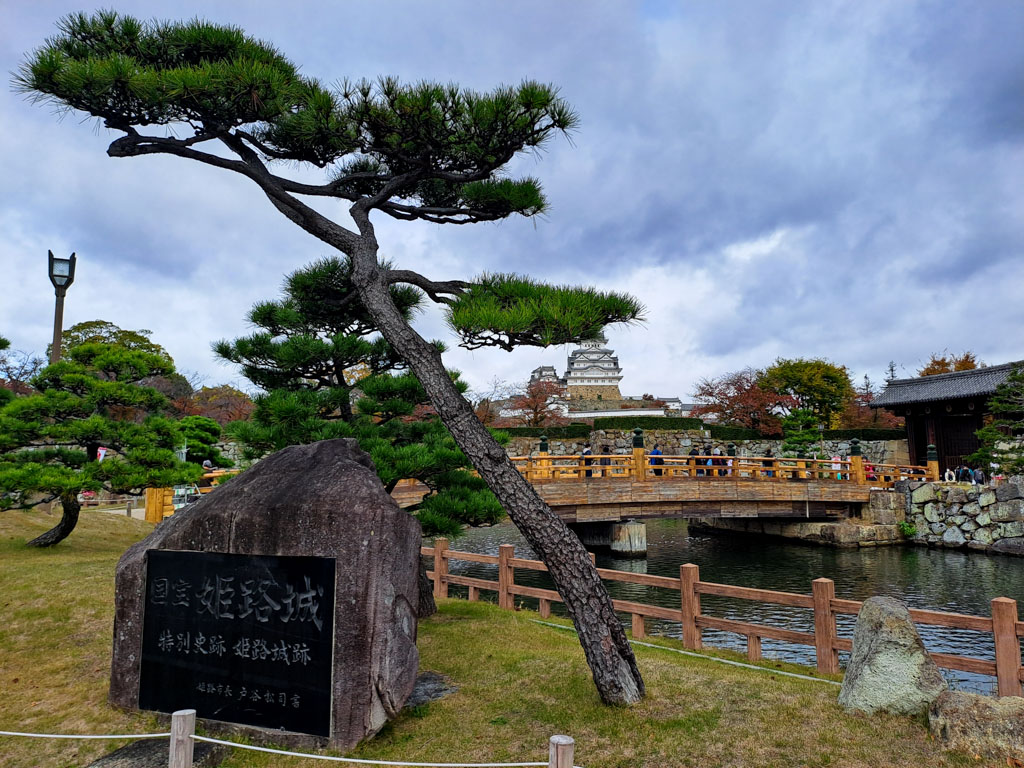
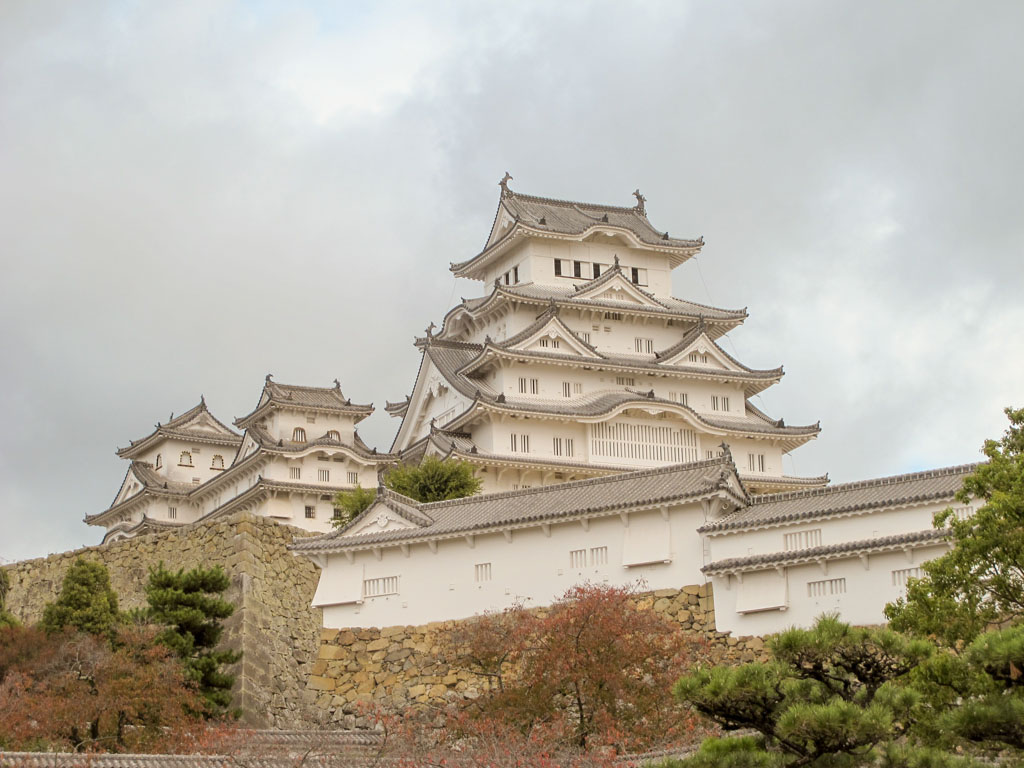
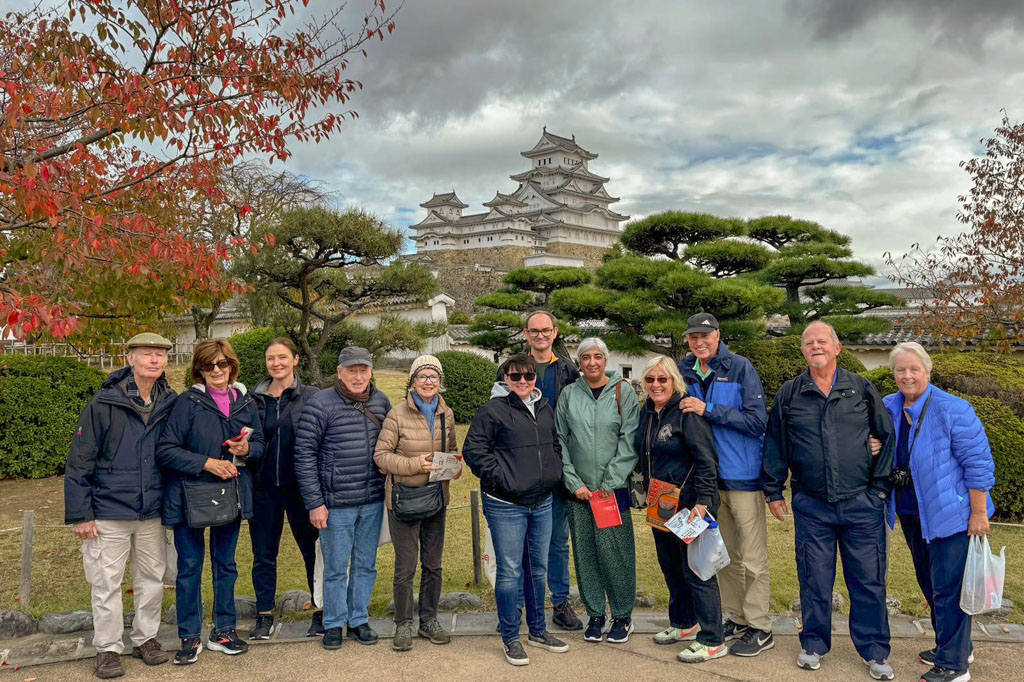
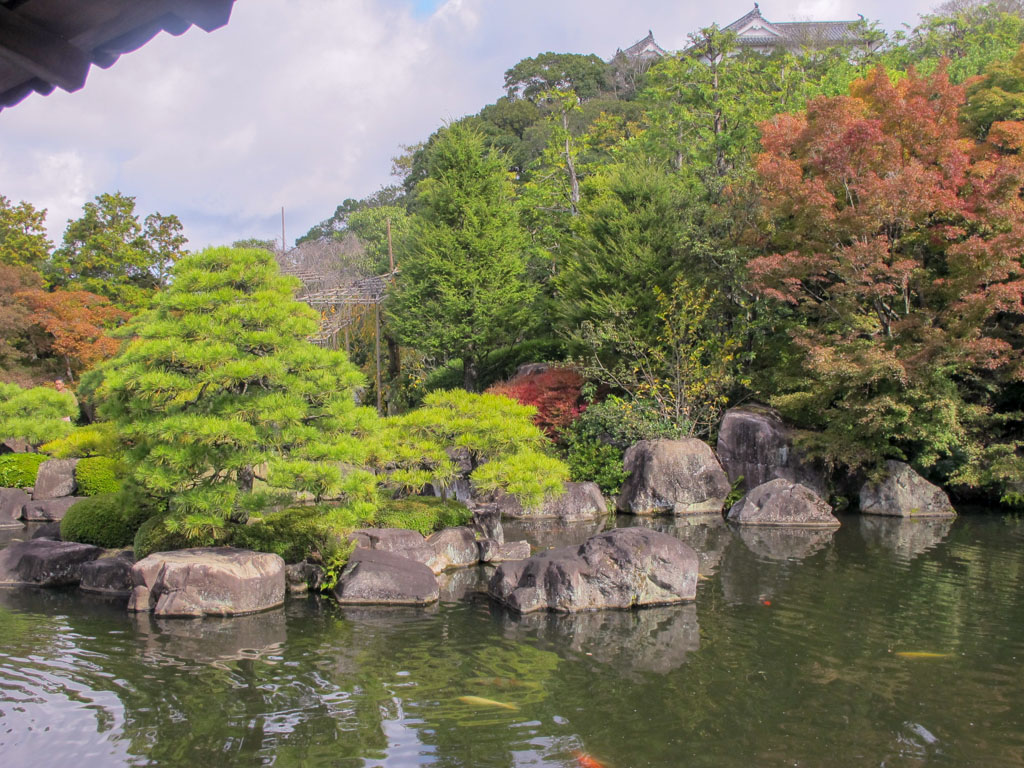
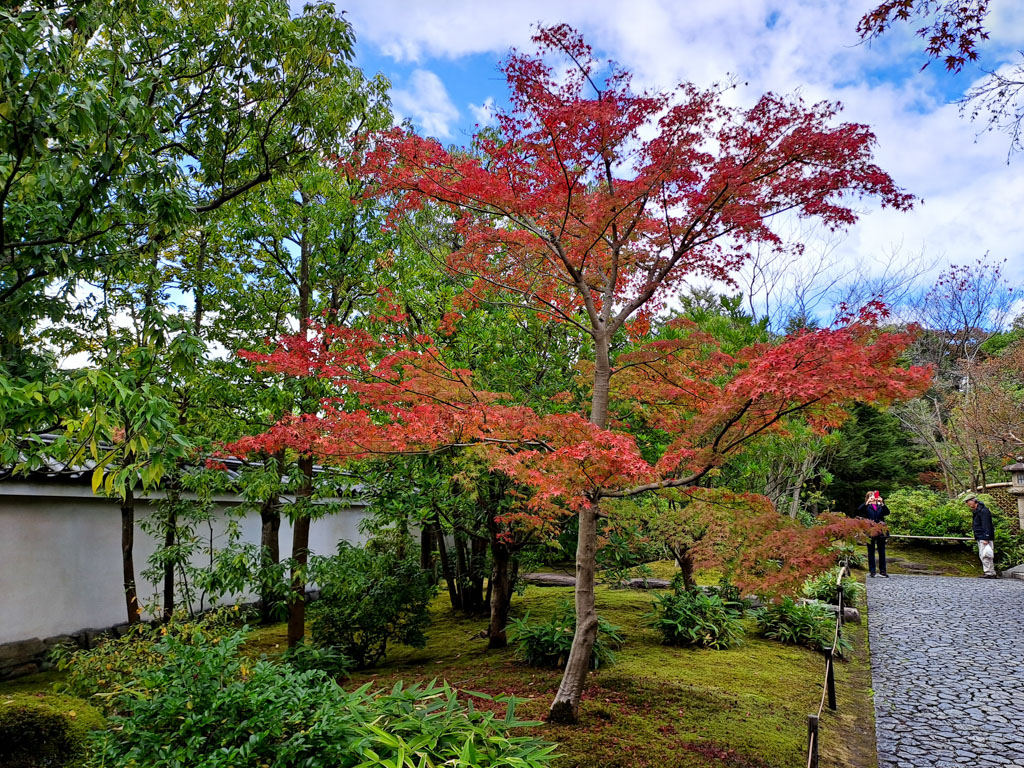
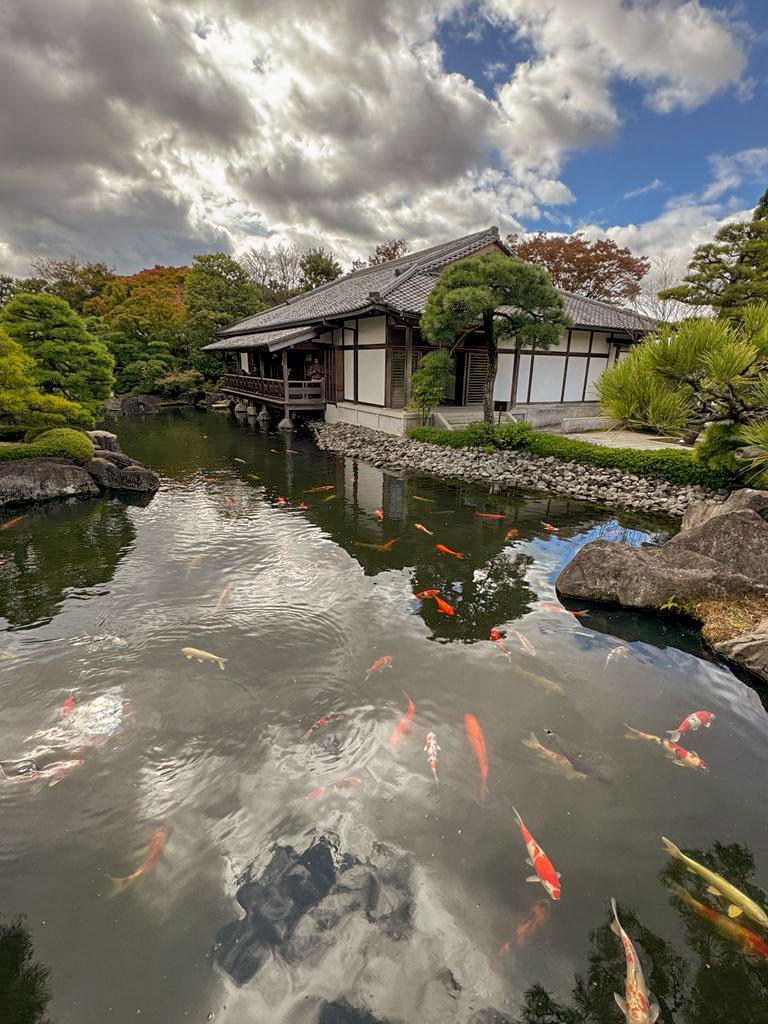
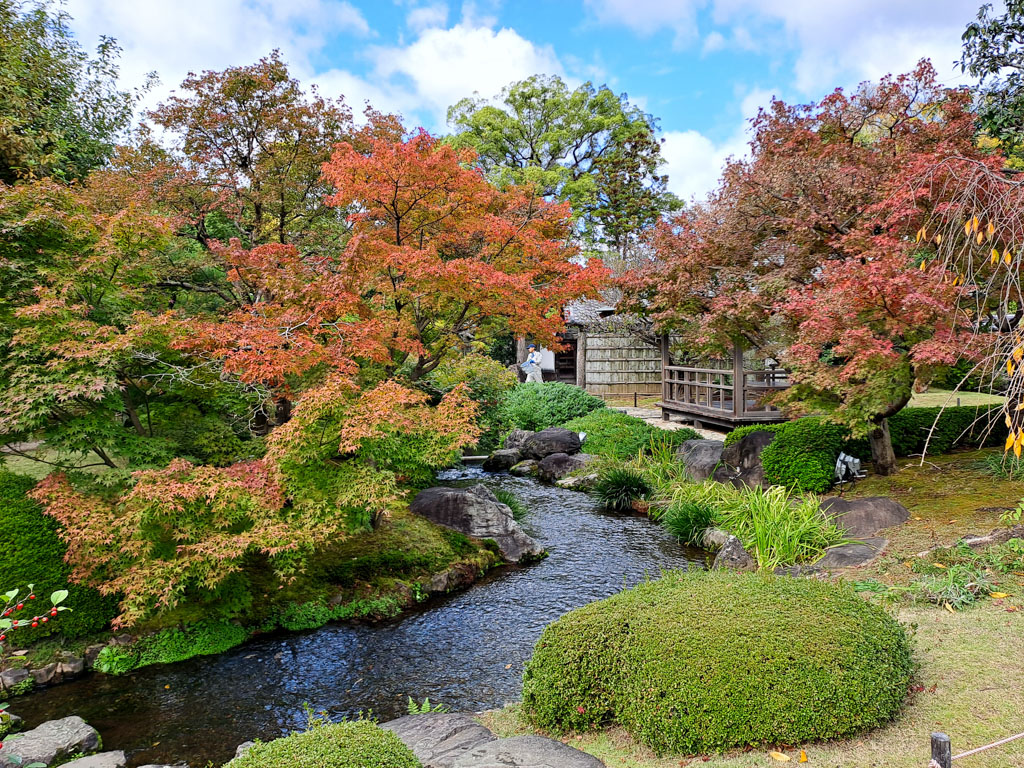
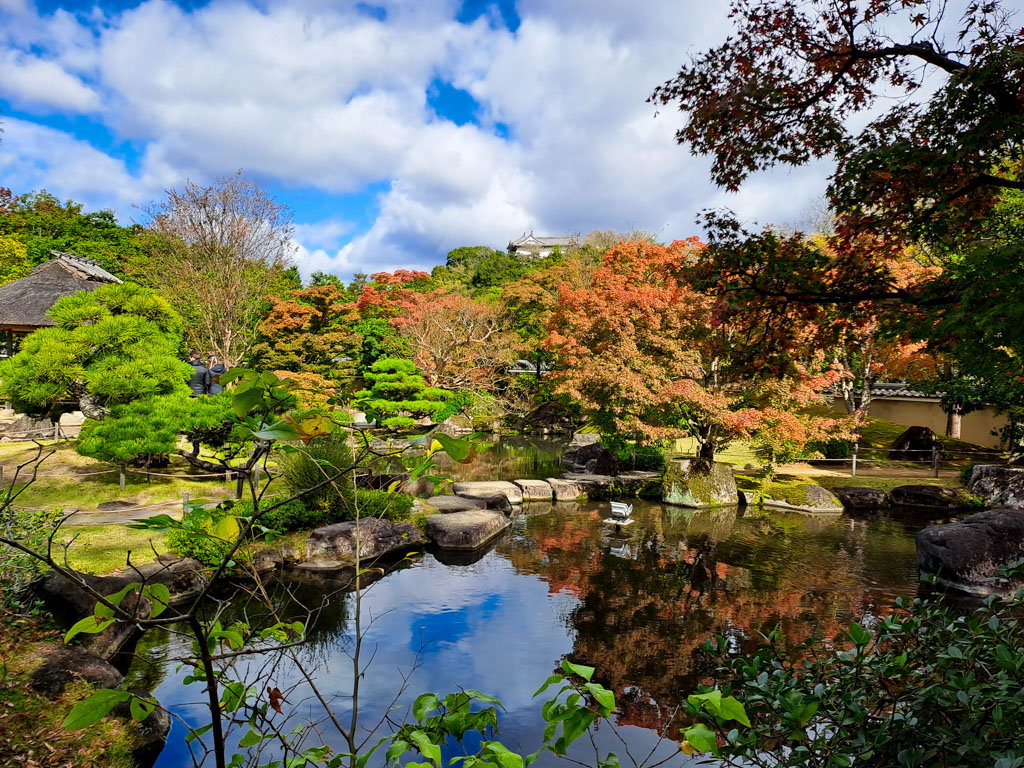
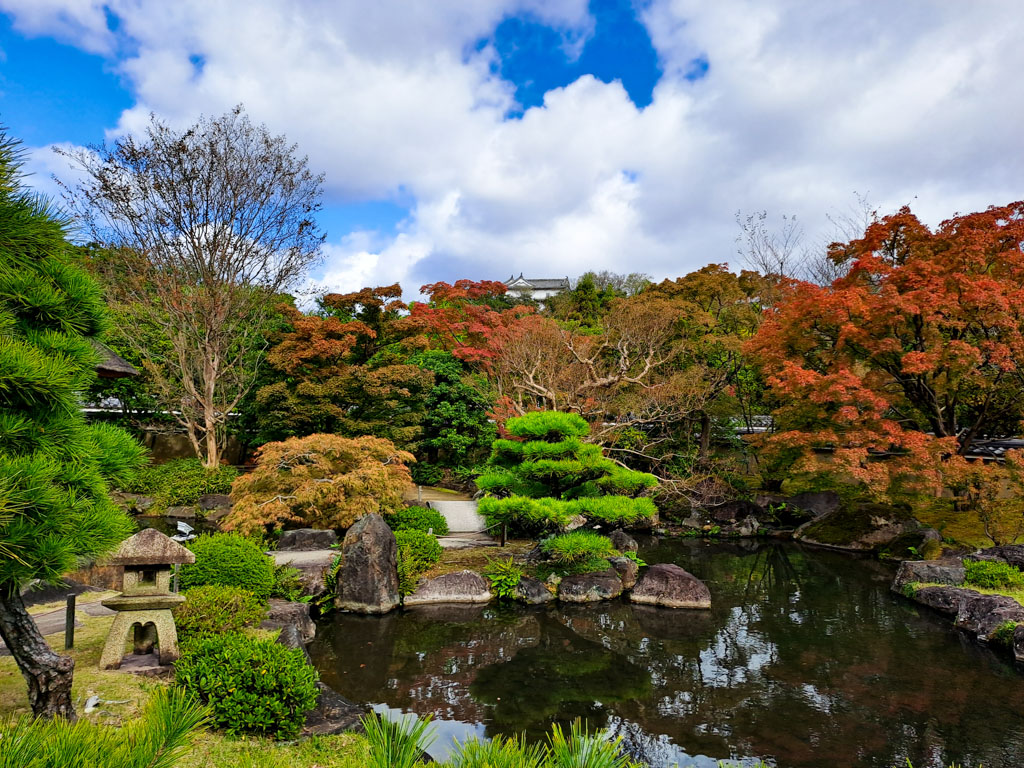
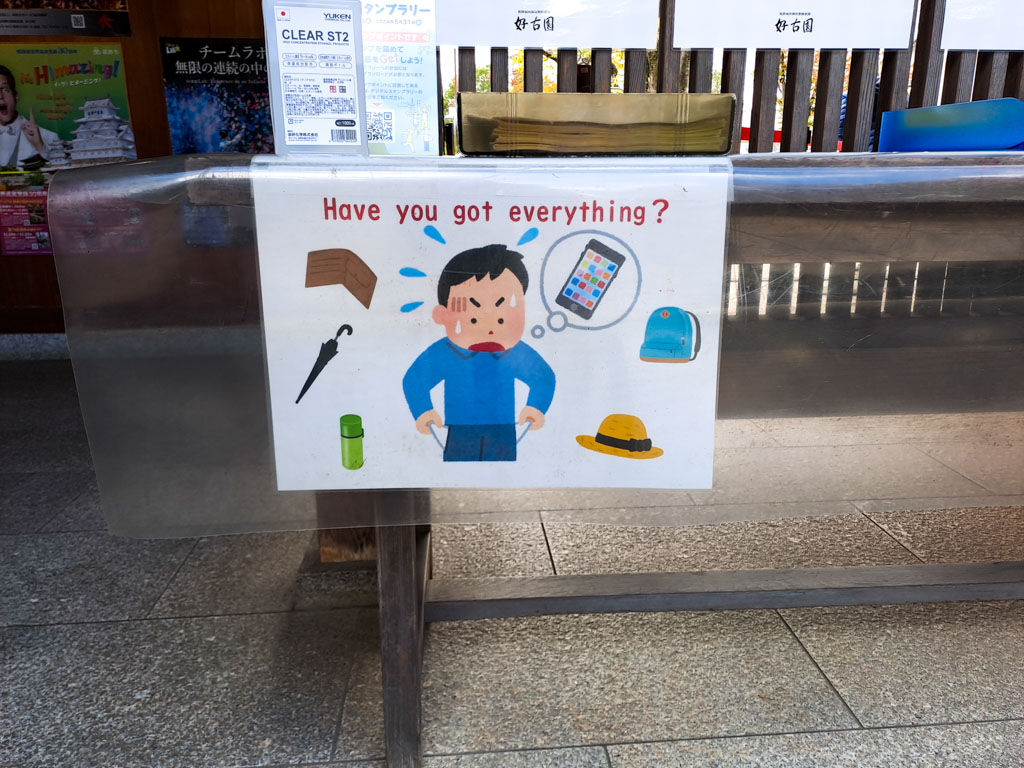
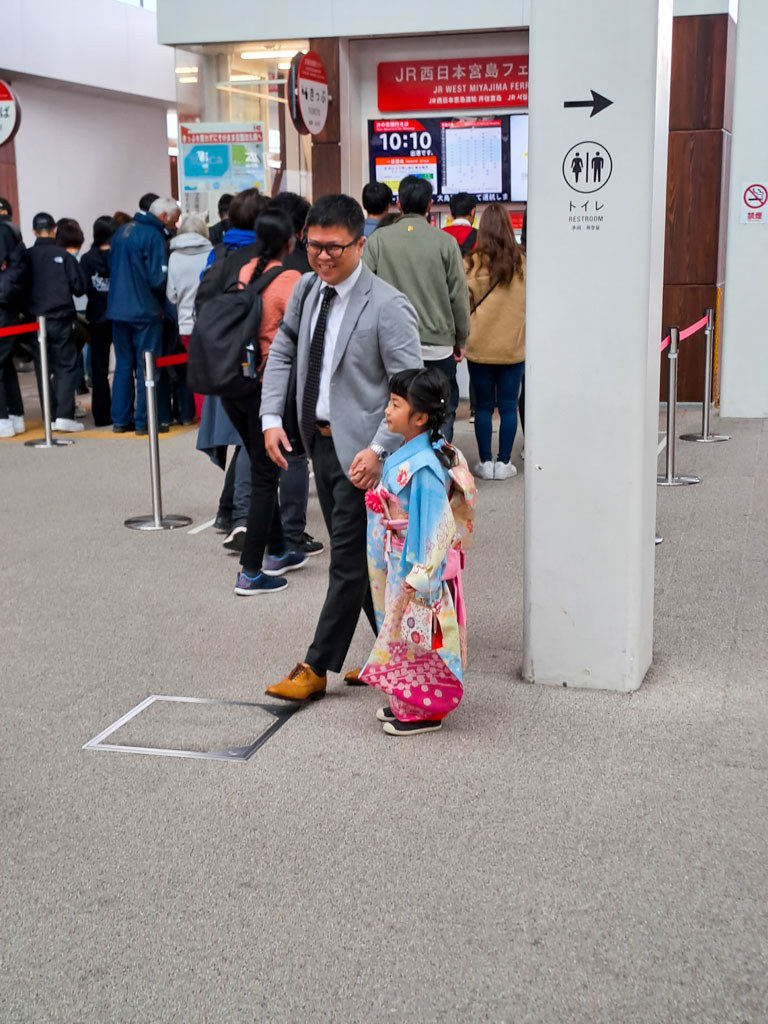
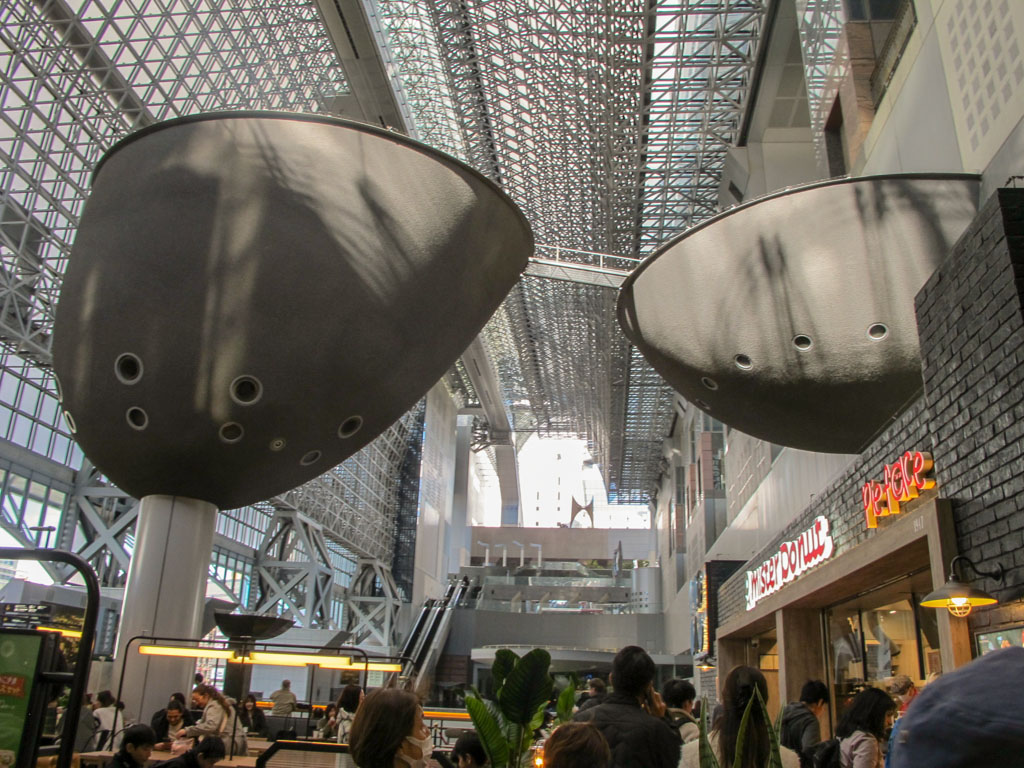
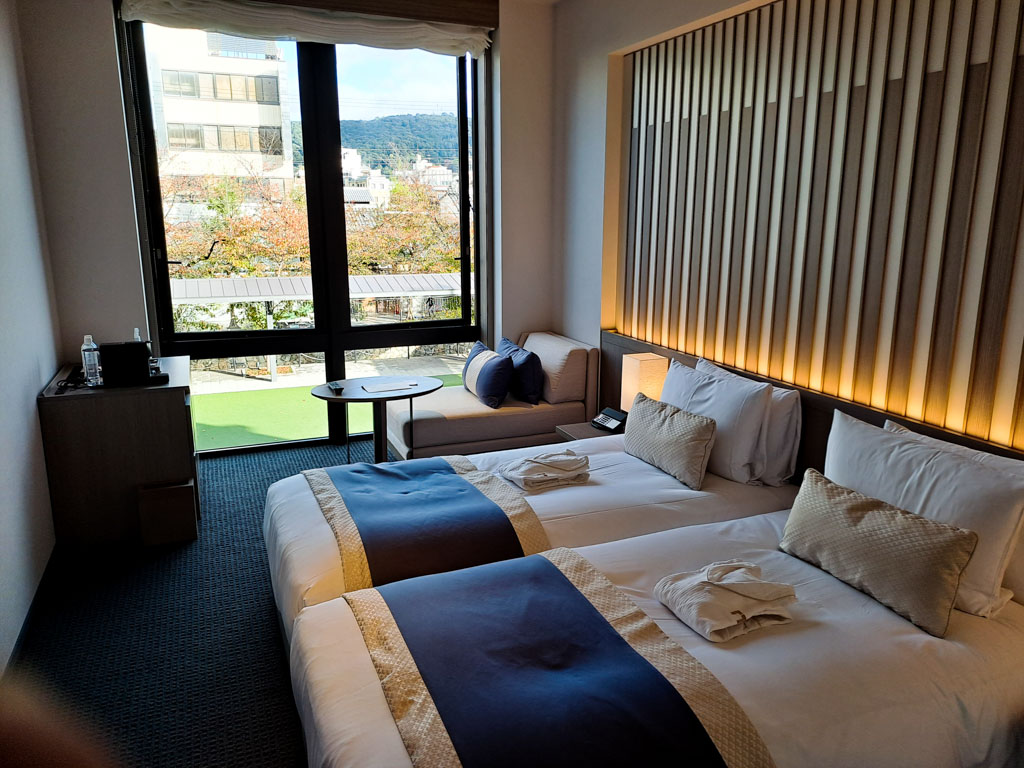
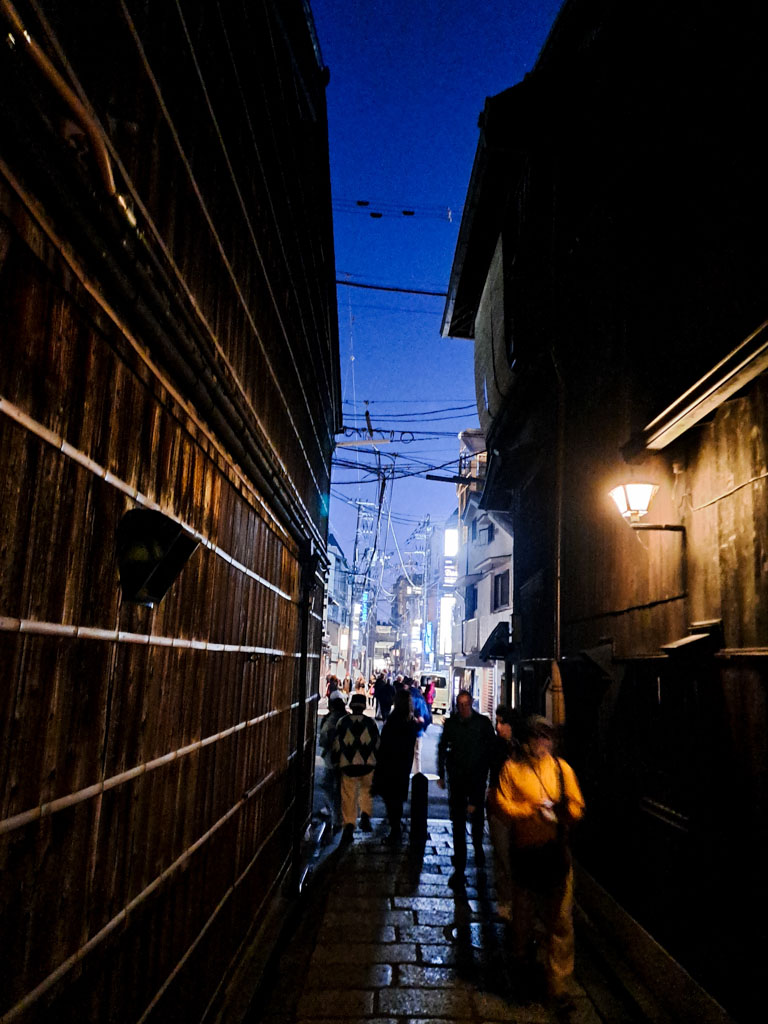
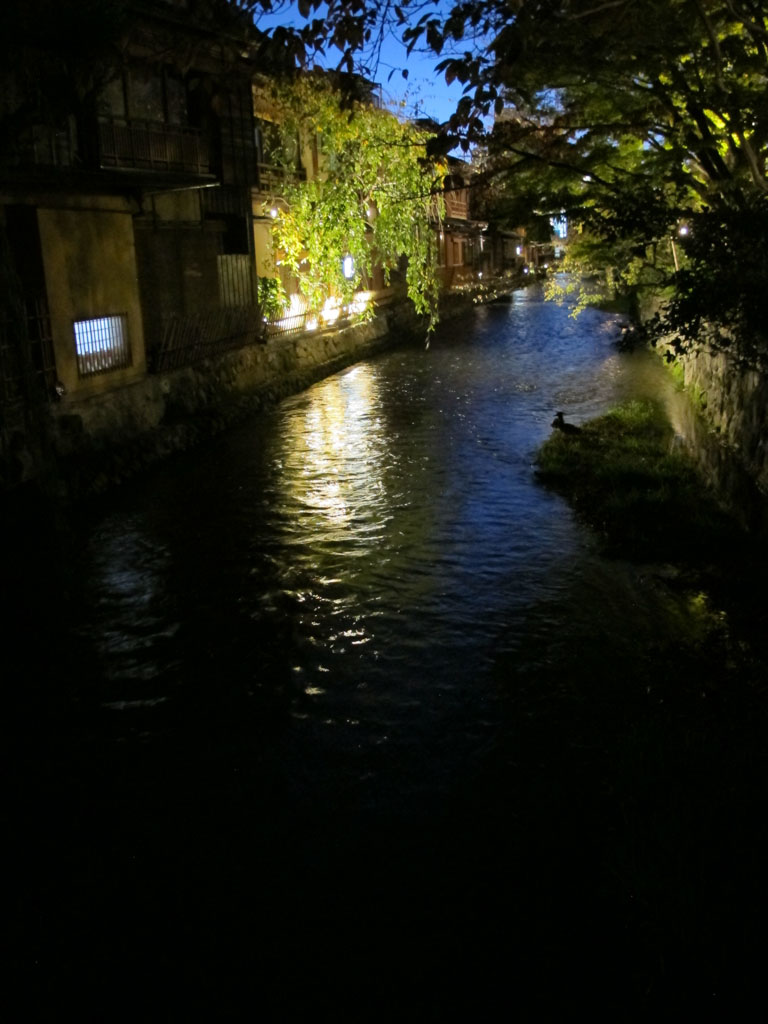
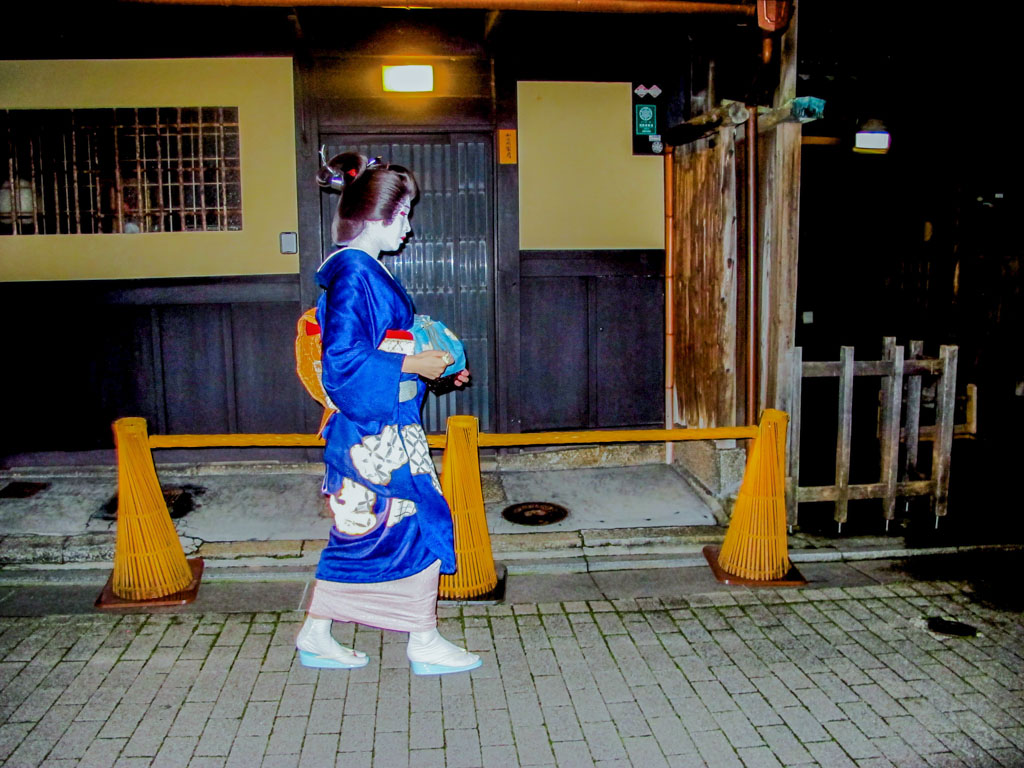
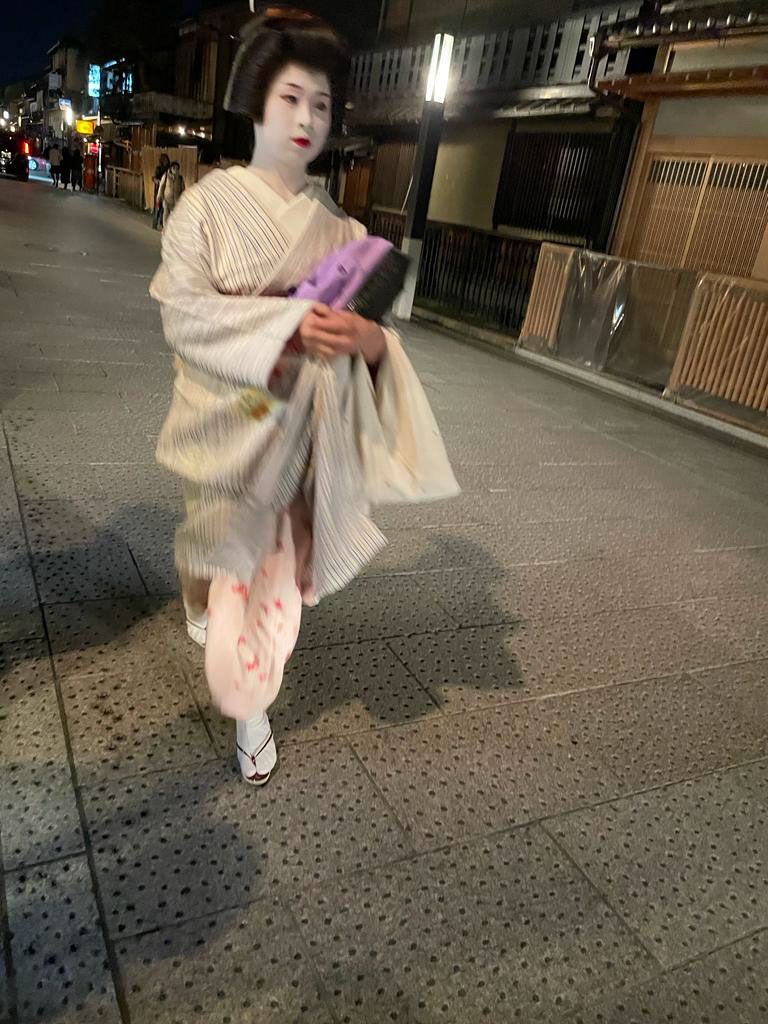
The last leg of the tour started today with the jouney to Kyoto, again by shinkansen, by way of Himeji Castle. This is quite a spectaular sight and can be seen as soon as you exit the railway station. Unfortunately there are quite a few high steps to climb to get to the more interesting parts of the castle and we felt that our knees and hips would complain too much so instead of going around the castle we decided to visit the Kokoen garden, which is just to the left before you enter the castle. In fact it is not one garden but a whole series of them, each dedicated to various aspects of gardening. It is beautiful and at the time we visited very peaceful and tranquil. Not crowded at all. We spent about an hour wandering around before making tracks for the railway station.
We arrived in Kyoto late afternoon and piled into 3 taxis to take us to our final hotel The Gate Hotel. shingo organised a walk through Nishiki Market, but we decided to give it a miss and unpack, deciding to do the walk on the last half-day we had before travelling home. Shingo asked if any of us needed to purchase tickets for our journeys after the tour ended. If so, to let him know and he would go to Kyoto station and get them for us, which was ever so sweet of him and over and above what he needed to do.
Later on we took a walk down Pontocho, an alley between our hotel and the river. It is full of little shops and restaurants and evntually comes out near to the Gion district, famous for the Geishas and Maikos that can be seeen walking along its streets. We did in fact see some, but they walk so quickly that it was difficult to get a photo of one, though Sue did manage to get a rather good one of a Maiko. Some of us had dinner later in one of the restaurants in Pontocho. Sue ordered sake and the waiter produced a small square bowl, sat a rather large shot glass in the bowl, filled the glass with sake until it overflowed and filled the square bowl, Sue then had to figure out how to drink the sake without spilling any. The solution involved quite a bit of genteel slurping!
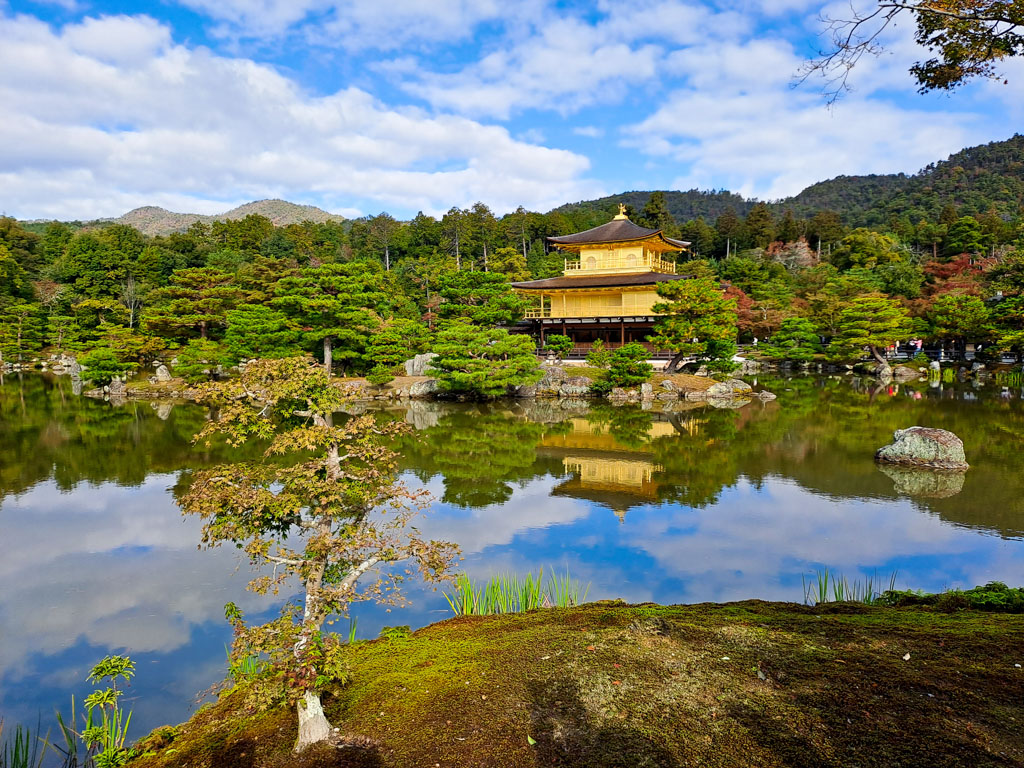
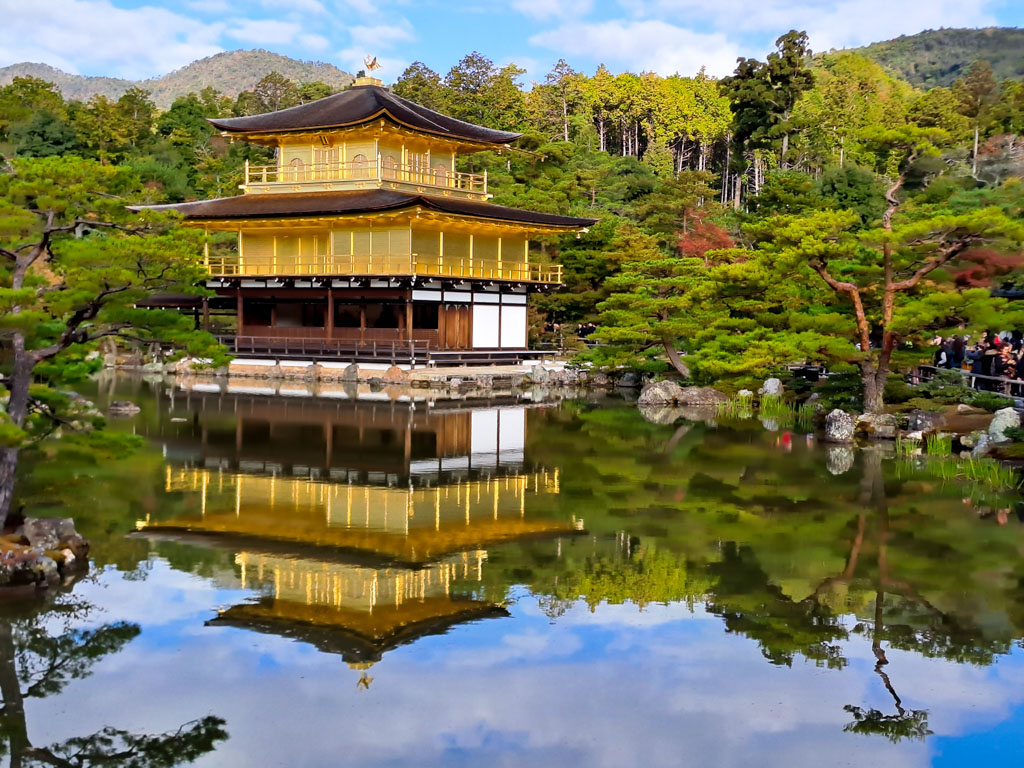
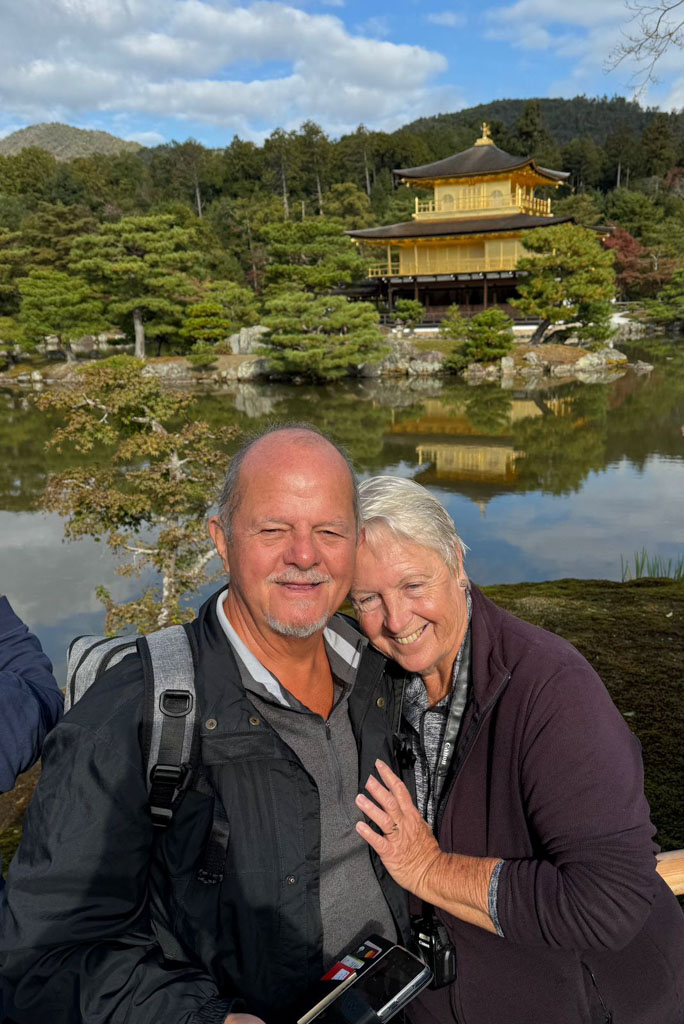
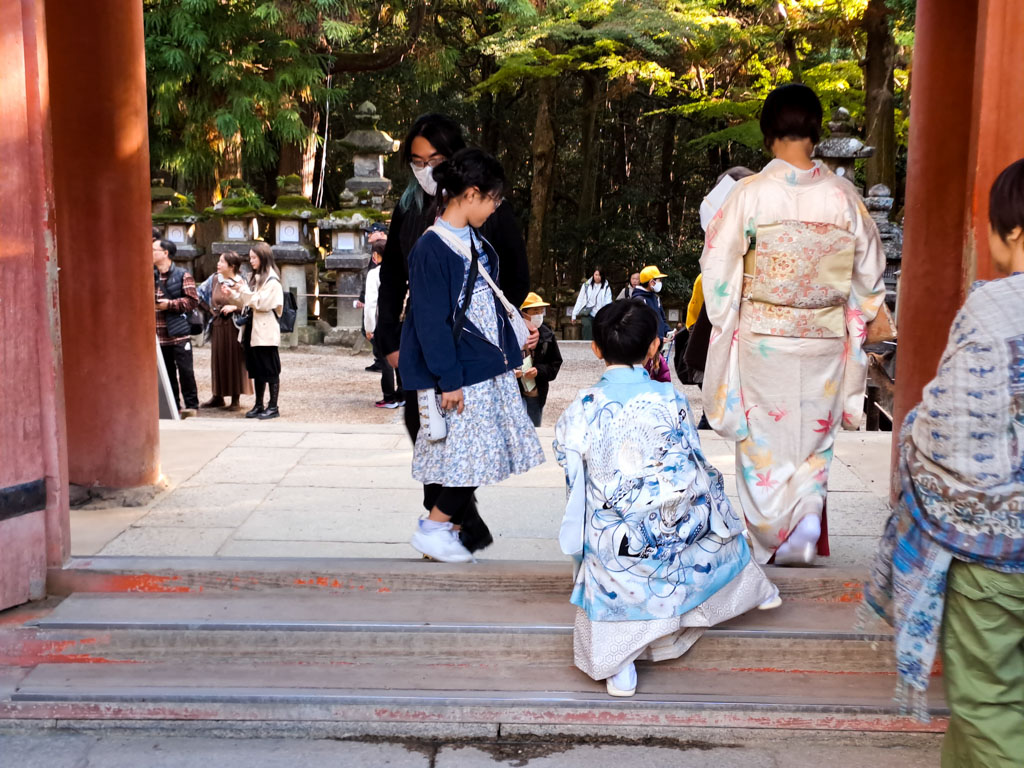
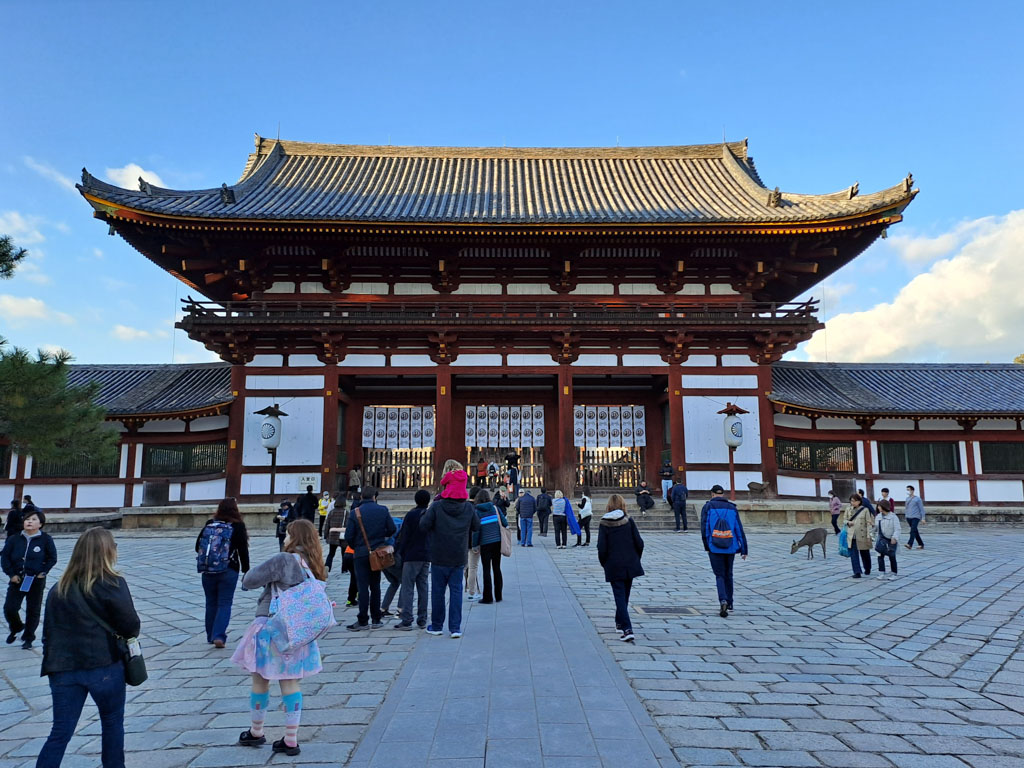
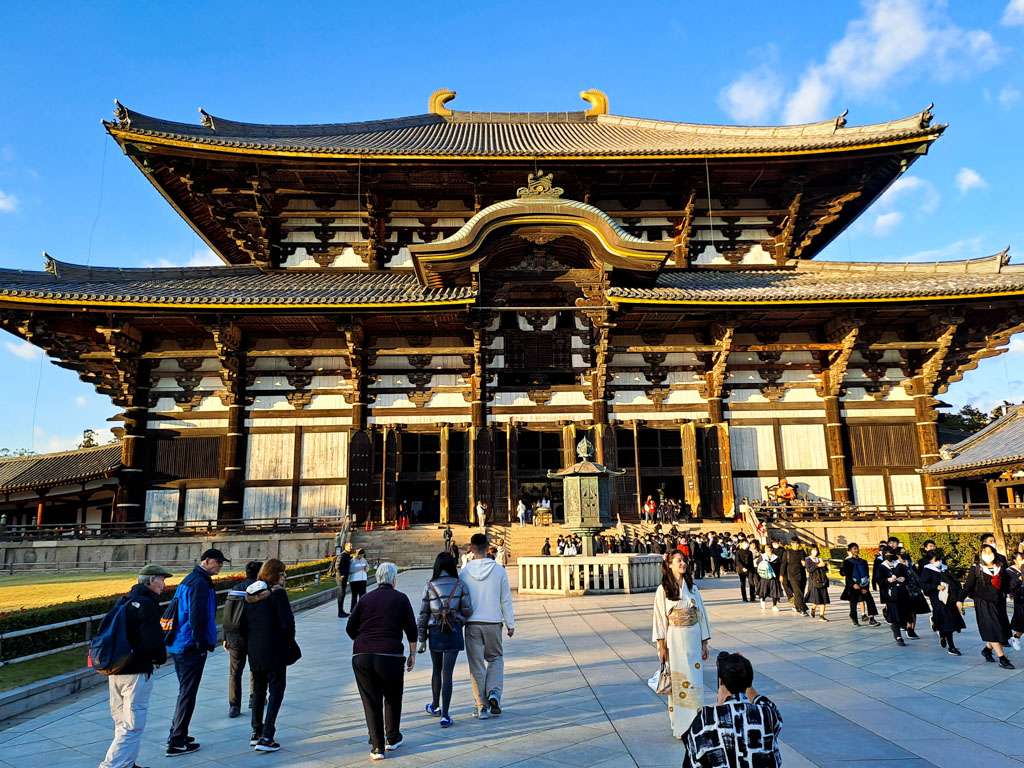
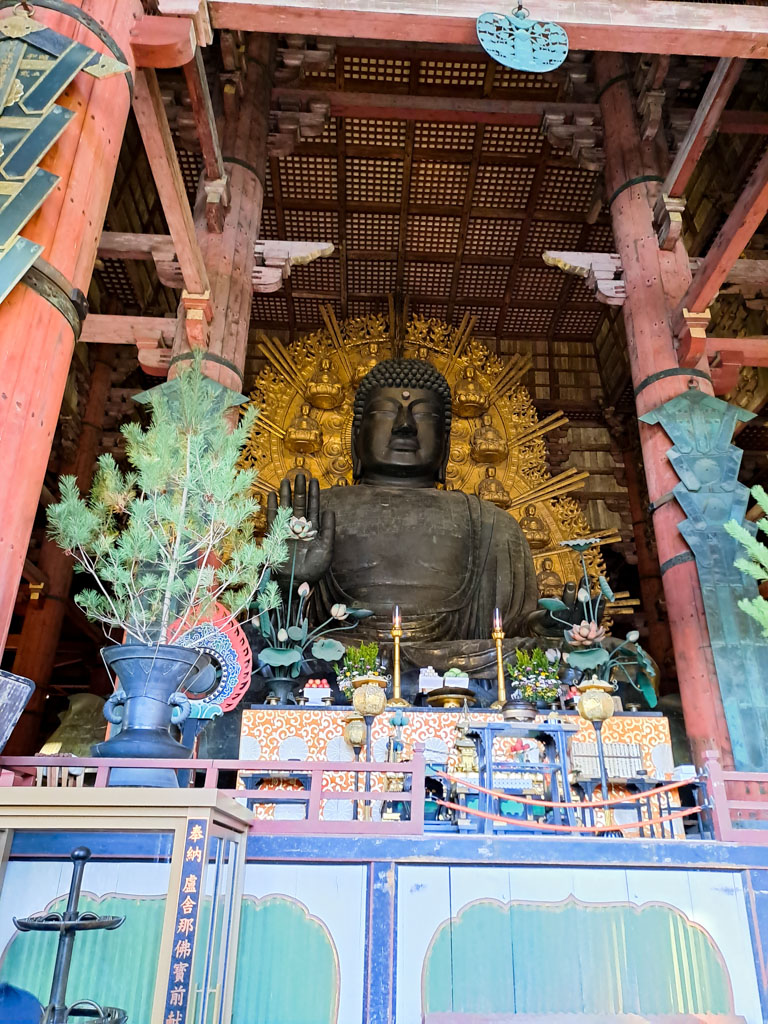
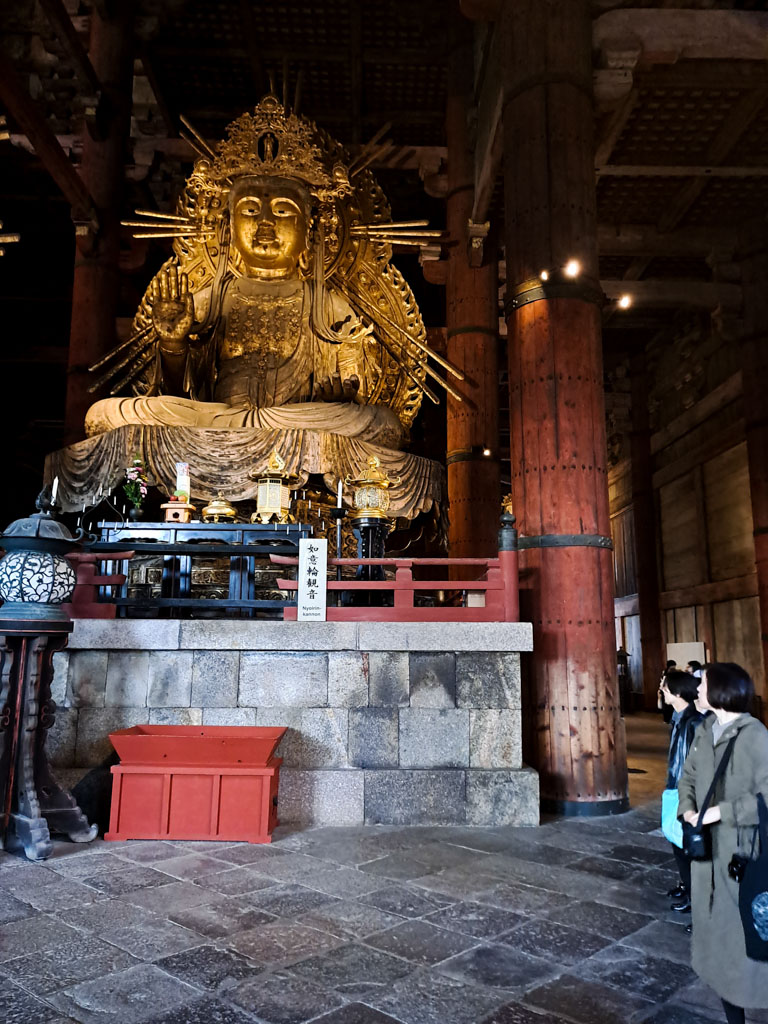
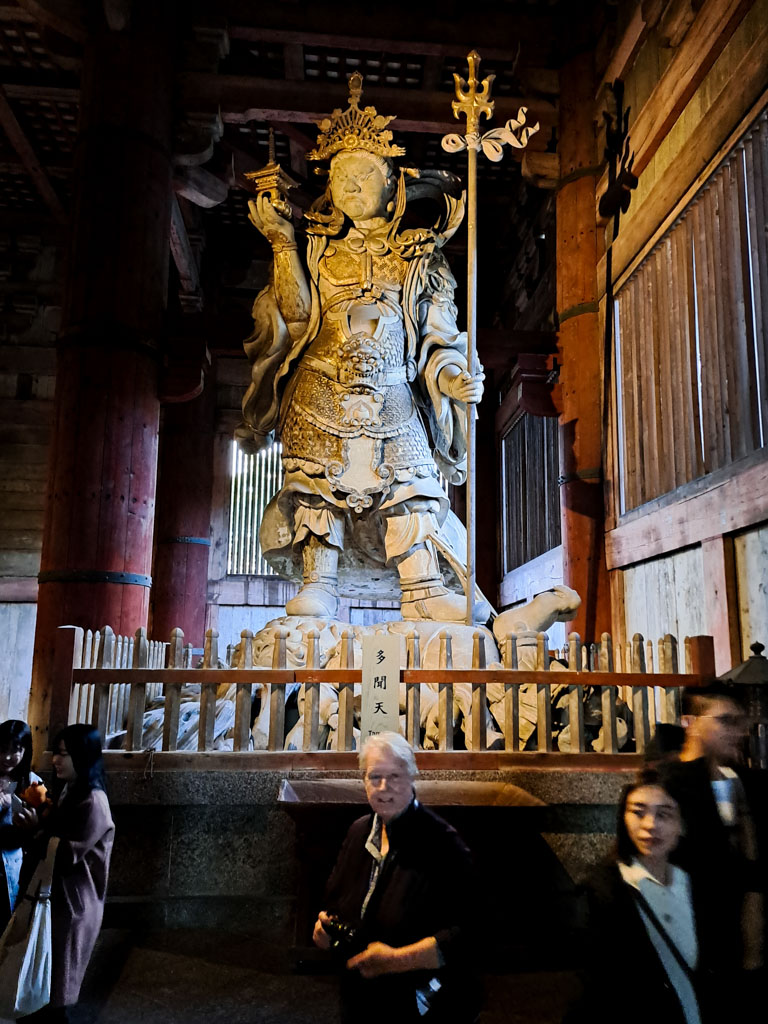
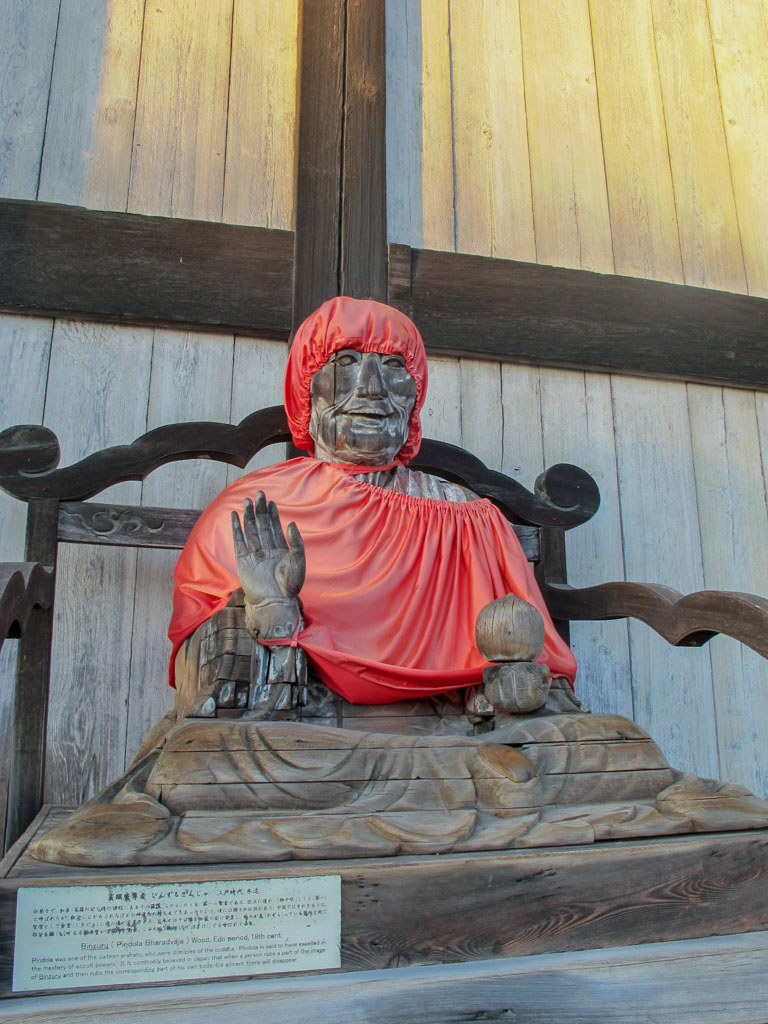
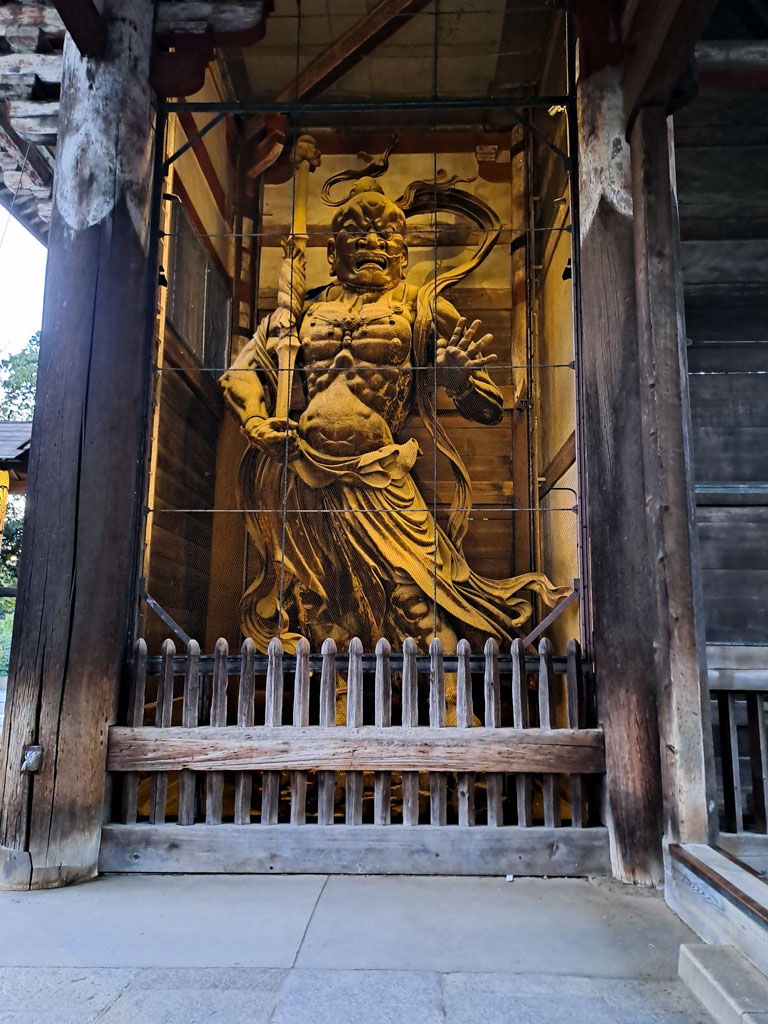
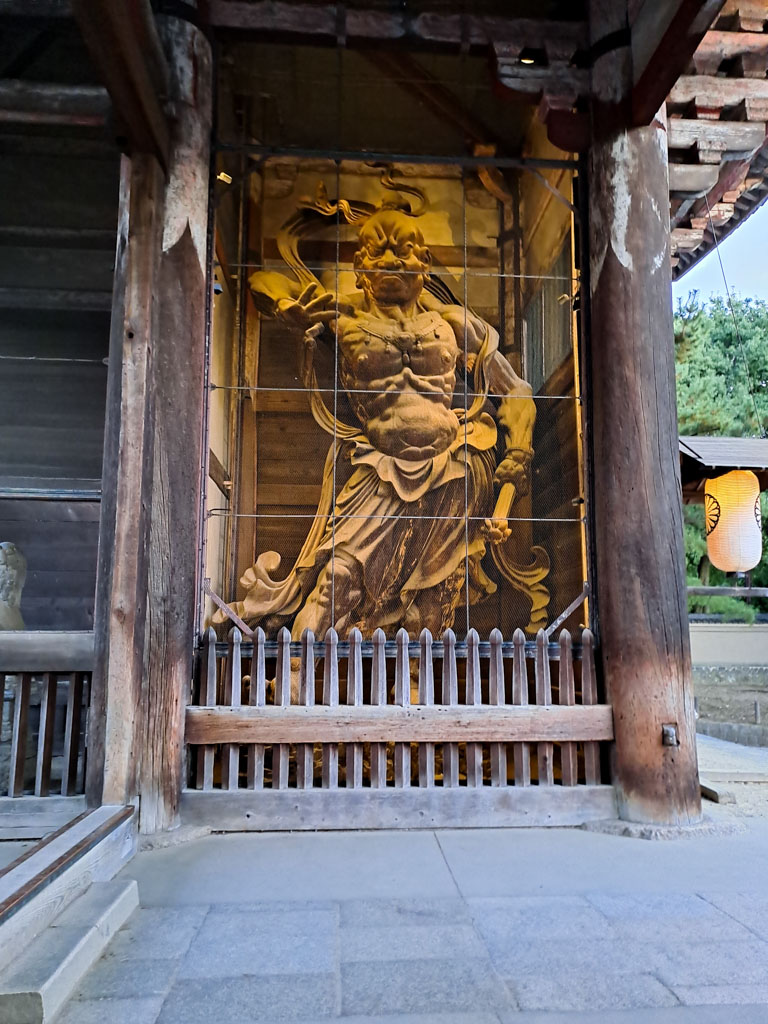
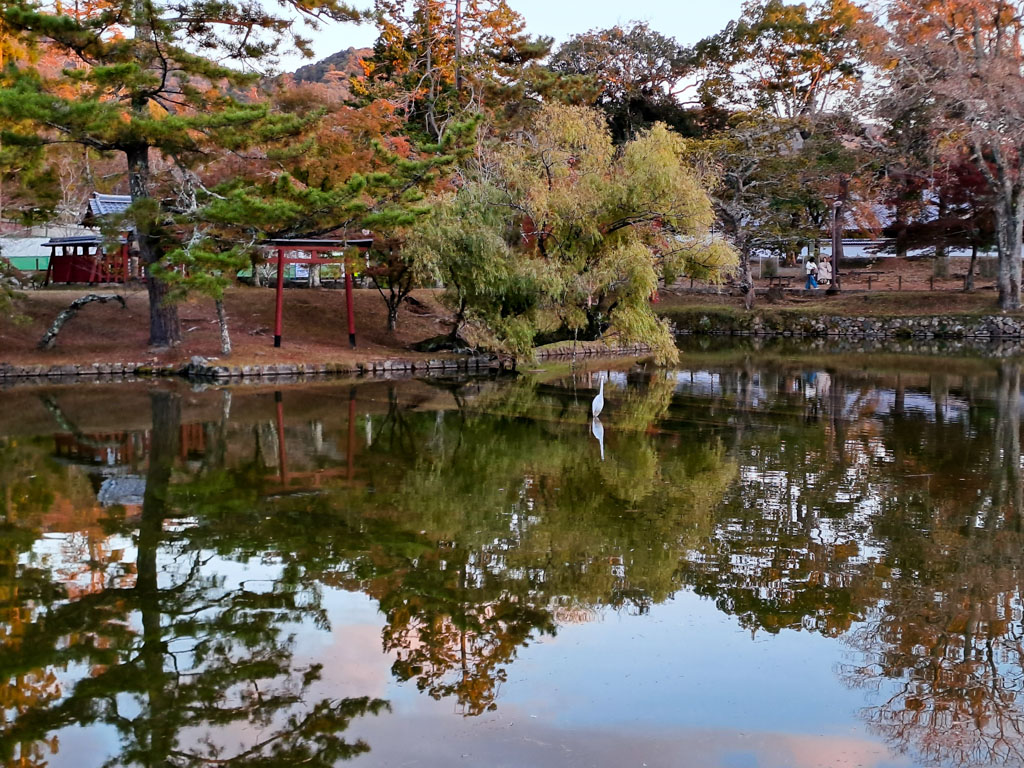
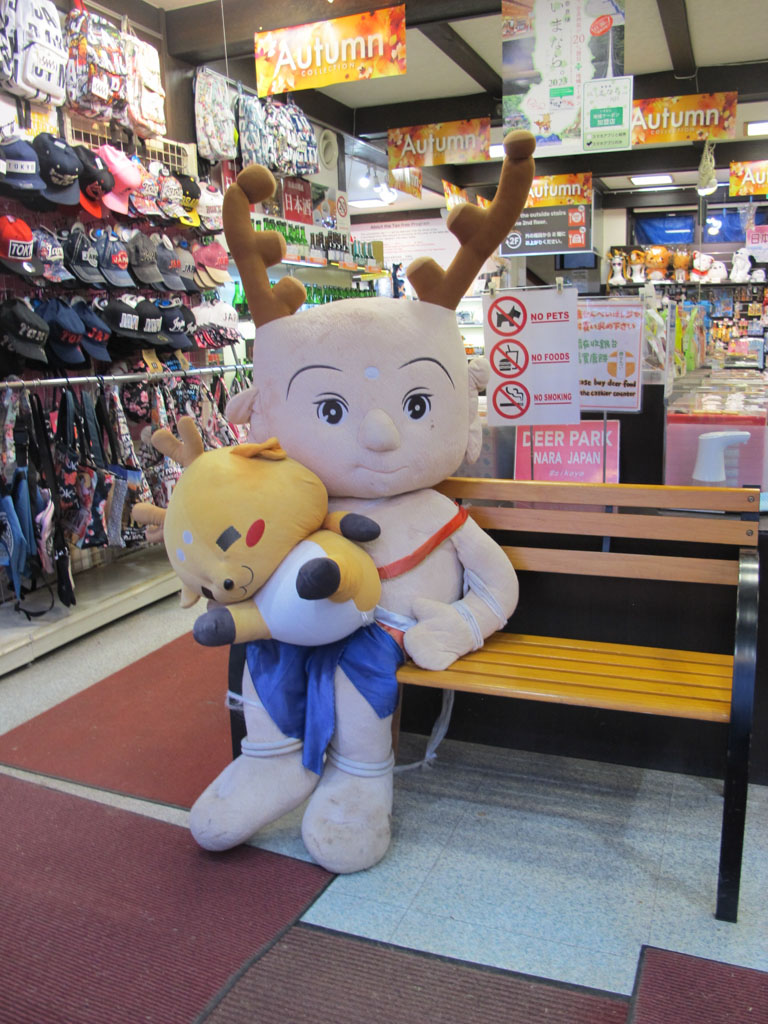
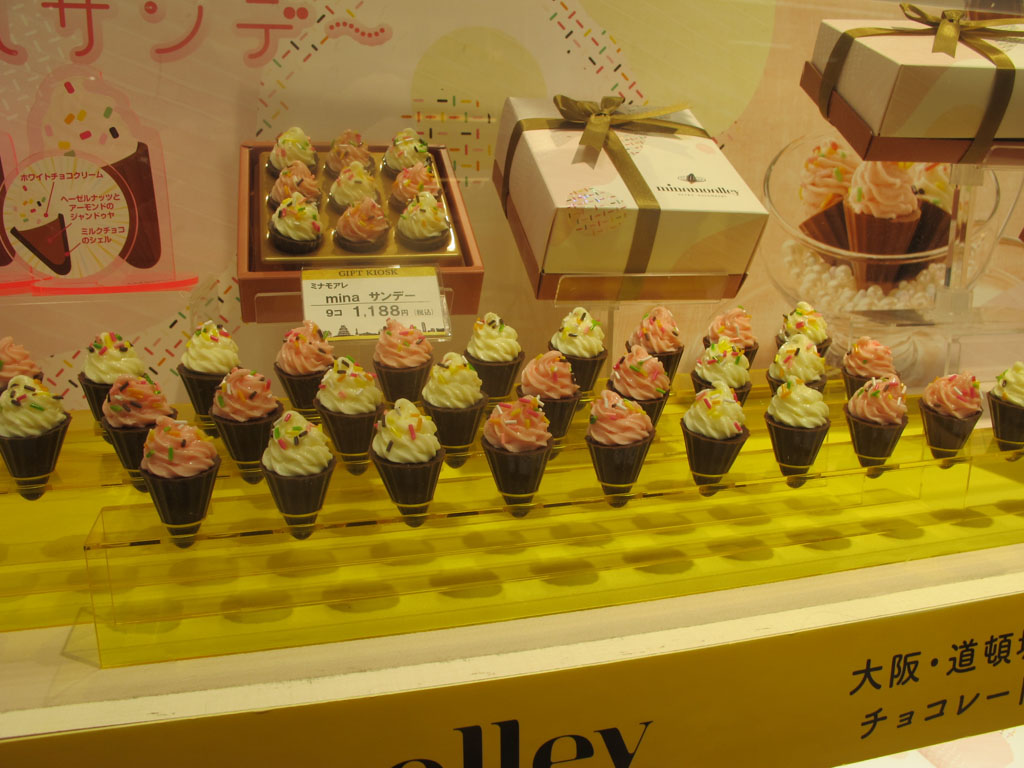
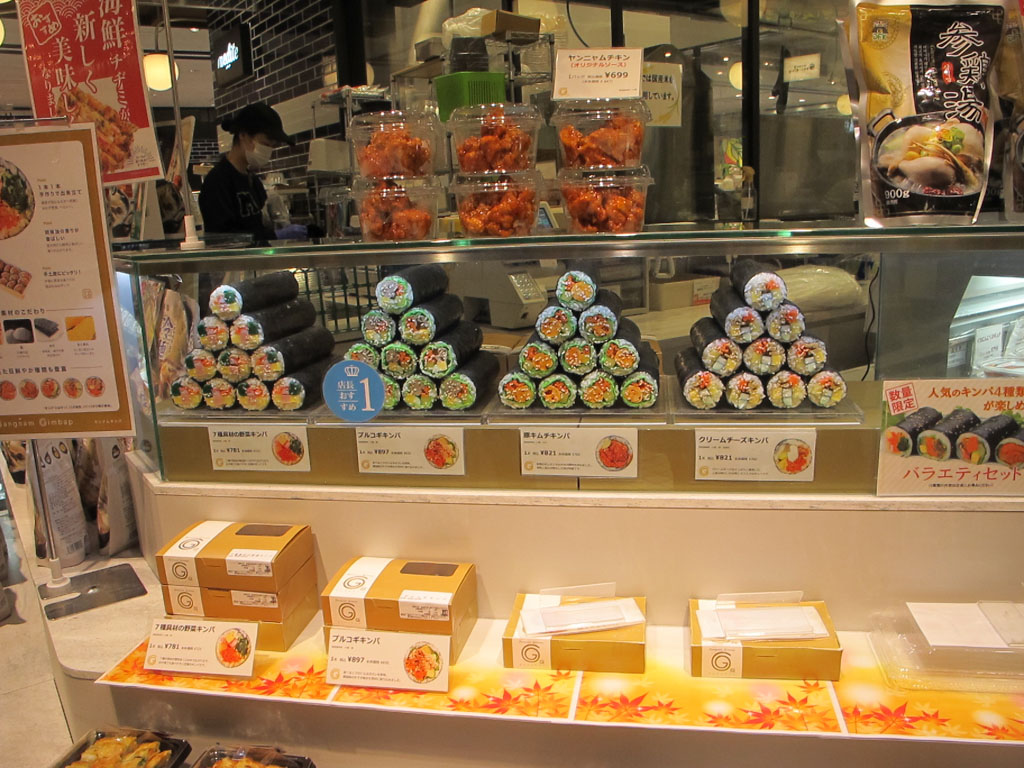
We took the bus to Kinkakuji that resides in northern Kyoto. The temple was originally built in the 15th century.It has burnt down several times though. The current incarnation dates back only to 1955 after the previous one was destroyed by a fanatical monk in 1950. There is gold leaf in abundance and the grounds are quite pretty.
We then visited the Daitokuji Temple, a large, walled temple complex that is the head temple of the Rinzai sect's Daitokuji school of Japanese Zen Buddhism. Here we were in for a treat, a zazen meditation session run by a Zen monk. The meditation course focuses on each of the five elements of traditional zazen: relaxation, posture, center of gravity, breathing, and yin-yang. The monk had a large paddle on hand to whack anyone who strayed from meditation on the shoulders. Neil fell asleep half-way into the session. Following the meditation a very knowledgeable lady showed us around the temple and explained the calligraphy that is on display e.g the phrase: “Honrai muichimotsu” is one of the most famous Zen terms that describes a state of enlightenment of Zen. Translated it means that everything comes from nothing and comes into the world with nothing – no attachments, no possessions, no preconceived ideas nor prejudices; by nature, having nothing. Being free ourselves from any attachments allows one to attain enlightenment.
The lady described the beatiful Japanese garden that consists of a field of raked white gravel representing the river, and islands of rocks and moss representing a crane and a turtle, symbols of longevity and health commonly found in Japanese gardens. How the river flows to the ocean, at first encountering many obstacles while at the end of enlightenment flowing freely. Finally we partook of the tea ceremony, Neil being one of the few to (correctly) slurp the last of the tea from his cup. I think the others were too polite.
Eventually we caught the bus back to Kyoto station and several of us went on the optional excursion to Nara. What to say about Nara. It is a lovely place with lots of messangers of the gods (deer) freely wondering around. There were also lots of families dressed traditionally. The main attraction though is Todaiji Temple commonly known as the large temple with the huge 15 metres tall Buddha statue. The temple was originally built in the 8th century and until recently, Todaiji's main hall, the Daibutsuden (Big Buddha Hall), held the record as the world's largest wooden building, despite the fact that the present reconstruction of 1692 is only two thirds of the original temple hall's size. It really is awe-inspiring when you get up close to it. There is a pillar with a hole in its base that is the same size as the Daibutsu's nostril. It is said that anyone who can squeeze through this opening will be granted enlightenment in their next life. We saw one chap thoroughly stuck there and it took his friend several minutes to pull him through. There is a very odd-looking statue just outside the main hall and it is said that if you have pain anywhere rub the same spot on the statue and it will disappear. Neil tried rubbing the statue's hip and lo and behold the ache in his right hip vanished. Funny thing was though, he rubbed the statue's left hip.
When we got back to Kyoto we found that Shingo had successfully bought our tickets to Shinagawa for our trip home and Andrew and Zereena had managed to get some sweet-potato flavoured Kit Kats for Philip - result!
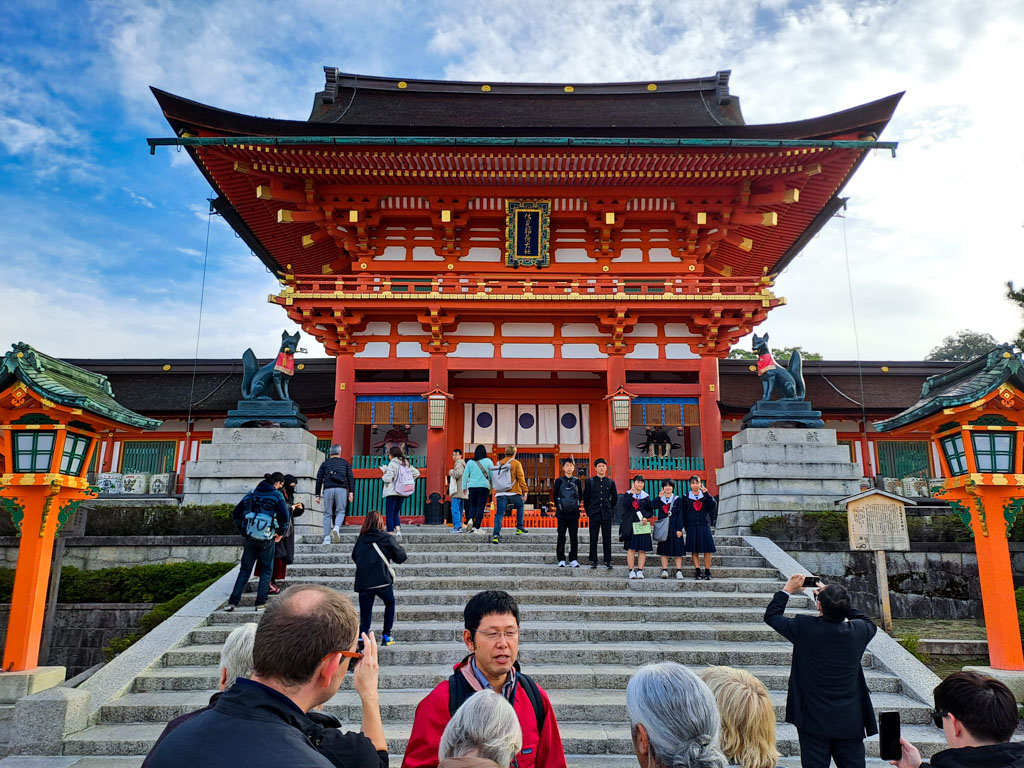
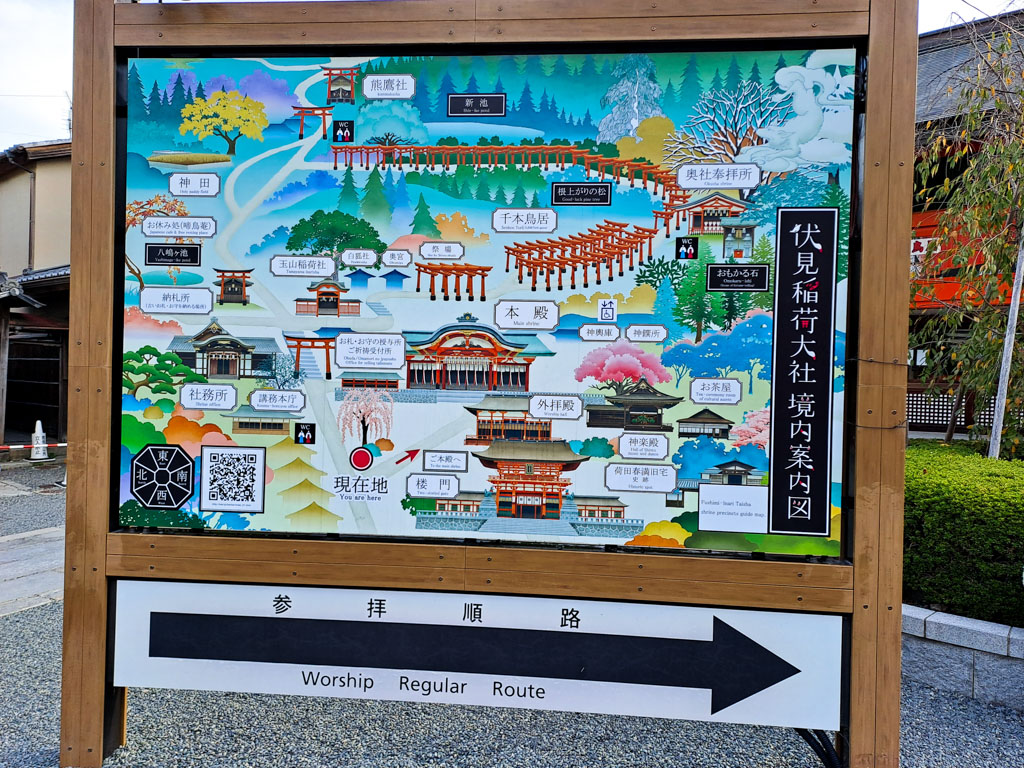
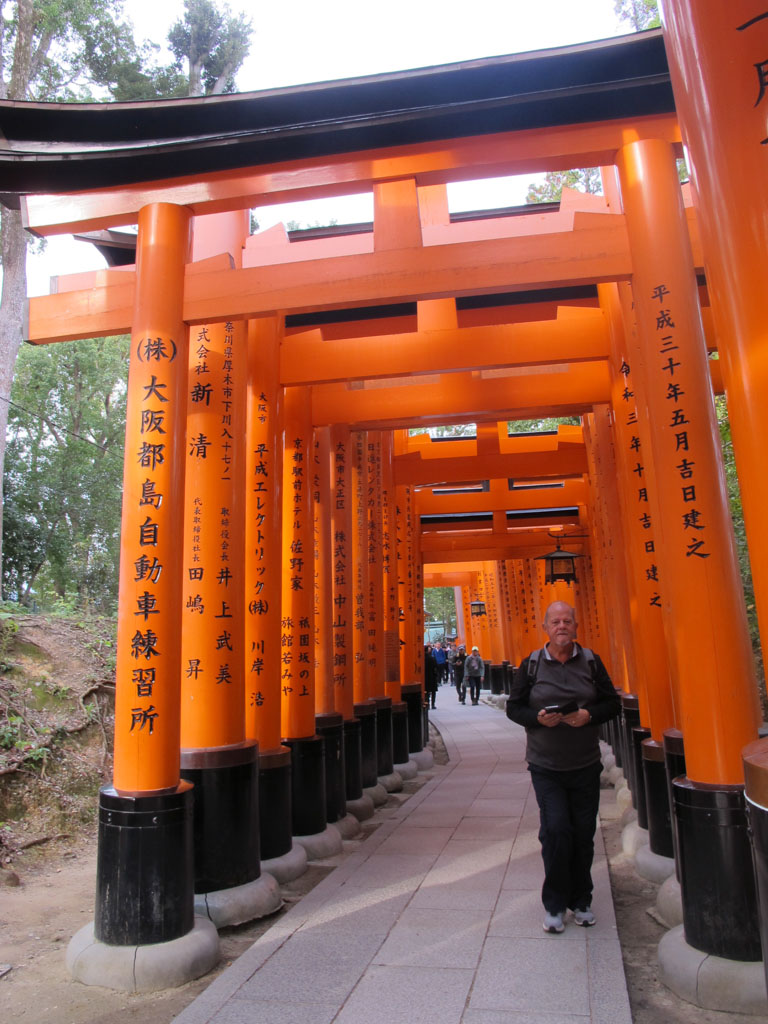
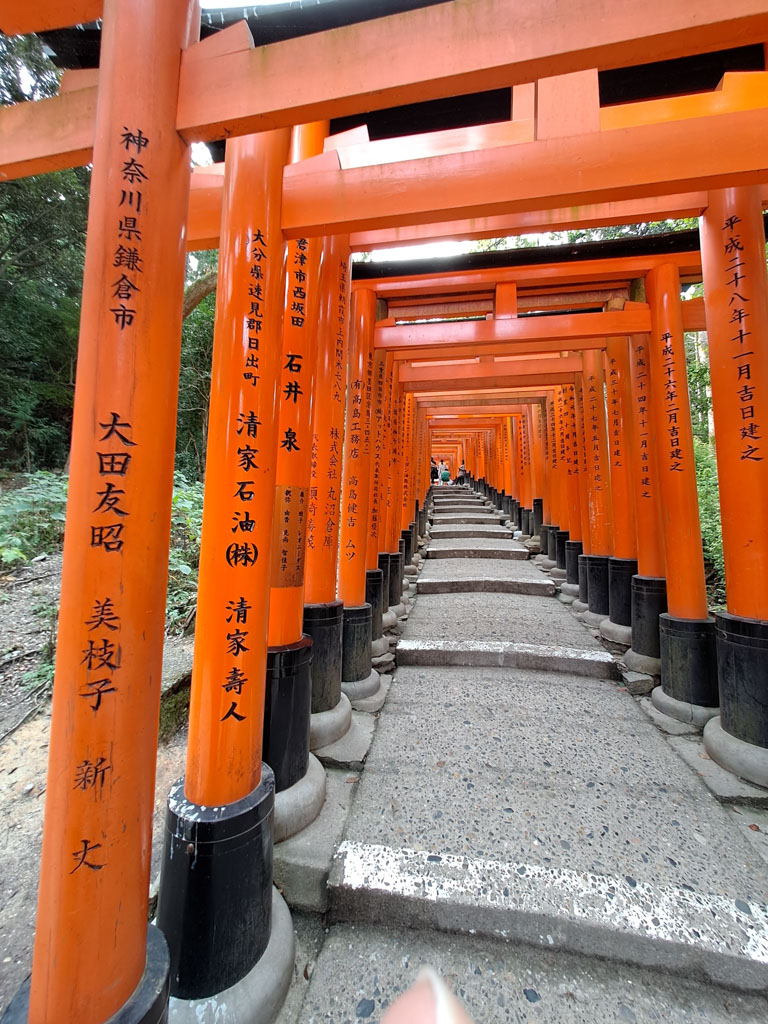
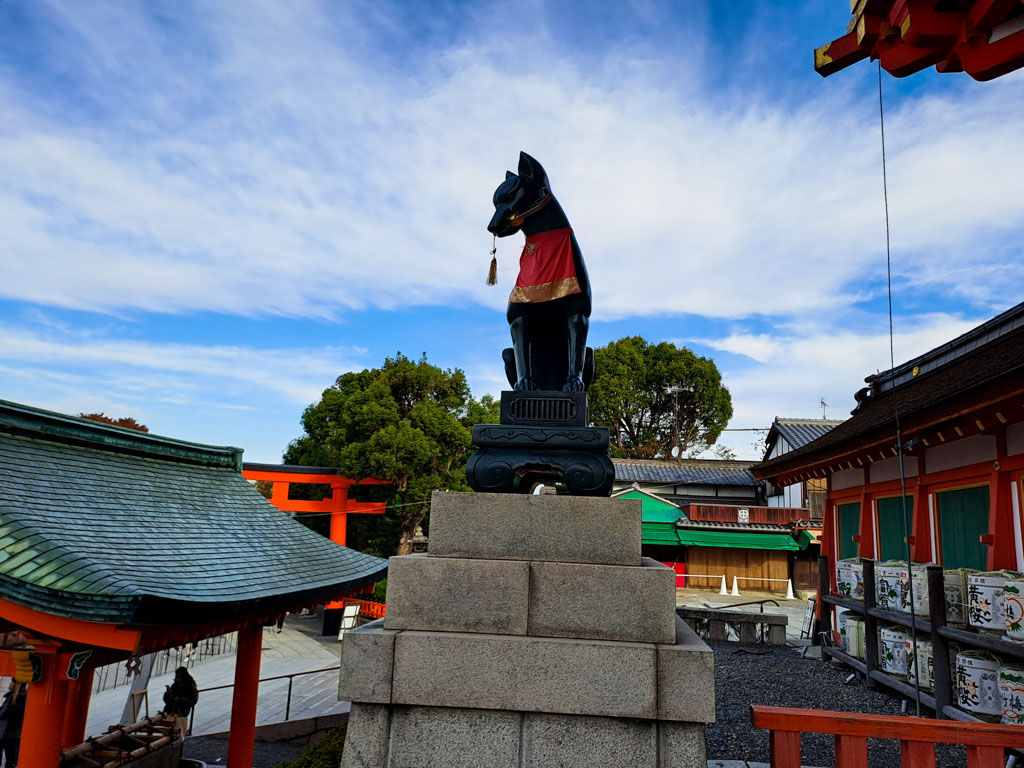
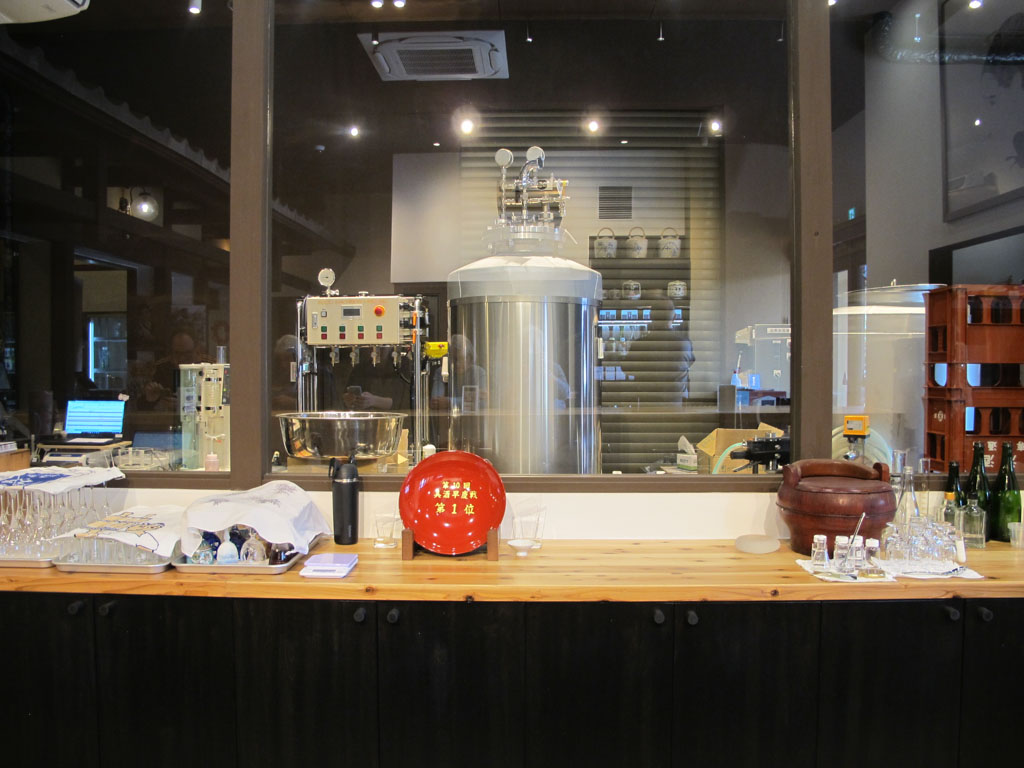
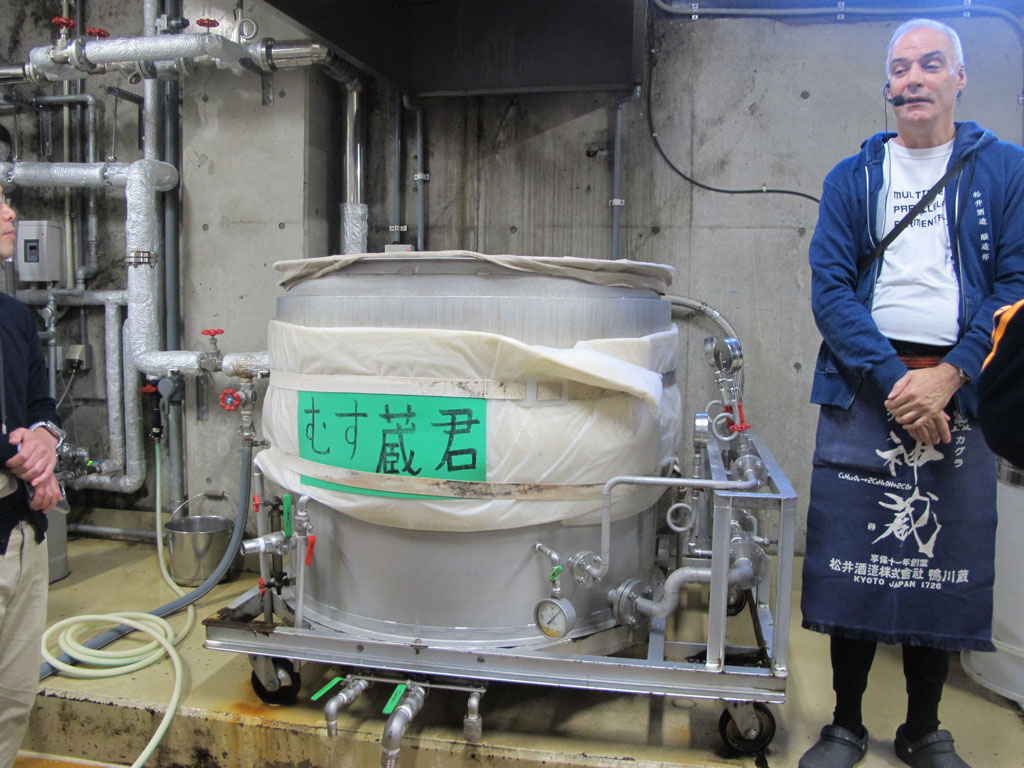
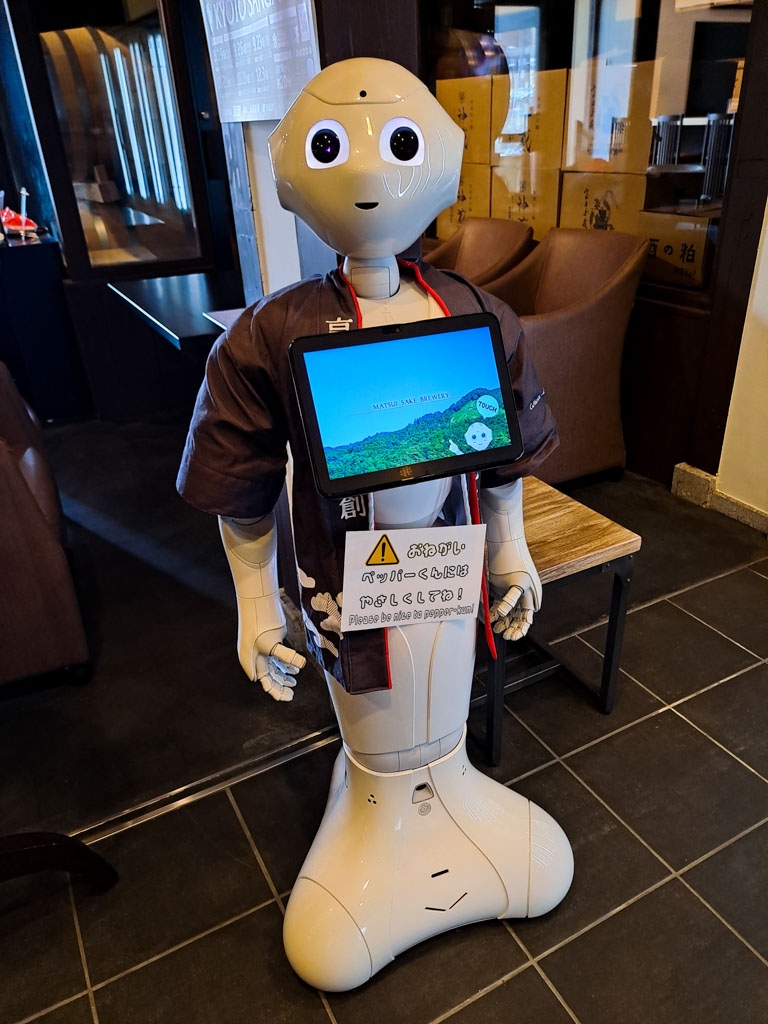
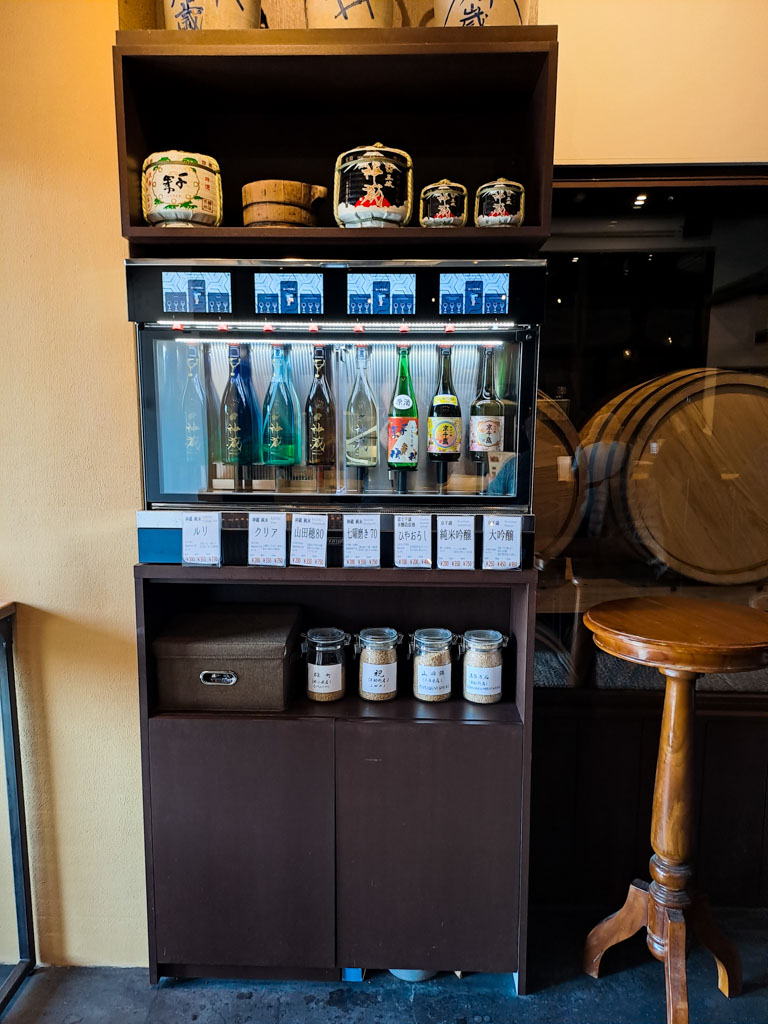
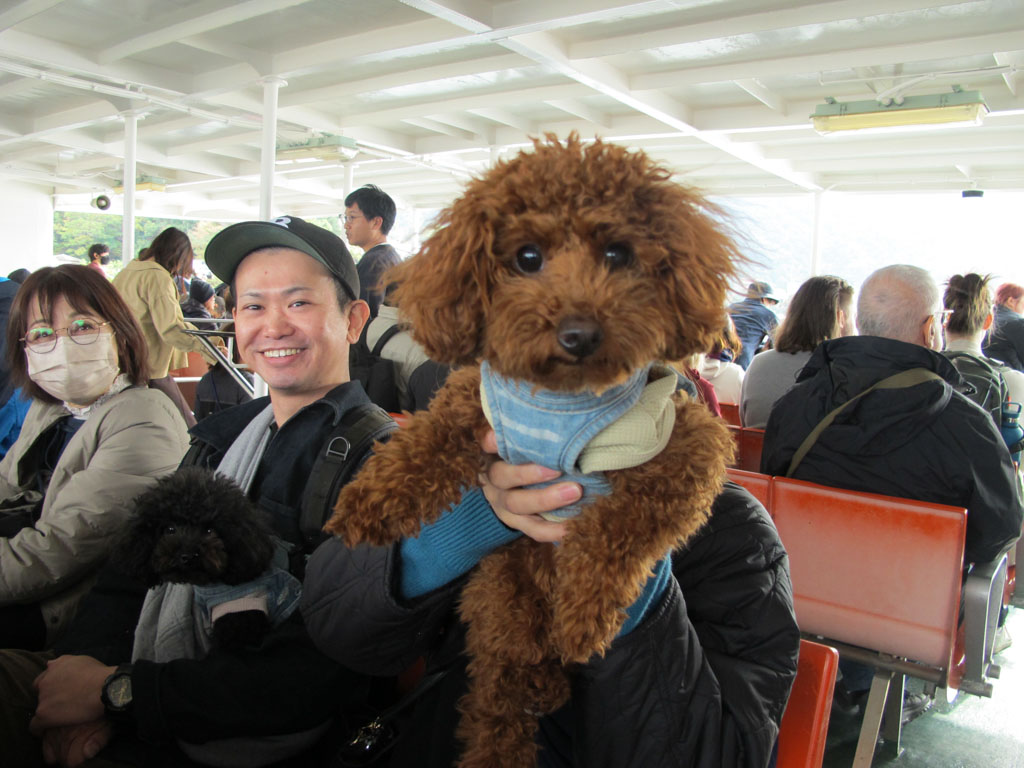
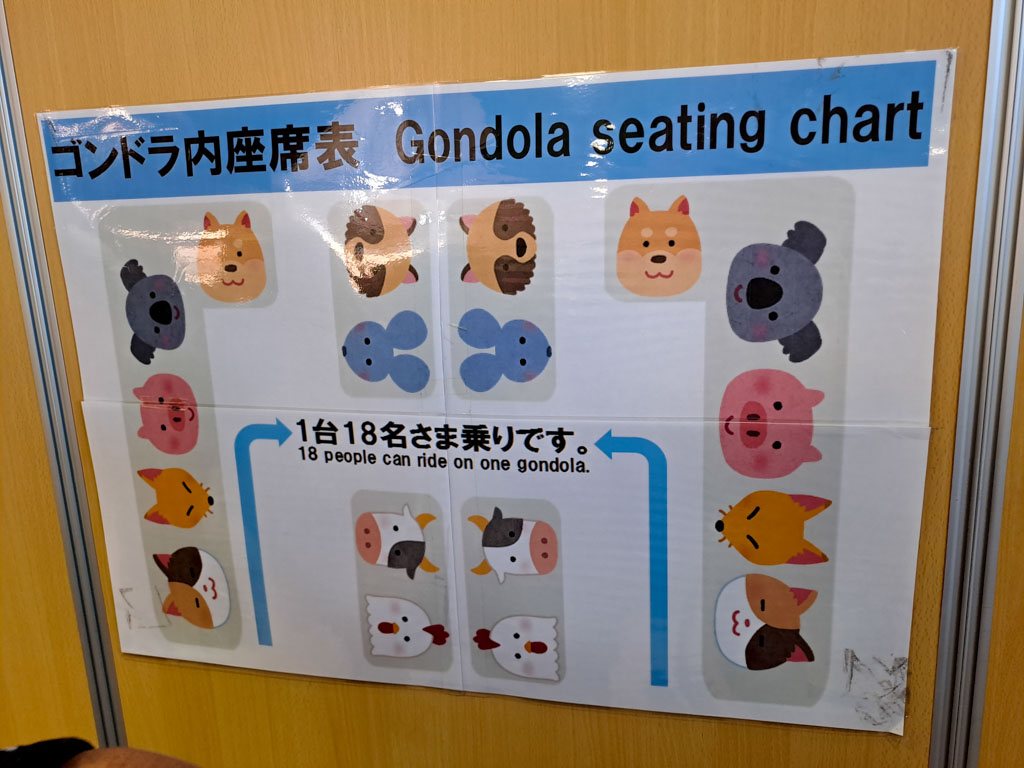
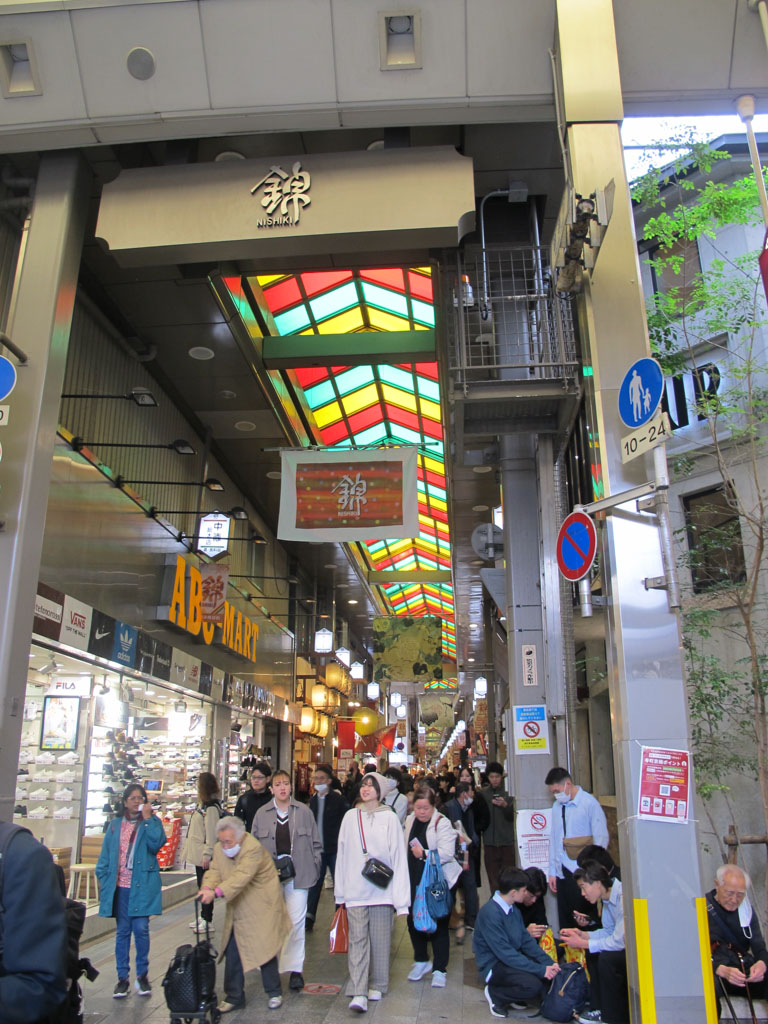
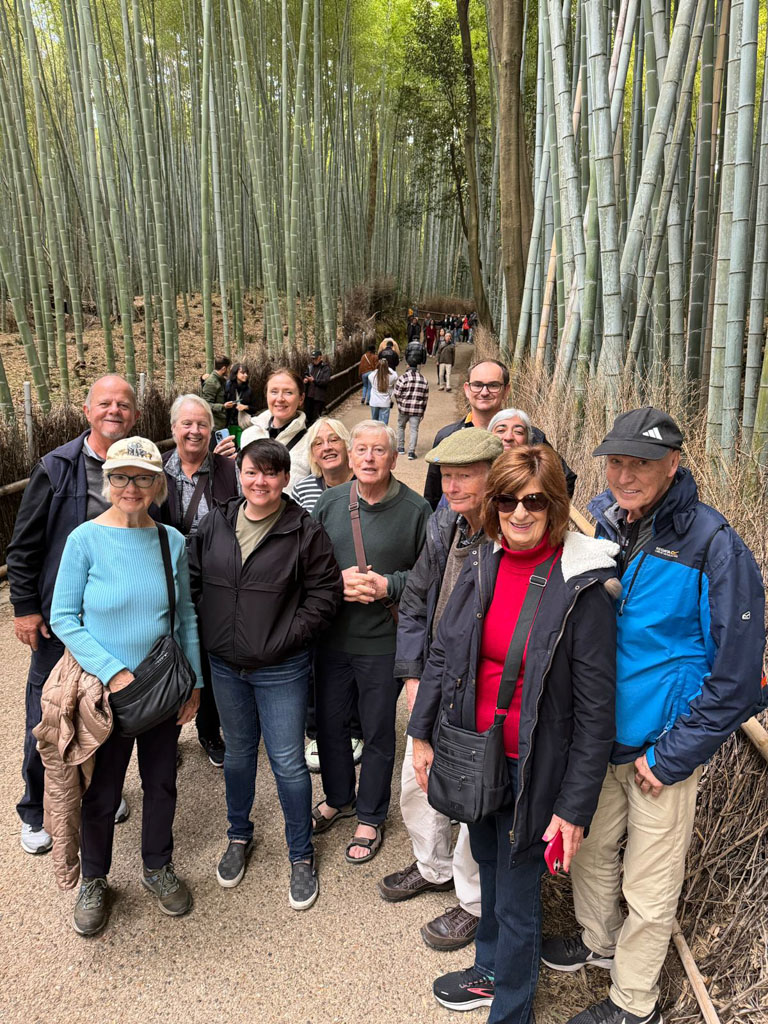
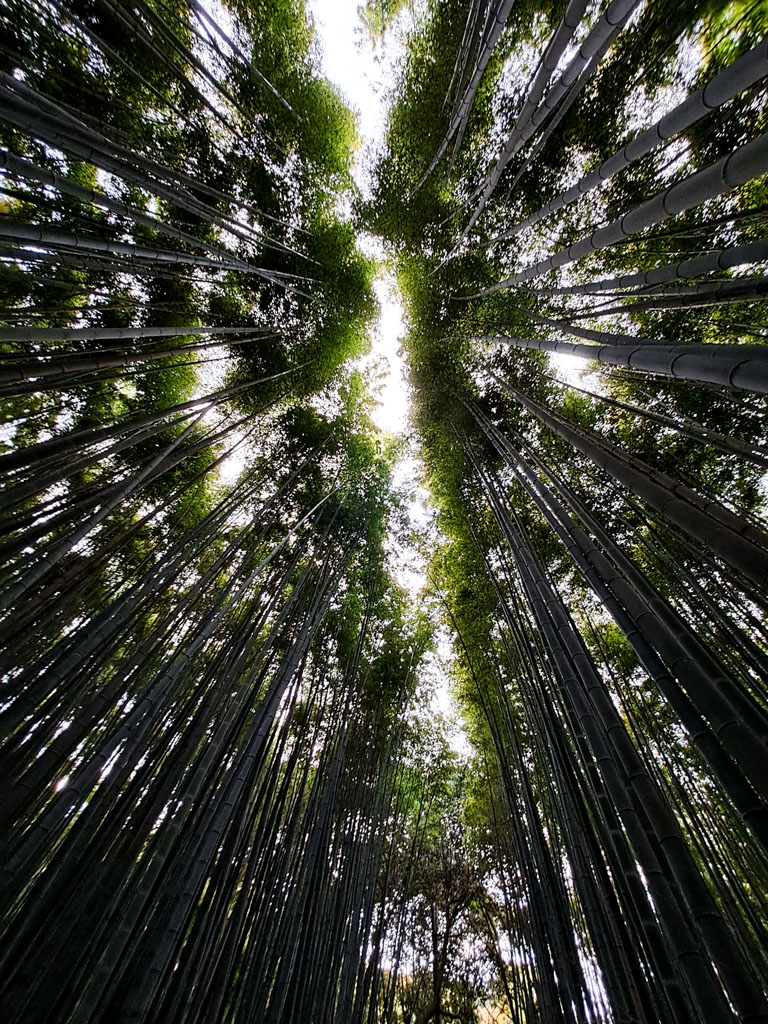
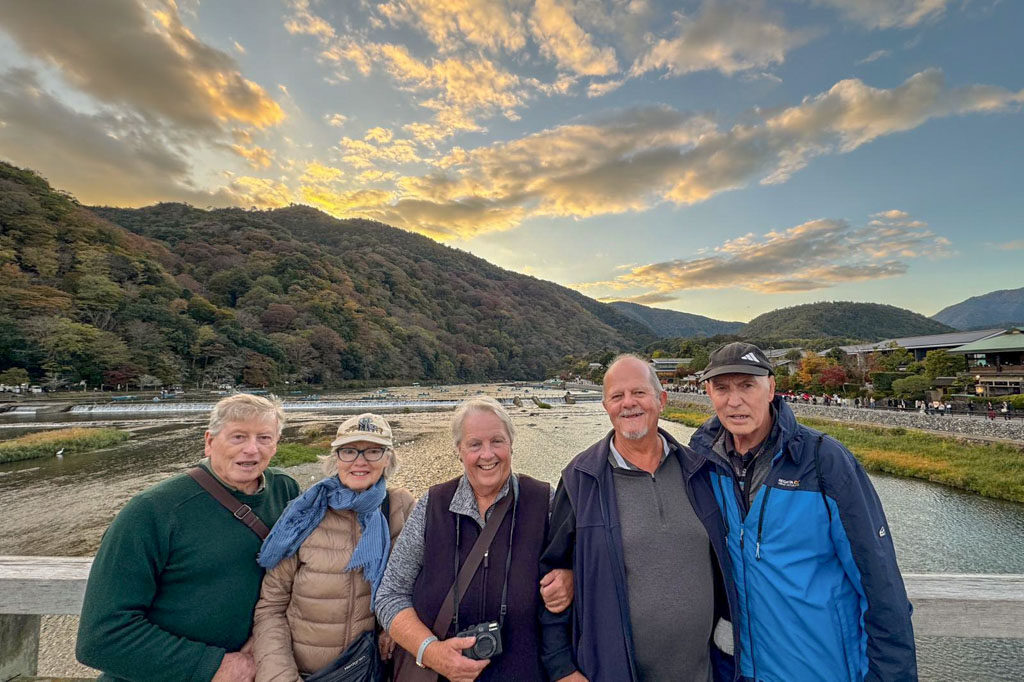
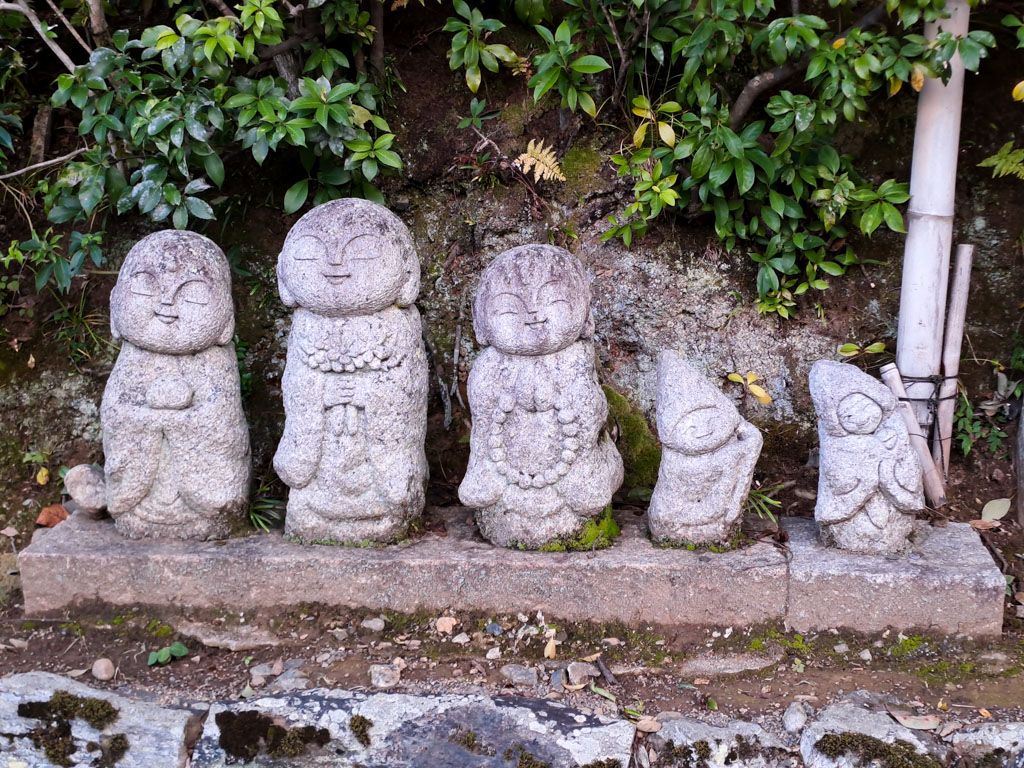
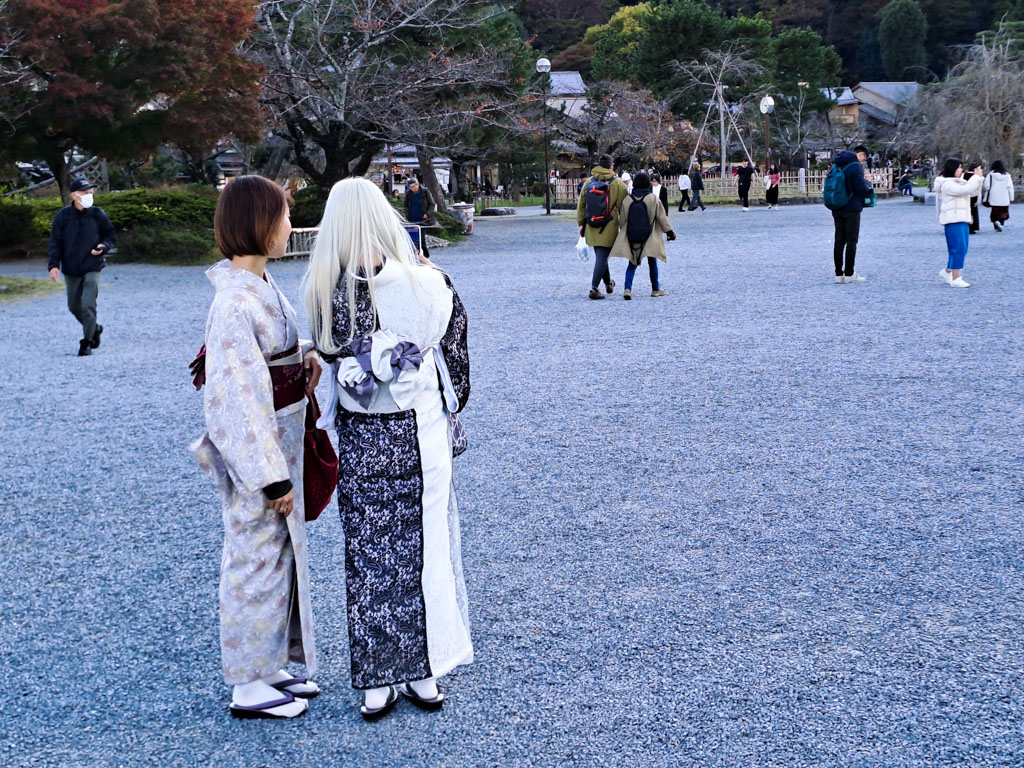
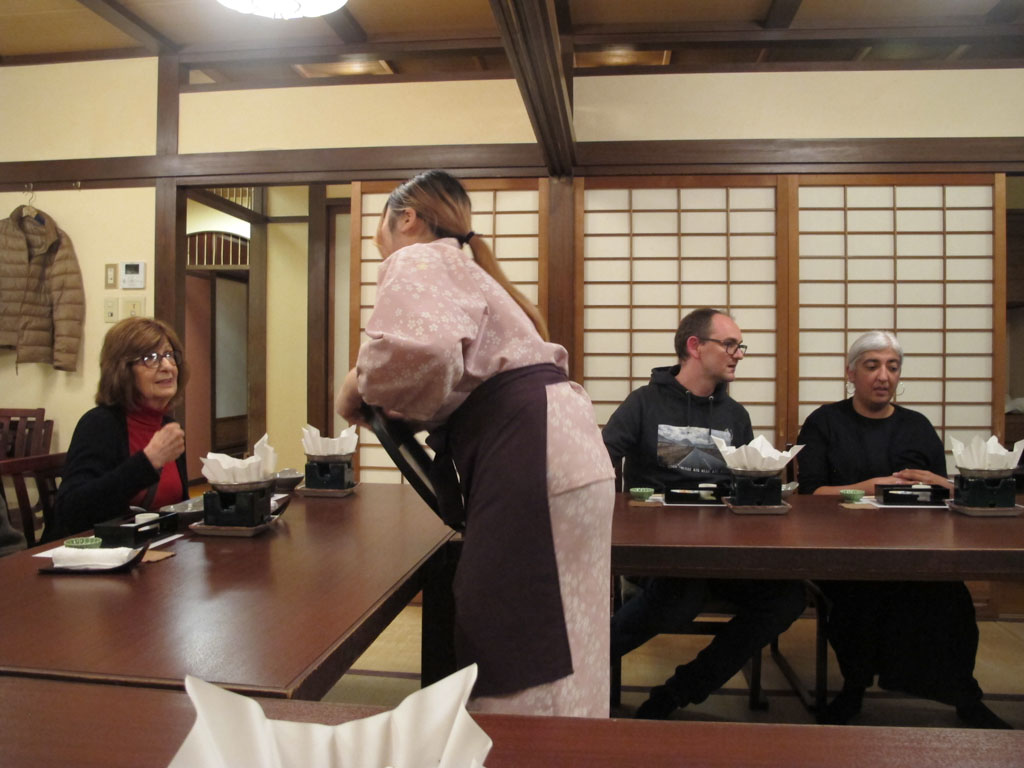
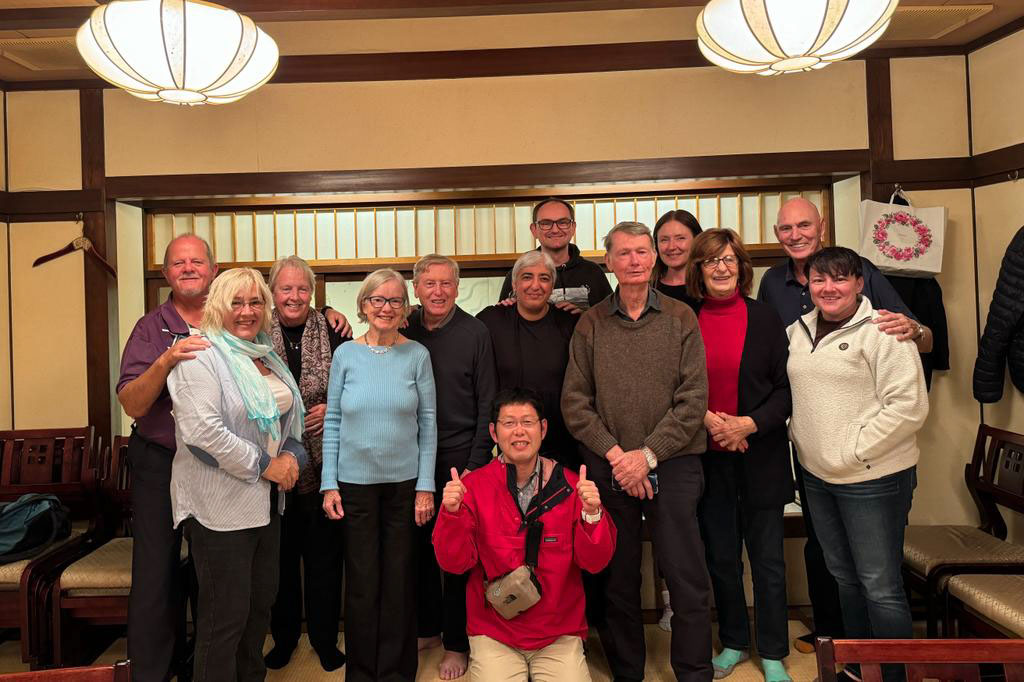
After breakfast we took the train to go to the Fushimi Inari Shrine. This is the iconic shrine where you see a picture of orange torii gate after torii gate stretching into the distance. There are more than 10,000 torii gates here dedicated to the sacred Mt. Inari. It really is an amazing sight. Originally the gates were donated by samurai warriors, but are now donated by businesses. The smaller gates cost them about 400,000 yen (~£2,000), while the larger ones can cost over 1 million yen (~£5,000). The Japanese characters on the back of the torii gate gives the name of the donor and the date of the donation. It is possible to travel along the paths through the gates and also to climb the path to the summit of the mountain. Shingo, Andrew and Katelyn did this and Tory almost made it, but it was a bit too energetic for the rest of us. So we just meandered through the gates taking in the scenery. Statues of foxes can be seen throughout the shrine since foxes are believed to be the divine messengers of the deity Inari. There were lots of schoolchildren on school trips and it was a little crowded in places, but brilliant nevertheless.
Later on we went to a small sake brewery and were shown around by an American who had been working there for some years. He explained the various processes in brewing sake. It isn't as simple as just throw in some rice, tokai yeast and water et voila. For a good description of the 15 or steps see here. We then sat down at the bar and sampled 4 different kinds of sake that exemplified the various information he'd been giving us. He answered all of our questions and gave several opinions on various topics concerning sake, such as the merits of cold sake to warm. There was a small robot that was happy to explain the processes too, though it didn't respond to questions. We really enjoyed our time here and everyone came away a little more knowledgeable and probably a bit more tiddly than when they went in.
A little while later we caught he train to Arashiyama. Neil saw a young woman on the train with what looked like a cat being taken to a taxidermist, but was assured it was a stuffed toy. Exiting the station we saw the 155 metre long Togetsu bridge, originally built in 836 across the Katsura River, which flows leisurely through Arashiyama. The name "Togetsu", means "moon crossing" and stems from a tale involving the Kamakura period Emperor Kameyama who on a boating party under a full moon thought the moon looked like it was crossing the bridge. We crossed the bridge and eventually arrived at the bamboo grove for which the town is famous. The bamboo grove was brilliant and fascinating to see. Looking up to the tops of the stalks was eerie as the positions of the stalks produced some quite weird patterns.
We slowly wended our way through the grove then made for an overlook that has a lovely view of the river. We then made our way down to the river and watched some of the boats being rowed or punted along. What a pleasant way to to spend some time. We also saw several rickshaws racing along the roads. Neil was tempted to hire one to get him back to the station, but soldiered on instead.
As this was our last night of the tour Shingo had arranged a farewell dinner in a local Japanese restaurant. When we met him in the lobby he had a surprise for us. Sue had mentioned that we were hoping to find a bookstore to buy one of our grandsons a couple of manga (Japanese cartoon) comics as a present. Lo and behold Shingo had done this while we were in our room and he presented us with 2 such comics. Neil sat next to him at the restaurant and had a lovely chat about how Japan has changed since he first came there over 30 years ago. It is certainly easier to navigate around now since when he first came there were no English signs anywhere. Then, the subway was quite an experience, first buying a ticket from someone who only spoke Japanese, then finding the correct platform and finally the execise in pattern recognition that was comparing the Kanji symbol on the ticket with that on the platform of the relevant station, all the while scrunched up in a very crowded train duing the rush hour. Everyone had a good time at dinner and one or two, who shall be nameless, maybe partook of the alcolhol a little bit too much. Neil's new hip didn't trouble him at all during the night, so it was either well-lubricated or anaesthetised.
It was sad to think that this was the last time we'd be together as we had all got on so well with each other. It was definitely the last time we'd see Katelyn who had to be at Kyoto Central Station at 5am the next morning. Shingo, bless his little cotton socks, got up and went with her to make sure she was OK. We'll still remember her dashing down and up the stairs at the cable-car station to buy Sue a replacement ticket. We'll remember Martin for the way he acted like a sheepdog, ensuring that the stragglers in the group (who shall be nameless) didn't get separated. Jean did a sterling job setting up the WhatsApp group and Tory was a good stand-in when Shingo had to dash off somewhere to buy tickets. Zereena and Martin did sterling work hunting down Kit Kats for us to get for Philip. We spent quite a bit of time dining out with Maria and Bill, Judith and Mike and it really was a pleasure to get to know them and swap experiences with them. Shingo did an excellent job of showing us around and keeping us safe, the tour would not have been half as good without him. I'll forever remember 2 of his catch-phrases: when informing us which ticket to use he would usually add the message: "Very important - do not lose"; and after getting everyone together for a group photo we'd hear "Smi-iiiiile".
We did actually see everyone except Katelyn at breakfast on the last day, then we packed ready for the marathon journey back home. We checked out and left our luggage with the concierge before having a walk through Nishiki market, a long arcade filled almost wholly with shops selling food to eat or to take away. Almost every other shop in Japan seems to be a food shop, it's a wonder that most Japanese (apart from sumo wrestlers) are so slim!
When we got back to the hotel we had a drink and a snacky lunch in the small cafe on the ground floor, then we went up to the bar area and sat down with a kindle for an hour or so. Around 4 o'clock we asked the concierge to order us a taxi to the shinkansen tracks side of the railway station where we then boarded a nozomi Shinkansen, the fastest of these types of train, for the 2 hour ride to Shinagawa. At Shinagawa we caught a train that went directly to Terminal 3 of Haneda Airport.
Having arrived safely at Haneda, the last thing to do before checking in with Japan Airlines was to put the pocket wifi, which had served us really well, into its pre-paid envelope and pop it into the postbox in front of departures. The girl at the check-in desk informed us that unfortunately we did not have a window seat, but it didn't really matter too much as the flight departed at 1am and more or less the whole flight was in night-time hours, so there would be nothing to see, especially as we would be flying the polar route over Alaska and Greenland. Most of the time we were asleep, although I did think of staying awake until we crossed over the date line so see if my watch, which has GPS, would notice and flip backwards in time; but sleep called. As we had several hours to wait for departure we went to JAL's Sakura Business Lounge. This was a vast improvement on the BA lounges at Heathrow's Terminal 5.
I must say that the service on this flight to Heathrow, while good, was nevertheless not as good as on the one from Frankfurt to Narita. I believe that this was due to two reasons: firstly, this Boeing 773 had a first-class section that warranted more service from the staff than the business-class section, while the other plane, a Boeing 787 didn't have a first-class section; and secondly, there were quite a few more business-class seats on this plane than on the previous one.
We arrived in Heathrow some 14 and a half hours after leaving Haneda and now had to wait for 6 hours until our next flight, to Larnaca. We camped out in BA's North business lounge (not a patch on JAL's Sakura lounge) until it was time to board. We arrived at Larnaca some 4 and a half hours later and our neighbours, Tim and Nina picked us up in our car and Neil drove the 2 and a half hours home. From leaving the hotel to opening the front door of our villa had taken just short of 36 hours! We made a cup of tea, did a bit of unpacking, then fell blissfully asleep in our own bed.
Sue was particularly smitten with Japan, especially as it was her first trip here and it is so different from anywhere else she'd been. If asked what she thought about it she'd mention:
We thoroughly enjoyed this holiday. It was the first time, apart from when diving, that we had been in a tour group and prior to meeting our fellow travellers we were a bit apprehensive about how everybody would fit in. But we needn't have worried since everyone got on with each other so well. There were one or two times when the tour appeared a bit rushed, but apart from Shingo missing out parts (not an option), or Intrepid allocating more days, with a correcponding increase in the price, there was not a lot that could be done. Shingo did a brilliant job and is a credit to the company. We maybe underestimated how much walking there would be. We averaged about 18,000 steps a day and one or two days were well over 20,000. For comparison an 18-hole round of golf on Minthis golf course, which is quite hilly equates to about 10,000 steps!
We wanted to see Hiroshima, but were a bit worried that the experience would be somewhat overwhelming. It was certainly a sobering experience but one that we are glad we did. The most enjoyable modern experience was almost certainly TeamLab Planets and the most exciting was Yomiuriland. The best technological experience was the electronic toilets with heated seats and various functions at the press of a button. Sue wasn't sure what the button with the picture of a scrubbing brush meant, so she stayed clear of that one. The visit to Nara with the huge Temple and the big Buddha was lovely as was the 10,000 torii gates. For nature the trips to the Koishikawa Korakuen and Kokoen gardens were gorgeous. The view over Tokyo from Shibuya Sky stands out as does the cleanliness everywhere in Japan. The people obviously take great pride in their cities and country and for the most part are very polite, except perhaps when having to squeeze onto trains and buses. Seeing whole families dressed in Japanese formal attire, mum and daughter in kimono or yakuta and dad and son in hakama or kimono ("kimono" literally means "thing to wear"), while mingling with others in western clothes was great.
In hindsight it would have been better to tag a few extra onto the end of the tour to wind-down before the long slog back to Cyprus. If not for the travelling there and back we would love to go back to Japan, to see more of the country. There really is much more to see and experience. Who knows, perhaps in and another couple of years?